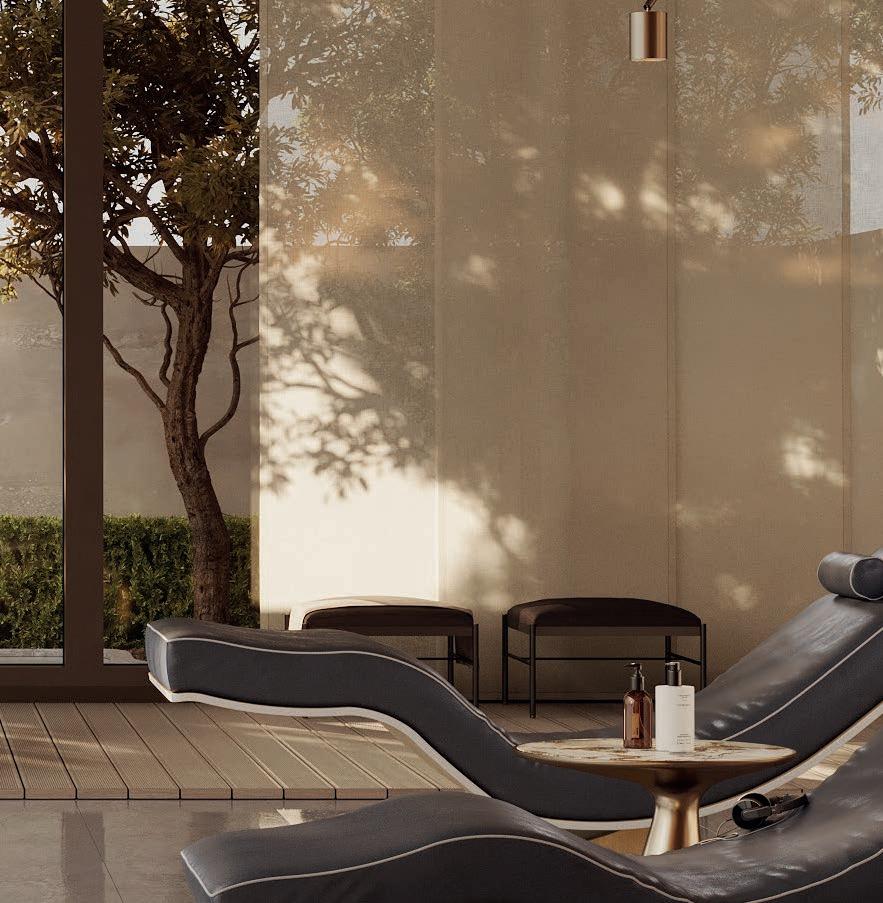
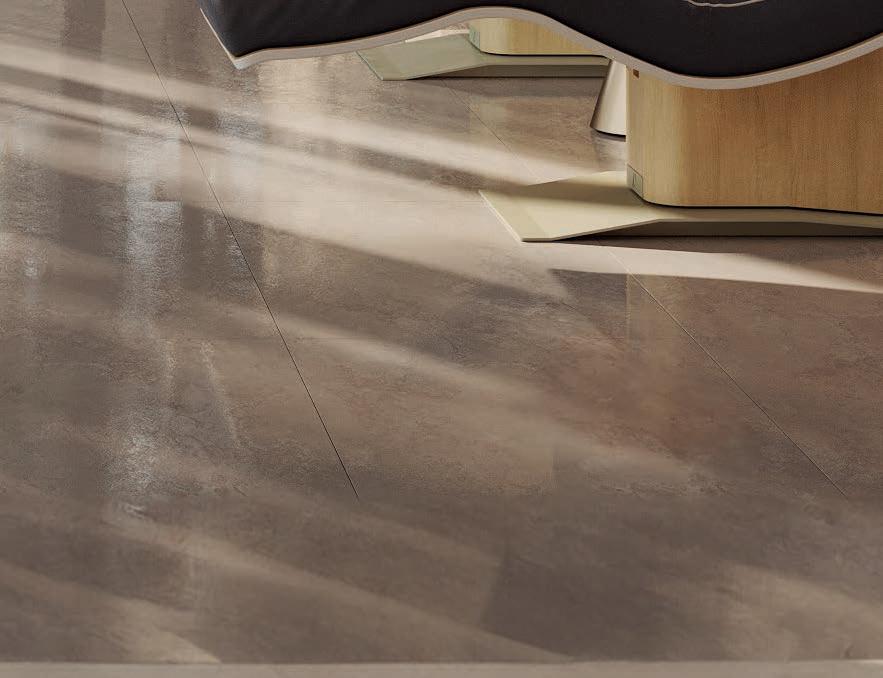





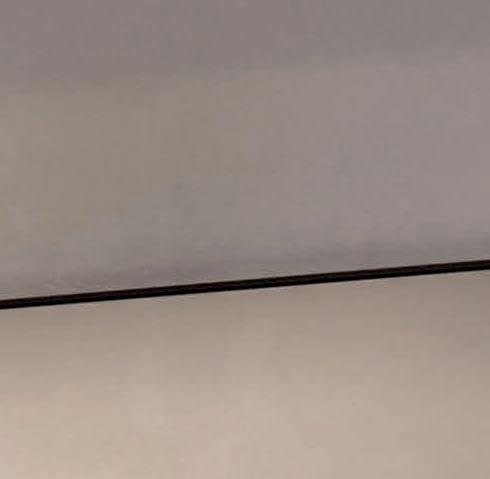


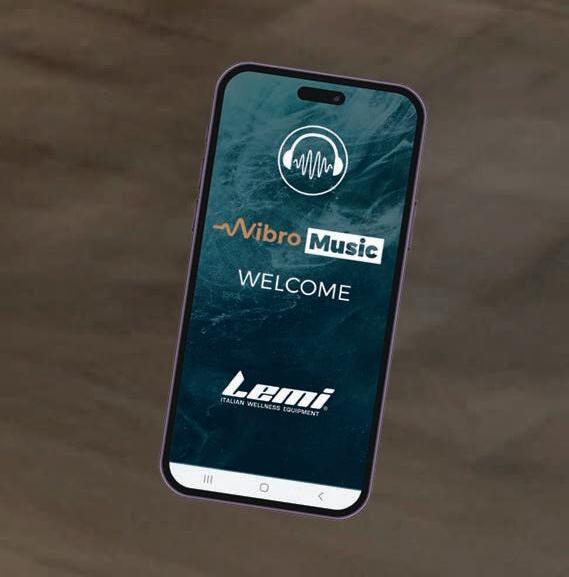
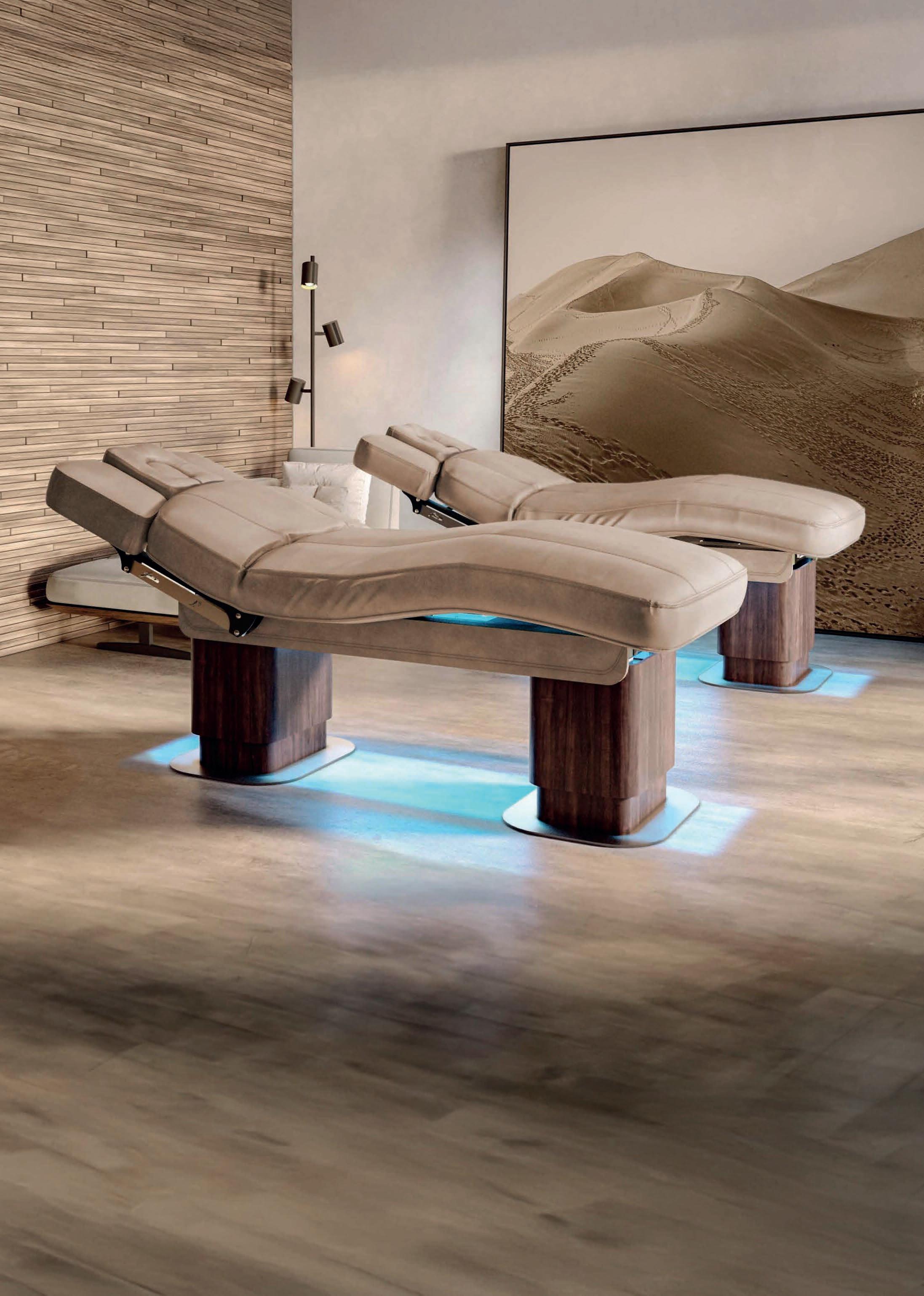


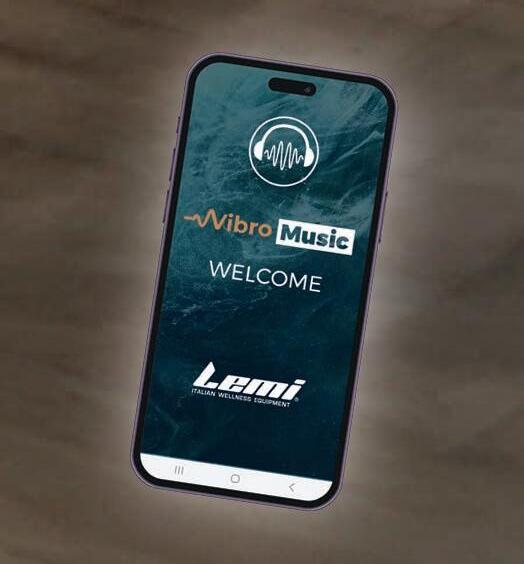
Marriott’s

Suzanne Holbrook
“We should be aiming to increase occupancy to 70-80 per cent”, p50

BIOGRAPH

Peter Attia’s first clinic, p18
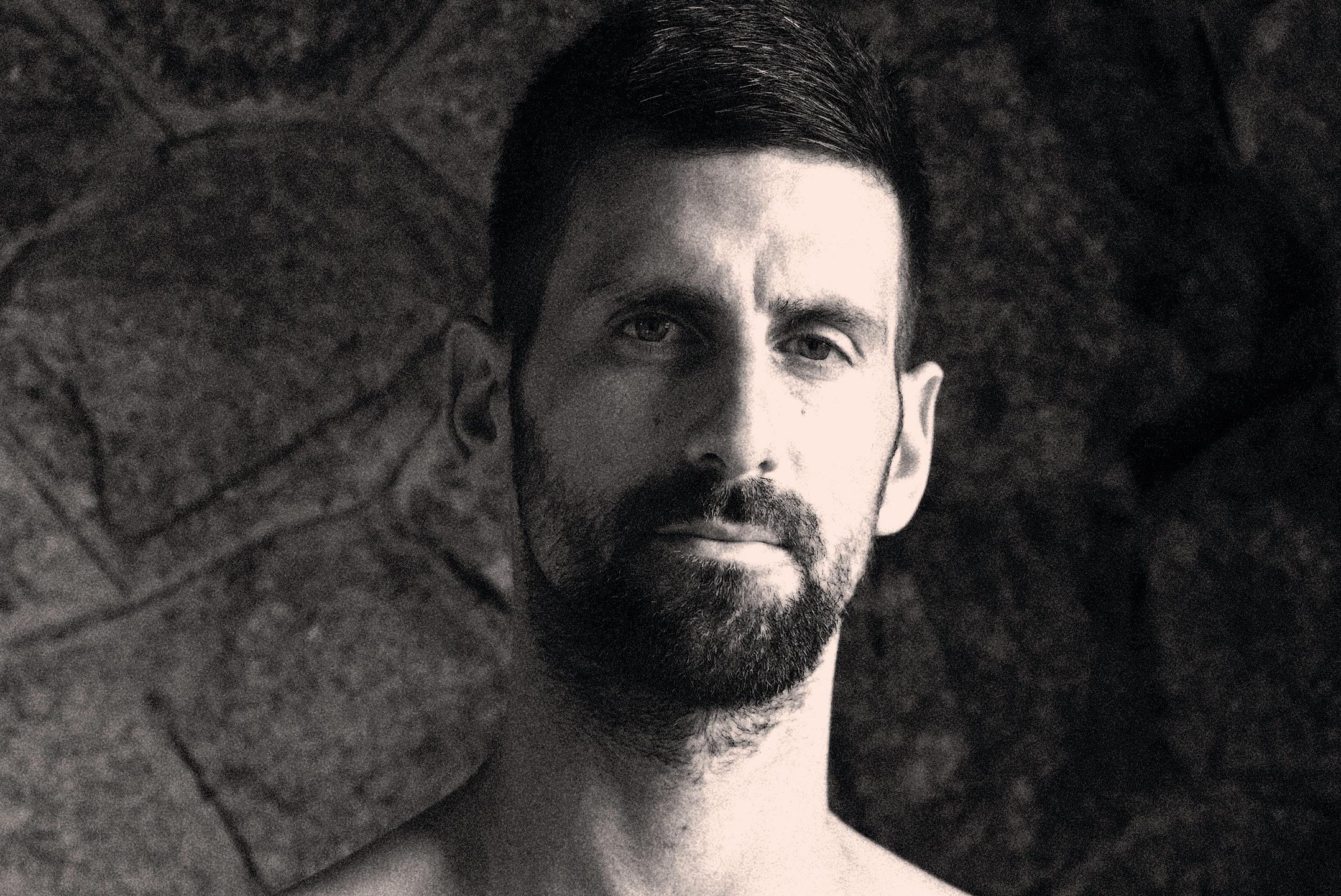
Insider data drop

McKinsey, p34
RLA Global, p40

CBRE, p72

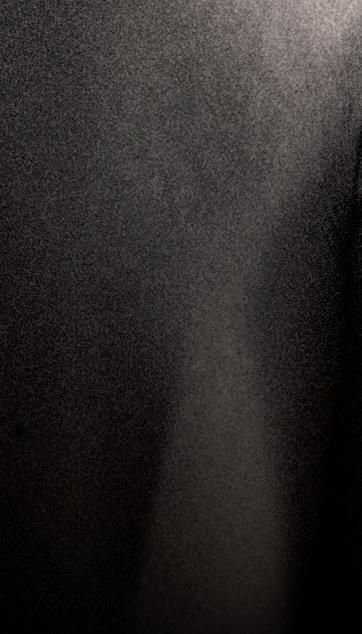

















Marriott’s

Suzanne Holbrook
“We should be aiming to increase occupancy to 70-80 per cent”, p50

BIOGRAPH

Peter Attia’s first clinic, p18


McKinsey, p34
RLA Global, p40

CBRE, p72



Launching a biohacking pod and curating longevity retreats for Aman, p12




Pos sib i l i t i e s
fo r Yo u r
B u s i nes s

@ hydrafacialemea
w w w hydrafacialemea com

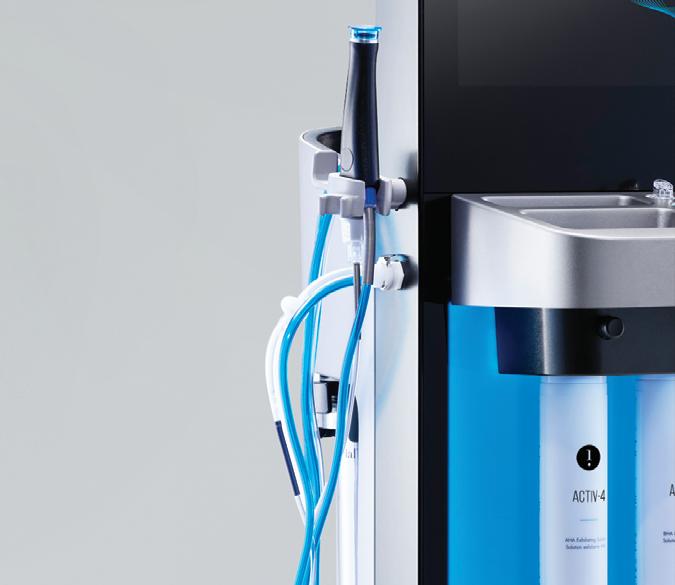

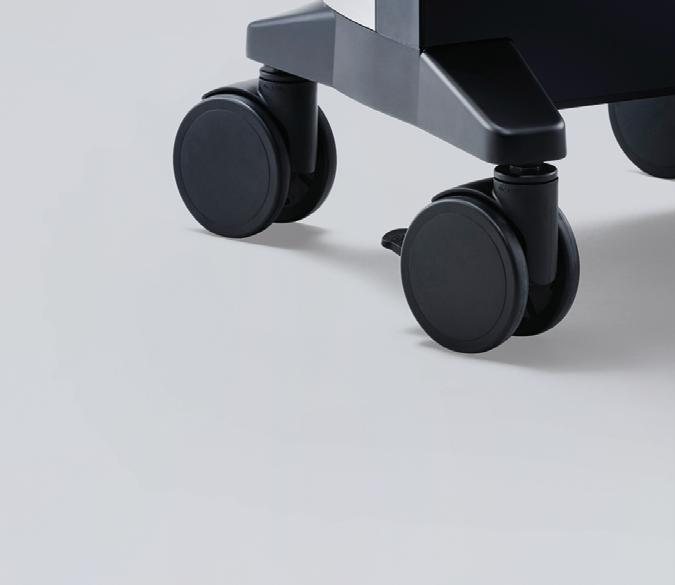
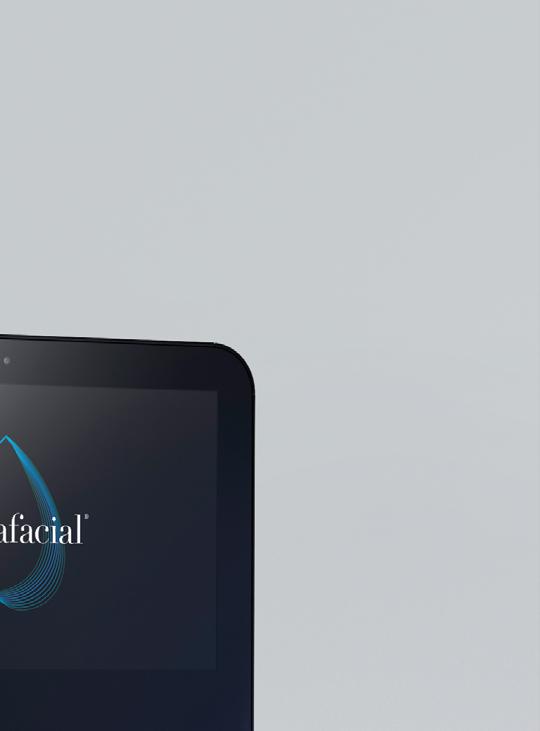





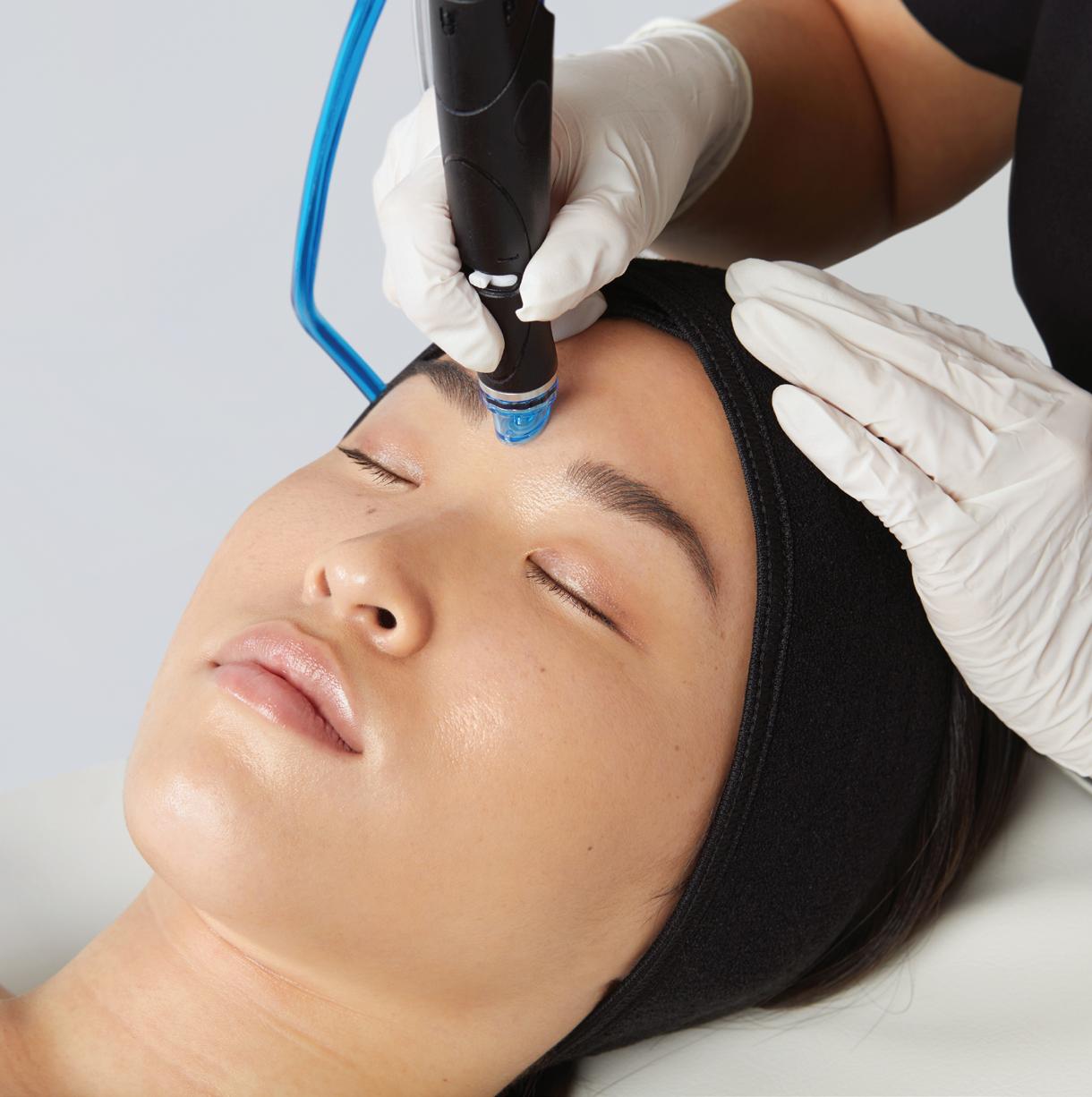
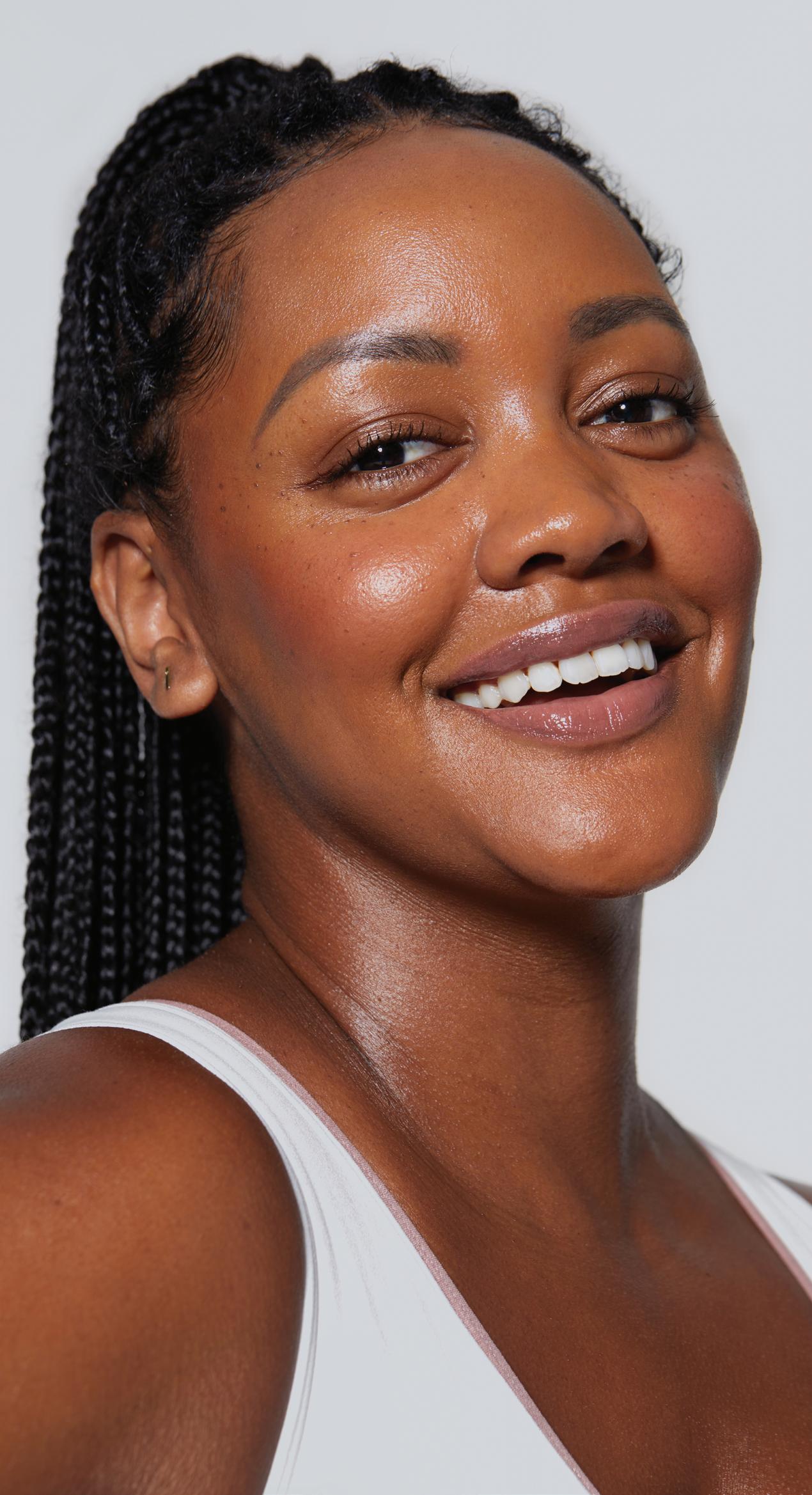

Myrtha Wellness creates, engineers and manufactures sustainable products that delight the clientele. Myrtha modular panels technology are the epitome of ‘Made in Italy’ thermal bathing wellness products – including Finnish sauna, herbal sauna, bio-sauna, salt sauna, steam rooms, hammam, frigidarium, calidarium, tepidarium, ice fountain, experience showers, vitality pools, plunge pools, swimming pools, sand pools, lagoons, surf pools, and spray parks. The exceptional technical team of experts at Myrtha Wellness works globally in concert with architects, designers and engineers throughout the project lifecycle to create memorable experiences, leading the latest technological trends in the hospitality sector.
www.myrthawellness.com

New research shows Gen Z and millennials are reshaping the wellness market. Affordable, community-based models are thriving, while many traditional spas risk being left behind
he global wellness industry is in a period of unprecedented transformation – and the direction of travel is being set by today’s youngest adult consumers.
McKinsey’s Future of Wellness 2025 report has just landed with much weight and we unpack the findings on p34. This global study, spanning 9,000 consumers across China, Germany, the UK and the US, reveals that millennials and Gen Z are the key drivers of wellness growth and are also influencing older generations. Gen Z alone makes up 36 per cent of the US adult population but drives 41 per cent of the wellness spend.
These younger consumers view wellness as a daily essential, not an occasional treat. They’re prioritising health, sleep, mindfulness and appearance. They’re willing to invest, but we know from previous research that they’re also priceconscious. Many are early in their careers, navigating high living costs and economic uncertainty.
Enter the rise of social wellness clubs – communityfocused, design-led spaces delivering high-quality experiences – which are growing at an exponential rate. Many of these offer affordable services as well.
The new 432 brand, created by industry veterans Emlyn Brown and Jamie Waring (see p32), will charge around US$29 (€25, £21) a visit and is targeting 25- to 40-year-olds. At Soak, a social bathhouse concept in Australia (see p22), a 90-minute package starts at US$39 (€33, £28) and its multiple sites are “at or close to capacity”, the owner says.
On p76, we also highlight three female pioneers who are transforming accessible public wellness – one sauna or pool at a time – in New York, Norway and the UK.

The next generation of wellness is already here – and it’s moving fast. Now is the time to innovate, diversify and lead
This creates a challenge – and an opportunity – for traditional spa operators. On p50, Suzanne Holbrook, global leader of spa, fitness and wellness for Marriott – which has 667 spas in its portfolio – talks candidly about how the luxury spa industry has outpriced itself for many. This is something she’s actively working to address to raise occupancy to 70-80 per cent. For investors, developers and owners, the message is clear: the next generation of wellness is already here – and it’s moving fast. Now is the time to innovate, diversify and lead. l
Contact Spa Business: +44 (0) 1462 431385 theteam@spabusiness.com spabusiness.com @spabusinessmag Facebook.com/spabusiness Katie Barnes, editor, katiebarnes@spabusiness.com



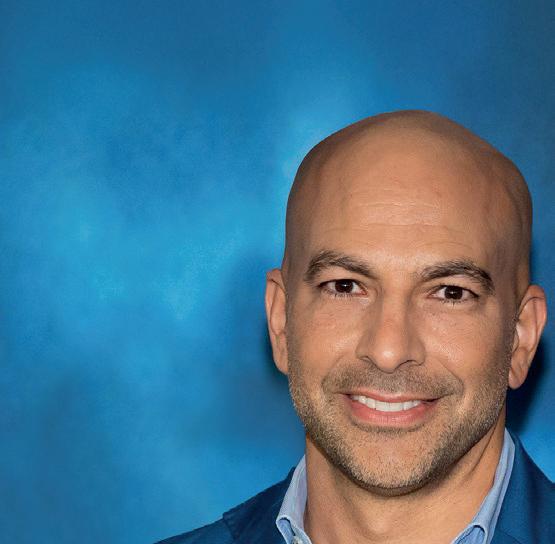


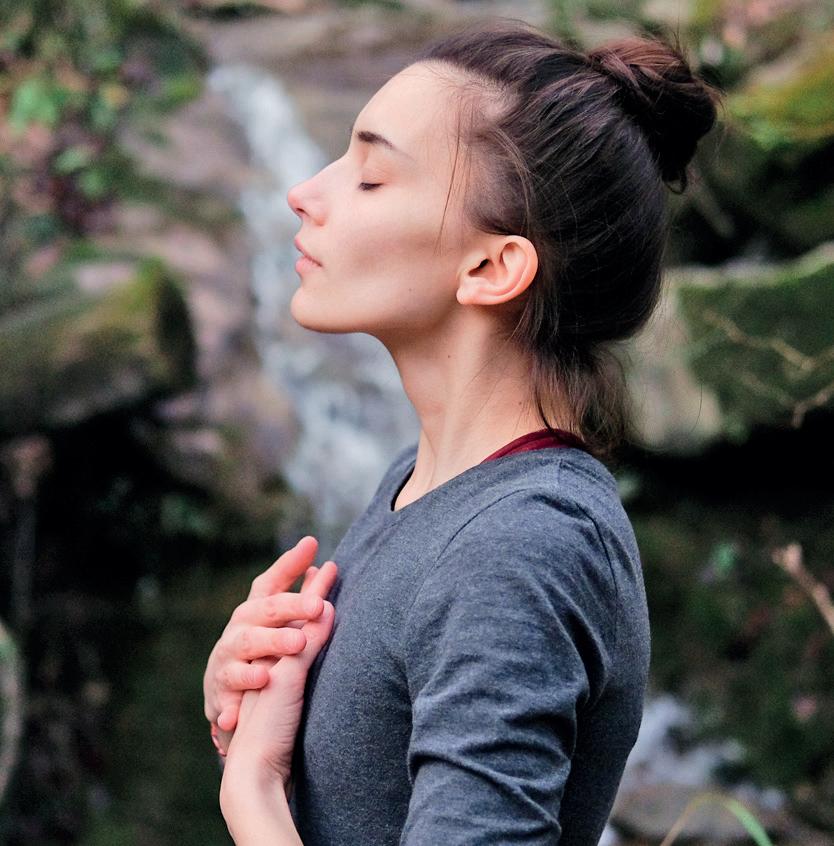
7 Editor’s letter The Gen Z e ect
With young adults reshaping our industry, a ordable, communitybased models are thriving, while traditional spas risk being left behind
12 Spa people Novak Djokovic
Game, set, spa. The tennis star is poised to launch a biohacking pod while also entering a multi-year ambassador partnership with Aman
18 Spa people Peter Attia
One of the most respected names in longevity medicine has co-founded preventative health clinic, Biograph
22 Spa people Alexis Dean
The founder of Soak is on a mission to deliver social wellness without the hefty price tag across Australia
26 Spa Business news
34 News report Young influencers
Millennials and Gen Zers are redefining the wellness landscape according to new research by McKinsey
40 News report Double vision
Fresh data from RLA Global reveals that hotels delivering wellness earn twice as much as those that don’t
42 Project preview Laugarás Lagoon
Contrast bathing and fine dining are two USPs of a new geothermal destination in Iceland’s Golden Circle
46 New opening
Royal Mansour Tamuda Bay
Morocco’s royal family launches a 4,300sq m medi-spa on the coast with doctor-backed longevity programmes
50 Interview Suzanne Holbrook
Marriott’s new global leader of spa, fitness and wellness talks candidly to Katie Barnes about her plans for the world’s largest hotel spa portfolio


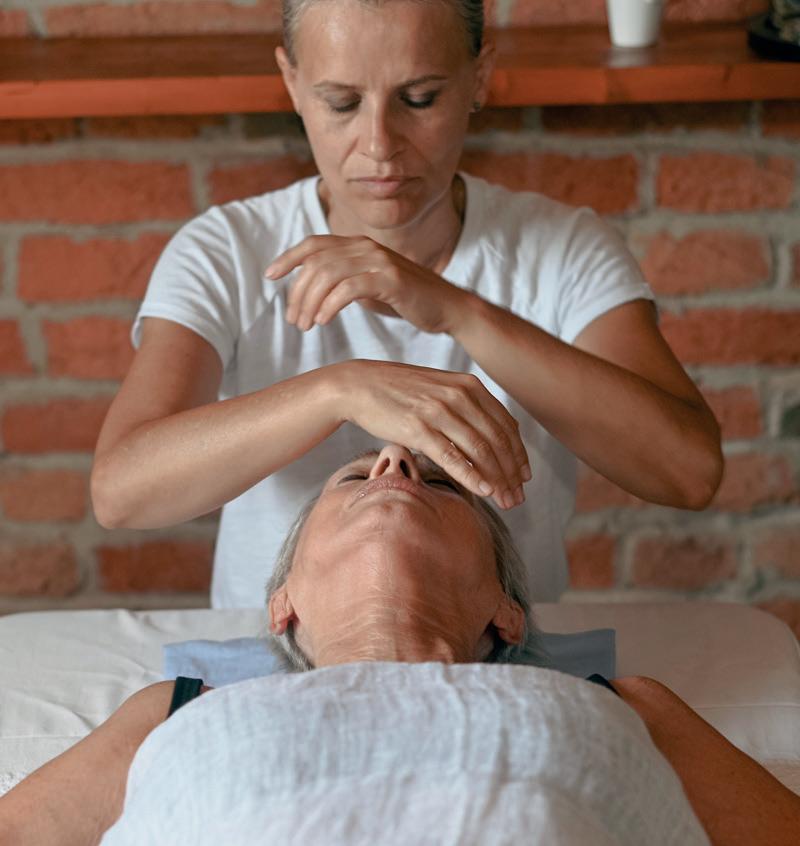
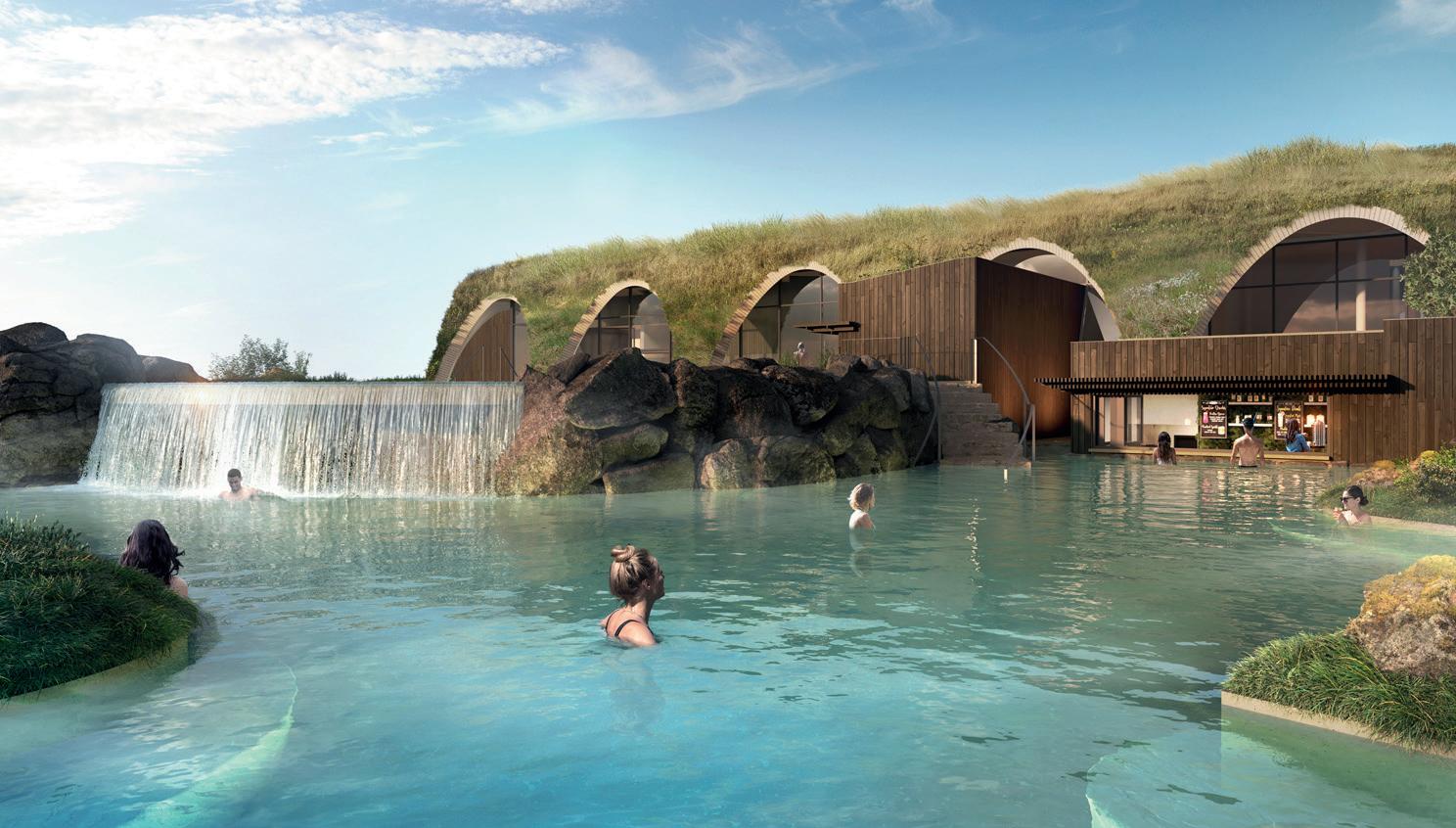
60 Ask an expert Vagus nerve
Insider insights into why this critical nerve is a key to wellbeing and how supportive treatments are set to shake up spa menus. Kath Hudson reports
72 Research Marginally speaking CBRE’s latest numbers show that spa revenues in US hotels have edged upward, profits have slipped slightly and costs are down
76 Going public
Jane Kitchen talks to three women blazing a trail in the democratic wellness movement
86 Investigation Dealing with death
With a new openness emerging around the subject of end-of-life care, Julie Cramer investigates whether spas could o er death doula services
92 Trend Head first
Judy Chapman tries out brain mapping at Gwinganna to see why it’s become so popular
98 First person Relaxation rebooted
Does AI massage have a place in luxury spas? Cassandra Cavanah heads to The Ritz-Carlton Bacara, Santa Barbara to find out
104 Jeremy McCarthy
Mindful meetings
Innovative operators are transforming meetings into wellness experiences
106 Product innovation
116 Menu engineering At your service
Jo Malone gets into spa and Zidane becomes the face of Palace Merano
122 Spa Business directory
124 Finishing touch Sleep shock Study finds even a few nights of poor sleep can strain the heart
For email, use contact’s fullname@spabusiness.com

Editorial director
Liz Terry +44 (0)1462 431385

Editor-at-large
Jane Kitchen
+44 (0)1462 431385
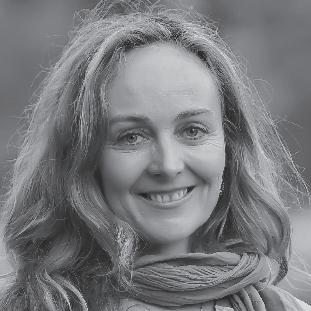
Contributor
Judy Chapman
+44 (0)1462 431385

Publisher Astrid Ros +44 (0)1462 471911

Head of news
Helen Andrews
+44 (0)1462 471900
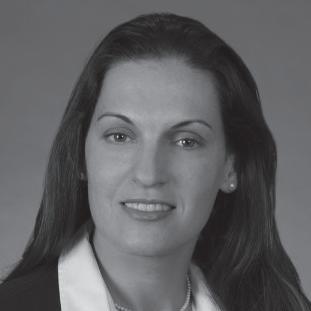
Contributor
Andrea Grigg
+44 (0)1462 431385
Choose how you read Spa Business
Spa Business magazine is available in print from www.leisuresubs.com
Spa Business digital
Read free online and enjoy extra links and searchability www.spabusiness.com/digital
Spa Business PDF
A PDF edition is available to read offline at: www.spabusiness.com/pdf

Editor Katie Barnes +44 (0)1462 471925

Contributor
Cassandra Cavanah
+44 (0)1462 431385

Contributor
Robert Mandelbaum
+44 (0)1462 431385
More resources
Sign up for free digital
www.spabusiness.com/signup
Spa Business insider
www.spabusiness.com/insider
Spa Business Handbook
www.spahandbook.com
Spa Business Library
www.spabusiness.com/archive
Buyer Search Engine
www.spa-kit.net
HCM magazine
www.HCMmag.com
Fit Tech magazine
www.fittechglobal.com
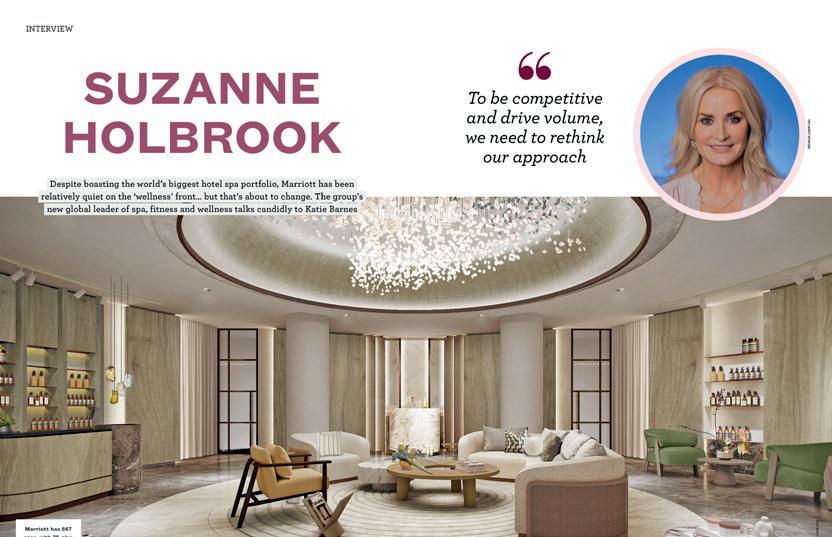

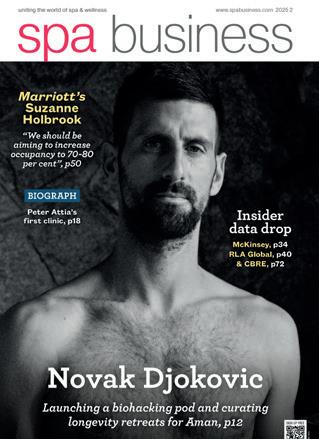

Customer service
+44 (0)1462 431385
Advertising
+44 (0)1462 471911
Subscriptions
+44 (0)1462 431385
Circulation
+44 (0)1462 471932
Finance
+44 (0)1462 471901
Credit control
+44 (0)1462 471901
Get Spa
Sign up for Spa Business at www.leisuresubs.com or email subs@leisuremedia.com
Annual subscription rates are UK £48, Europe £65 , rest of world £94, students (UK) £25.
Copyright Spa Business is published four times a year by Leisure Media Global, PO Box 424, Hitchin, SG5 9GF, UK. The views expressed are those of the authors and do not necessarily represent those of the publisher. All rights reserved. No part of this publication may be reproduced, stored in a retrieval system or transmitted in any form or by means, electronic, mechanical, photocopying, recorded or otherwise, without the prior permission of the copyright holder, Cybertrek Ltd.
Print and distribution Printed by The Manson Group Ltd. Distributed by Royal Mail Group Ltd and Whistl Ltd in the UK and Total Mail Ltd globally.
© Cybertrek Ltd 2025 ISSN 1479-912X (print) 2397-236X (online)
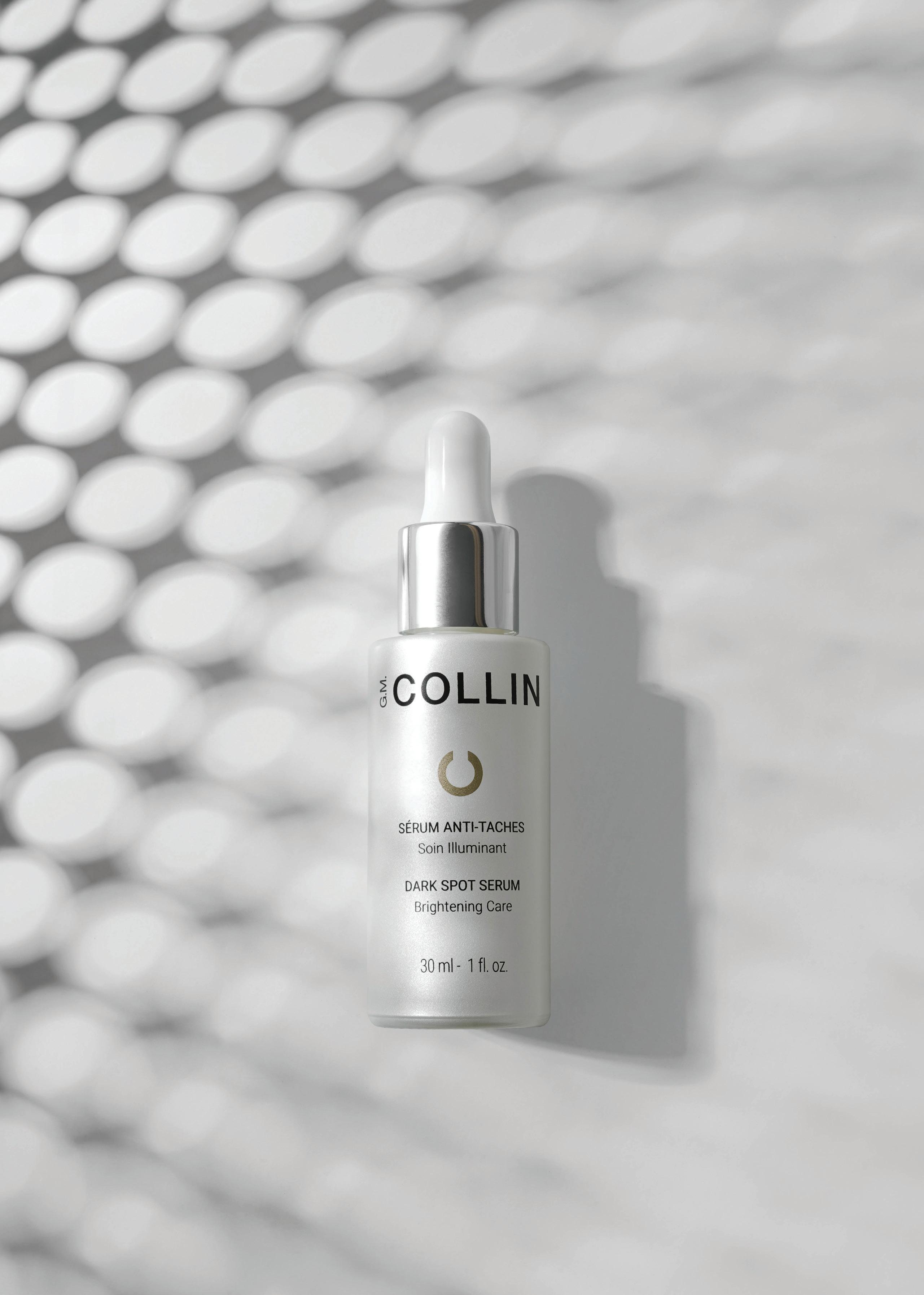

I’m delighted to present Regenesis… to enable many others to discover their best selves Novak Djokovic, global tennis champion
Novak Djokovic, one of the most successful tennis players in history, is serving up an ace in the wellness world, backing an innovative wellbeing chamber set to hit the market imminently, while also stepping into the role of global wellness advisor for Aman.
The 38-year-old Serbian, who holds the record for the most Grand Slam singles titles by a male player, lives by a deeply personal wellness philosophy that fuses physical health, mental discipline and spiritual growth.
His journey began after struggles with fatigue and asthma early in his career, which led him to adopt a gluten-free, dairy-free and refined sugar-free diet – a change he says transformed his life. In his book Serve to Win, he describes how eliminating certain foods gave him “a new body” and sharper mental focus.
Still ranked the sixth-best player in the world, Djokovic is known for exploring unconventional, and sometimes controversial, approaches to health. He came under fire for refusing to be forced into having the COVID-19 vaccine, preferring to look
Regenesis uses light and frequency therapy, PEMF, aromatherapy, crystal energy and infrared heat
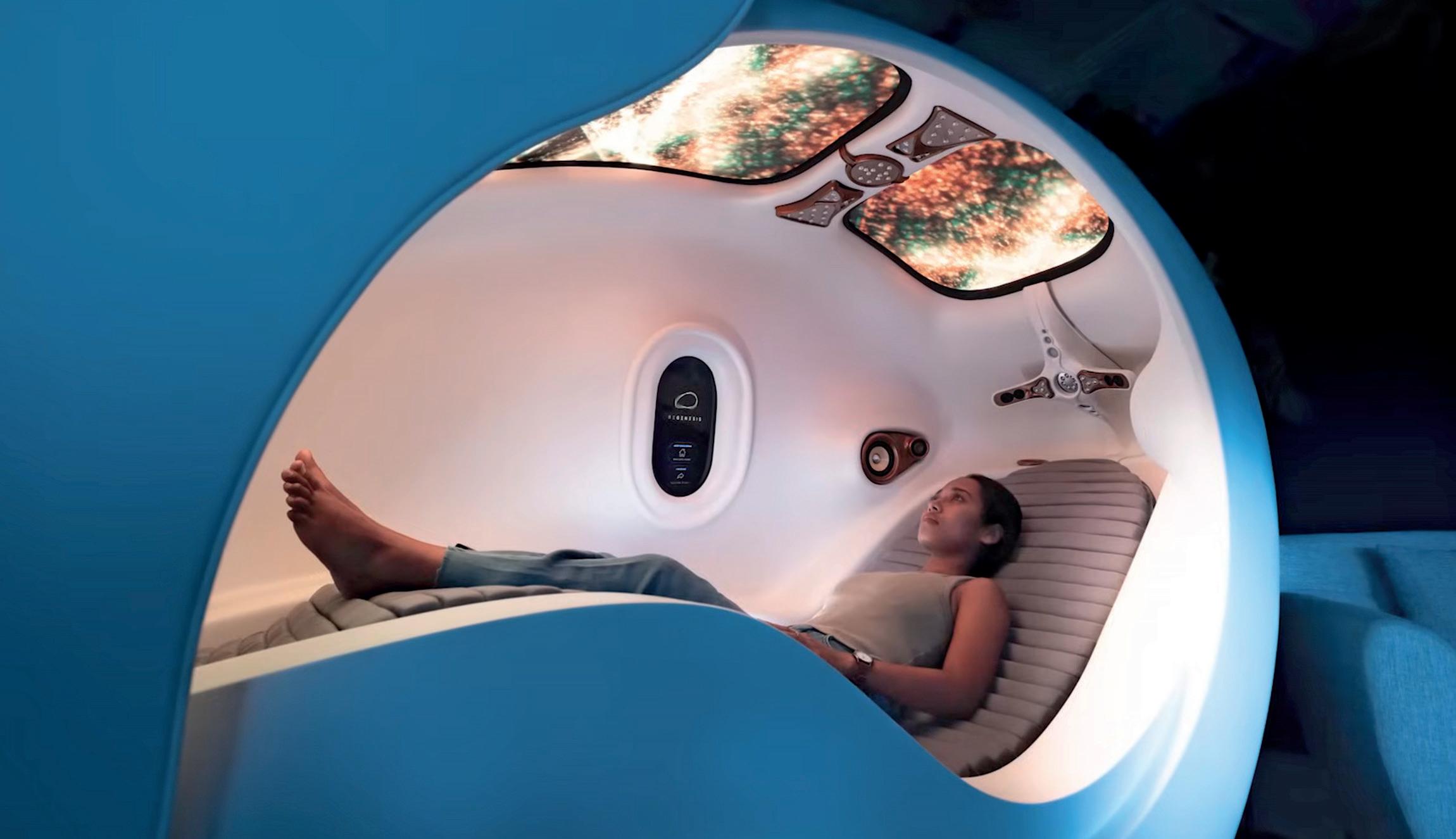
It’s a modern solution for a busy life
for a treatment for the virus. This led him to become the main stakeholder of QuantBioRes, a Danish biotech firm working on a remedy for the infectious disease rather than an inoculation.
He’s openly spoken about using yoga and breathing rituals to ground himself in tournaments and about turning to floatation therapy and CVAC, a type of pressure chamber, for recovery. And he’s now championing and investing in multiple ventures in the space.
This passion for pushing boundaries in personal wellbeing is embodied in his latest endeavour: an immersive pod known as Regenesis, which promises a multisensory reset.
“Across the expanse of my career, I’ve been in constant pursuit of any incremental edge that drives consistent peak performance and keeps me at the top of my game,” he declares. “That journey has brought me here. I’m delighted to present Regenesis, a convergence

of leading-edge technologies that shall enable many others to discover their best selves.”
The pod combines multiple modalities – including light therapy, sound frequency, pulsed electromagnetic fields (PEMF), aromatherapy, crystal energy and infrared heat – to promote rapid physical and mental recovery.
“It’s a modern solution to a busy life,” said Djokovic at the Upfront Ventures Summit last year. “You go in and out in 5, 10, 15, 20 and 30 minutes and feel refreshed, revitalised and recharged for the rest of the day.”
The tennis star, who is a co-founder and investor in the pod, says the idea was born in Bali, Indonesia, in 2019,

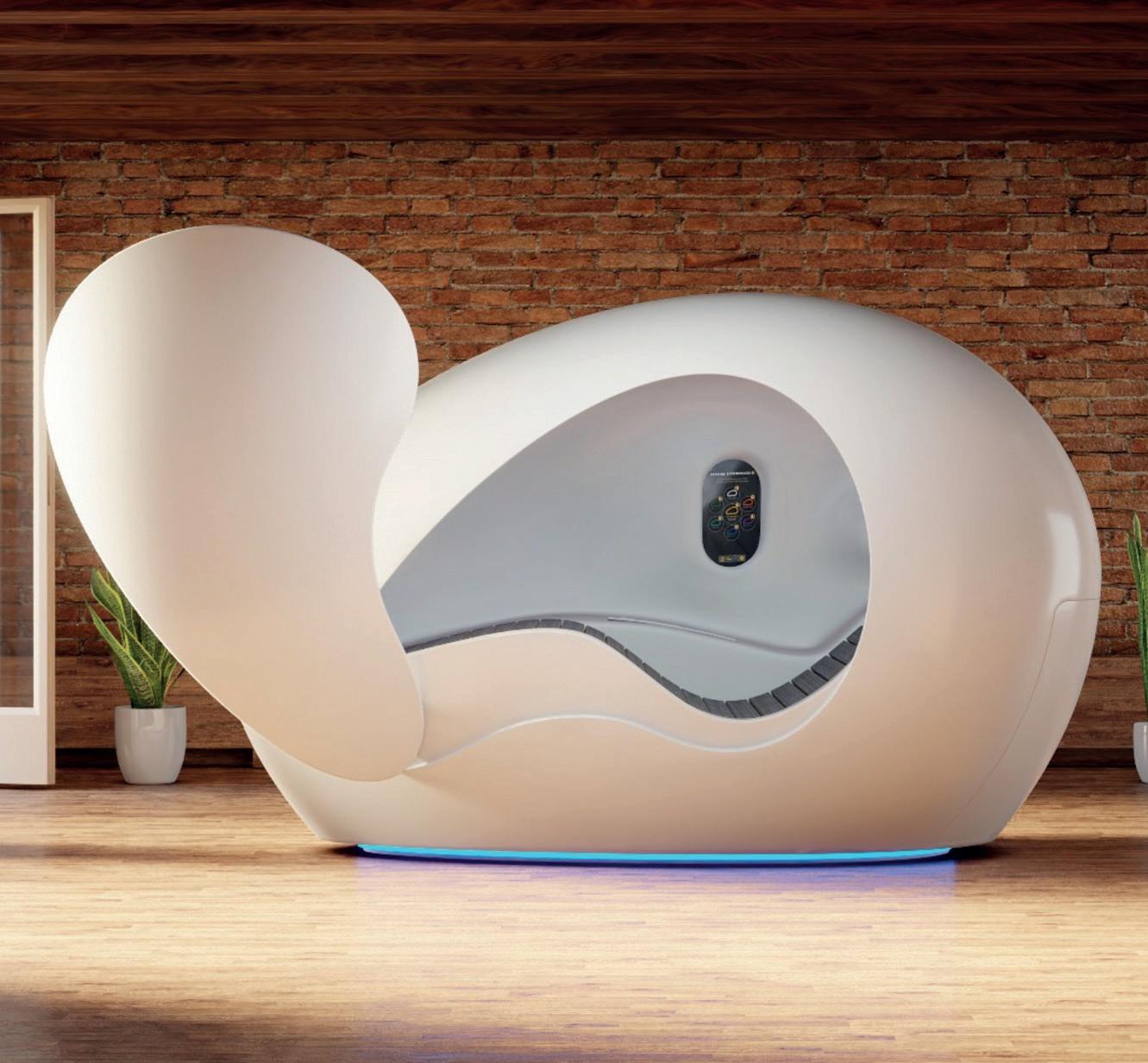
following a chance meeting with Australian Tav Keen, who specialises in using technology to quickly induce deep meditative states.
The duo have set up a workshop and lab in Bali and an operations team globally to launch Regenesis later this year. They intend to introduce the pod via an exclusive “invite-only programme to selected individuals on our waitlist”.
Qatar Airways has been named as one of the first official partners, with the airline’s staff and travellers set to benefit from its treatment.
Although nothing has been released to the media, Spa Business predicts Aman to be next in line for a collaboration with Regenesis.
The luxury boutique hotel brand, which specialises in ‘transformational experiences’, has just named Djokovic
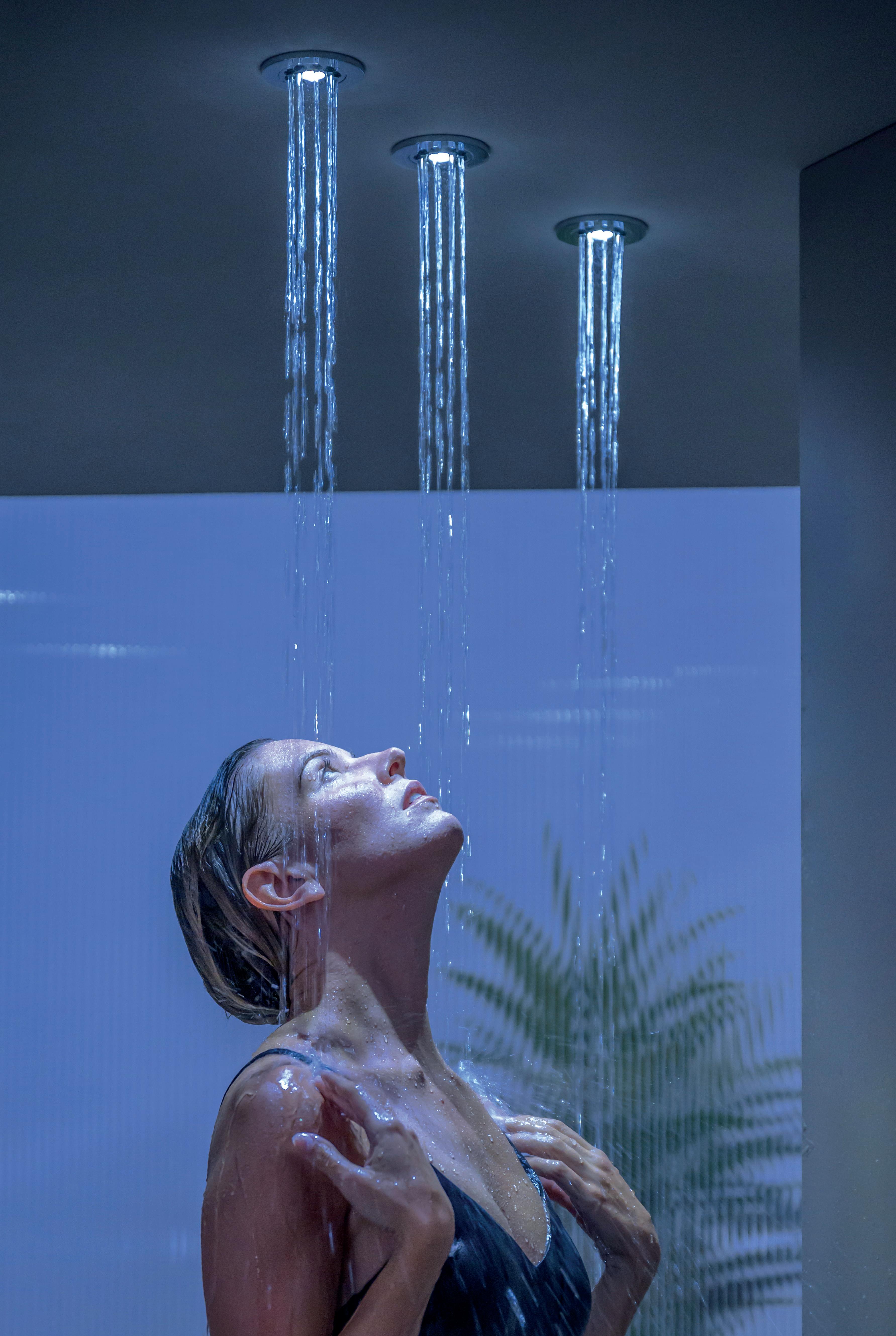

its first global wellness advisor, entering into a multi-year partnership with him to curate a range of holistic Longevity Pathway retreats.
The first of these retreats is a detoxification programme that will be available year-round at seven Aman destinations worldwide. The three-day retreat is based on Djokovic’s tried and tested approach to fitness and wellbeing – “It is a way of life and it is a better way of life,” he says.
Personalised and performancedriven, it will include a guided reset for body, mind and spirit, beginning with a signature treatment lasting between 90 and 150 minutes. The programme then draws inspiration from each property setting – from ayurveda at Amanbagh in India to sunrise yoga overlooking the Utah desert at Amangiri in the US.
Speaking about the alliance, Djokovic adds: “I’m very proud to be
The vision and mission that Aman has – and that I have – are very much aligned
a global wellness advisor for Aman. The vision and mission that the brand has – and that I have – are very much aligned. We have a common language.”
Djokovic is also slated to host an intimate in-person retreat later this year at one of Aman’s flagship destinations, which has yet to be revealed. His role is expected to go beyond designing exclusive programming to advising on future product development and brand extension in the wellness space.
Aman, founded in 1988, has 36 hotels, resorts and residences in 20 destinations around the world, as well as a pipeline of future projects under construction. For further insight, read our interview with Aman owner, Vlad Doronin, at www.spabusiness.com/doronin. l








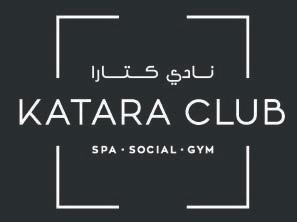









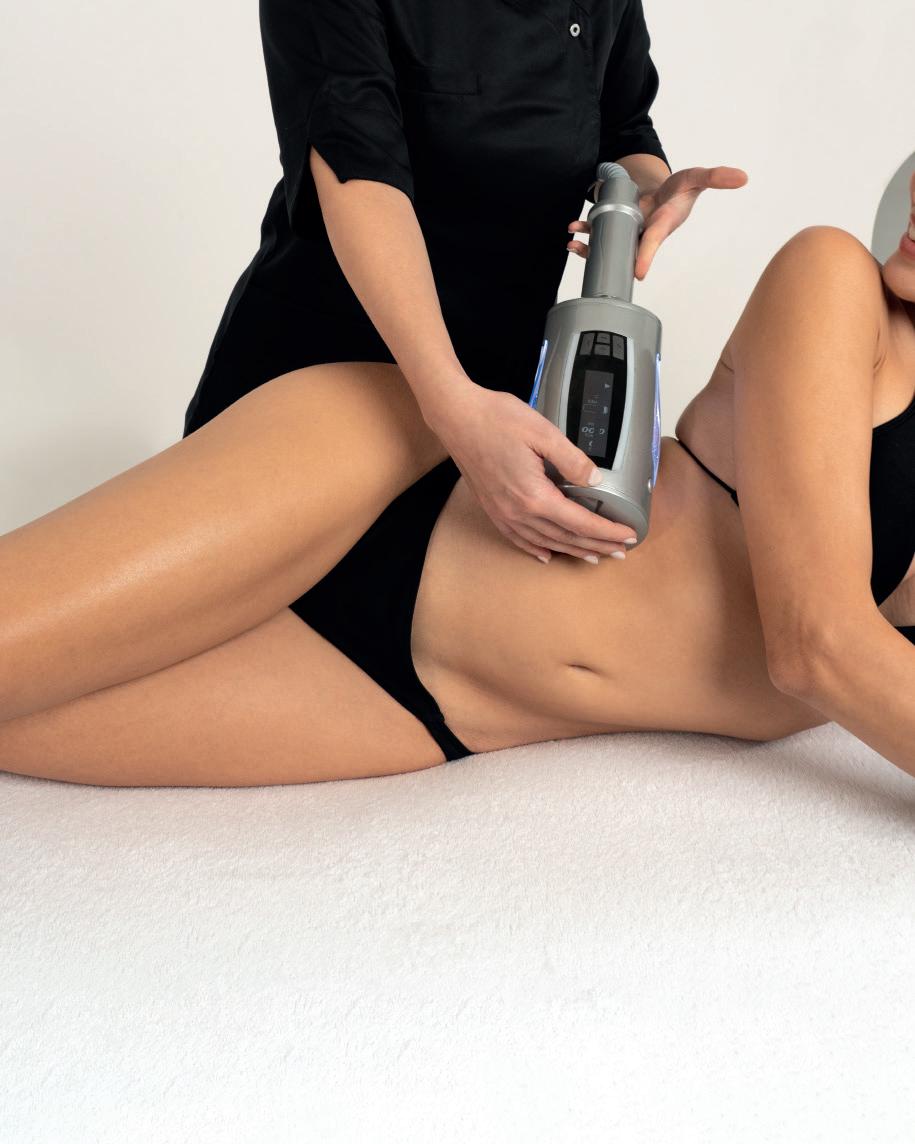
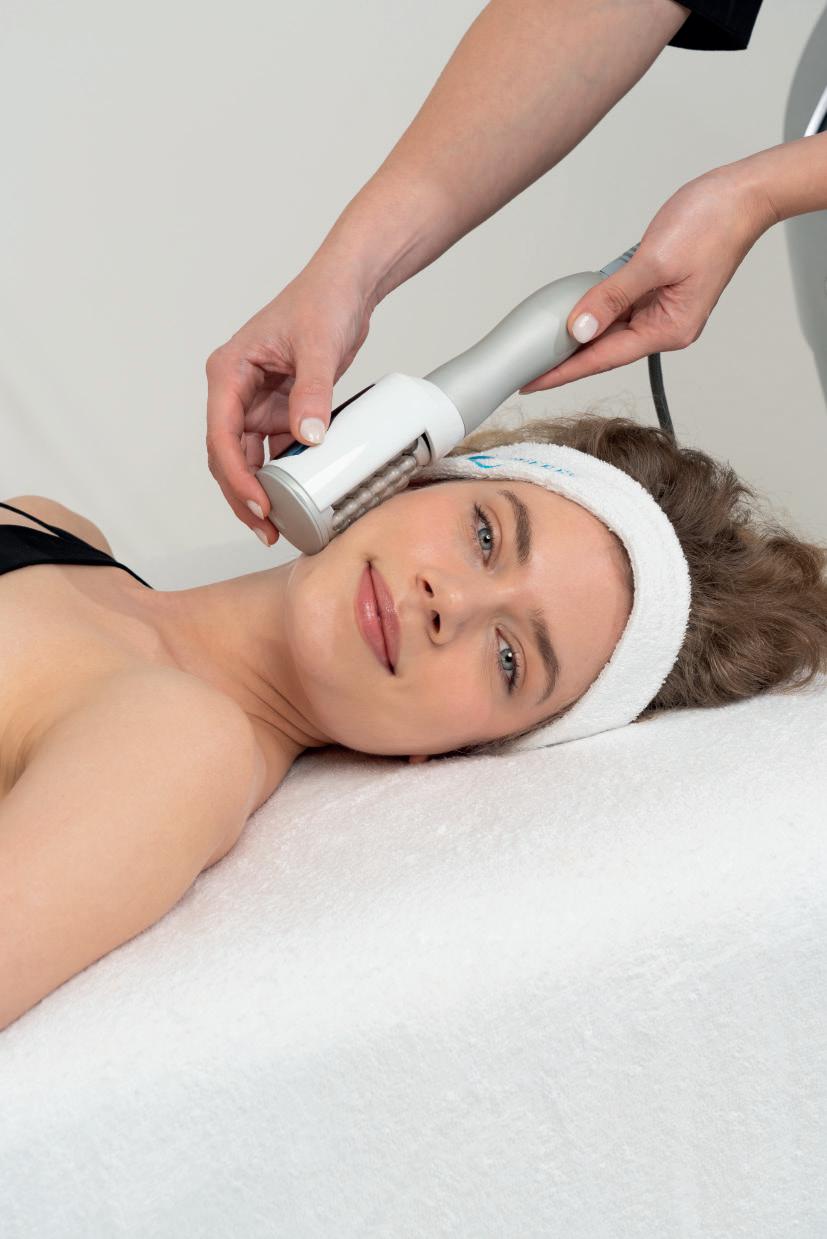



Peter Attia, co-founder, Biograph
One of the biggest names in longevity medicine, Peter Attia, has been revealed as a co-founder of Biograph, an advanced preventative health and diagnostics clinic that has just formally launched to the public in the US and plans to expand globally.
Biograph aims to provide the industry’s most personalised care plan for members by collecting more than 1,000 data points from up to 30-plus evaluations. It’s one of an exponential number of new players in preventative healthcare – a market that’s expected to reach US$773.1 billion (€682.09 billion, £575.74 billion) by 2034, according to Transparency Market Research.
A licensed and practising physician, Attia is famous for championing evidence-based interventions over trendy hacks and has a string of celebrity followers from Chris Hemsworth to Oprah Winfrey.
“Diagnostics are foundational to evaluating and implementing an effective health strategy informed by a systems-based approach, as well as comprehensive analyses that consider each data point within the context of an individual’s entire health picture,” says Attia. “Biograph’s evaluation is best in class, which is why I recommend my patients start here.”
Attia co-founded Biograph, currently operating in the San Francisco Bay area, with Michael Doney, an emergency medicine doctor turned longevity clinician and researcher and John Hering, a venture capitalist known for backing Elon Musk.
The clinic combines advanced diagnostics such as clinical-grade VO2

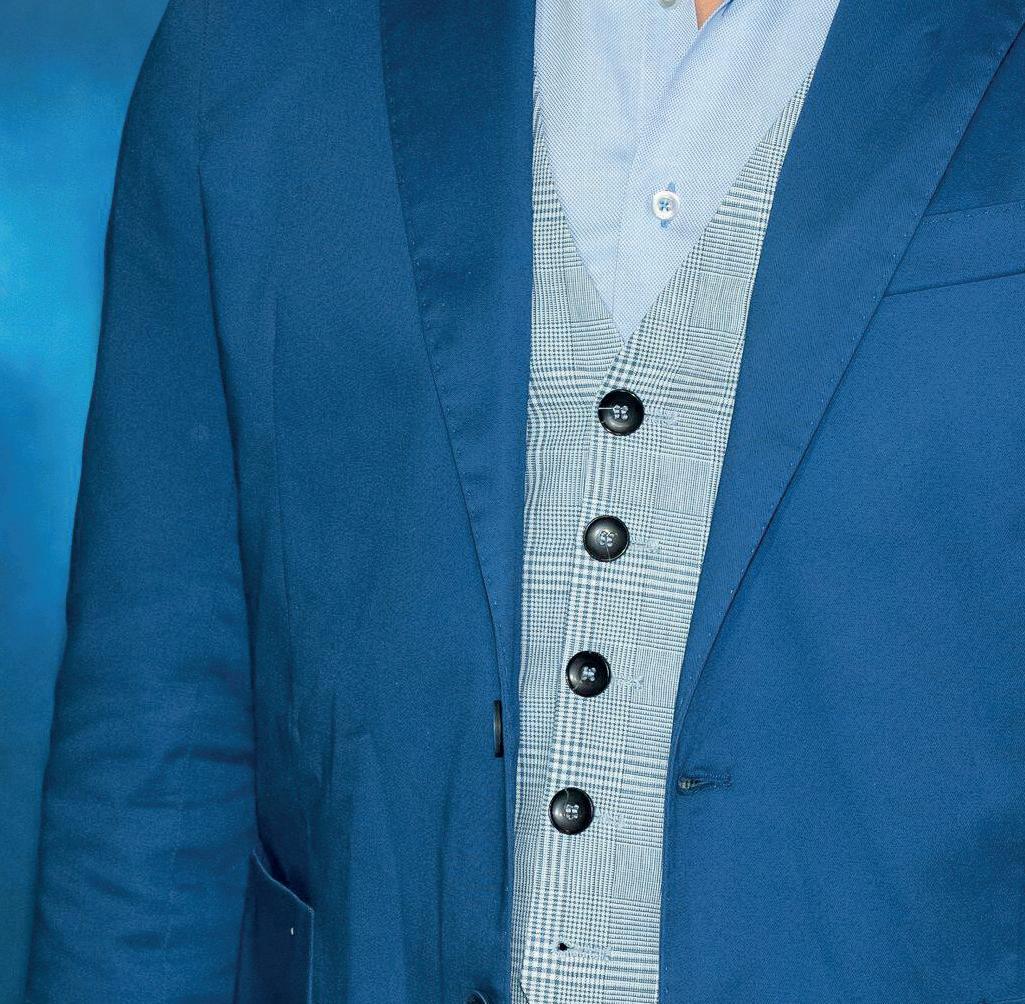




max testing and whole-body MRI scans with the latest medical research, pointin-time assessments and ongoing nutrition and exercise consultations.
It then assesses the risk and insights across five critical health pillars – atherosclerotic cardiovascular disease, metabolic dysfunction, brain health and neurodegenerative disease, cancer risk and early detection and quality of life metrics.
Doney tells Spa Business that it’s Biograph’s comprehensive approach across these five specific pillars, which makes it “fundamentally different” from other companies offering cutting-edge diagnostics, such as Clinique La Prairie and Fountain Life.
“The result is not just a snapshot, but a dynamic health model that evolves with each member over time,” he explains, saying the idea is to create a new standard of care that prioritises prevention. “What brought me to Biograph was a conviction that we can – and must – do better when it comes to protecting human health. Like many people, I’ve witnessed the toll that delayed diagnoses and fragmented care can take. The idea that we can now identify risk early, offer people real clarity and support long-term decision-making based on their unique biology – that’s powerful.”
Opening to a small cohort of patients in 2020, Biograph has
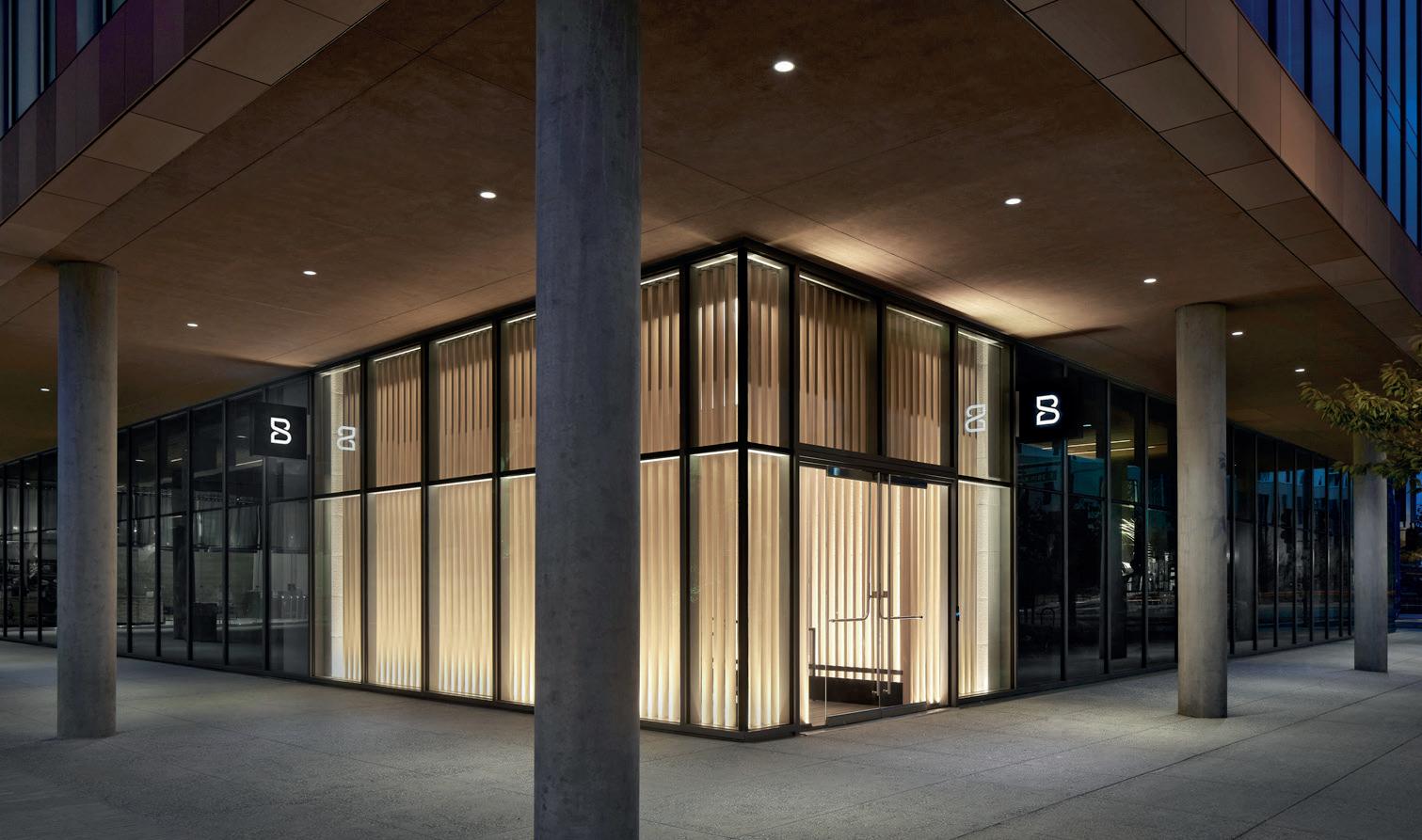
Over 15 per cent of members have discovered urgent or life-altering health insights since joining Biograph
welcomed thousands of members over the last five years and says that more than 15 per cent of them have discovered urgent or life-altering health insights – from cancer to cardiovascular and neurodegenerative diseases – since joining.
The clinic currently has two membership levels. Core, which offers 20-plus assessments and initial guidance, is priced at US$7,500 (€6,616, £5,583) a year. Black, which
includes 30-plus assessments and ongoing expertise, costs US$15,000 (€13,232, £11,167) annually. “The response [from members] has been extraordinary,” says Doney. “It’s a strong signal that people are looking for something more empowering when it comes to their health.”
Biograph recently announced that a second clinic in New York City will open imminently and confirmed to Spa Business that it’s

“actively working on expansion” and is considering up to six more sites in the US and internationally.
Having the support of Attia speaks volumes about Biograph. He’s one of the hottest – and most respected – figures in the longevity arena.
Attia is the author of the bestseller Outlive: The Science and Art of Longevity, which explores methods to prevent chronic diseases and promote long-term health through lifestyle interventions. He also hosts The Drive, a podcast where he discusses topics related to health, medicine and longevity with various experts.
Most recently, he’s stepped into the spotlight as the key medical expert in Limitless, a National Geographic series which sees actor Chris Hemsworth taking on various challenges – from fasting to swimming in the Arctic – to combat ageing.
“So much of what we did in the show was really tailored to Chris,” says Attia in a LaughingPlace.com interview. “So we could be more prescriptive and precise in our recommendations.”
We can – and must – do better when it comes to protecting human health - Michael Doney
It’s this focus on precision which has seen Attia voice his concern about wellness washing. He’s been particularly vocal about supplement companies using vague or exaggerated claims without strong clinical data.
While he supports cold exposure in moderation, such as cold showers and plunges, for some benefits such as mental resilience and possibly inflammation modulation, he’s more sceptical about commercialised cryotherapy chambers which make big promises about fat loss, ageing and detoxification.
He’s open to heat therapy –especially traditional sauna use, which has been found to reduce cardiovascular risk and mortality (see www.spabusiness.com/saunastudy).
In a recent episode of The Drive, however, he queried red light therapy, saying that while some studies

suggest benefits in areas such as acne treatment and wound healing, the overall evidence remains mixed and more high-quality research is needed to confirm its efficacy in other areas.
In general, he’s in favour of anything that reduces stress – such as massage and floatation – as long as it’s not sold as a ‘cure-all’. And he’s a big believer in mental wellbeing.
“Emotional health may represent the most important component of healthspan,” he says in his book Outlive. “Nothing else about longevity is really worth much without some degree of happiness, fulfilment and connection to others.”
In a previous issue of Spa Business, we asked industry experts whether they thought longevity clinics had staying power and the potential to go mainstream. Read www.spabusiness. com/etalongevity to find out more. l
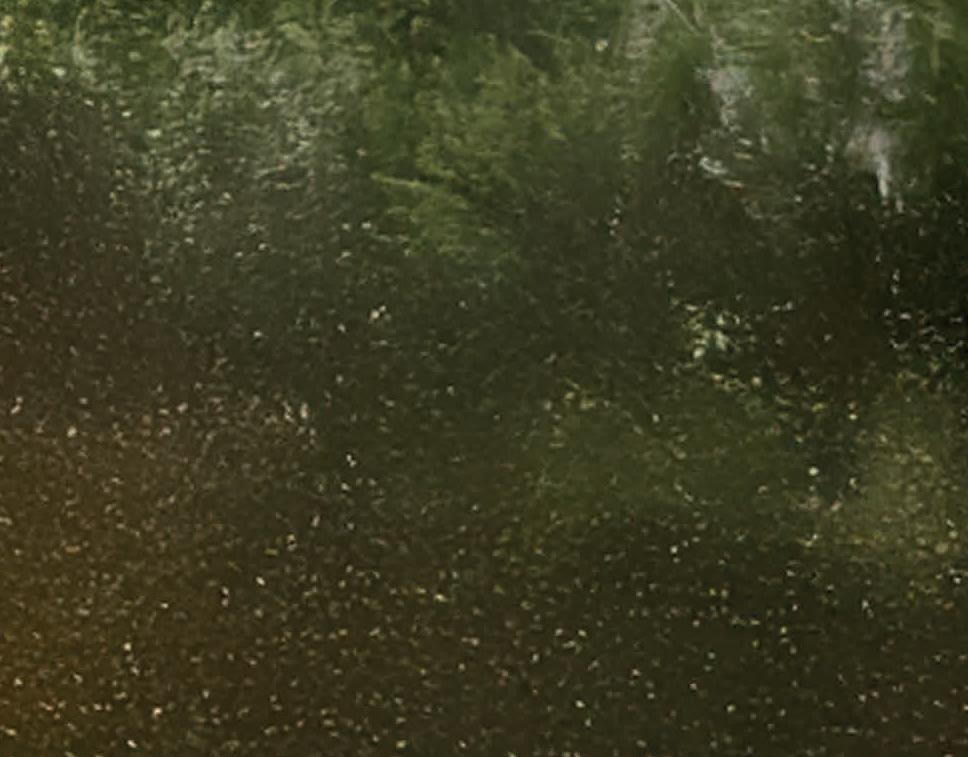


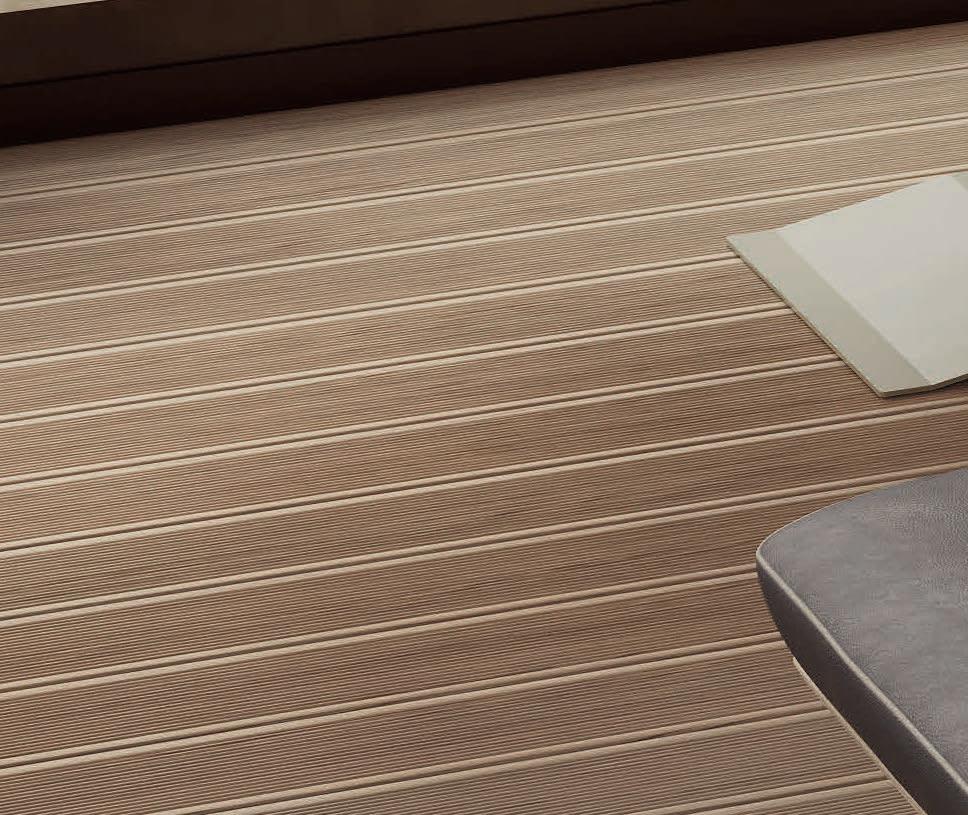







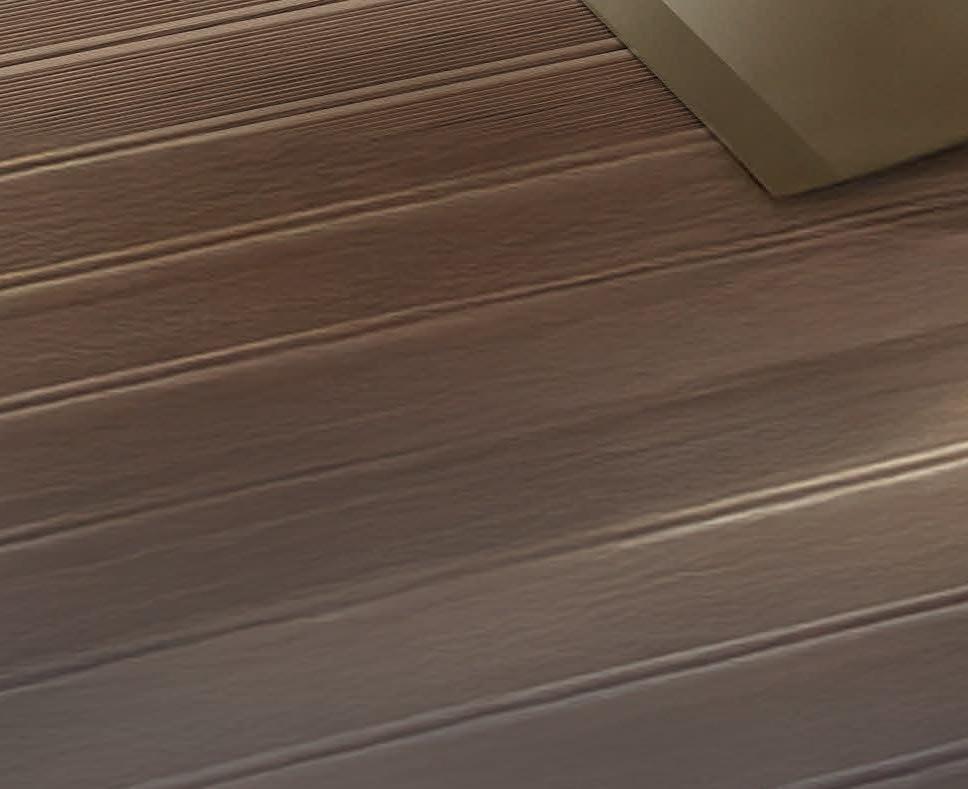
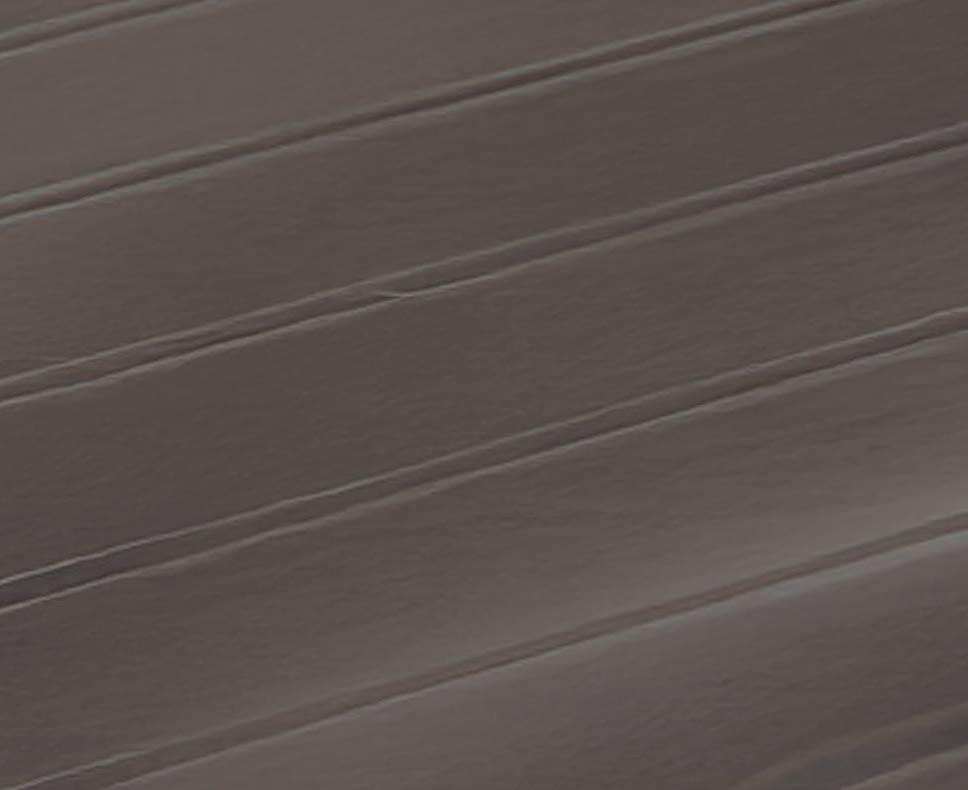
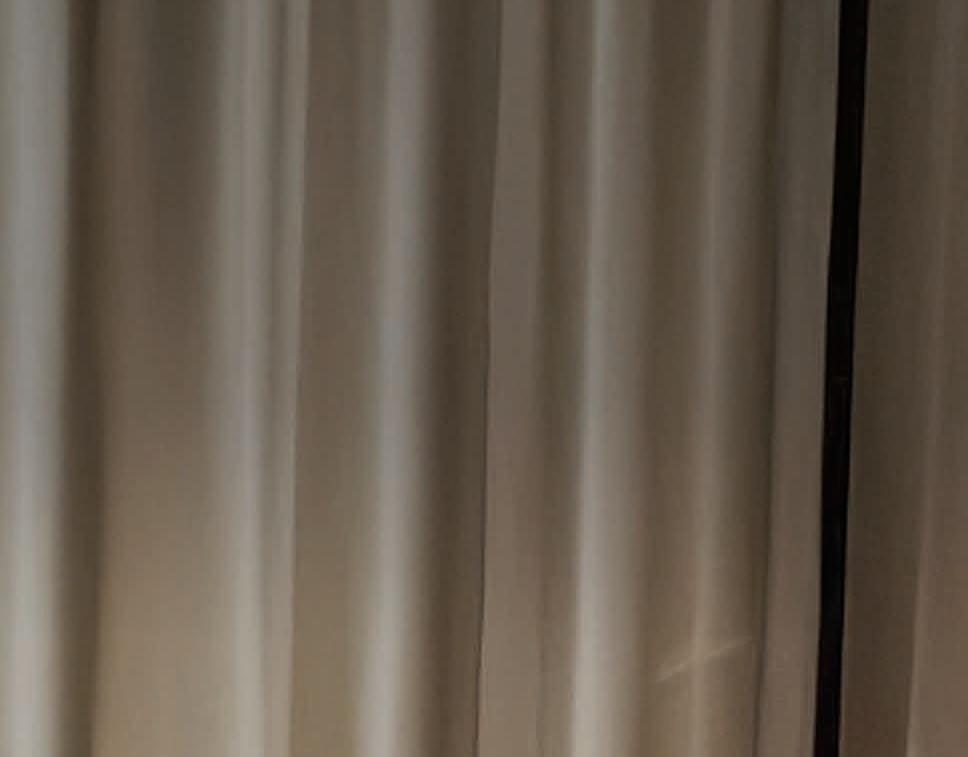


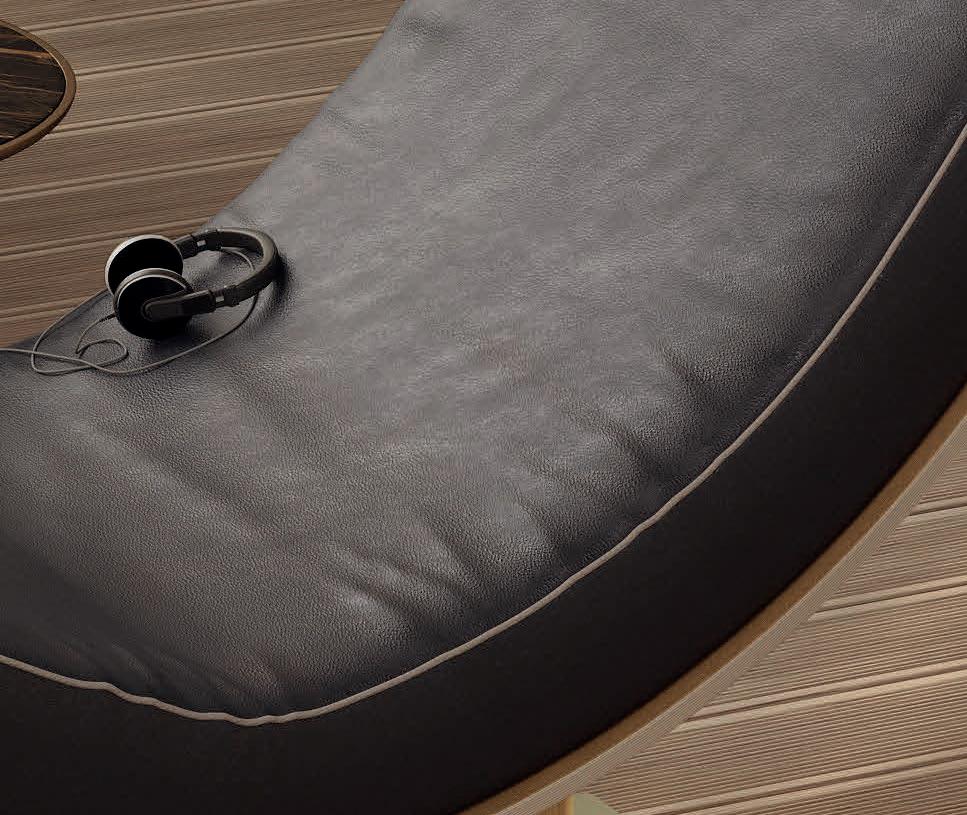
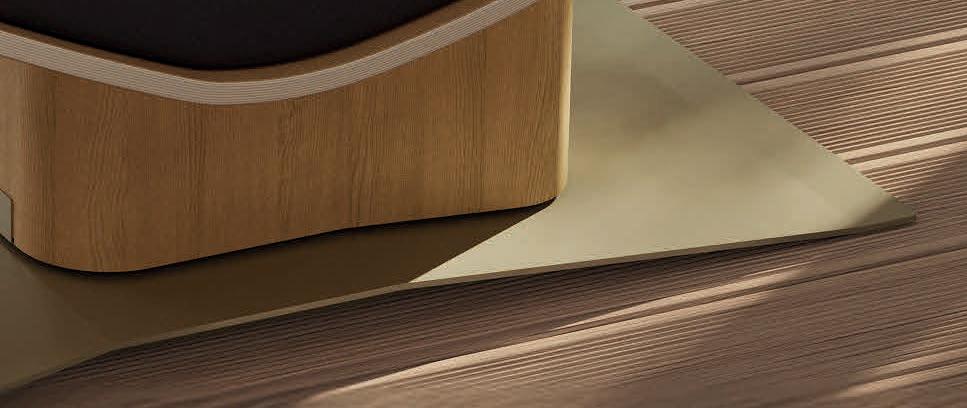








Soak has unveiled plans for a fifth concept and is actively seeking further sites to accelerate its rollout across Australia… and overseas
Alexis Dean, co-founder, Soak Bathhouse
W“e saw a genuine gap in the wellness space – traditional bathhouses and spas [in Australia] often felt either too expensive, too exclusive or too time-consuming,” says Alexis Dean, co-founder of Soak Bathhouse. “We wanted to change that by finding a way to make wellness something people could fit into their everyday lives, without the hefty price tag or the need to set aside an entire day.”
With a background in corporate law and managing health clubs, Alexis founded Soak with her husband, Niki, five years ago with the intention of creating a portfolio of urban oases to make wellness easy, accessible and affordable.
The couple, who launched their flagship on the Gold Coast in Queensland in November 2020, recently unveiled plans for a fifth location (see p24) and are actively seeking further sites to accelerate Soak’s national rollout.
“Our current sites are close to or at capacity, so we have a large focus on new site acquisition,” Alexis tells Spa Business, adding that their first bathhouse has been growing by more than 10 per cent each year in terms of visitation and revenue. She reveals that aside from
the two sites already announced, they have more properties in the pipeline for 2025 and are eyeing international expansion. “We’re actively having conversations to take Soak to the US,” says Alexis, “but it has legs in many overseas markets, so we’re seeking out partners [in other countries] to see it reach its full potential abroad.”
Each Soak location combines communal bathing facilities inspired by nature and designed to foster connection with a selection of private wellness treatments.

Every bathhouse includes magnesium-infused mineral bathing pools, cold plunges, steamrooms, outdoor showers, a spa garden, a cedarwood sauna, relaxation spaces and changing rooms. Treatments range from full-body massages and LED red light facials to infrared sauna sessions and meditation classes.
Soak also hosts regular events at its bathhouses, including Soak and Sound evenings where guests relax in hydro facilities while listening to local musicians.
Some properties also include co-working spaces and offer corporate wellness packages.
“We create a tranquil and beautiful natural environment in all of our urban locations,” says Alexis, “from the colour scheme to the finishes, we’ve brought in all of the natural materials so guests get that connection to nature, which helps with that real sense of relaxation.”
“Soak is a place you can come every day, every week or every month and start to build wellness routines into your life because that’s how you create meaningful change,” Alexis says, explaining that accessibility and affordability are key. “Whether you have 90 minutes or an entire

afternoon, you can drop in, unwind, and leave feeling better than when you arrived. Guests walk in carrying the weight of their busy lives and leave feeling lighter, more centred and completely rejuvenated.”
With four bathing packages available, Soak’s classic day spa experience lasts 90 minutes, costing AU$59 (US$38, €33, £28) on weekdays and AU$69 (US$44, €39, £33) on weekends. The package provides guests with access to all wet and thermal facilities and features complimentary robe hire and refreshments.
Massages cost AU$110 (US$70, €62, £53) for 50 minutes, while memberships start at AU$99 (US$63, €56, £47) for a year – there are seven options in total – and include one Soak session, one infrared sauna or LED facial, half price birthday soak and massage and other discounts.
“Wellness is no longer seen as a luxury – it’s an essential part of everyday life,” Alexis says. “The pandemic was a huge wake-up call.
We want to make wellness something people can fit into their daily lives, without the hefty price tag


n Mermaid Beach, Gold Coast
n West End, Brisbane
n Alexandria, New South Wales
n South Yarra, Victoria (opening Q2 2025)
n Bondi Junction, Sydney (opening late 2025)
“From an industry perspective, there’s also been a huge shift away from radical quick fixes and extremes toward simple, sustainable and holistic wellbeing. Instead of waiting until burnout hits, people are taking a proactive approach – prioritising self-care, recovery and stress relief before they reach breaking point. That’s exactly why we created Soak.”
She says guests at Soak range from young professionals looking to destress after work and parents craving me time to groups of friends catching up in a way that feels good. It also sees athletes and fitness enthusiasts coming for recovery and retirees focusing on longevity.
What sets Soak apart the most, however, is its strong focus on social wellness. “Australians are fortunate to have some incredible wellness spaces and it’s exciting to see the bathhouse category gaining traction here,” she concludes. “While many traditional bathhouses prioritise silence and
introspection, we believe that wellness is just as much about conscious connection as it is about self-care.
“We’re living in a time where so much of our interaction is digital, yet loneliness is a real issue. At Soak, we give people the chance to unplug and enjoy genuine, in-person conversations with friends, family or even yourself.”
Soak is one of many brands around the world focusing on social wellness.
In North America, Othership’s urban bathhouse and contrast bathing concept is making a splash – and CEO Robbie Bent shared his big ambitions to expand with Spa Business (www. spabusiness.com/othership).
Our current sites are close to or at capacity
Arc was the first UK concept to make its debut. It launched in Canary Wharf, London’s financial hub, in January. Owner Chris Miller, ex-commercial director at Soho House Group, is already eyeing other properties in the capital (see www.spabusiness.com/arc)
Meanwhile, Therme Group is on track to bring its social wellness oasis to the US, Canada, the UK and South Korea (see www.spabusiness. com/thermegrouprollout). l
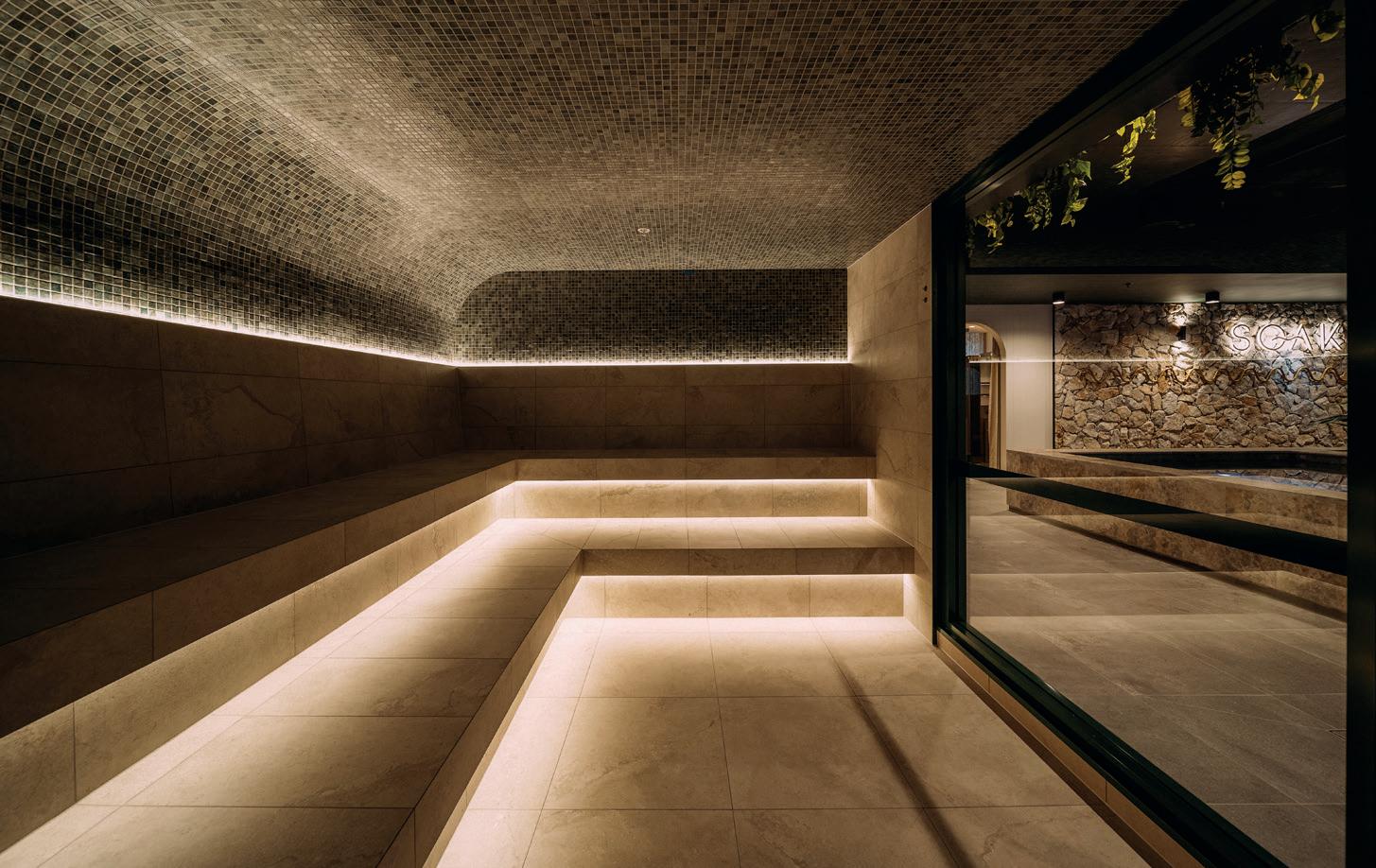

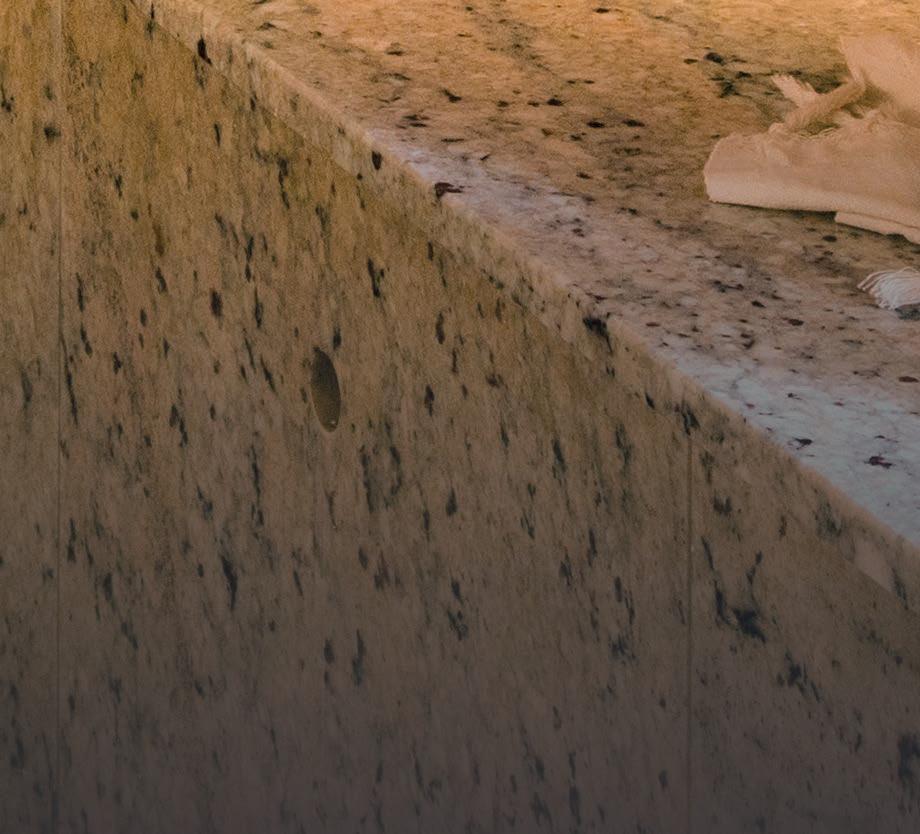
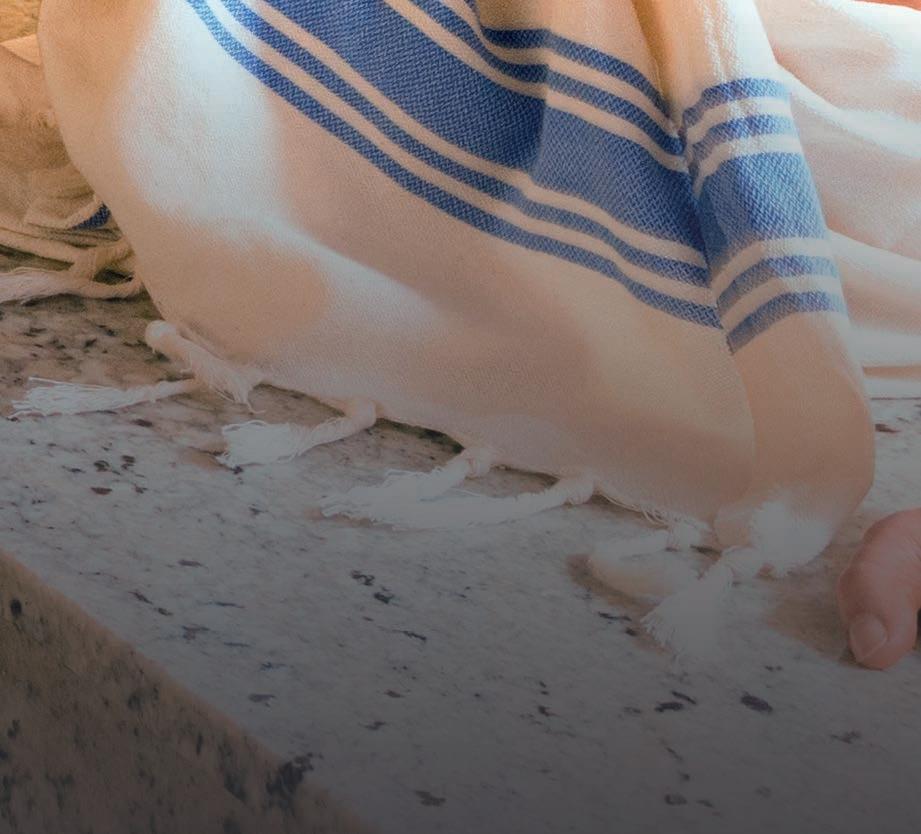
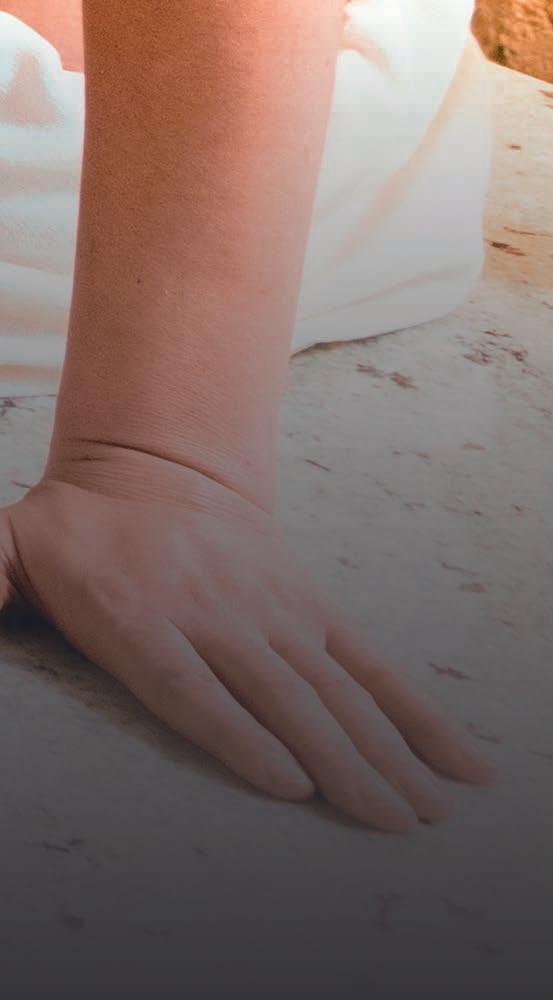

A botanical spa spread over a network of open-air pavilions among meandering freshwater canals lies at the heart of plans for an eco-conscious mixed-use destination by Italian architecture firm ABCPlus Studio.
Close to the coastal town of Bibione – between Venice and Trieste on the Adriatic – the development will include a 100-room hotel, residential units and off-grid facilities.
The spa will have three zones. The main centre, housed in a glass and steel structure, will offer hammams, baths and tropical plants. Salt treatment facilities suspended among pine canopies will include saline pools, saunas and a panoramic relaxation deck. There will also be a pavilion with acoustic walls for yoga and meditation that’s made out of untreated larch.
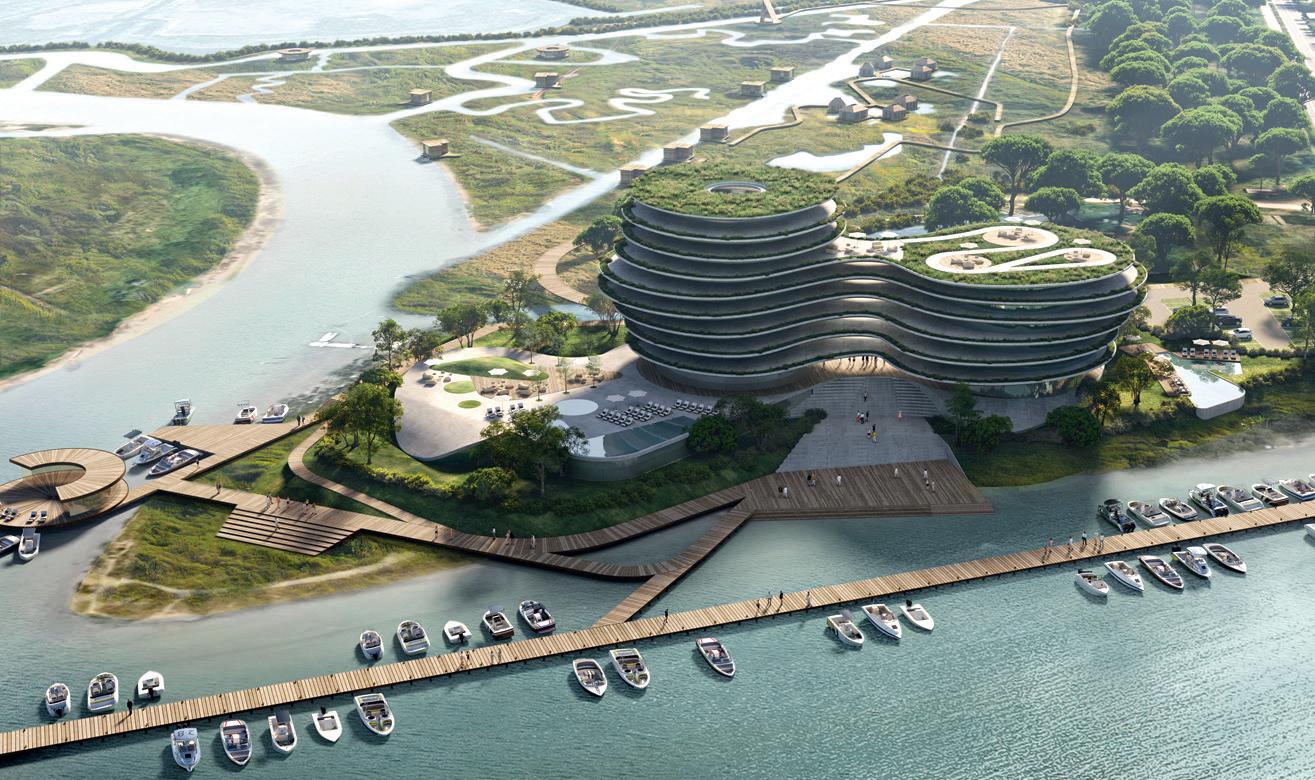
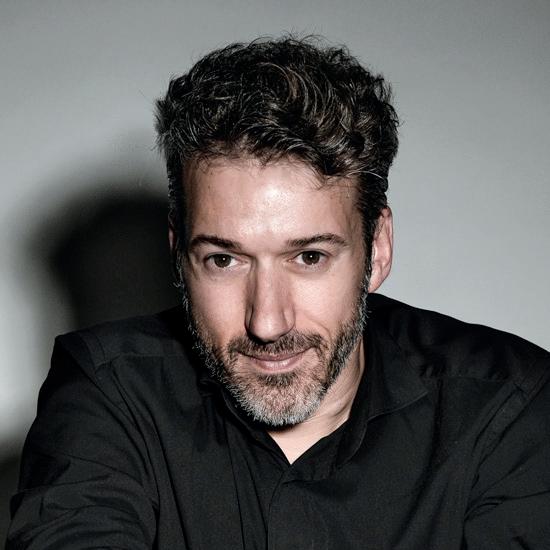
Commissioned by Italian real estate company Bibione Darsena SRL (which also operates marinas), the project is due to open by 2030 and cost €37.5 million (US$43 million, £32 million).
Damiano Capuzzo, a partner at ABCPlus Studio, told Spa Business the design “transforms the act of wellness into a journey of environmental discovery and cultural appreciation”.
More: http://lei.sr/Q4q6a_B
US resort spa operator, Miraval, has announced it will open its first property outside the US on Shura Island, Saudi Arabia, in Q4.
Miraval currently has three resort properties – Arizona, Texas and Massachusetts –making this the fourth.
The company, which Hyatt bought from previous owners Steve Case and investor KSL in 2017, also put its Life in Balance Spas into a Hyatt hotel for the first time at the Park Hyatt Aviara Resort in 2023.
Miraval The Red Sea is one of 50 resorts planned for The Red Sea
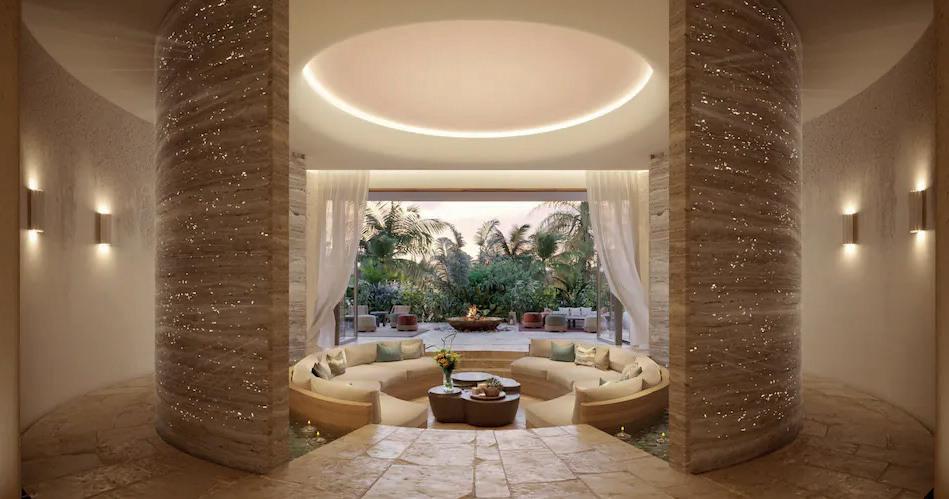
project, one of the world’s most ambitious regenerative tourism developments. It spans 10,900sq miles – close to the size of Belgium – and is slated to become one of the Kingdom of Saudi Arabia’s premier international leisure destinations.
The Miraval resort will have a 160-key hotel and 20 residences, in addition to a host of wellness-related services.
There will be a Life in Balance Spa, extending to 3,716sq m, with 39 indoor and outdoor treatment rooms, making it the largest spa on the island. It will also have sensory showers, quiet lounges and a traditional hammam.
The property will also have a space for workshops and yoga at its Serenity Centre, plus a separate Body Mindfulness Centre for exercise classes and a gym.
More: http://lei.sr/M6a5e_B
Tony de Leede is selling the Gwinganna Lifestyle Retreat that sits on 320 acres of Australia’s Tallebudgera Valley after almost 20 years of operation.
He also plans to sell a property called EcoView Retreat that sits on 75 acres of land adjacent to Gwinganna. This is a brand-new facility designed to allow operators to host their own events.
De Leede told Spa Business he hopes to sell Gwinganna’s real estate and operations company for between AUS$70-80 million (US$46-52 million, €40-46 million, £34-£38 million).
Depending on the buyer, all minority owners (who collectively own 20 per cent) would exit with him, however, actor Hugh Jackman – who also has a stake in the company – may be open to staying on with the new owner.
“The main reason for selling is that at the age of 72 and still having five or six other active businesses, it’s time for me to sell,” said de Leede.
Gwinganna is trading steadily, at roughly its pre-pandemic
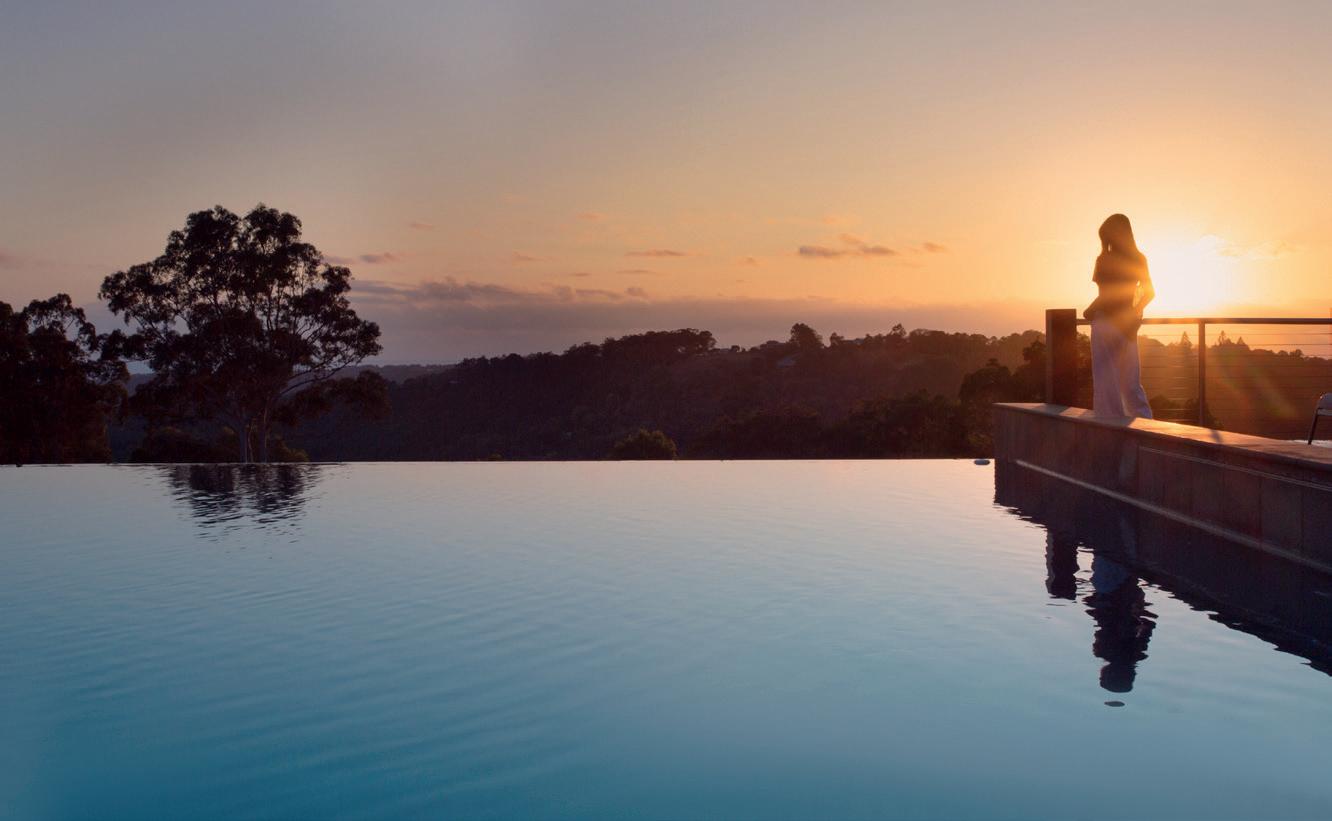

profit figures, serving around 4,500 guests annually with a high number of return visitors.
The destination spa is known for its forward-thinking programmes and packages and on p92 we take a deep dive into brain mapping – its most popular speciality service.
More: http://lei.sr/a9G5N_B
The Chancery Rosewood will open in September in the iconic former US Embassy building on Grosvenor Square in London’s Mayfair (UK) with an Asaya Spa – in partnership with aesthetics centre Taktouk Clinic.
The 144-key all-suite hotel’s subterranean Asaya spa, designed by architects Yabu Pushelberg, will have five treatment rooms and a 25-metre swimming pool.
Asaya Spa has also announced a partnership with the Taktouk Clinic – a centre for dermatological treatments led by Dr Wassim Taktouk. Rosewood says the Taktouk Clinic at The Chancery Rosewood will be the first hotel clinic of its kind. It will offer guests four new facials, marking the first time Taktouk has made his protocols available outside his eponymous facility. The facials
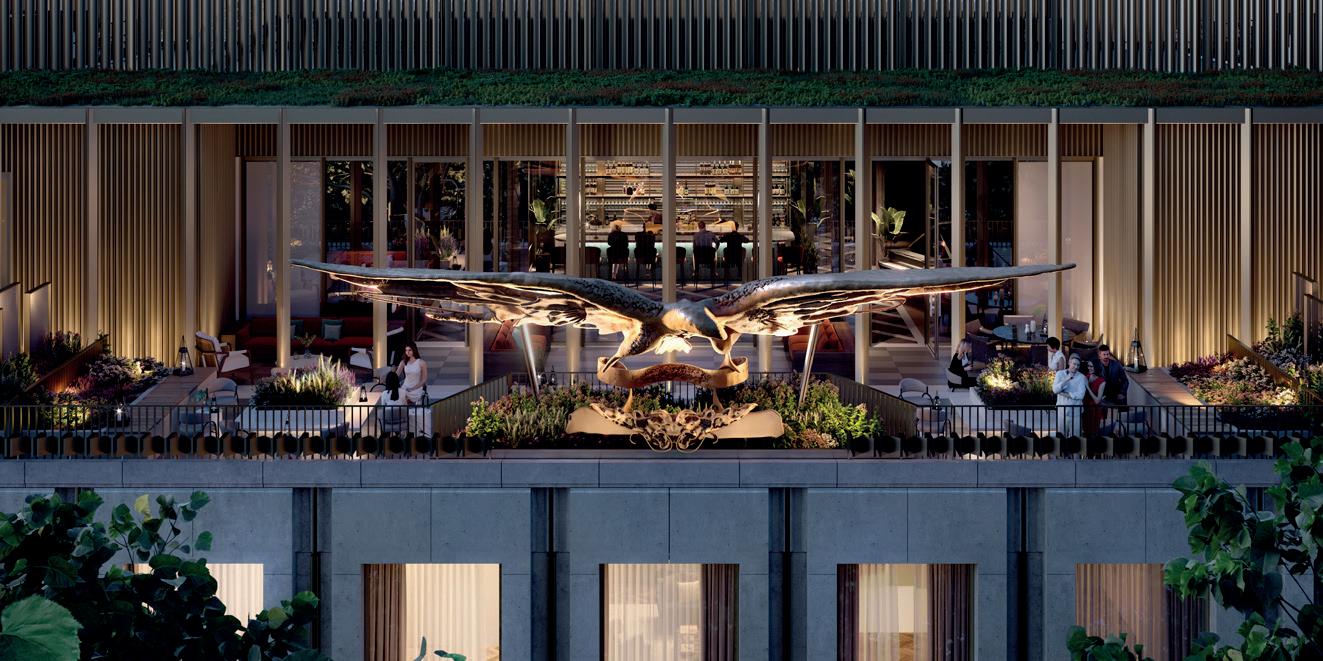
include a range of services such as exfoliation, face cupping, non-invasive ultrasound treatments to boost collagen and skin tightening therapies.
well as the iconic gilded eagle sculpture above the façade.
Originally designed by Eero Saarinen in 1960, David Chipperfield and David Chipperfield Architects reimagined the property and Joseph Dirand completed the interiors.
After four years of redevelopment by Qatari Diar Europe LLP, the Grade II-listed property will have eight bars and restaurants, as More: http://lei.sr/u2v5u_B
Banyan Group has launched its rainforest-inspired 338-room Mandai Rainforest Resort within the 126-hectare Mandai Wildlife Reserve, Singapore’s wildlife and nature destination.
Surprisingly, it’s Banyan Group’s first property in Singapore, where it’s headquartered – and the first resort in the city to receive stringent green certifications from the local construction authority.
The 4.6-hectare resort and spa is owned and was developed by Mandai Park Holdings, which owns the wildlife reserve.
It was designed around the mature trees on the site by WOW Architects to be a biophilic property. Each of the ‘wings’ of the resort are elevated above the ground to accommodate the movement of native wildlife below.
Luxury hospitality group Proper Hotels has launched its first health and fitness, wellness and athletic performance membership at the Santa Monica Proper Club in Los Angeles.
Proper Hotels is a hospitality company focused on luxury design and creating cultural connection. These new club memberships are the brand’s next-generation take on a modern country club – for those seeking a third space for health, fitness and wellness. They’re available for hotel guests and owners of the hotels’ residences.
“The goal isn’t to replicate – it’s to establish a collection of wellnessfocused social spaces that are thoughtfully embedded in each destination’s local culture,” Brian de Lowe, president and co-founder of Proper Hotels told Spa Business

The resort’s rooms include 24 treehouses, a rooftop pool with unobstructed views of the Upper Seletar Reservoir and a 345sq m Banyan Tree Spa.
The spa has three spa pavilions and three wellness pods for treatments – which are delivered
using Banyan Tree’s own products. The design of the spa pods’ external façades is inspired by the protective keratin scales of the Sunda pangolin. The spa also has a relaxation area at the reception, a yoga room and a gym on the same floor.
More: http://lei.sr/4r9N5_B

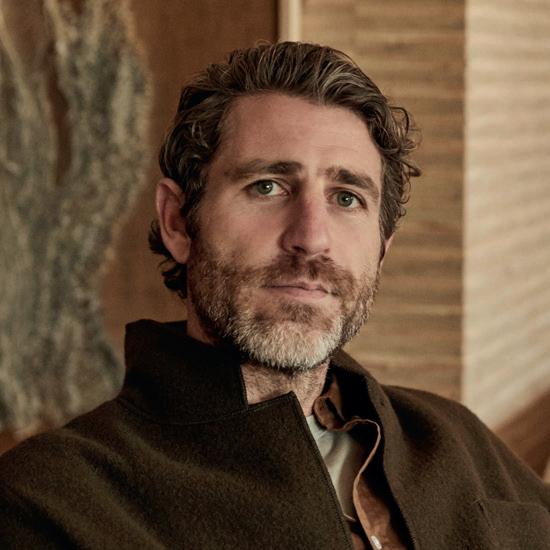
The new Proper Club has a 232sq m fitness centre and a 214sq m lounge and terrace for relaxation and recovery – with two cold plunges, a dry sauna and private showers.
The recovery suite features an Ammortal Chamber bed – a treatment table combining various multisensory therapies (see p110). Guests can also use Therabody compression boots.
More: http://lei.sr/X6C7h_B




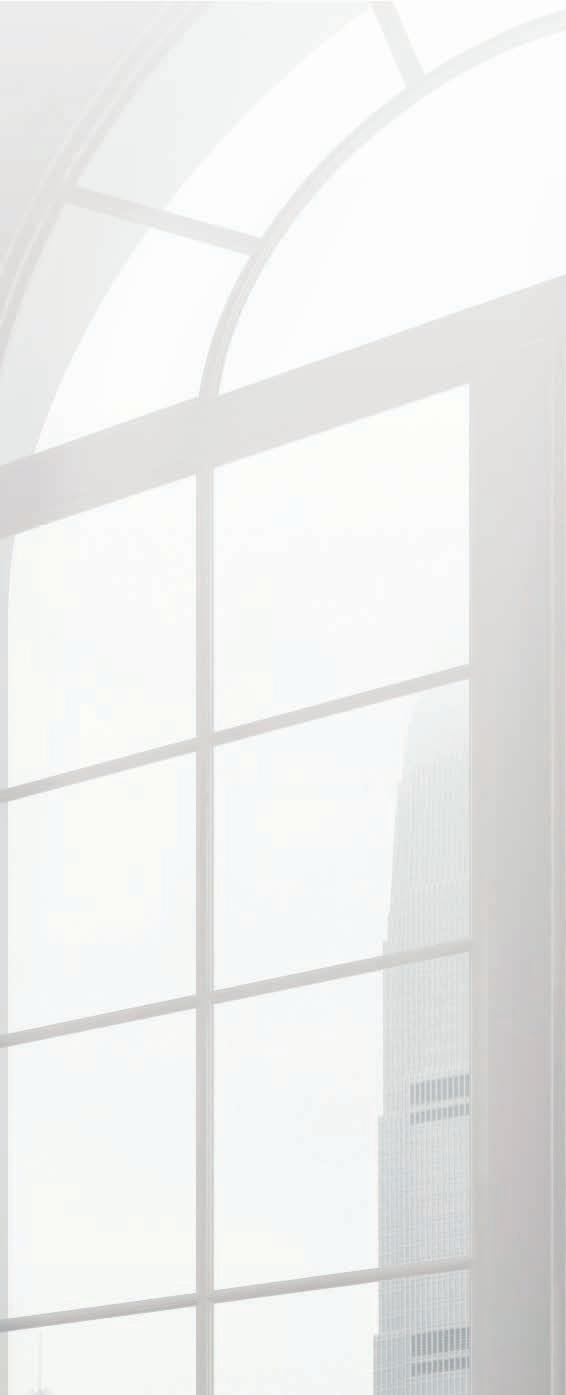




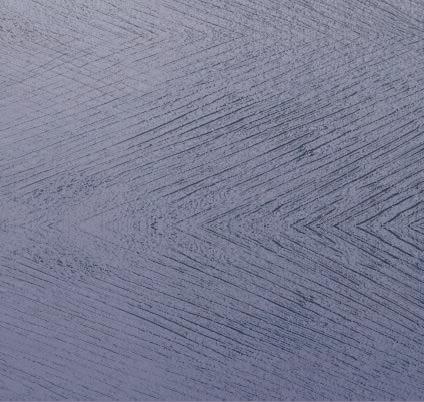






UAE-based developer Aldar has unveiled a master plan to turn Fahid Island into a Fitwel-certified wellness island at a development cost of AED40 billion (US$10.8 billion, €9.5 billion, £8 billion).
Fitwel certification demonstrates the project’s commitment to occupant health and wellbeing.
Aldar plans to make Fahid Island the place where entertainment and culture meet wellness. It’s located between lifestyle destination Yas Island – with its theme parks and attractions – and cultural centre, Saadiyat Island.
The 2.7sq mile island in Abu Dhabi has 11km of coastline, offering visitors and residents easy access to the water.
Thirty per cent of the land on the island will be dedicated to natural spaces and the 10km landscaped Berm Park will create a visual and acoustic buffer. It will also have running tracks, three cycling routes, water stations, fitness nodes and shaded rest areas.



More than 6,000 luxury residences are planned and there will also be a 2km waterfront promenade with retail outlets.
Hotels and residences will have spas and wellness clubs and a beach club will be open to the public.
In February, Aldar announced plans for The Wilds – a wellnessfocused community in Dubai where nature isn’t just a backdrop, but a part of everyday life. The Wilds is due for completion in 2029.
More: http://lei.sr/y8g3Q_B
Saturday 14 June marked the 14th annual Global Wellness Day (GWD) – a not-for-profit worldwide celebration of physical, mental and emotional wellbeing.
This year, events were themed around reconnection between participants and their environment, their communities and themselves.
Many companies around the world offered free activities.
Mandarin Oriental Spas held outdoor meditation sessions and silent tea ceremonies as Jumeirah’s Talise Spas led breathwork classes and beachside blessing rituals.
Water-based wellness was on the cards at Kuda Villingili Resort Maldives while the Kimpton Grand Roatán Resort and Spa in Honduras focused on local charitable campaigns.

Founder of GWD, Belgin Aksoy said, “True wellness is found in quiet yet powerful moments – when we discover profound peace in nature’s embrace.”
Click the link below to read an exclusive column by Aksoy in our GWD edition of Spa Business insider.
More: http://lei.sr/0H0B3
Cutting-edge science meets indulgent sensoriality with our skincare, bodycare and professional treatments. Unlock unparalleled efficacy, targeted skin solutions and powerful results that you can see and feel.
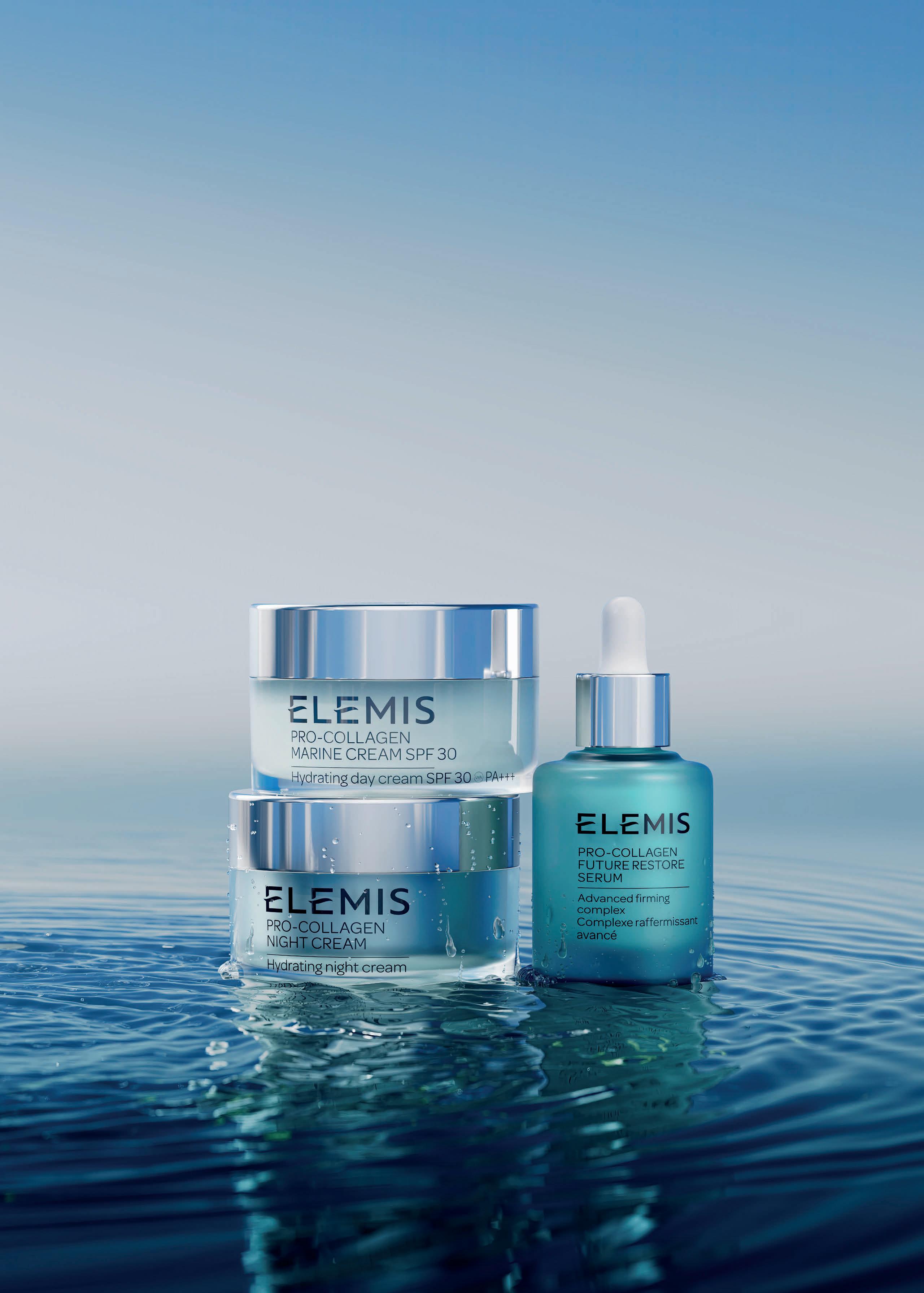
Scan
or email newbusiness@elemis.com.
1-2 September 2025
SpaFest
Carden Park Hotel, Chester, UK
An informal not-for-profit industry gathering in the UK to benefit the Made for Life Foundation, which supports people living with cancer. www.spa-fest.com
15-16 September 2025
Salt Therapy Association Conference
Wyndham Lake Buena Vista, Florida, USA
STAcon is a b2b expo and conference dedicated to halotherapy and its associated benefits. www.staconlive.com
16-17 September 2025
Destination Deluxe Awards & Wellness Day
Four Seasons Hotel Bangkok, Thailand
A networking event with panel discussions and an awards ceremony for luxury spa, beauty, wellness and travel professionals. www.destinationdeluxe.com
19-21 September 2025
World Wellness Weekend
Locations worldwide
Wellness operators in 160 countries offer free classes to the public on the third weekend in September. www.world-wellness-weekend.org
22-24 September 2025
SpaChina Summit
Four Seasons Suzhou, Jiangsu, China
Spa operators and suppliers conduct meetings at the 18th summit, followed by the SpaChina Awards, which recognise industry leaders and innovators from across the country. spachina.com/category/summit
A new social wellness concept curated by three industry veterans will open in Amsterdam in Q3 before being rolled out to key cities.
432 – a name inspired by 432 hertz, the earth’s natural frequency – has been created by Emlyn Brown, vice president of wellbeing at Accor, wellness consultant Jamie Waring and Jonathan Fisher, CEO of Holmes Place and Tribute Brands.
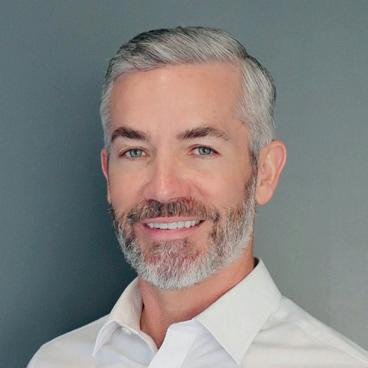
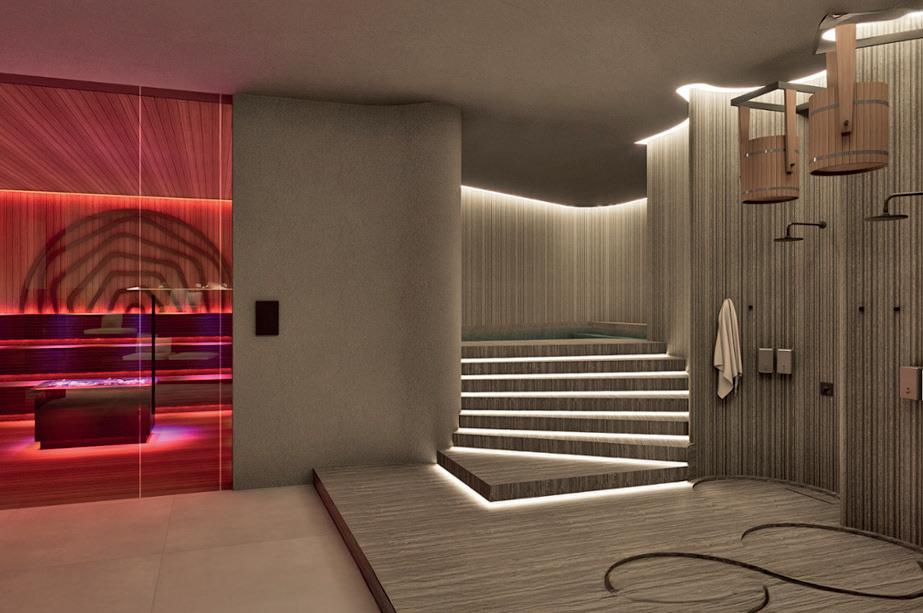
Waring says the concept is aimed at health-orientated 25- to 40-year-olds who want to meet friends and have social experiences that don’t revolve around alcohol.
The experience will include a breathwork class, an aufguss ritual in the site’s sauna and a cold plunge. While people can use facilities independently, the majority of people are expected to follow journeys which will be held several times each day and cost around €25 (US$29, £21) per visit.
Future locations for the concept are currently being sought in London, Helsinki, Dubai and Saudi Arabia.
More: http://lei.sr/f5J5B_B

A new hot spring resort is due to open in Kusatsu – one of Japan’s most famous spa towns – in Q2 of 2026.
Owned and operated by Hoshino Resorts, the 94-key property will be connected to Kusatsu’s vibrant town centre by a private tunnel, exclusively reserved for resort guests.
The property will be managed under Hoshino Resorts’ hot spring ryokan brand Kai.
Located on a hill overlooking the active volcanoes of Mount Kusatsu-Shirane, the facility will
be a 3.5-hour drive from Tokyo’s Haneda Airport and modelled on a traditional Japanese inn, or ryokan. It will have a bathhouse, lounge, courtyard, dining area, shop and cultural discovery hall.
Founded in 1904, Hoshino Resorts operates 60 properties, most of which are in Japan.
The Kai brand is the company’s modern take on a ryokan and its portfolio includes 23 sites, with seven more in the pipeline. l
More: http://lei.sr/4X6U9_B


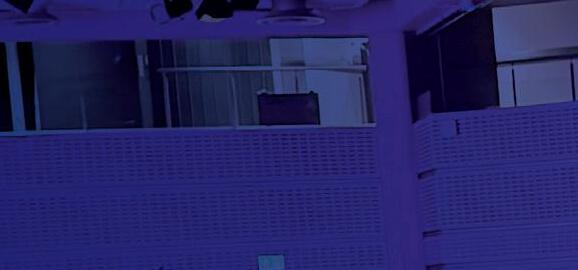


Queen Elizabeth II Conference Centre, London








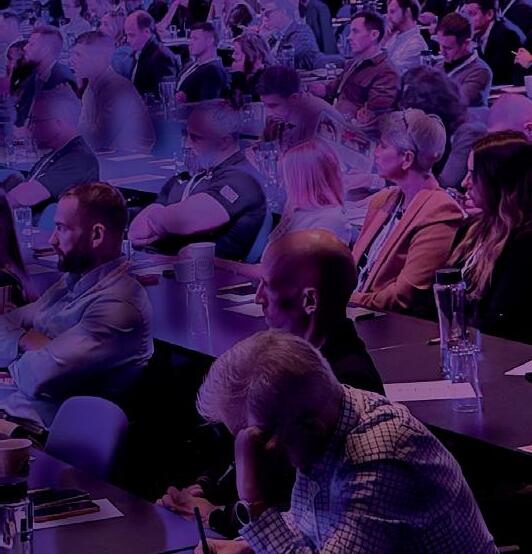

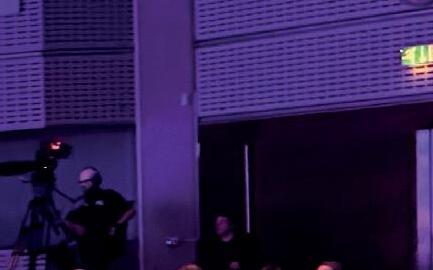


The event will bring together a powerful lineup of speakers to share insights and experience, with a focus on business success and innovation.
You’ll go away inspired and informed, with ideas to implement in your professional life, as well as valuable contacts and access to best practice to drive your success as we head into 2026.

All this, along with product sampling, book signings and activations make the summit a powerful and useful event for the sector. Platinum Partner
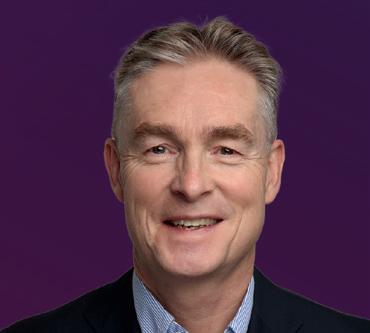

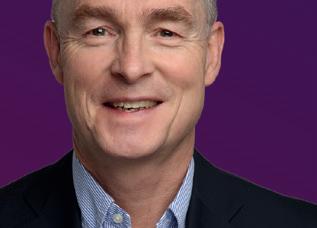
























Excitement is building for the new all-keynote HCM Summit 2025 from Spa Business magazine and HCM magazine.


In addition to the summit talks, a carefully curated exhibition will showcase the latest innovations, while summit networking events, including the After Party, hosted by Les Mills, will give the opportunity to make new contacts and do business.






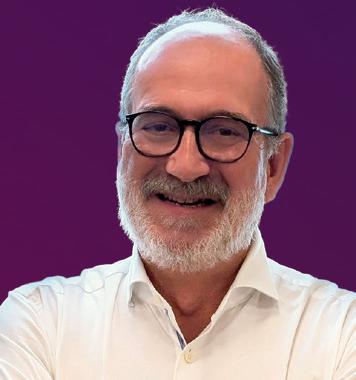


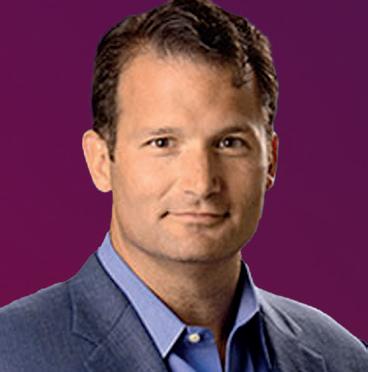

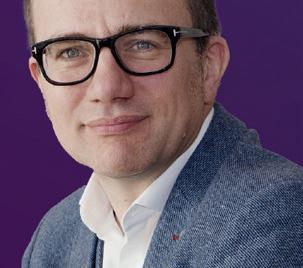


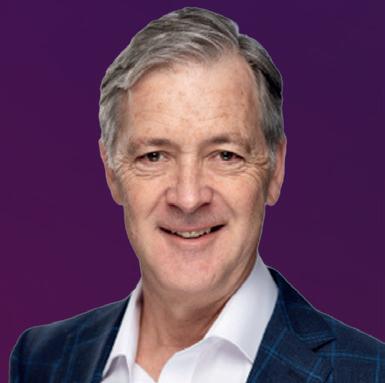




















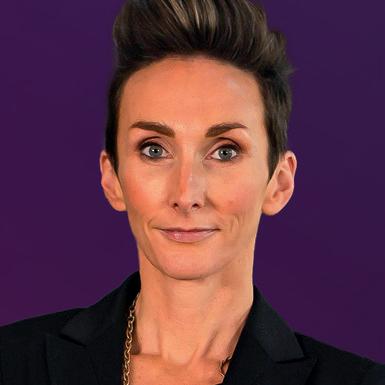
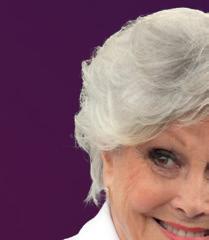



























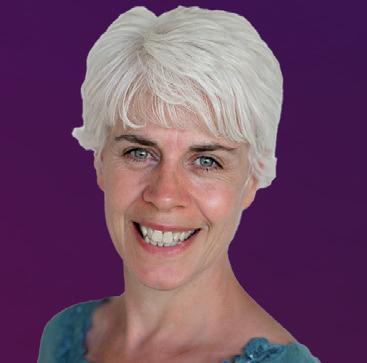





by Helen Andrews, head of news
Millennials and Gen Zers are redefining the wellness landscape, says new McKinsey research


The global spa and wellness industry is being transformed by millennials and Gen Z. According to the Future of Wellness 2025 report, released by McKinsey in May, these younger generations see wellness not as an occasional luxury indulgence, but as a personalised daily priority.
Now in its fourth year, McKinsey’s research was based on more than 9,000 consumers across China, Germany, the UK and the US, covering six wellness dimensions – health, sleep, nutrition, fitness, appearance and mindfulness.
It’s estimated that in the US, wellness represents more than US$500 billion (€438.1 billion, £369.1 billion) in annual spend, growing at 4-5 per cent each year, says Eric Falardeau, the head of the fitness and health group at McKinsey who contributed to the study.

Eighty-four per cent of American consumers rank wellness as a “top” or “important” priority – compared to 79 per cent in the UK and a huge 94 per cent in China.
Gen Z (born 1997-2012) now makes up 36 per cent of the US adult population, but drives more than 41 per cent of the country’s wellness spend. Meanwhile, older generations (aged 58-plus) account for 35 per cent of the population but only 28 per cent of spending.
Nearly 30 per cent of Gen Zers and millennials (born 1981-1996) say they’re prioritising wellness “a lot more” than
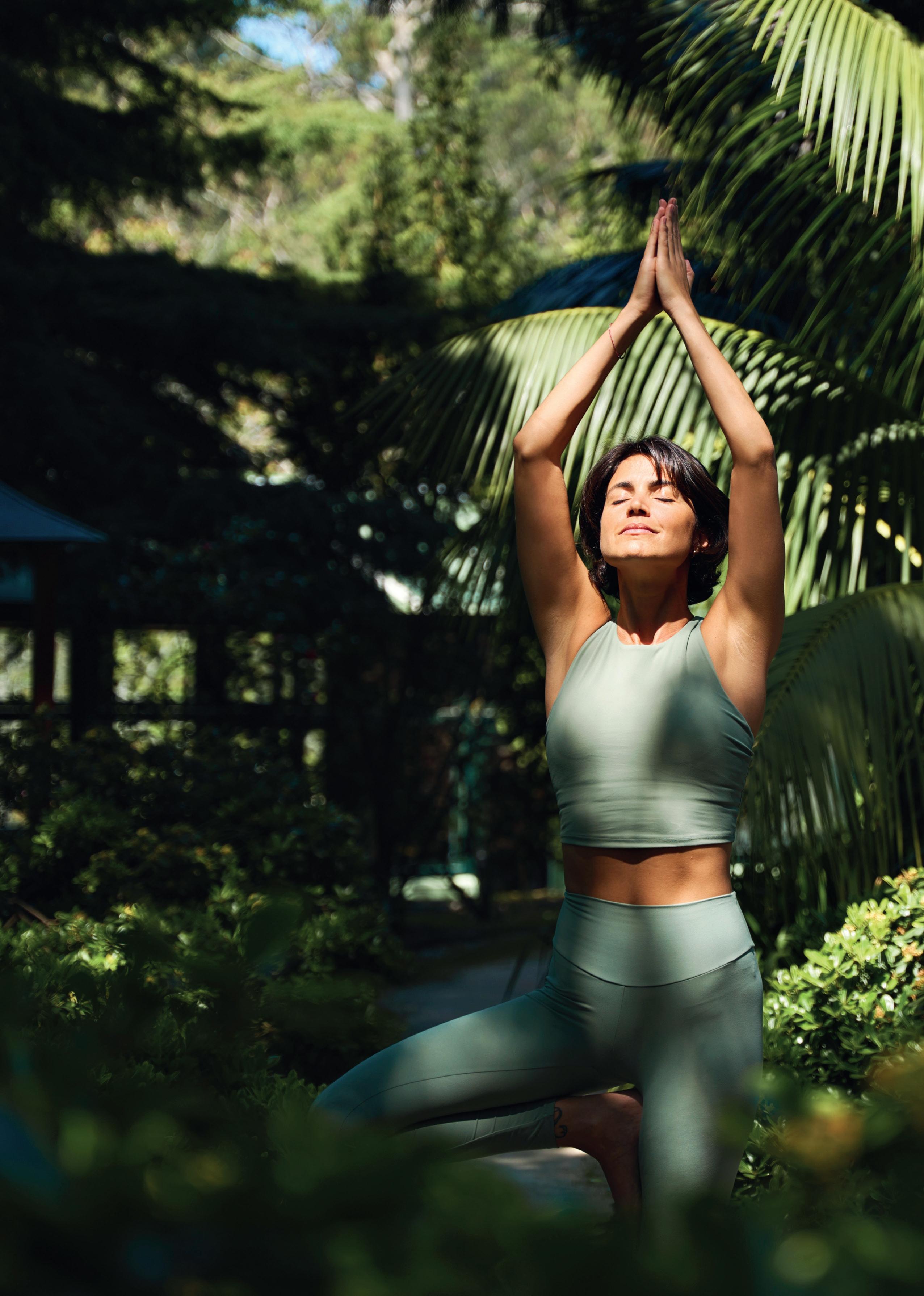
Consumers’ needs are unmet in areas such as mental health, cognitive function and longevity


a year ago, compared to 23 per cent of older consumers. Burnout, declining health and social media influence are the key drivers behind this spike in attention.
Gen Z prioritises sleep, health and appearance, while millennials lean towards health, sleep and mindfulness.
Despite the wellness sector’s booming growth in recent years, the research shows significant gaps remain. Consumers of all ages report unmet needs in areas such as mental health, cognitive function and longevity.
Falardeau unveiled the research in an online discussion hosted by World Wellness Weekend, a movement started by industry figure Jean-Guy de Gabriac. He says: “Consumers remain highly focused on their health and wellness, with 84 per cent [overall] ranking it as a top priority.
“That number is high compared with other discretionary categories, which is fuelling a lot of the tailwinds for this broadly-defined sector.
“This ranking has also been increasing over the last five years and that’s testament to this macro trend of consumers increasingly spending time and money on taking care of themselves and also due to the definition of this ‘taking care’ being broader and broader.”
Falardeau highlighted heart health as another major area of interest for consumers, stressing the need for products and services with proven efficacy and strong quality standards.
IV therapy, wellness retreats and boutique fi tness are gaining popularity
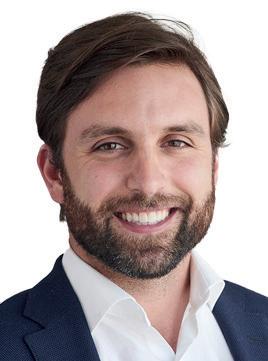
Gen Z accounts for over 40 per cent of US wellness spending – and they’re just getting started
- Eric Falardeau
McKinsey identified six hot areas where wellness spending is set to grow.
Demand is rising for food and drink that offers health benefits. About half of consumers – and two-thirds of Gen Z and millennials – in the US, UK and Germany are interested in this space. They’re looking for energy, gut health, immunity and muscle support. The most successful products will sit at the crossroads of supplements and snacks.
The line between beauty and wellness is blurring. Consumers are embracing beauty products with active health ingredients and ingestible supplements like collagen gummies. Cosmetic
procedure spending is up too – 46 per cent of US consumers (and 53 per cent of Gen Z) are spending more in 2024 than in 2023.
Healthy ageing is a priority for up to 60 per cent of consumers across markets. This includes interest in supplements that target cellular ageing, epigenetic age-testing kits and virtual physical therapy. Younger consumers are also focused on preventative approaches that deliver both short- and long-term benefits.
Wellness retreats, boutique fitness and IV therapy are gaining popularity. More than half of US consumers are willing to travel 2 hours or more for these services and 60 per cent say they’ll do so again in 2025. The report suggests successful programming will offer consumers ways to learn skills that they can use beyond their stay (meditation and nutrition plans) as well as ‘edutainment’ – retreats that teach something to participants about their health.
Traditional exercise remains dominant, but new solutions are emerging fast. Nutritionistled plans, meal services and prescription weight-loss drugs are all gaining traction.
Young consumers report worse mental health than older ones but are more proactive about finding solutions. Forty-two per cent of Gen
Z and millennials in the US are actively seeking mental health support and exploring unexpected avenues, such as buying skincare, socialising and focusing on sleep hygiene, compared to older generations who steer towards explicit treatments such as talk therapy. Competition in the subsector, however, is fierce, especially for app-based services with low entry barriers.
The report authors found that consumers fall into five different wellness segments:
(25 per cent of consumers, 40 per cent of spend)
Gen Zers and millennials are most likely to fall into this category of younger, tech-savvy consumers who experiment, research and rely on digital tools to optimise their wellness. They seek sciencebacked advice, are influenced by social media and are twice as likely to use natural and alternative products. For them, it’s quality over price.

60 per cent of wellness travellers plan on return trips in 2025
Born from a family legacy driven by a passion for science and the power of nature, Yon-Ka Paris has been pioneering holistic skincare for 70 years. Combining cutting-edge techniques with proven results, our ultra-sensorial treatments transform every beauty ritual into a moment of well-being.


Mental health and longevity are no longer niche – they’re wellness

2. Confident enthusiasts
(11 per cent of consumers, 15 per cent of spend)
Fitness-focused and loyal to what works for them. They’re less experimental but more self-assured.
3. Health traditionalists
(20 per cent of consumers, 13 per cent of spend)
Older and more pragmatic. They stick to simple routines such as healthy eating, vitamins and steady exercise. Less likely to try new tech or trends.
4. Health strugglers
(24 per cent of consumers, 22 per cent of spend)
Motivated but often overwhelmed. They care about wellness and spend more than health traditionalists, but struggle with follow-through, frequently experiencing stress about their health.
5. Wellness shirkers
(20 per cent of consumers, 10 per cent of spend) Least engaged and highly price-sensitive. They buy the bare essentials and are not actively tracking or optimising their health.
Falardeau and researchers at McKinsey also tested how resilient the spa and wellness industry would be in an economic downturn. The first things consumers say they’d cut? Subscription meal services (52 per cent), fertility and period-tracking apps (49 per cent) and spa/aesthetic treatments (48 per cent). Categories with more staying power include menstrual care products (58 per cent), infant care items (45 per cent), corrective eyewear (45 per
cent), contraception (30 per cent) and supplements (27 per cent). Brands should diversify into these essential segments to weather future recessions.
The overall message is that wellness isn’t just a trend – but it’s facing a generational shift. As Gen Z and millennials lead the charge, the industry must adapt fast, prioritising personalisation, digital innovation and proven efficacy to meet evolving expectations.
Access the full Future of Wellness 2025 report at www.spabusiness.com/mckinsey25. l

Demand is rising for functional food and drink









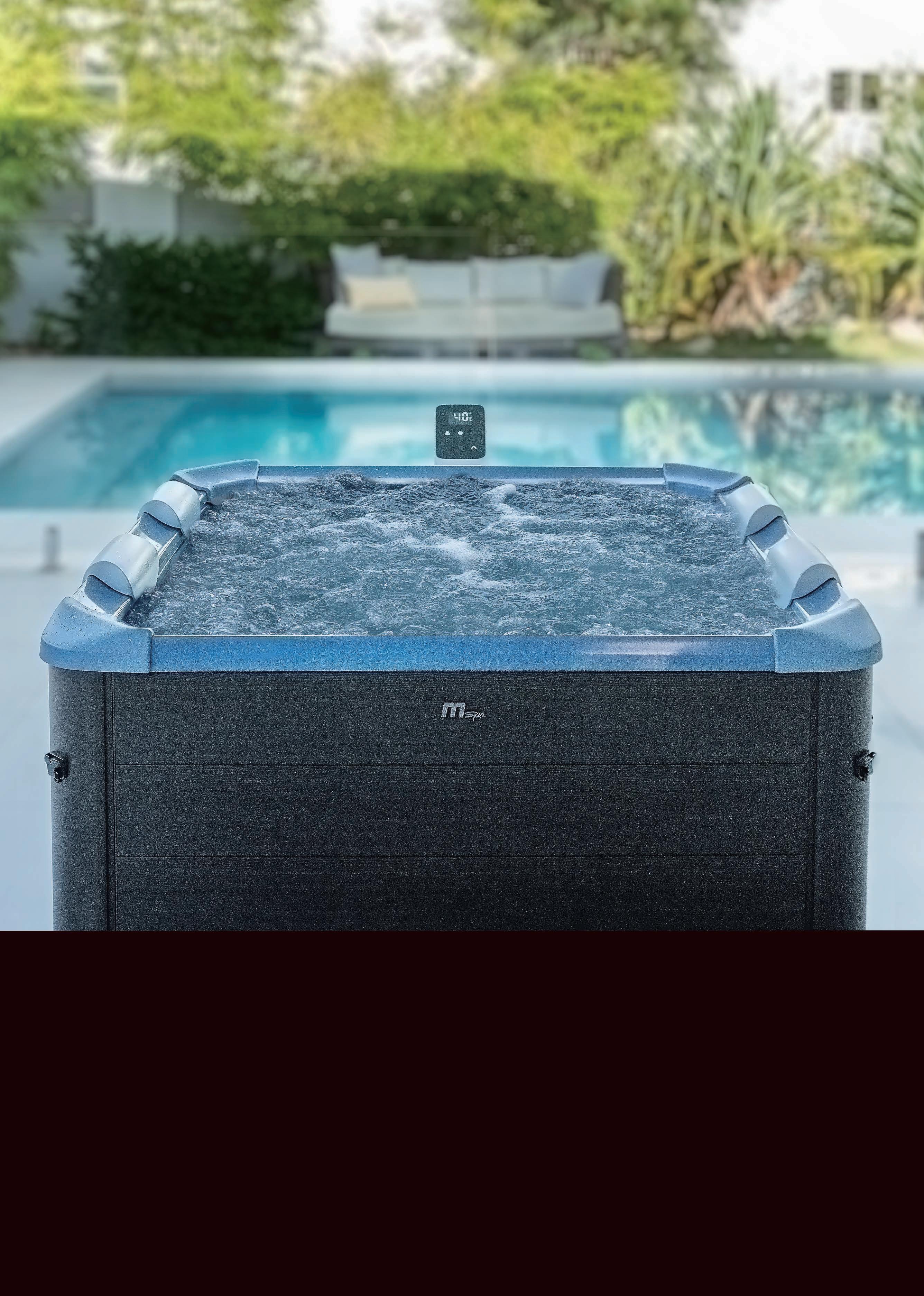
by Helen Andrews, head of news
Hotels homing in on wellness earn twice as much as non-wellness peers, reshaping hospitality investment strategies, according to new data from RLA Global
Hotels with significant wellness components reported more than double the total revenue per available room (TRevPAR) of properties with no wellness income in 2024. That’s according to the new Wellness Real Estate Report by consultancy Resources for Leisure Assets (RLA) Global, developed in partnership with performance benchmarking specialist HotStats. The report shows that major wellness properties – those generating over US$1 million (€932,700, £785,200) or 10 per cent of total revenue from wellness and leisure – outpaced both minor wellness sites and non-wellness hotels across KPIs.
Average TRevPAR at major wellness properties was 56 per cent higher than at minor wellness hotels and exceeded non-wellness hotels by a substantial 108 per cent.
Meanwhile, minor wellness hotels – those generating less than US$1 million (€932,700, £785,200) or 10 per cent of total revenue from wellness and leisure – led the way in year-onyear growth rates in RevPAR and TRevPAR. That’s particularly true in the luxury and upper upscale segments and for minor wellness hotels in Africa and the Middle East, which report double-digit gains, driven by a strong rebound in demand and leaner operating models.
While minor wellness sites posted the strongest percentage growth, the most dramatic uplift in absolute revenue was seen in major wellness hotels – particularly in the upscale segment. These properties achieved revenue KPI gains of up to 160 per cent.
“Major wellness hotels came roaring back in 2024,” says Roger Allen, group CEO of RLA Global, “displaying a standout top-line

There’s a pivot towards experience-led luxury over traditional opulence

Major wellness hotels came roaring back, displaying standout top-line TRevPAR and RevPAR
performance in TRevPAR and RevPAR and impressive year-on-year growth rates in the upscale category.
“The all-important bottom line performance showed major wellness outperforming minor wellness in gross operating profit per available room (GOPPAR) in absolute terms in 2024, but minor wellness had higher year-on-year GOPPAR growth compared to 2023.”
Rachael Rothman, head of hotels research and data analytics at CBRE, says: “Major wellness assets in the upscale segment are now outperforming even luxury properties in total revenue per room – a clear sign that traditional assumptions about service levels and positioning are being challenged. This shift could have significant implications for how capital is allocated and how future developments are designed.”
Occupancy trends remained relatively stable, sitting between 63-66 per cent, across all hotel types in 2024. Major and minor wellness sites posted slight increases, while non-wellness hotels saw a marginal decline. But ancillary revenue – a key component of TRevPAR – dipped slightly versus 2023, representing 56 per cent of TRevPAR at major wellness and 38 per cent at minor wellness properties.
Major wellness hotels led in leisure profitability, with a profit conversion rate of 49 per cent. Payroll

represents a significant 35 per cent of their leisure income, but departmental expenses were at 16 per cent, suggesting efficient operational spending.
Food and beverage (F&B) revenue per occupied room grew by just 1 per cent across the board – and only at major wellness sites –underscoring that room and leisure departments are driving the lion’s share of revenue.
Despite strong top-line figures, researchers noted that monetisation opportunities in wellness remain under-leveraged.
The report also identified several emerging trends shaping development in 2025. A heightened demand for core health – lower stress levels and mental clarity – for example, is driving wellness design. There’s a pivot toward experience-led luxury over traditional opulence and a rising emphasis on sleep optimisation as a tool to increase repeat business.
For investors and operators, the message is clear: wellness is no longer a niche amenity but a key revenue and profit driver – and it’s redefining hospitality asset performance in both established and emerging markets.
For more information, read the Wellness Real Estate Report at www.spabusiness.com/RLAreport. l
by Helen Andrews, head of news



Our location, nature and culinary expertise are what sets us apart [from other lagoon destinations]
Contrast bathing and fine-dining are two standout features of an upcoming geothermal wellness destination that’s strategically positioned on Iceland’s Golden Circle – a popular tourist route close to the capital of Reykjavik.
Due to open in Q3 this year, Laugarás Lagoon is a two-storey geothermal lagoon on the banks of the Hvitá River, which is designed to allow visitors to descend from an upper pool to a lower pool through a passage under the water’s surface, emerging through a waterfall.
The 1,000sq m bathing area will include a cold pool for contrast bathing, using glacial water from the nearby river, as well as two saunas, relaxation spaces, two swim-up bars, a 6.6-metre waterfall and a secluded grotto with seating.
Ylja, its 280sq m restaurant, is headed up by well-known Icelandic chef Gísli Matt. The seasonal menu will offer ingredients from nearby farms, fisheries and greenhouses.
“Our location, architecture, nature and culinary expertise are what sets us apart,” managing director, Bryndís Björnsdóttir, tells Spa Business. “The area is attractive to both locals and tourists and we believe it truly deserves a wider range of activities.”

Visiting the lagoon will be an ideal add on for Golden Circle tourist packages

Real estate company Norverk bought the plot in 2015 and appointed development firm Mannverk.
Architects T.ARK, engineering firm Efla and lighting design studio Hildiberg are also working on the project.
The modern architecture incorporates glass panels that offer sweeping views of the Hvitá River, mountains and woodland. Locally sourced materials have been combined with Iceland’s abundant geothermal energy to create the lagoon.
Hjalti Gylfason, one of the partners at Mannverk, told local media last year that the construction cost was estimated to be around ISK2 billion (US$15.6 million, €13.7 million, £11.6 million).
Laugarás Lagoon, which has the capacity for around 200 bathers, is looking to attract up to 180,000 visitors a year and will offer three packages starting at ISK 6,900 (US$54, €47, £40).
Björnsdóttir says local residents, summerhouse owners and those living in Reykjavik will be offered membership cards for frequent visits. It will also be partnering with many tour operators to offer packages which combine a Golden Circle trip and a visit to Laugarás Lagoon.
She adds: “Our proximity to the Golden Circle is significant as guests can include a visit to Laugarás before or after marvelling at Gullfoss waterfall, Þingvellir National Park and the Geysir [geothermal area].”
Iceland is becoming known for its geothermal bathing destinations, which include the original Blue Lagoon and the more recent Sky Lagoon and Forest Lagoon. ●
The lagoon will take pre-bookings from 15 August
■ To read our mystery shop, which compares the Blue Lagoon and Sky Lagoon, visit www. spabusiness.com/blueskylagoons. For our report on the Forest Lagoon, go to www.spabusiness.com/forestlagoon.

The two tier pool includes a cooler area for contrast bathing
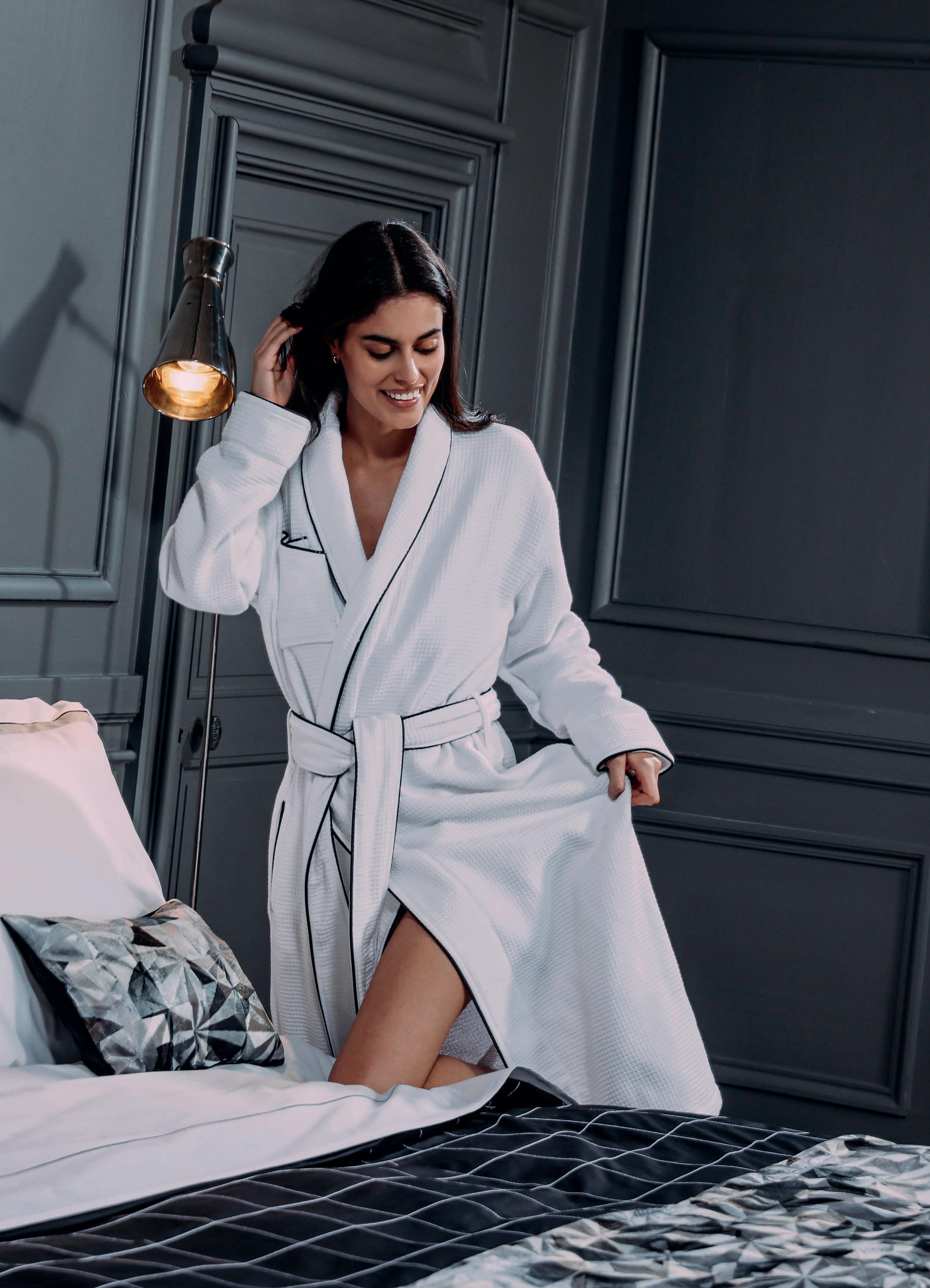

by Helen Andrews, head of
A4,300sq m medi-spa offering a doctor-backed longevity programme has made its debut at Royal Mansour Tamuda Bay in Morocco.
The property is the third site in the Royal Mansour Collection, a hotel company owned by the country’s royal family, led by King Mohammed VI.
Set on the shores of the Alboran Sea, the hotel is a complex of 55 sea-view suites and villas and marks the first beachside location for the brand.
The other two properties are the flagship Royal Mansour Marrakech, known for its city retreat spa and the Royal Mansour Casablanca, which has a two-floor spa – again in an urban location.
Tamuda Bay is an emerging destination in Morocco, which is traditionally a preferred summer retreat for domestic tourists. To address the seasonality, the team knew it needed something different and set about launching one of the country’s first medi-spas.
“Our location is the perfect spot for a rejuvenation destination,” Kenza Zizi, director of marketing and communications for Royal Mansour, tells Spa Business. “The benefits of the [Mediterranean]
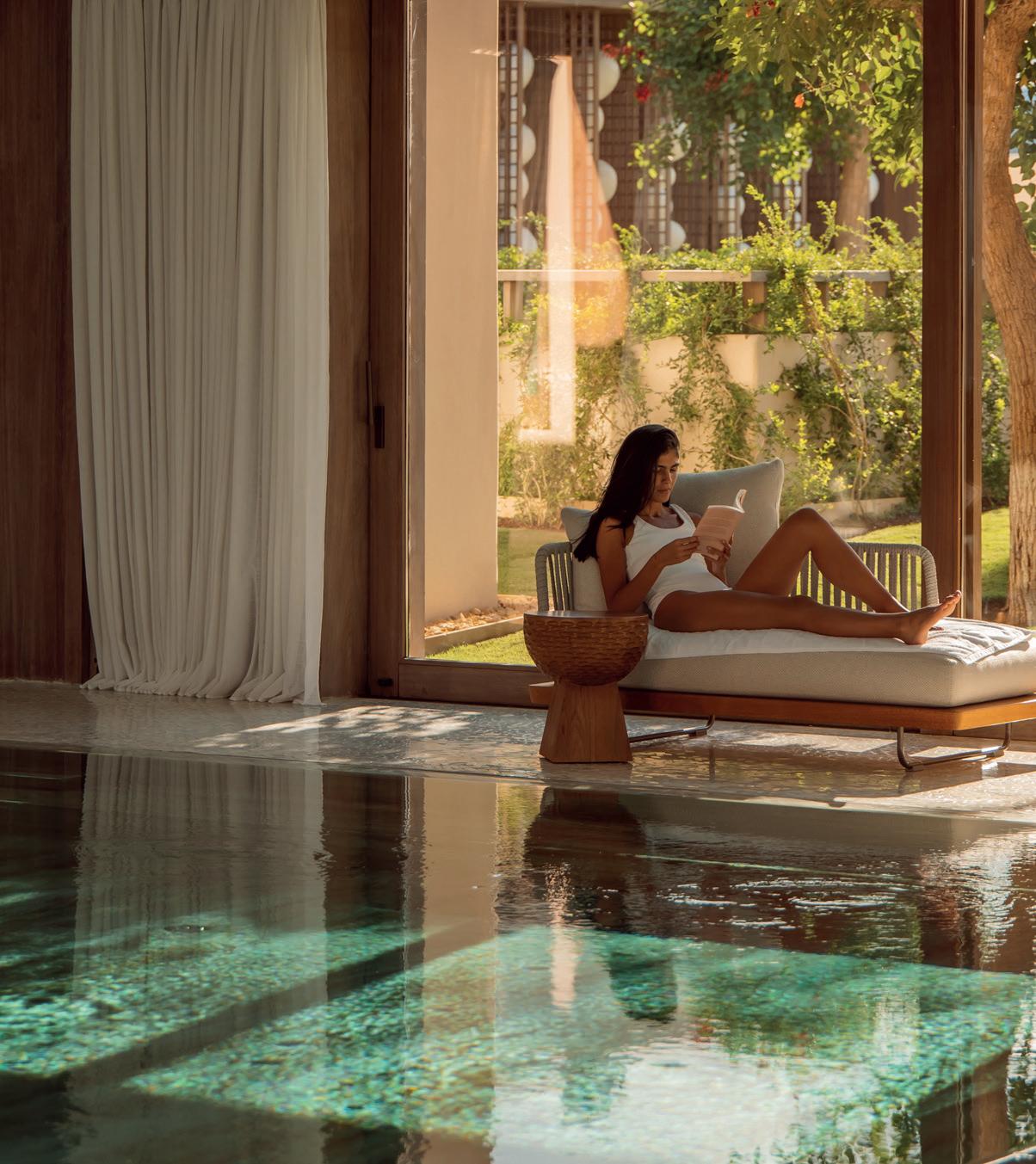
sea, the surrounding nature [and mountains] and the authentic lifestyle of the local Berber community closely resemble the characteristics of the world’s renowned Blue Zones. Moreover, the global rise of wellness tourism has reinforced our decision.
Zizi adds: “Our objective is to transform it into a year-round destination and to attract new markets.” It’s expected that 30-50 per cent of the medi-spa’s business will come from locals in the summer and a membership is in the planning. It’s anticipated that international guests from Spain, France and the UK will make up the majority of customers the rest of the year.
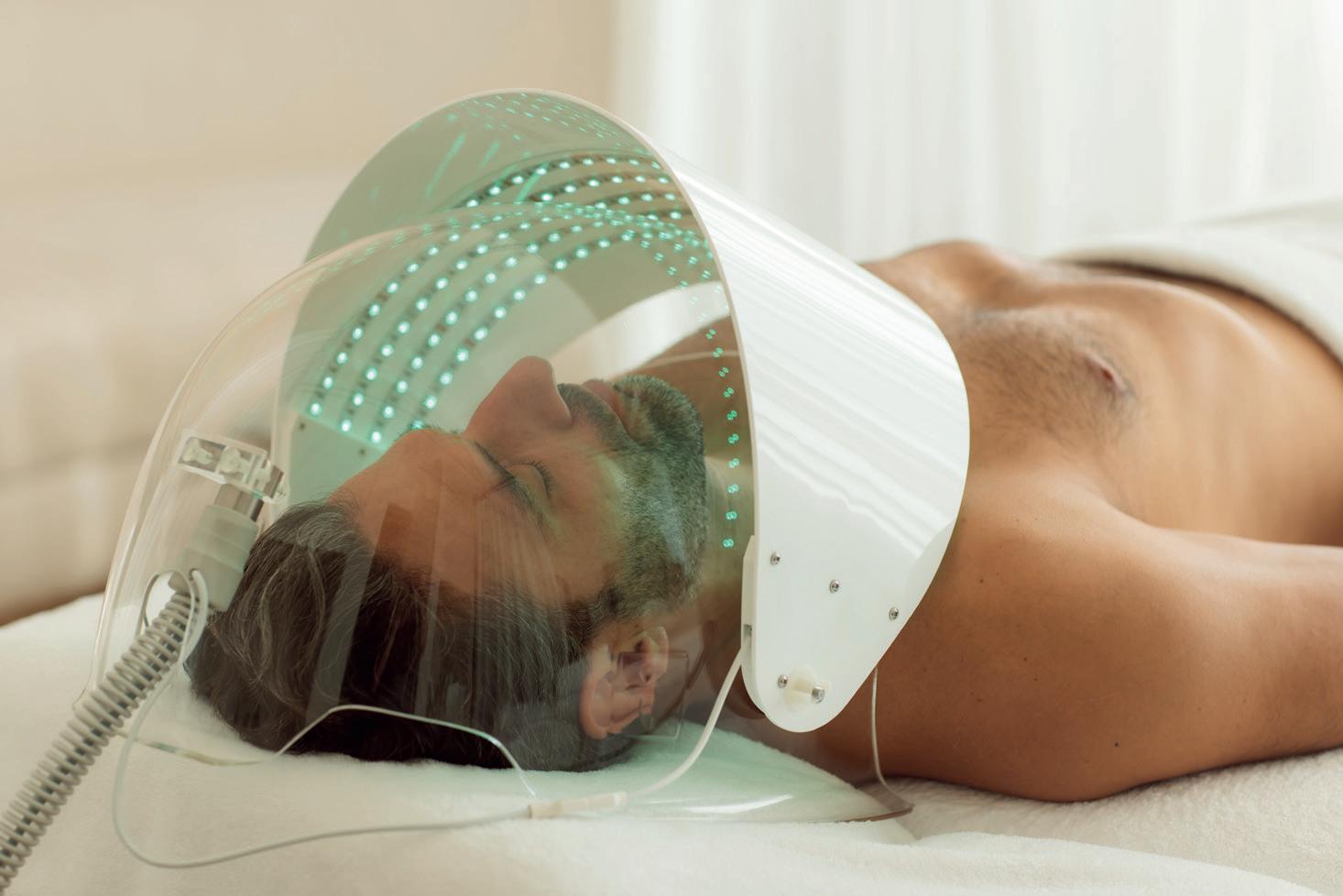
Treatments will be overseen by medical and spa specialists
With interior design by Muza Lab, the spa features five medical treatment rooms, nine wellness therapy rooms and six hammam suites. There’s also a marine pool, hydrotherapy suites, a traditional hammam, meditation spaces, yoga and pilates studios, plus private relaxation areas.
The menu has been designed to support wellbeing and is backed by professionals –medical staff include an in-house doctor, a dermatologist, a dietitian, a physiotherapist and three nurses. There are also two holistic medicine practitioners and 12 spa therapists. Prices for the signature seven-day longevity programme start at MAD55,000 (US$5,933, €5,220, £4,472), excluding accommodation, and the offering is centred around five pillars: nutrition; physical activity;
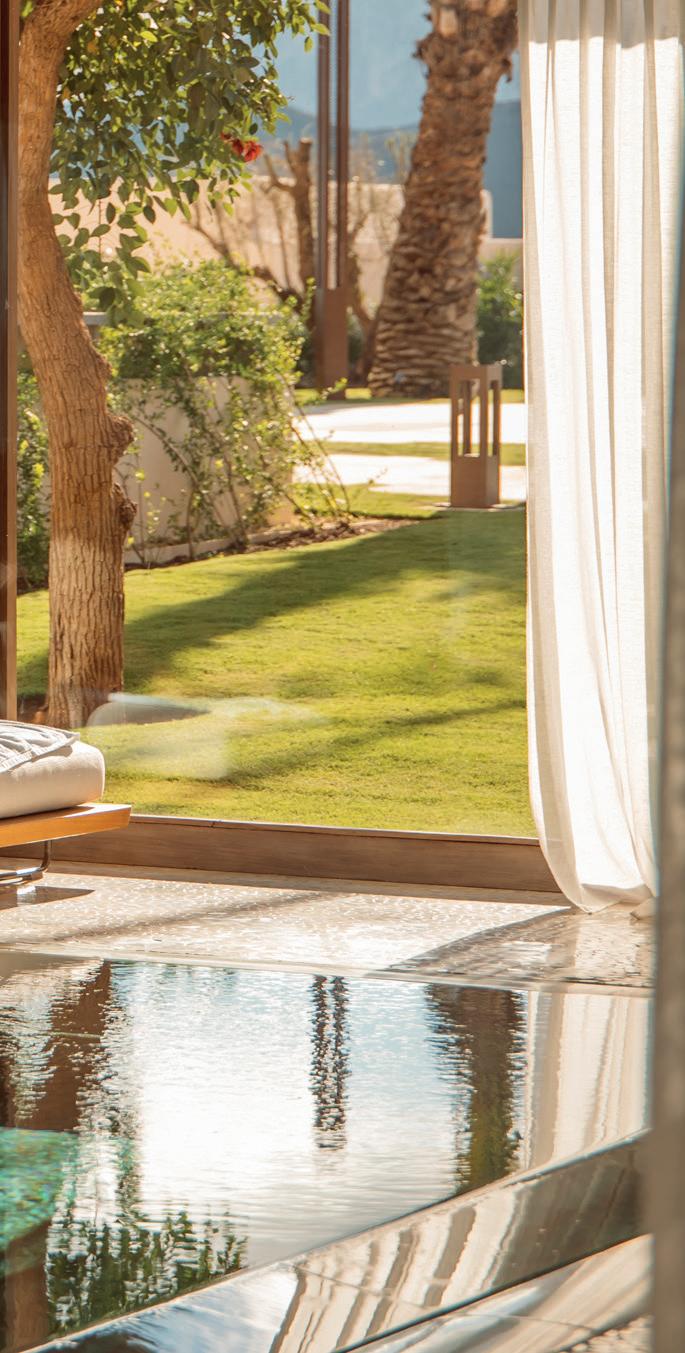

Holistic practices and therapies are also available
Consultancy: Arch Amenities Group
Skincare: Dr Burgener, marocMaroc and Leonor Greyl
Non-invasive medical technology: Leo Hyper
Pulse (for hair removal and various aesthetic treatments), CryoGenesys (for fat reduction), Icoone Laser (for skin improvements) and Dermio Care (for skin rejuvenation)
Treatment beds: Gharieni
Hydrothermal experiences: Massor
Linen: Garnier Thiebaut
Fitness equipment: Matrix
Software: Booker (by Mindbody)
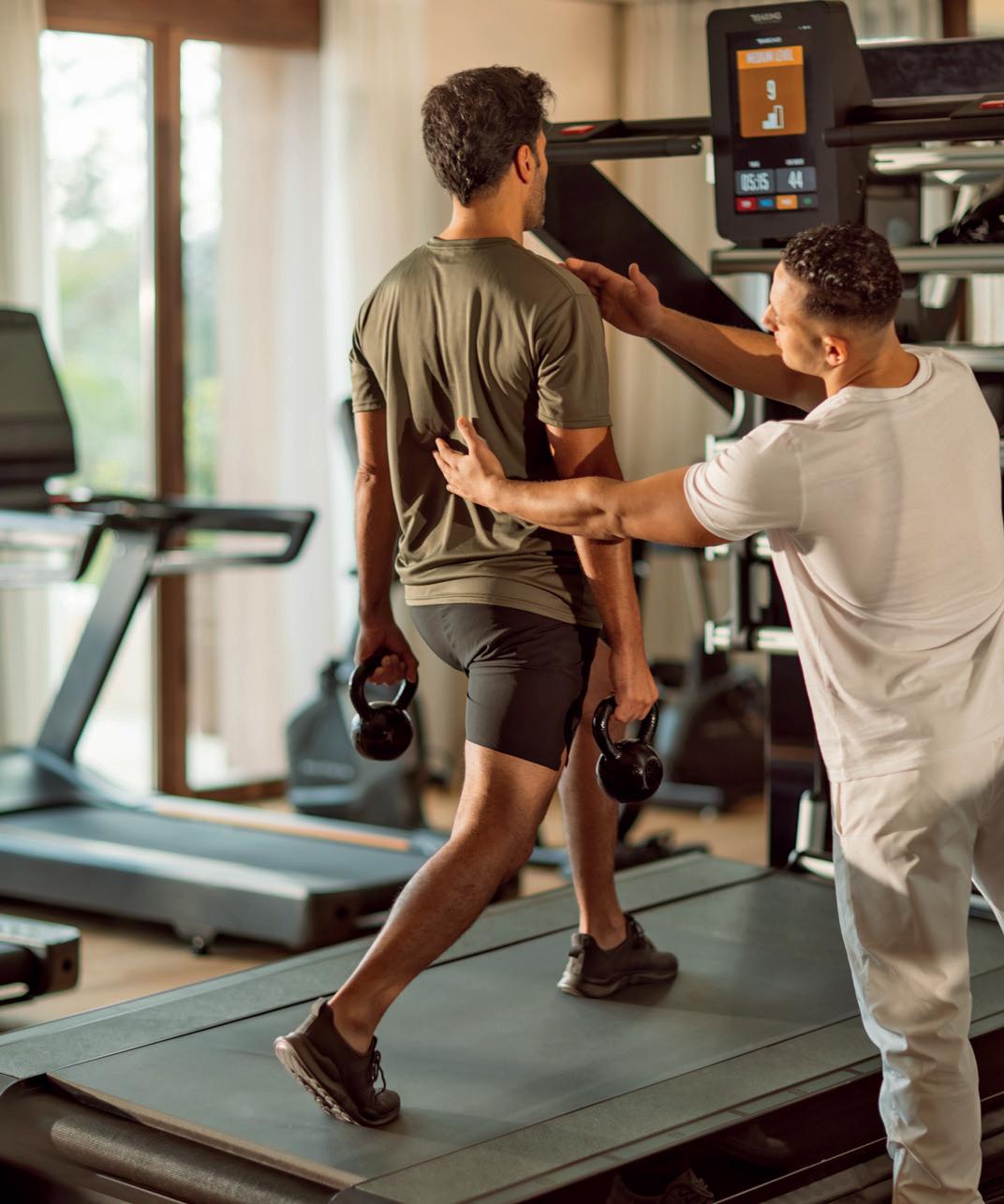

sleep and recovery; stress and emotional wellbeing; and metabolic analysis.
Guests receive a metabolic blood test as part of the programme, on top of Mediterranean-style meals based on seasonal fruit and vegetables, plus fresh fish as the main protein source.
The longevity experience also includes CV, postural and mobility testing, combined with fitness advice to improve performance. Their lifestyle and sleep habits are also assessed, in addition to heart rate variability and cortisol levels, to determine the prescription of personalised protocols, such as yoga, mindfulness and energy treatments.
Extra modalities include acupuncture, sound healing, lymphatic drainage, watsu, osteopathy and holistic therapies.
“Tamuda Bay will appeal to a wide spectrum of travellers, from wellness enthusiasts to families seeking a luxurious holiday,” concludes Zizi. We’re confident it will become the new must-visit destination.” ●


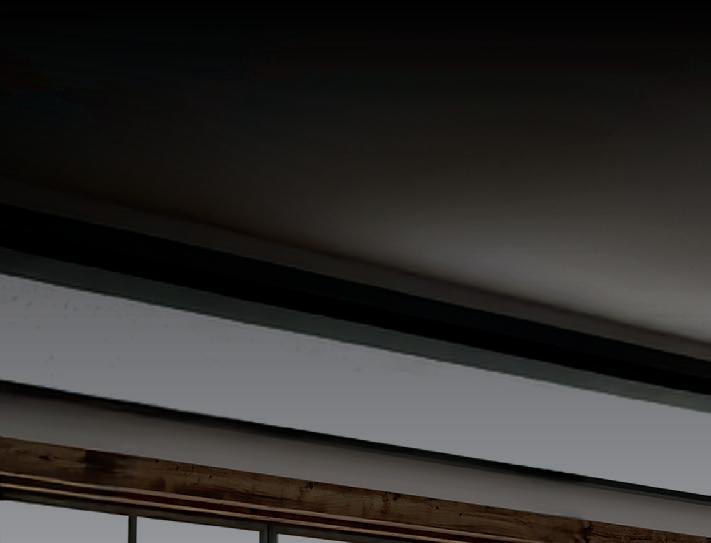

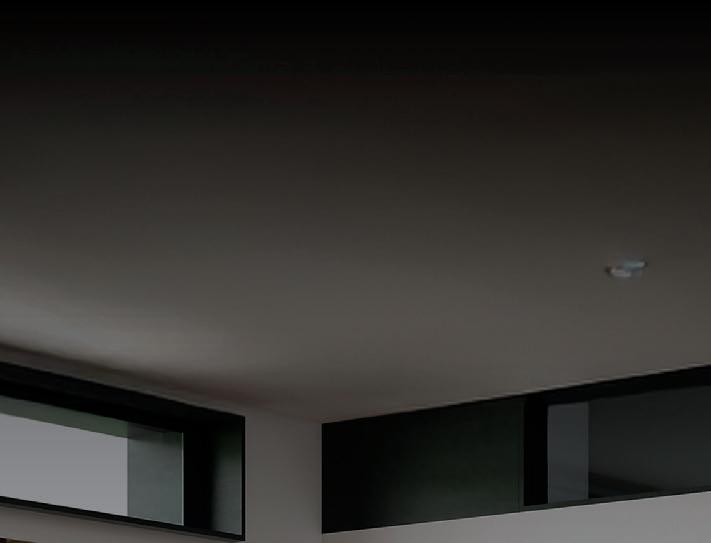
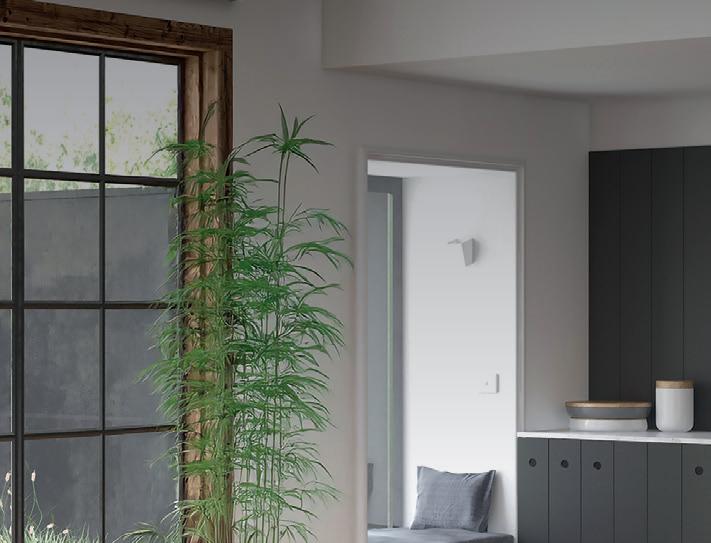
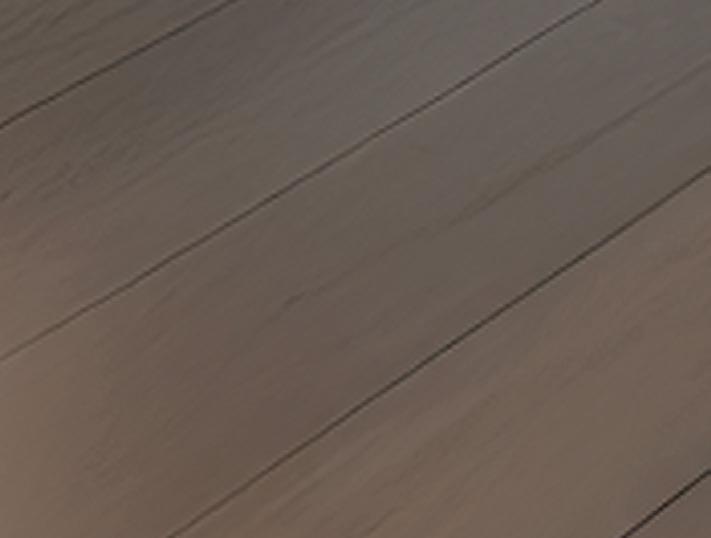



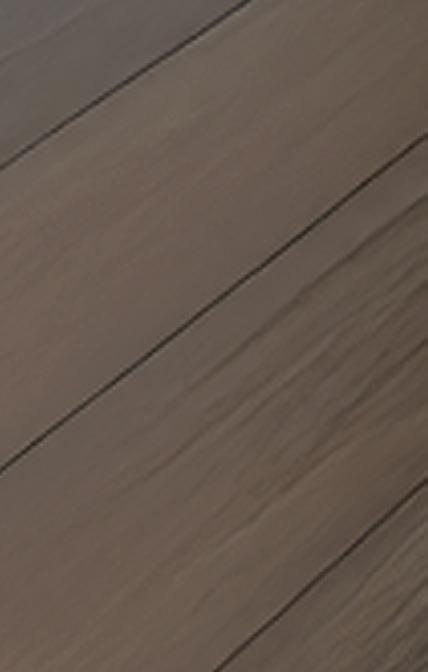





DESIGNED FOR EVERY BODY EVERY EXPERIENCE
Multi-functional for manicures, pedicures, massages and facials
Premium Comfort & Ergonomic Design
Heated foot-rest
Ultra-low access & ADA compliant


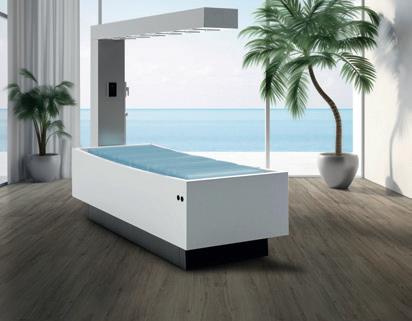



Despite boasting the world’s biggest hotel spa portfolio, Marriott has been relatively quiet on the ‘wellness’ front… but that’s about to change. The group’s new global leader of spa, fitness and wellness talks candidly to Katie Barnes
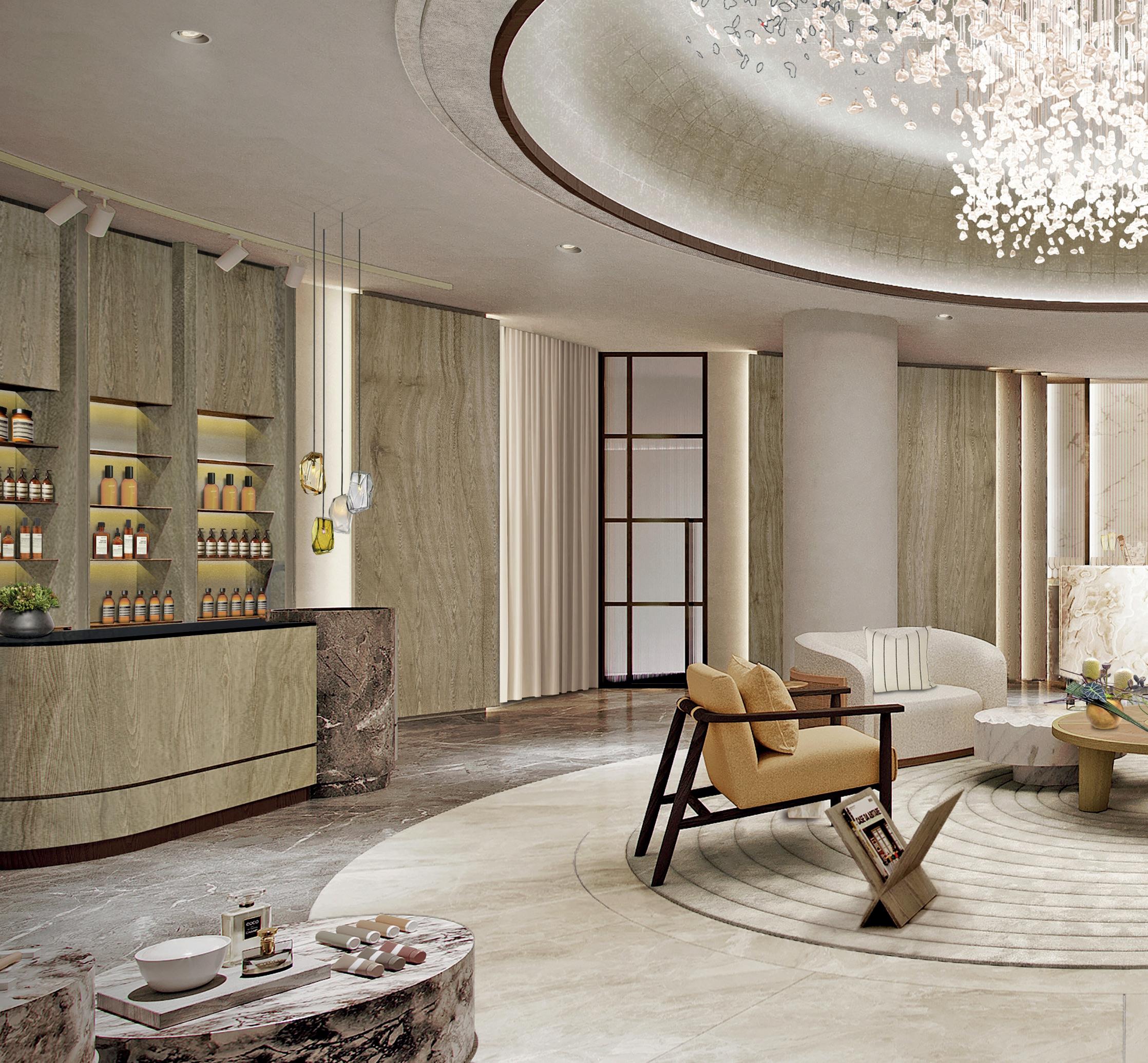
Marriott has 667 spas, with 75-plus in the pipeline
To be competitive and drive volume, we need to rethink our approach
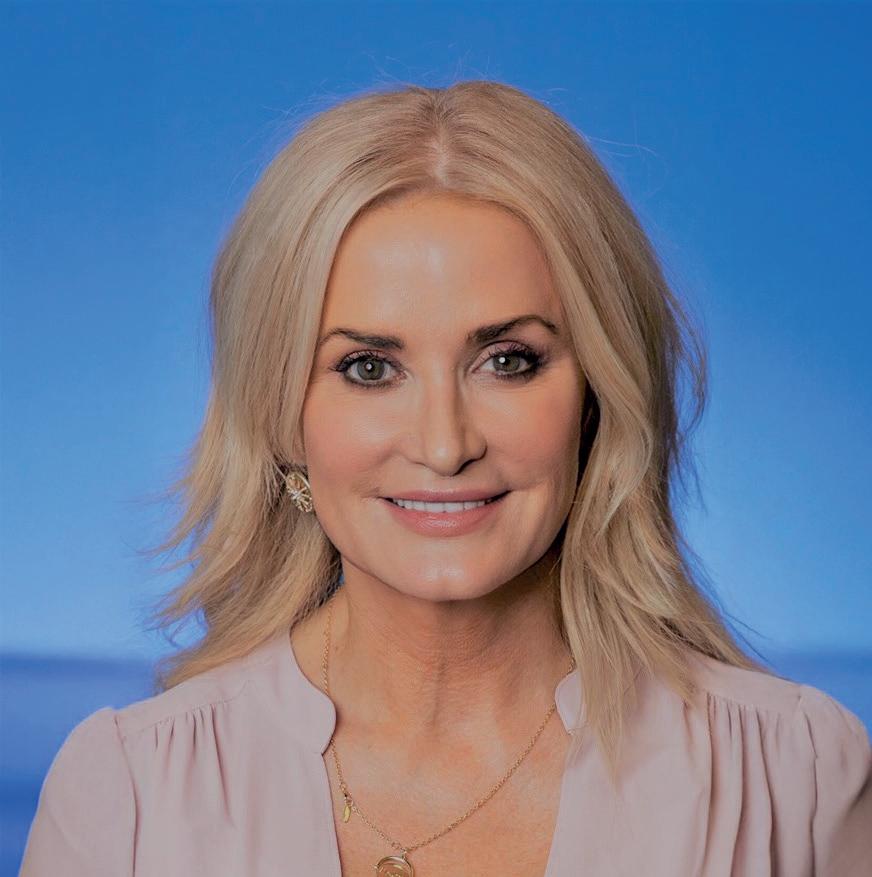

It wasn’t a calling. Sometimes things are just put in front of you at the right time
How did it all start for you?
It’s actually quite boring! I come from London but moved to the countryside in Suffolk, where I went to school. Like most teenagers, I didn’t know what I wanted to do. Sat in the career’s office, I noticed a poster with a pair of scissors and a comb and thought ‘that seems interesting, I think I’d like that’. So it wasn’t a calling. But I think sometimes things are put in front of you at the right time. I started as a hairdresser and went on to run my own business. My love of travel led me on board Steiner as a hair stylist for six months. I learned about aesthetics and just wanted to have some fun, but within a few months, I was drawn back into leadership again and managed Steiner spas for five wonderful years.
Where are you based?
I call Orlando, Florida, my home. I joined Ritz-Carlton [a Marriott brand] in 2,000 and oversaw spas in a bunch of different places for them – Puerto Rico, Atlanta and Miami.
What does wellness mean to you?
I’ve always enjoyed working out and have a huge passion for the beauty and wellness industry. But over the past few years, mental wellbeing has become most important for me. I lost my husband four years ago when he was just 51. Living in a country I didn’t grow up in, with no nearby family and a young daughter to raise, brought its share of challenges –especially with a career that involves frequent

travel. But today, I’m proud of my amazing daughter and all that I’ve accomplished with the support of kind, loving friends and family. Working out most days has been a lifeline. I’m competitive, so I’m drawn to group classes and I’m also learning pickleball along with the rest of the world. I enjoy contrast bathing, even with my strong dislike for cold water! Despite being sceptical at first, I began practising daily affirmations and meditation a year ago and they’ve been lifechanging. My emotional mindset is more positive and I’m genuinely happier and more at peace.
What does getting the lead spa role at Marriott mean to you?
Like a dream come true! I sometimes find myself wondering how I got here, a hairdresser from a small town in England. But it’s been a path paved with hard work, growth and resilience. I have ADHD, which brings its own challenges, but it also means I have a flair for innovation and embrace different ways of thinking.
Steiner was a highly results-focused environment and learning how to drive performance metrics has been key in my development. In my most recent position, overseeing spa operations in North and South America for Marriott, we developed a comprehensive education platform covering the A-Z of spa leadership. This included virtual training, podcasts, bi-monthly coaching sessions, as well as an annual in-person gathering. Education is a true passion of mine and developing these amazing spa leaders also got me noticed, I think.
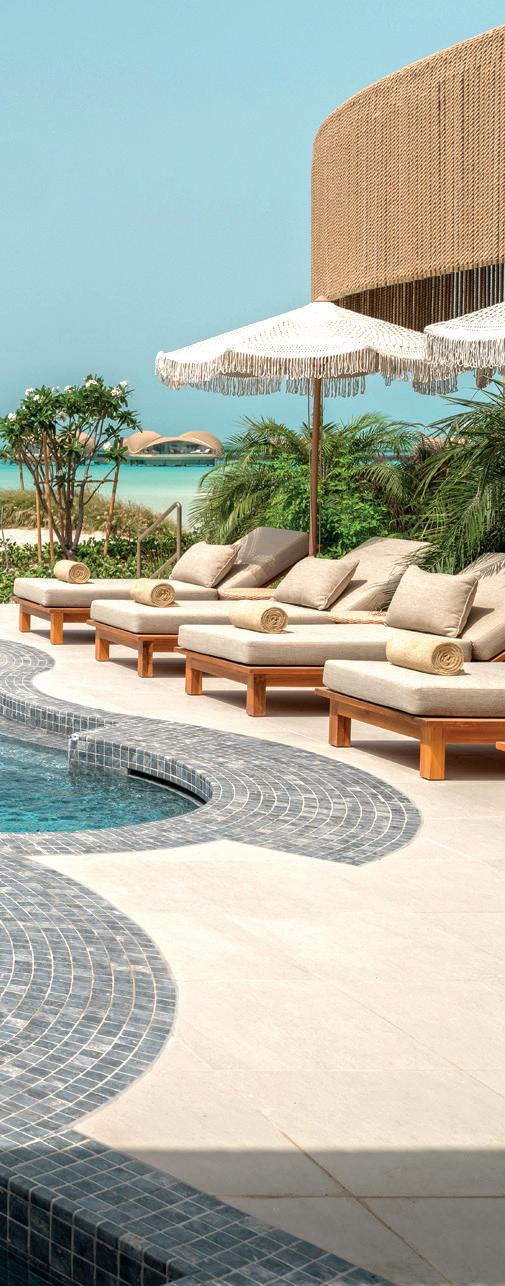

Holbrook wants to bring in dynamic pricing and memberships to grow spa occupancy
The group has worldclass spas, but doesn’t talk about them enough
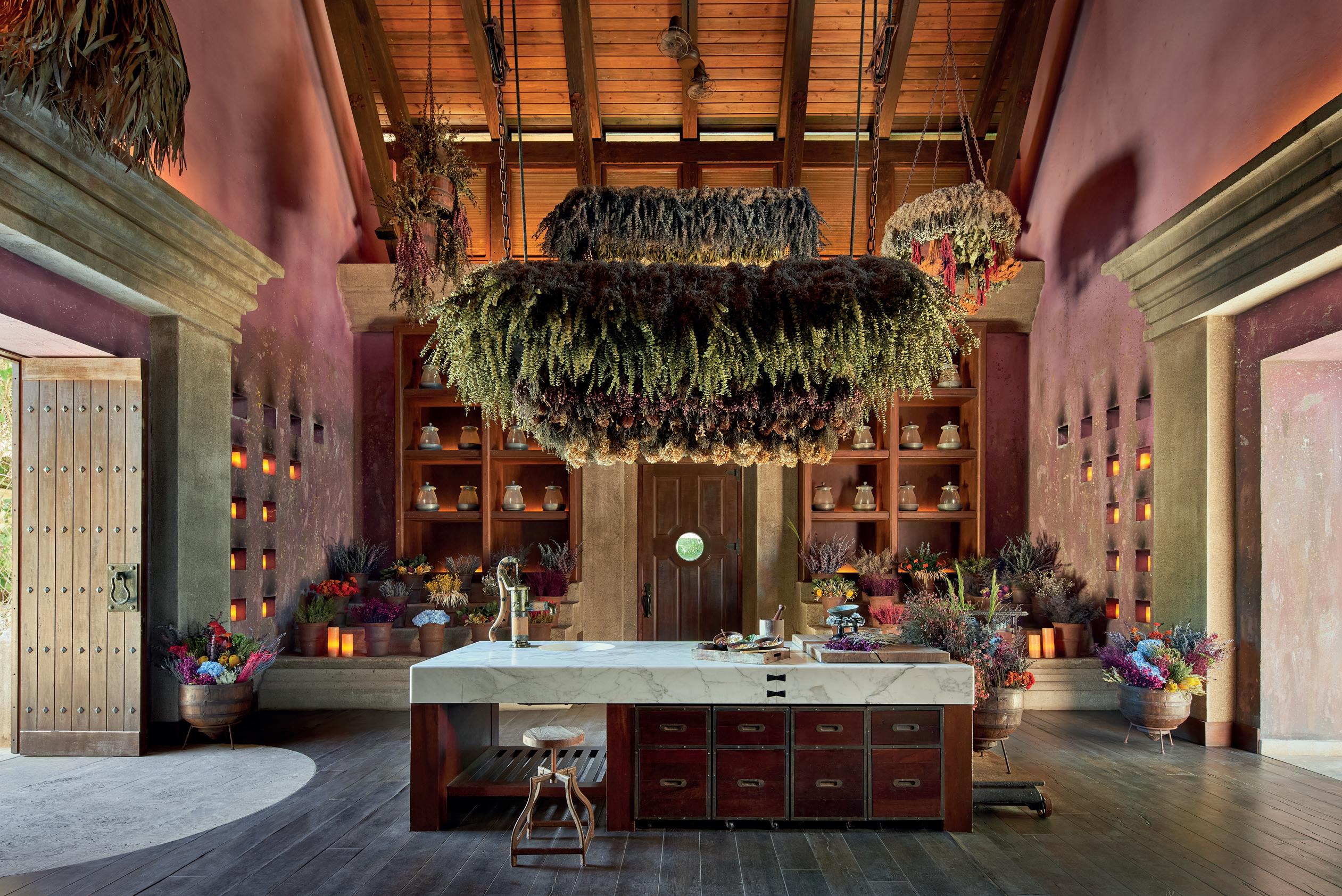
How is this job different from your last?
It’s far more strategic, with a goal of shaping our long-term visions for wellness, spa and fitness. I’m no longer involved in day-to-day operations – that’s led by spa continent leaders. I report into the global headquarters in Maryland and focus on design, development and innovation across our execution pillars – guest service, loyalty (the Marriott Bonvoy programme is very important), educating and growing people, sustainability and financials.
Kenneth Ryan’s title was VP of global operations of spa, fitness and retail… yours includes wellness but doesn’t mention retail. Is that strategic?
Marriott had a big reorg in late 2024 [an overhaul to save US$80 million (€70 million, £60 million) in annual costs]. That changed a few areas, but I still have spa retail and now wellness – which is very significant.
So, is Marriott going to be staking its claim in the wellness hotel arena?
Yes! We currently have 667 spas and 75-plus in the pipeline across iconic brands such as Ritz-Carlton, Edition, St Regis and JW Marriott. While we’re widely recognised for delivering exceptional service, we plan to establish a strong voice in the wellness market.
Spa revenues grew by 8 per cent and generated close to half a billion dollars
Spa and fitness will be the linchpin to bringing this vision to life. I also work closely with Sarah Rayner, VP of global luxury operations, to seamlessly integrate spa and wellness into the overall hotel experience. While spa is the cornerstone of wellness, our ambition is to deliver a more comprehensive, property-wide approach.
Marriott’s net revenues grew by 7 per cent last year. How do spa revenues compare?
Results are very encouraging. Last year, spa revenues grew by 8 per cent globally, generating close to half a billion dollars. That’s a lot of massages and treatments and 2025 is already shaping up to be another strong year.





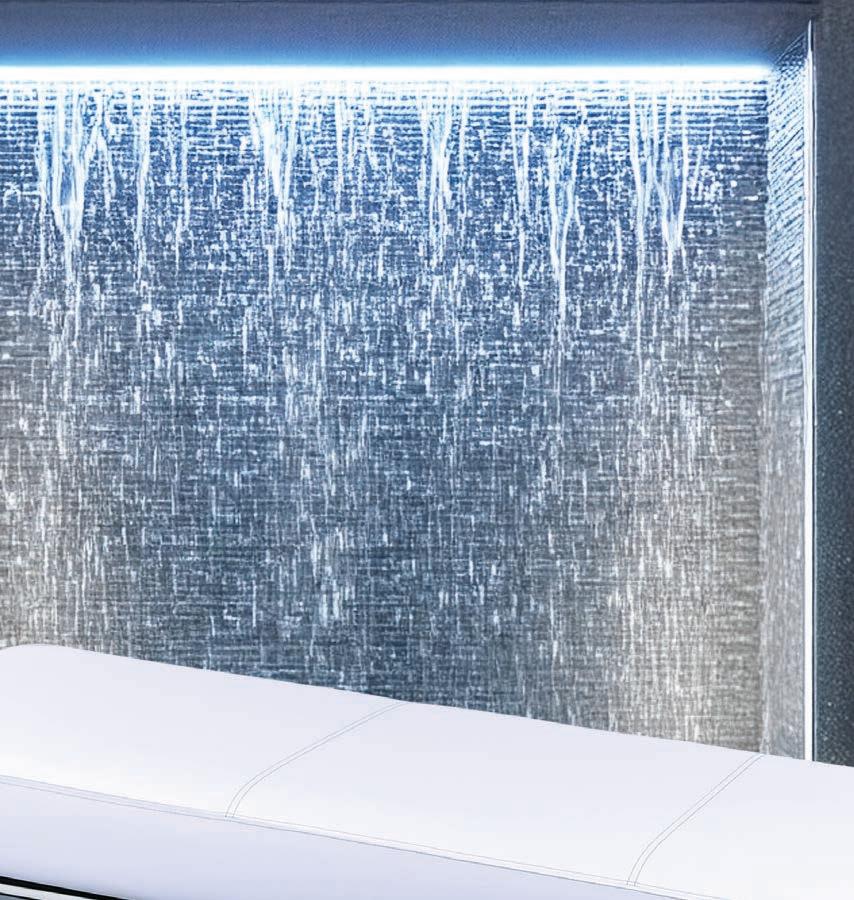
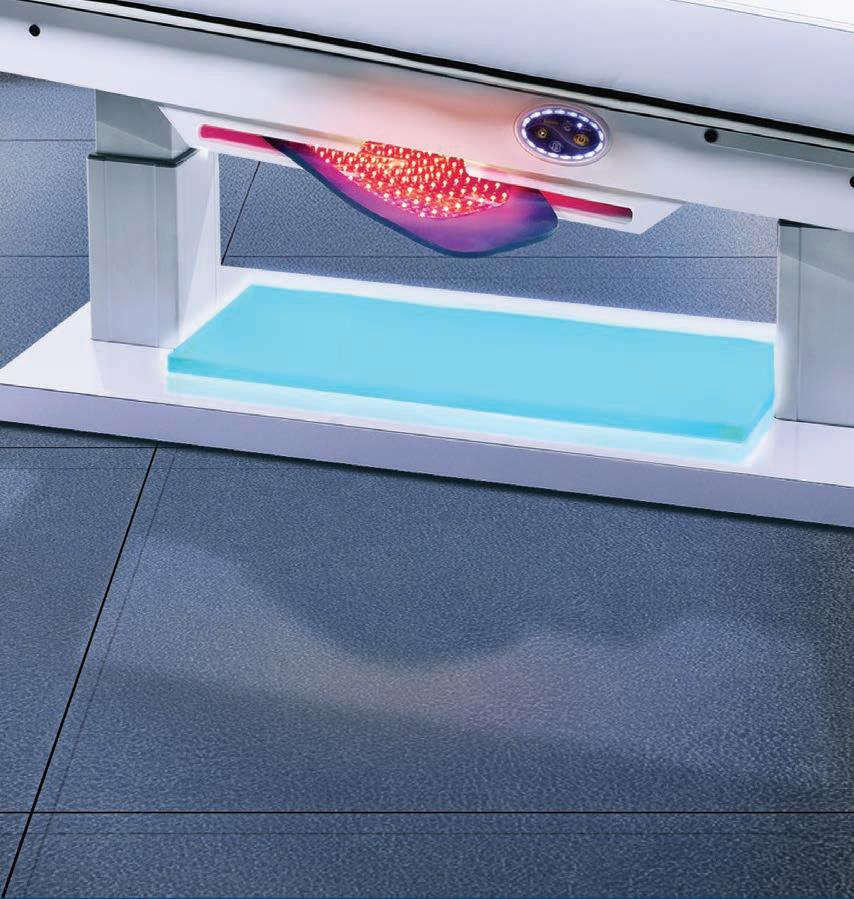
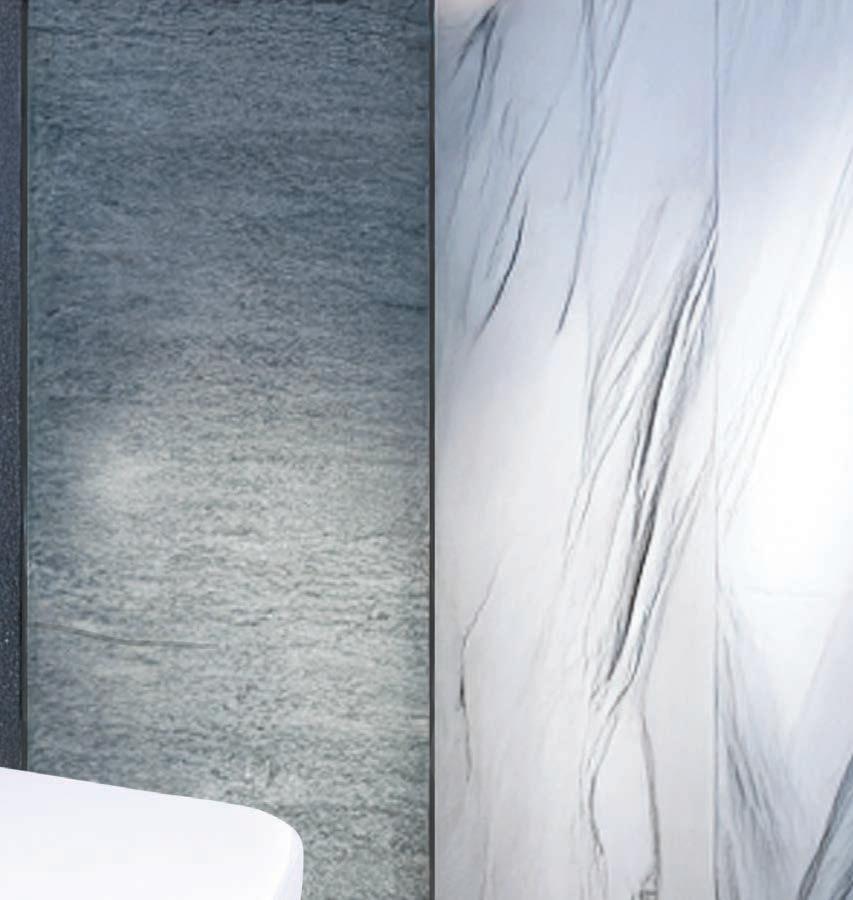











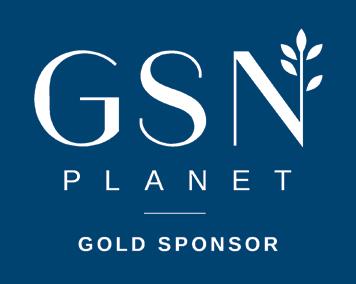
TREATMENT: Massage, preferably deeptissue. Even better, a massage and facial by the same therapist in the same sitting
SPA: Ritz-Carlton Reserves are hard to beat. But outside of Marriott, I love the spa at Corinthia London
FILM: The Sixth Sense
BOOK: I’ve just finished Unreasonable Hospitality by Will Guidara. It gives such powerful insights into crafting truly memorable customer experiences
SEASON: Late autumn in Florida. However, there’s nowhere more beautiful than the UK in summer (on a warm day!)
PLACE: Anywhere where the ocean is
ADVICE: My first leader in my corporate role 13 years ago, Jeff Wolff, taught me not to see ADHD as a limitation
WHO DO YOU ADMIRE? My mother. I watched her manage a family and a successful business in the male-dominated farming/ hauling and construction industry long before the days of female empowerment
Marriott has always had a strong foundation in rooms and food & beverage. But the days of viewing spas as mere amenities or outlets are behind us. Today, 75 per cent of travellers consider wellness offerings when choosing a property and 43 per cent specifically look for a quality spa or wellness facility. Spas are no longer just a service – they’re a strategic business driver that elevate ADR and occupancy.
What are your most important spa KPIs?
I focus on guest engagement, associate satisfaction and strong financial performance. I also closely monitor spa occupancy and market share. I’m constantly asking, ‘how do we drive more guests to our spas?’
I believe the luxury spa industry, particularly in the US, has priced itself out of reach for many in recent years. One of the challenges and opportunities we face is rethinking our pricing models to make luxury spa experiences more inclusive and accessible, without compromising on quality or brand integrity.
So you’ll create a spa membership?
In the US, it’s nearly impossible to get a massage in a hotel for under US$250 (€218, £185), which
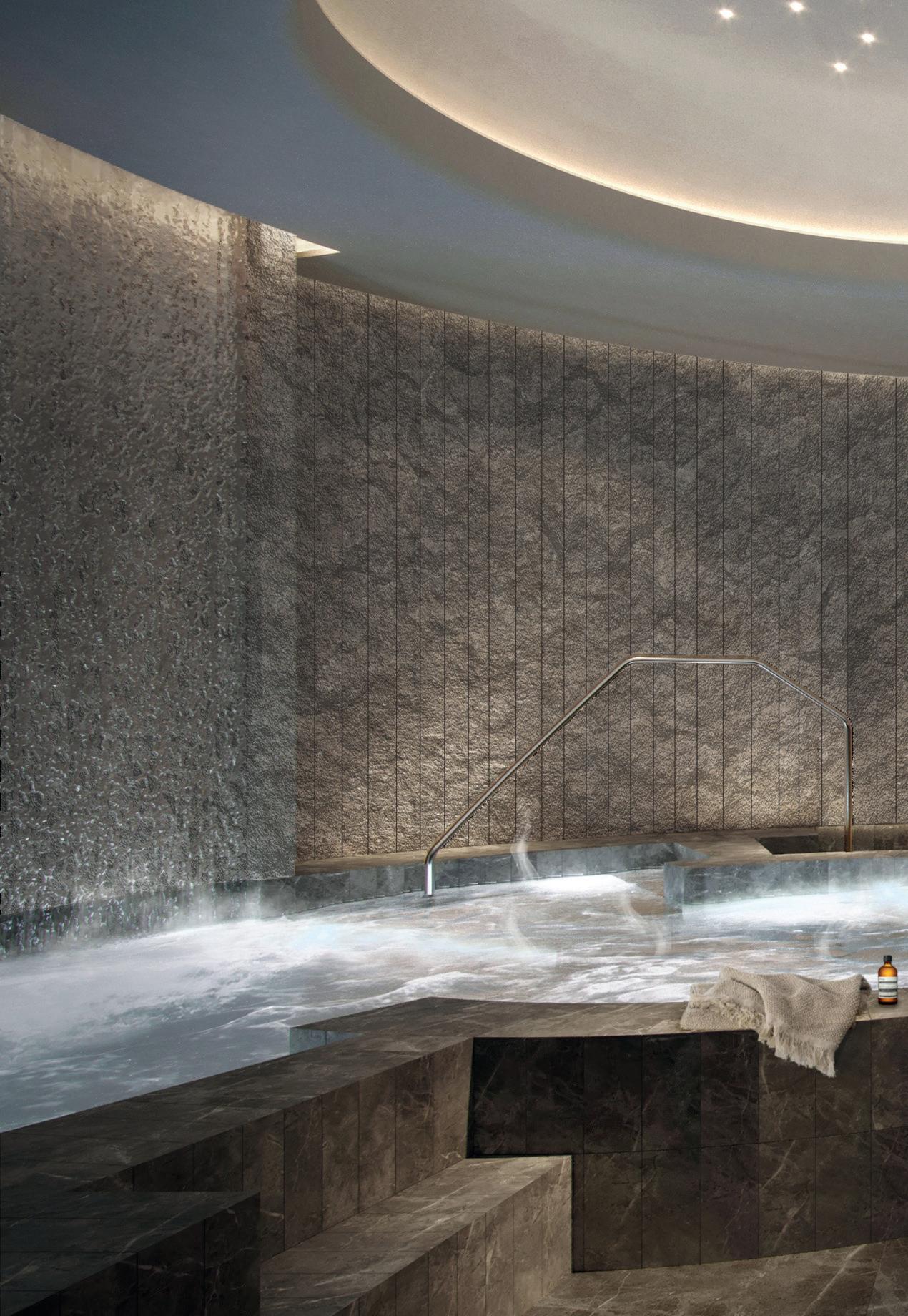
The
spa industry has priced itself out of reach for many
is, frankly, unsustainable. To be competitive and drive volume, we need to rethink our approach. Luxury must remain at the core, but that doesn’t mean we can’t be innovative. We should be looking to introduce dynamic pricing models, tiered offerings and membership programmes that can help us increase spa occupancy to between 70-80 per cent because that’s where it should be. It’s about making luxury wellness more accessible, while still delivering exceptional value and experience.”

Nearly 50 per cent of travellers look for quality spas when choosing locations, says Holbrook
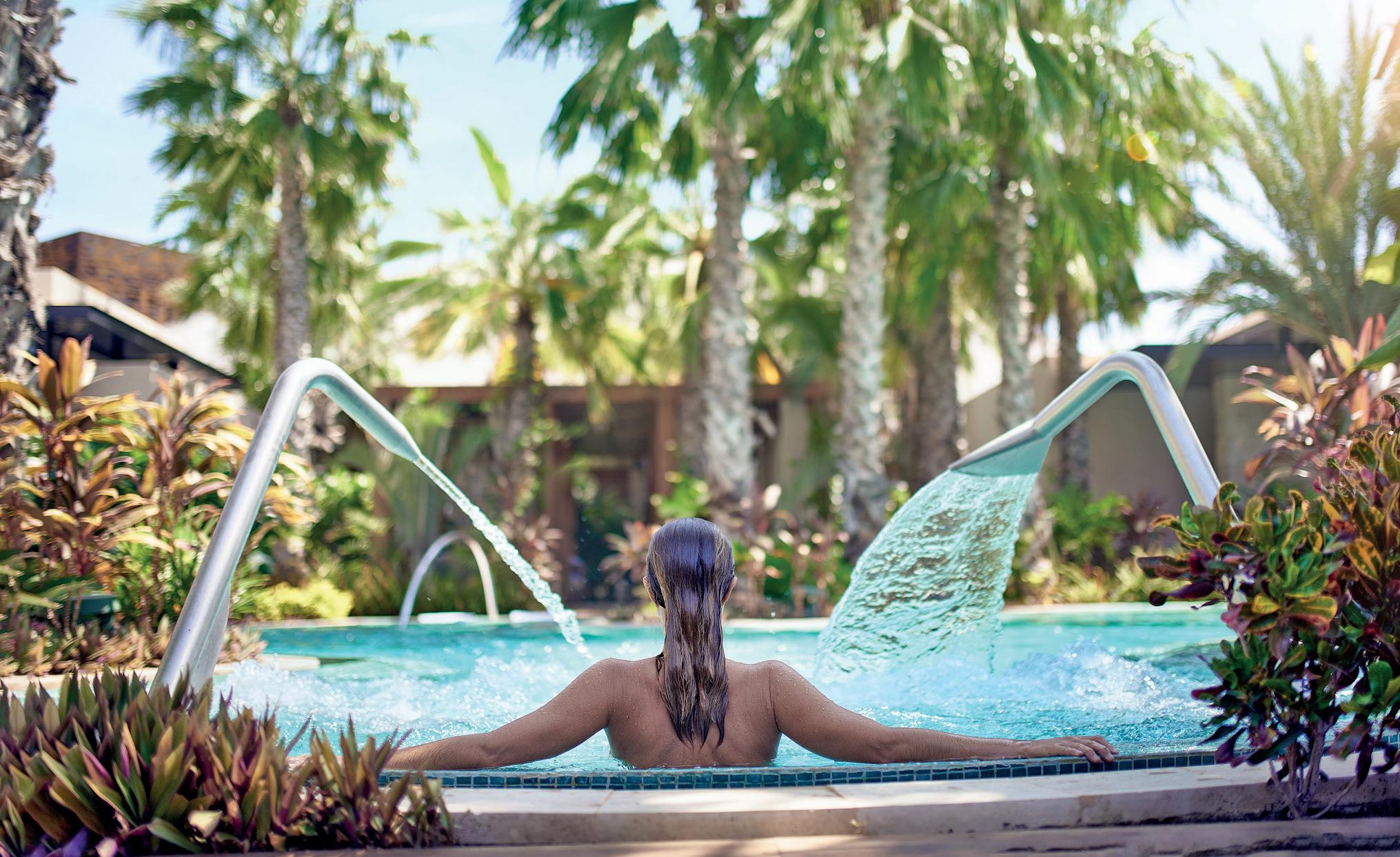
Spas are seen as a strategic business driver that elevate ADR
Repurposing underutilised areas is one initiative
Holbrook is working on

We plan to establish a strong voice in the wellness market
What other core strategies will you bring in?
We’re working on a few, including associate wellness. When employees well and truly understand wellness, it not only enhances their quality of life but also drives productivity and positively impacts financial performance.
This September, we’re planning a Wellness Week at headquarters, where all associates will be invited to experience wellness firsthand and engage with the strategic direction of the Marriott Spa Division.
What else are you working on?
Another initiative is to reimagine underutilised spaces. Many of our hotels have large hair and nail salons, but with increasing competition from high street providers, that business is in decline. We’re now working with owners to repurpose these areas in more innovative and profitable ways.
One concept we’re exploring is wellness recovery rooms – dedicated spaces offering touchless therapies that require minimal staffing. These offerings are not intended to replace the power of human touch, but rather to complement it. They align with evolving guest expectations and allow us to deliver a new and differentiated wellness experience.
We’re already piloting AI automated massage in three properties (see p98), as well as water massage and LED beds and cold plunge dry floats. Having the opportunity to shape big-picture vision and strategy is the pinnacle of my career and I’m incredibly grateful for it. l


Methods to improve vagal tone are mostly simple but have profound benefi ts
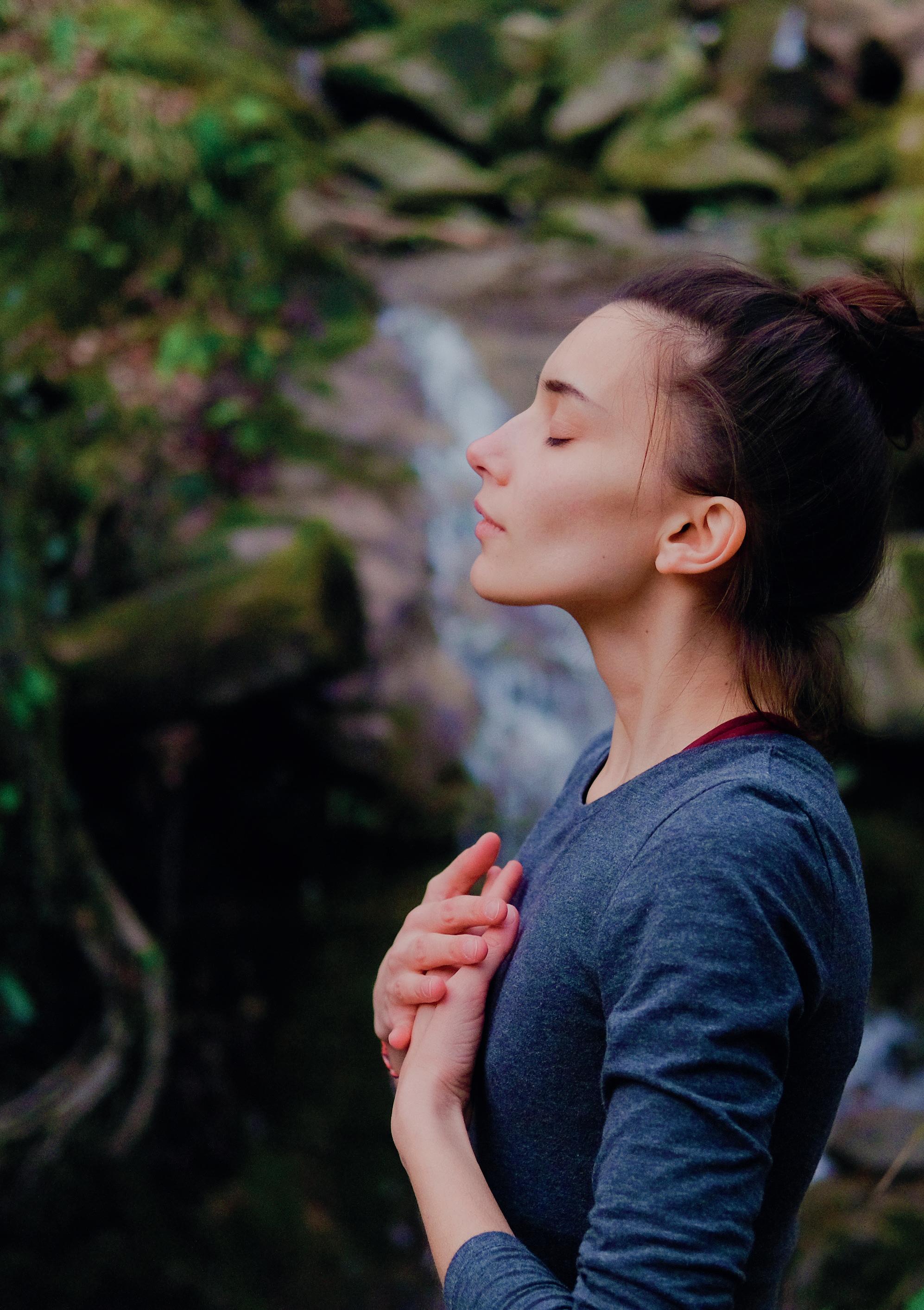
What’s the function of the vagus nerve and what support do people need to keep it working optimally? Kath Hudson investigates
The vagus nerve is the longest and most complex of the cranial nerves and connects the brain to the heart, lungs, digestive system and many other organs. It’s the primary conduit for the parasympathetic nervous system and the controller of everything from sleep and mood, to digestion and connection with others.
Spa Business first highlighted the vagus nerve in its annual Spa Foresight trends report in 2023 and expects vagal toning techniques to head into the mainstream (www.spabusiness.com/foresight2023).
But why is the status and health of this nerve so important for overall wellbeing and how can wellness professionals intervene to enable clients to feel regulated and balanced? We ask the experts…


Originating in the medulla (brain stem), the vagus nerve extends down the body with branches reaching the throat and vocal cords, the heart, the lungs (affecting breathing patterns), the stomach, intestines, liver and pancreas, the kidneys and spleen. Its extensive network makes it a critical component of the parasympathetic nervous system, often called the
Vagus nerve exercises are undoubtedly moving into the mainstream – and for good reason
rest and digest system, which counterbalances the fight or flight (sympathetic) response.
The vagus nerve has a two-way communication system: sending signals from the brain to organs and delivering crucial information from the organs back to the brain. When activated properly, it can reduce inflammation throughout the body, potentially alleviating various health issues from digestive problems to chronic pain.
Some of the signs the vagus nerve needs attention include digestive issues, blood sugar regulation
problems, elevated heart rate, chronic inflammation, frequent infections and poor recovery after illness and exercise, difficulty managing stress, anxiety, mood instability, brain fog and sleep disturbances.
When vagal tone improves, interoceptive awareness – which recognises hunger and fullness, heart rate and breathing, emotional states, pain and comfort – also becomes more accurate, helping individuals to better respond to the needs of their bodies.
In addition, the vagus nerve has connections to the vestibular (inner ear balance) system, so good vagal tone
can also improve balance and coordination, motion sensitivity, spatial awareness and neck and back tension.
Vagus nerve exercises are undoubtedly moving into the mainstream and for good reason. The techniques are mostly simple and accessible – from humming and drawing circles with your tongue, to cold exposure (especially the face and neck), ear stimulation and breathwork – and offer profound benefits across multiple body systems. Awareness will continue to grow and increasing numbers of people will start to incorporate them into their daily routines.
Dr Jason Culp wellness expert, Chiva-Som
Vagal tone resetting is becoming a significant focus in the health and wellness industry. With growing research and public interest in how the autonomic nervous system influences mental and physical wellbeing, therapies that enhance vagal tone are gaining traction. This trend reflects an evolving understanding of how lifestyle factors contribute to stress and inflammation, driving both traditional clinics and wellness providers to adopt these approaches to improve overall stress resilience and autonomic nervous system health. Evidence shows that millions of people could benefit from strategies to improve vagal tone because of increased stress, anxiety and sleep issues. Modern lifestyles are linked to autonomic nervous system imbalances. As the vagus nerve is involved with

heart rate regulation and modulating the body’s inflammatory responses, reduced vagal tone has been associated with cardiovascular diseases, such as heart failure and coronary artery disease and inflammatory disorders. Low vagal tone is commonly observed in mental health conditions, such as depression and anxiety, potentially exacerbating stress responses. There’s also emerging evidence linking imbalances in vagal tone to metabolic issues and gastrointestinal disorders, including conditions like irritable bowel syndrome.

These chronic diseases continue to rise globally. When vagal tone is low, it often reflects a reduced ability of the autonomic nervous system to effectively manage, adapt, or resist stress, which can lead to heightened symptoms of anxiety, poor sleep quality or insomnia, and depression. Since low vagal tone is associated with decreased heart rate variability (HRV),
a marker of the body’s resilience in handling stress, Chiva-Som offers a service called Biofeedback Rebalance that measures HRV. As we guide guests through breathing exercises that encourage rhythmic, calm breathing and improve vagal tone, they can see in real-time how easy it is to change HRV and immediately experience the relaxing effects.
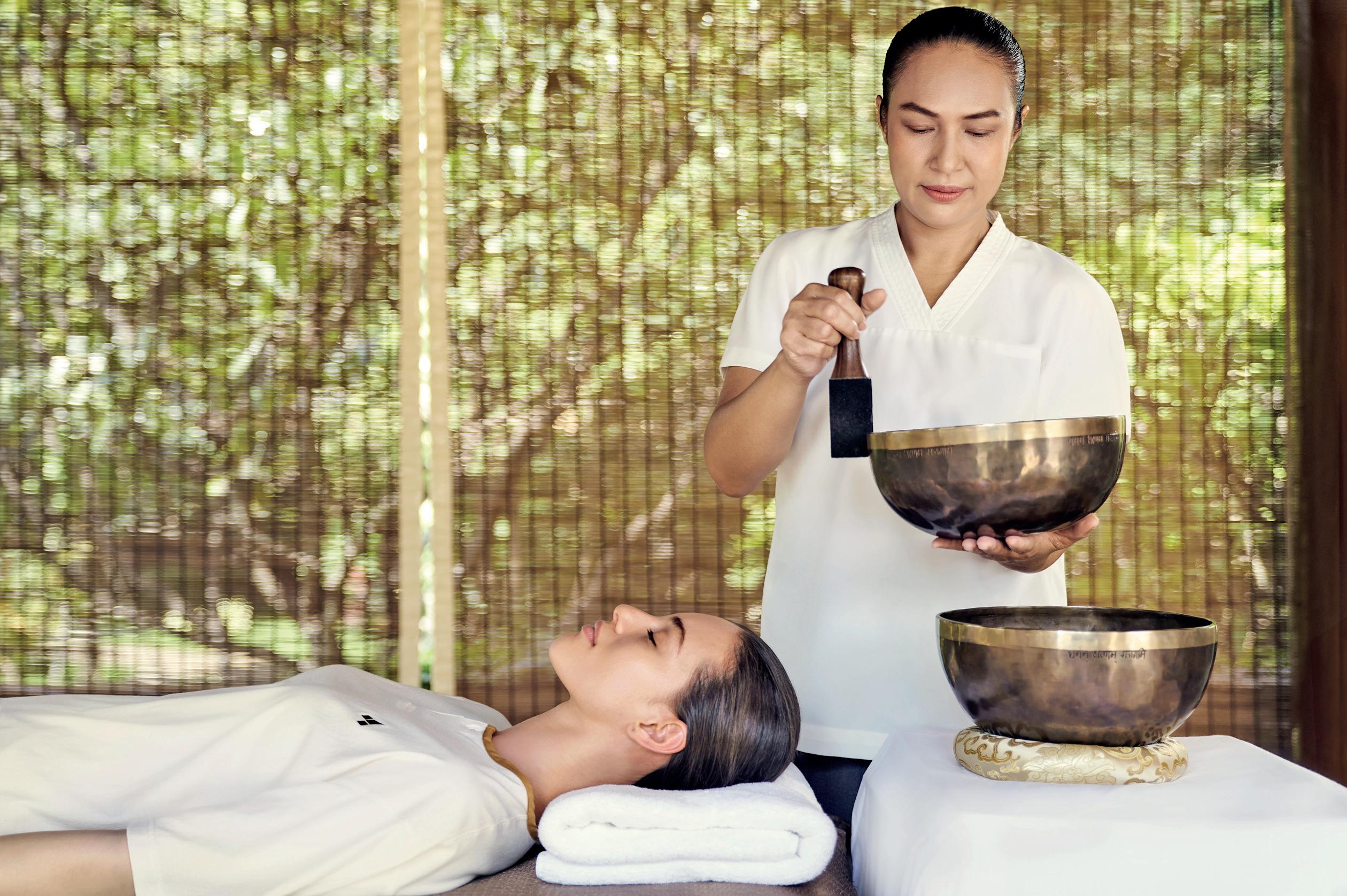
Improving vagal tone enables people to achieve deeper levels of relaxation
A CONCENTRATED EFFICIENCY, PAIRING MARINE ENERGY WITH THE TECHNOLOGY OF COSMECEUTICAL ACTIVE INGREDIENTS SELECTED BY SOTHYS ADVANCED RESEARCH.
With your client, build a customized body treatment to efficiently target each area and free the body from tension.
A new Digi-Esthétique® body technique that highlihts your manual expertise.

A SIZE AFTER A TREATMENT COURSE.*


Supporting the nervous
isn’t indulgent, it’s essential

People are tired: brain tired, emotionally tired and physically tired and they need coping mechanisms. While guests may not arrive talking about their “vagal tone”, many describe its symptoms – fatigue that won’t lift, chronic tension, shallow sleep, emotional flatness. They feel something deeper is out of sync and are craving calm, clarity and connection. That’s the nervous system calling out for support.
I can speak to this personally when tests revealed I had chronically high cortisol levels, even though I felt fine. Over a year, I used everything Six Senses offers and slowly things began to shift. My cortisol is now trending in the right direction and

the ripple effect has been profound. Better energy, deeper sleep, clearer thinking. Nervous system work is truly foundational. It changes how your body functions at every level.
Nervous system regulation is the golden thread running through Six Senses’ programmes. We blend science and sacred traditions: restorative breathwork, sound healing, forest bathing, yoga nidra,

red light therapy and biohacks such as cold exposure, compression therapy and more. One of the most exciting evolutions is the introduction of somatic therapy that helps the body to feel safe again.
Some of our sites use Apollo Neuro, a device which sends gentle vibrations to the nervous system to help it shift out of fight-or-flight mode and I saw first hand how effective it was. Guests might use it in meditation, a sound healing session, or somatic bodywork, creating
layered, multisensory regulation experiences.
The results show improvements in sleep, HRV and self-reported wellbeing. Yet, most importantly, interventions make individuals listen to their bodies again.
Supporting the nervous system – whether through humming, breathwork, a forest walk, or a smart wearable – isn’t indulgent, it’s essential. The body wants to heal. It just needs the right environment and signals and a bit of loving patience.
Irani director of operations and brand development, Subtle
Vagus nerve activation has long been an integral part of our work, however, as awareness of it grows, we’ve created a dedicated treatment that’s both profoundly effective and educational. While many are beginning to hear about the vagus nerve, there remains widespread uncertainty around its function, how to regulate it and the deep restorative benefits it can offer. This curated experience bridges that gap, offering guests a grounded, science-backed therapy while deepening their understanding of this vital mind-body connection. The specialist service comprises pranayama techniques, a marma massage and the proprietary Vagus Nerve Procedure

from the Bowen Therapy Academy of Australia: a gentle and precise tactile soft tissue technique applied along the upper thoracic, cervical and cranial regions.
The specific pranayama techniques incorporated are clinically shown to enhance heart rate variability (HRV) and increase vagal tone, improving stress resilience and emotional balance. Studies confirm that even brief sessions of
We’ve created a dedicated vagus nerve treatment that’s profoundly effective and educational
this pranayama can shift the nervous system, making it a foundational tool in vagus nerve regulation, which can also be practised at home.
The marma massage gently stimulates vital points along the body’s neurological pathways. While very well studied in the ancient texts, modern interpretations align marma therapy with reflexive activation of the autonomic nervous system, supported by studies indicating increased parasympathetic response and reduced cortisol levels.
Though research on Bowen is still emerging, early
findings suggest modulation of autonomic tone and it’s increasingly used to support neurovisceral integration, digestive function and emotional regulation.
High-grade essential oils, including mogra, sandalwood, Himalayan rose, jatamansi, kewda and tulasi, are selected to modulate mood and autonomic function and some have specific chemical constituents that curate a more profound effect. Clinical trials have shown that specific essential oils increase HRV, reduce anxiety and lower cortisol.

Dr Jonathan Leary founder and CEO, Remedy Place
Nervous system regulation is going to become one of the most talked-about and most important conversations in health and wellness over the next decade. People aren’t just looking for fitness routines or diets — they’re searching for real balance and deeper healing.
As the world becomes more overstimulated and disconnected, the need for nervous system support is only going to grow. We’re just beginning to understand how critical it is for everything – our health, relationships, productivity and longevity.
There are so many factors that can lead to nervous system dysregulation and the unfortunate reality is that modern life exposes us to almost all of them. Chronic stress, poor sleep, trauma (both physical and emotional), nutrient deficiencies, excessive screen time, lack of movement, shallow breathing and environmental toxins all
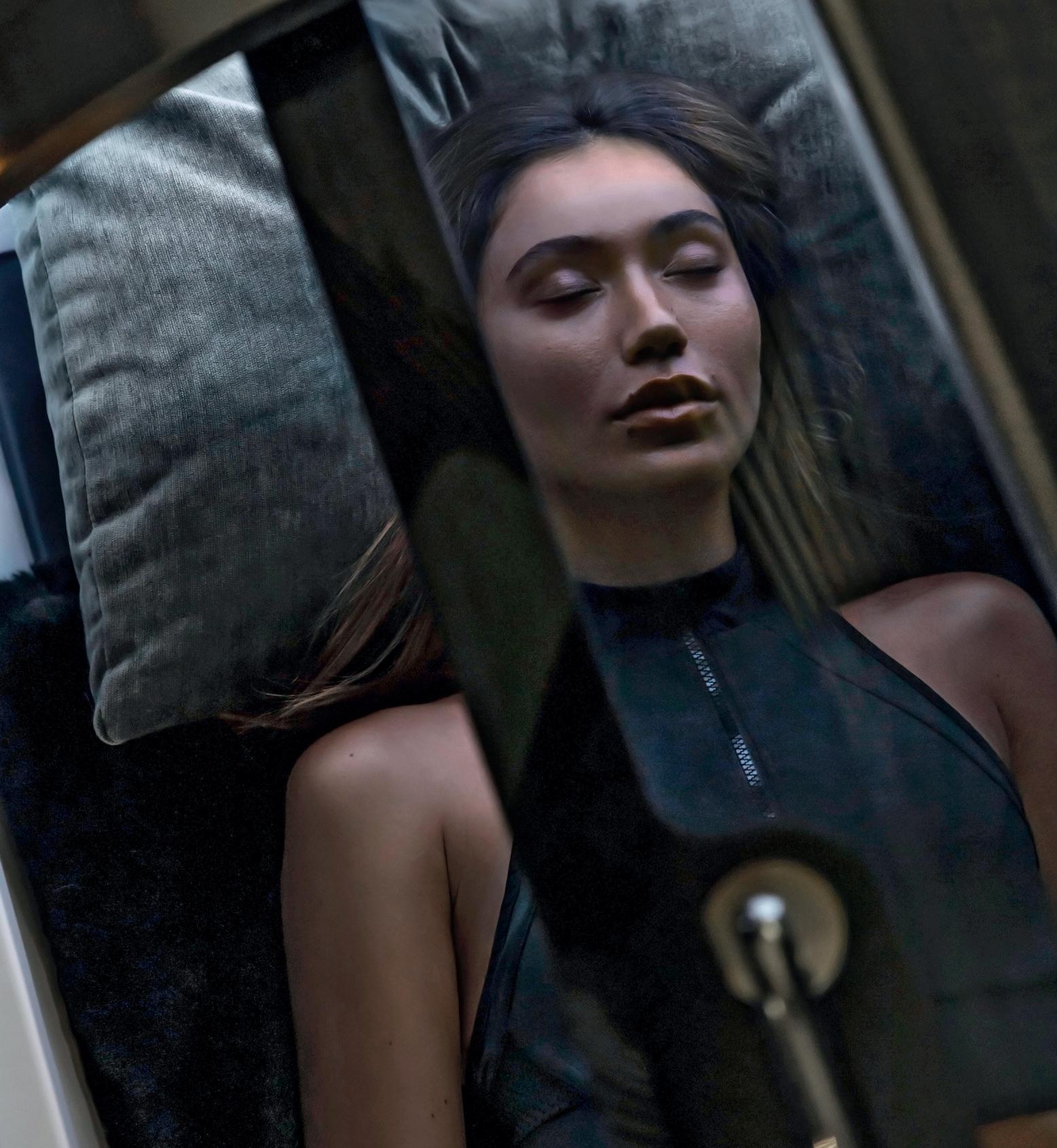
Hyperbaric oxygen therapy is an effective tool for a vagus nerve reset
place a constant burden on our nervous system. When we’re overstimulated, underrecovered and disconnected from our bodies, our system shifts into survival mode for far too long.
When the nervous system is dysregulated, it impacts nearly every system in the body, with symptoms such as anxiety, chronic fatigue, digestive issues,

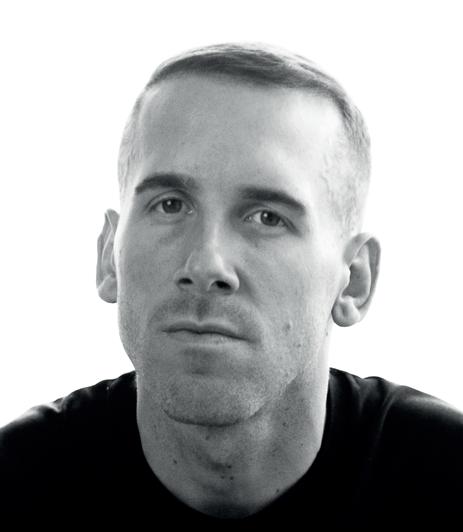
inflammation, hormonal imbalances, brain fog, or trouble sleeping, to name a few. Over time, these effects compound and can contribute to more serious chronic conditions.
At Remedy Place, every experience is designed to restore balance, increase adaptability and build resilience in the nervous system. Some of our most effective vagus nerve and nervous system reset tools include contrast therapy, breathwork and sound baths, hyperbaric oxygen
The vagus nerve is something we’re going to be hearing more about
therapy, chiropractic and manual therapies.
The most powerful medicine comes from within. If you give the body what it needs and remove what’s working against it, it knows how to return to balance.
The vagus nerve is something we’re going to be hearing more about.
The future of wellness isn’t just about looking better or living longer, it’s about feeling regulated, grounded and resilient in your daily life. That starts with the nervous system.


indoor.technoalpin.com



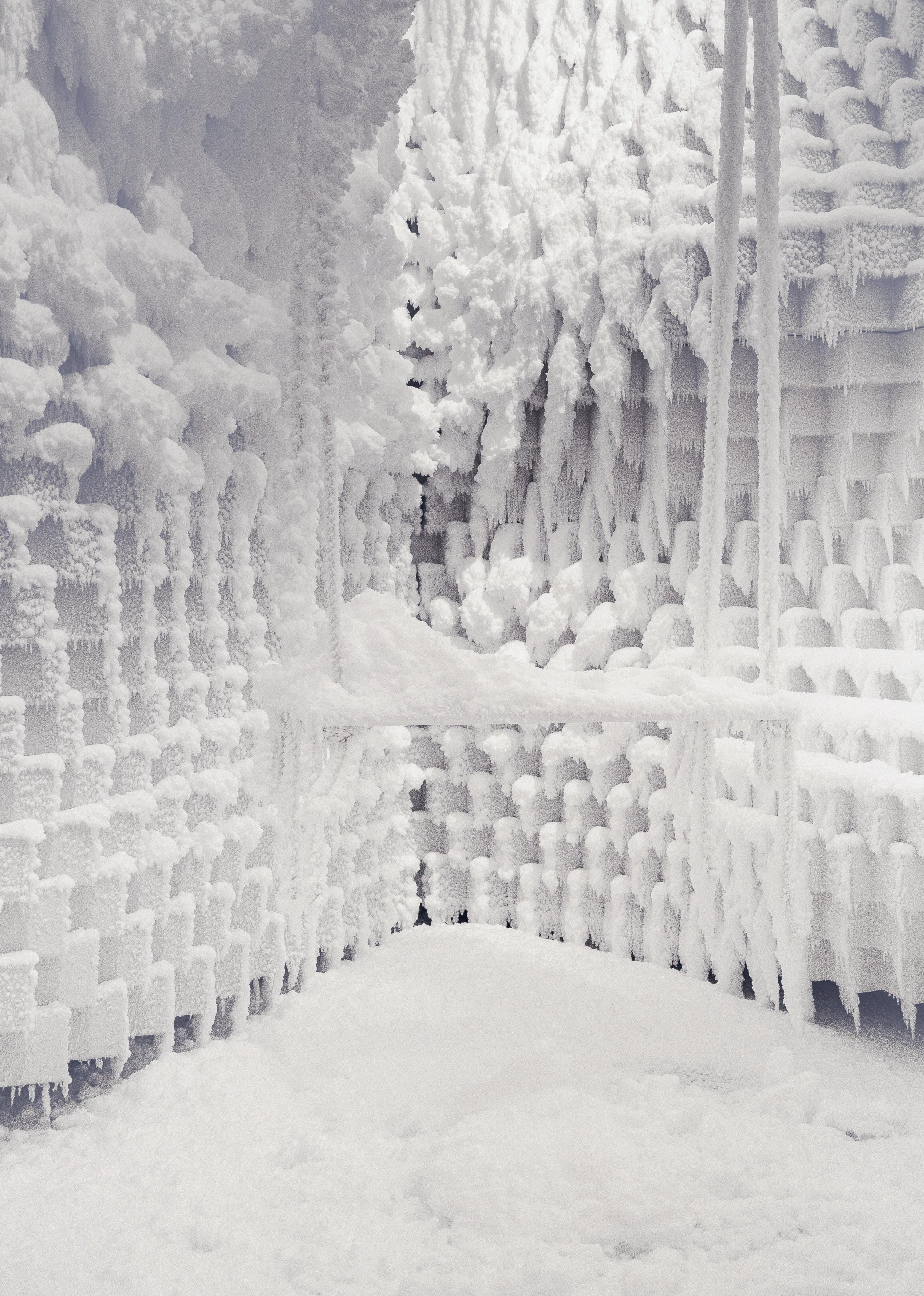
Dr Elisabetta Burchi head of research, Nurosym
Nurosym is a noninvasive, wearable medical device that deploys gentle electrical impulses to stimulate the auricular branch of the vagus nerve, accessible through the surface of the outer ear. The electrical signals are precisely calibrated to activate the parasympathetic nervous system, shifting the body out of fight or flight and towards rest and digest.
Over the past decade, Parasym – the developer of Nurosym – has invested more than US$10 million (€8.7 million, £7.5 million) in research to make vagus nerve stimulation accessible, non-invasive and safer for a broader population. The device is now backed by

more than 50 clinical studies, conducted in collaboration with institutions such as Harvard, UCLA and Yale. These studies have shown a range of physiological and psychological benefits, including up to a 61 per cent increase in vagus nerve activity within minutes; improved sleep quality and reduced fatigue; lower anxiety and depression
We’ve invested millions to make vagus nerve stimulation accessible and non-invasive
scores; reduced systemic inflammation and improved heart rate variability. While Nurosym provides targeted stimulation, I recommend combining it with daily habits to maximise its benefits: natural light in the morning to regulate circadian rhythms; prioritising nutrient-dense, anti-inflammatory foods; maintaining regular sleep and meal times; using breathwork, meditation, or gentle movement to engage the parasympathetic system, as well as reducing alcohol,
caffeine and screen time, particularly before sleep. Practices like humming, cold exposure and social engagement can also help. These practices, when combined with Nurosym, may help regulate the nervous system more effectively over time. Most users begin to feel benefits within five to 10 days, particularly in areas like sleep, mood and stress levels. However, for more persistent or chronic conditions, it may take four to 12 weeks of regular use to see full therapeutic effects.
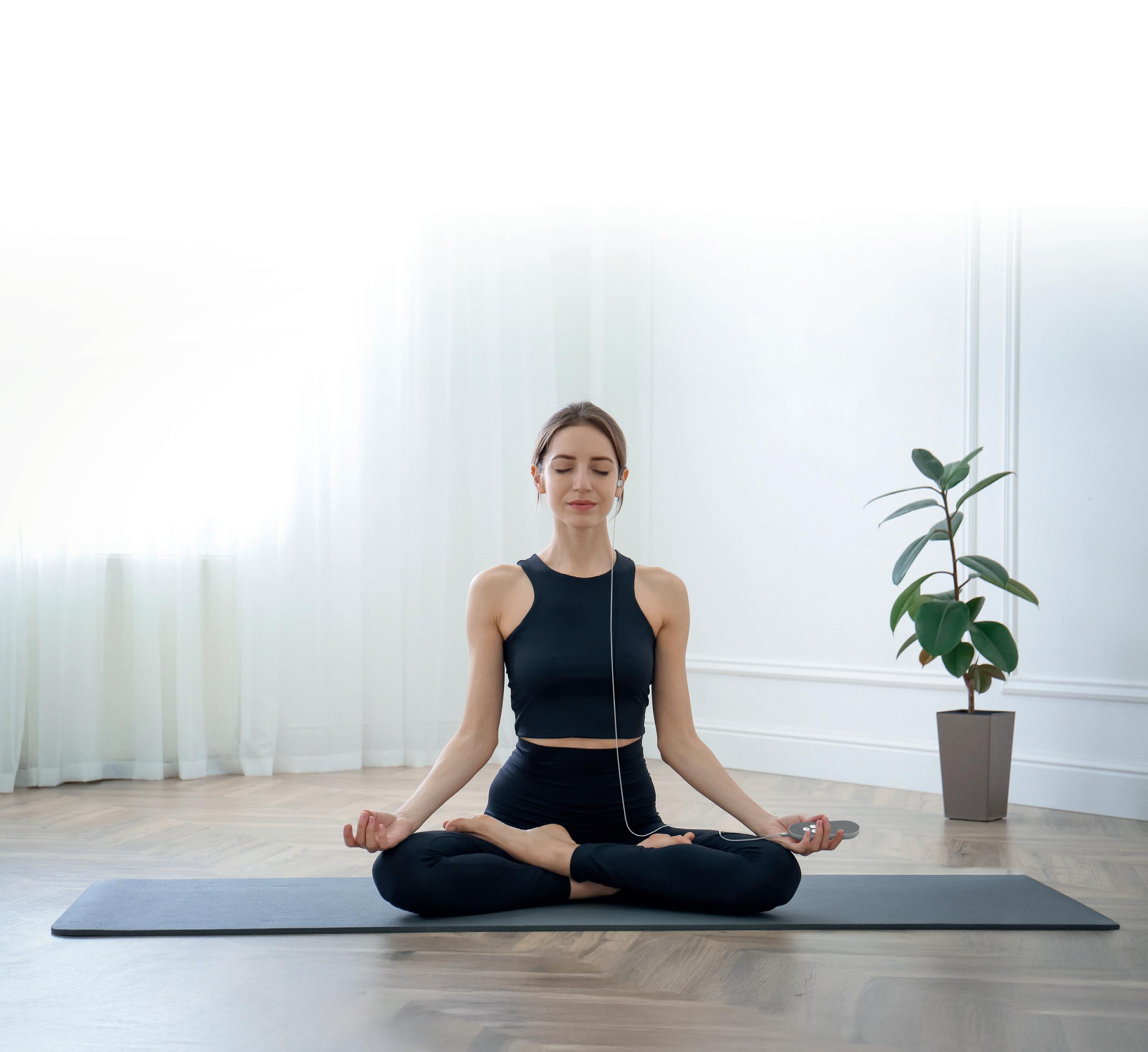

First-person experience: Kath Hudson
Idiagnosed myself with a dysregulated nervous system a few years ago, when I emerged from a particularly challenging run of life events. Every morning, I woke up feeling exhausted; the anxiety/hypervigilance was a constant energy drain, easily tipping me into overstimulation/overwhelm. Brain fog affected my concentration. I could never catch up on sleep because of waking multiple times in the night. It felt like my soul was tired and I needed to stay at a high-end spa for a year. On my own.
Initial interventions
After a 10-minute phone call, my GP prescribed HRT, antidepressants and sleeping tablets. That felt very gloomy. Then


I heard about the vagus nerve and embraced all the modalities to improve it: sea swimming through winter; sound baths, somatic exercises; yoga, meditation, earthing; shaking; EFT tapping; breathwork, humming; walks in nature… While they all feel pleasantly calming – most of these practices I intend to keep forever – and my symptoms have improved, it has still felt like I’m falling
I’ve noticed subtle, yet profound, differences
short of a full vagus nerve reset. I want stress to roll off me, to have the focus and zen of a Buddhist monk and the energy levels I had in my 20s, which I believe might be possible if I can sleep deeply for a solid 8 hours a night.
Nurosym verdict
So I was intrigued to try the Nurosym – a device I could attach to my ear and carry on with my day. After the first go, I had a cracking night’s sleep. Sadly, it was just the one night. However, over a month – and it’s been quite a challenging month – I’ve noticed subtle, yet profound,
differences. My HRV has improved, I’m also getting better at behaviours which make my nervous system feel safe – resting when tired instead of my default setting of pushing on through; asking for help; setting boundaries; recognising what is in and out of my control; staying calm and not reacting in stressful situations; having difficult conversations rather than avoiding them; better concentration. I feel like the fog is rolling back. I’m more present and tolerant of noise. I’m less anxious, have a more optimistic mindset and better energy levels. It’s the reset I’ve been looking for.
Sleep is still a work in progress, but nights are trending in the right direction and I’m feeling hopeful that I’ll get there. ●
*Instrumental evaluation, 20 people,1 treatment. **Dermatological evaluation, 20 people,1 treatment.
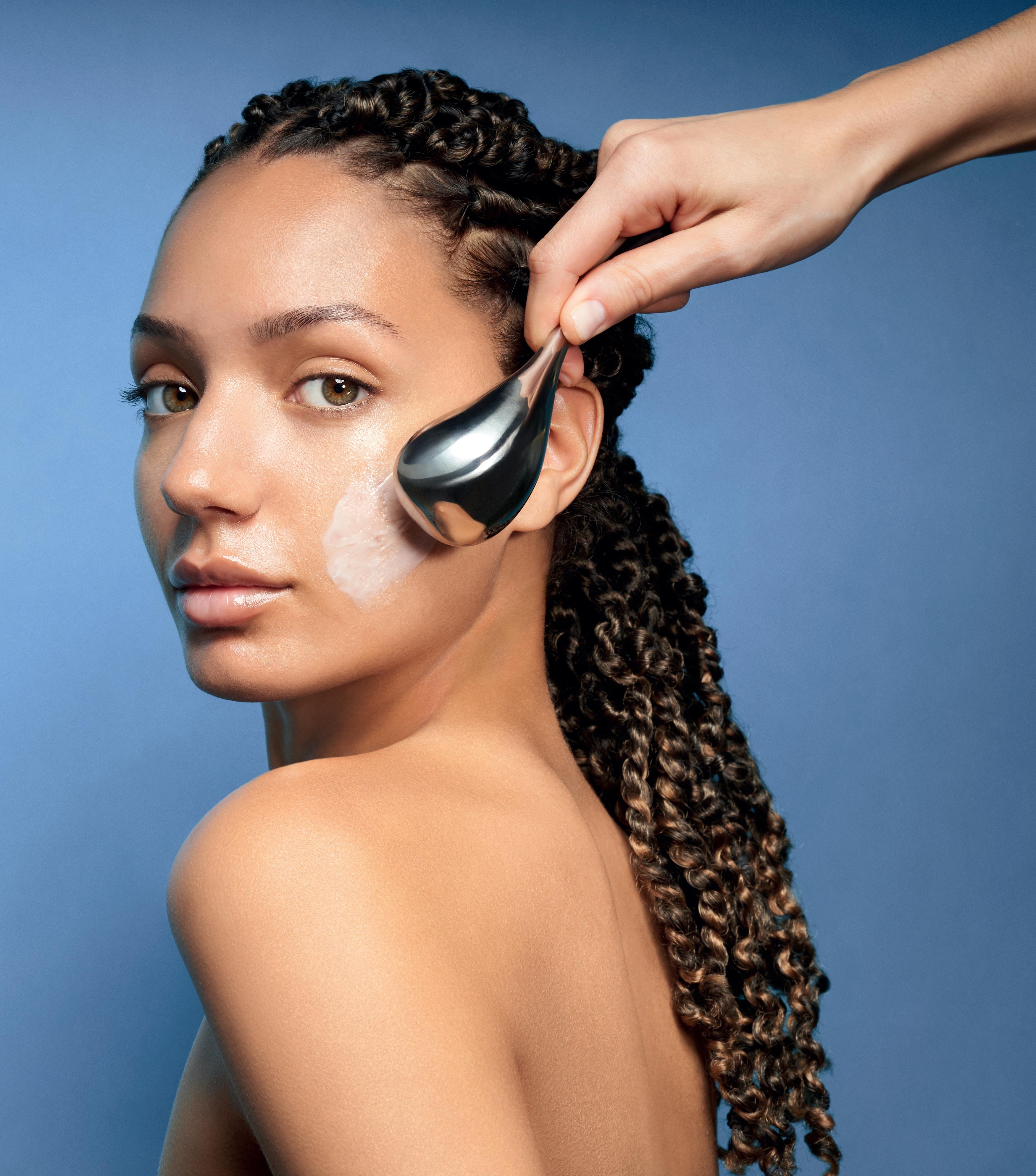

+24% IMMEDIATE HYDRATION* +32% SKIN BRIGHTNESS**
CLINICALLY PROVEN RESULTS AFTER JUST 1 TREATMENT
Powered by Lactic Acid, Hyaluronic Acid, and sustainably sourced Prickly Pear extract from regenerative organic agriculture. Combined with cooling ice rollers and expert massage techniques, for a luminous, refreshed, and dewy glow.
Become a professional partner comfortzoneskin.com


SWhile spa revenues in US hotels edged upward in 2024, profits slipped slightly. CBRE’s Robert Mandelbaum and Andrea Grigg explore the shifting dynamics behind the numbers
pas are an expected amenity for most luxury and ultra luxury hotels, which greatly benefit from high-net-worth individuals who are increasingly investing in their wellbeing. In some cases, spas are mandatory under the brand standards for certain luxury and ultra-luxury operators and are also a requirement to comply with Forbes Five Star Standards.
However, they’re no longer exclusive to luxury properties. Urban hotels offer spas to entice locals and convention hotels use them to win group business. They’re a primary feature at high-end boutiques, while modest-priced family resorts offer spas to satisfy the needs of parents as kids play in the waterpark.
However, what are spas contributing to hotels from a financial point of view? To find out, CBRE analysed the performance of 297 US hotels that operate a spa and participated in its Trends in the Hotel Industry survey in 2023 and 2024.
In 2024, the hotels surveyed had 381 rooms on average, a 65.1 per cent occupancy and a US$375.64 (€331.60, £280.34) average daily rate (ADR). The sample consisted of 222 properties in resort markets and 75 in urban areas. The majority (176) of properties were luxury hotels, while the remainder sat in the upper-upscale, upscale and upper-midscale categories. Hotels which leased out their spa operations to third-party management companies were excluded from the analysis.
Graph 1: US hotels spa departments’ revenues and profits
Change in spa department revenues and profits: 2023 to 2024



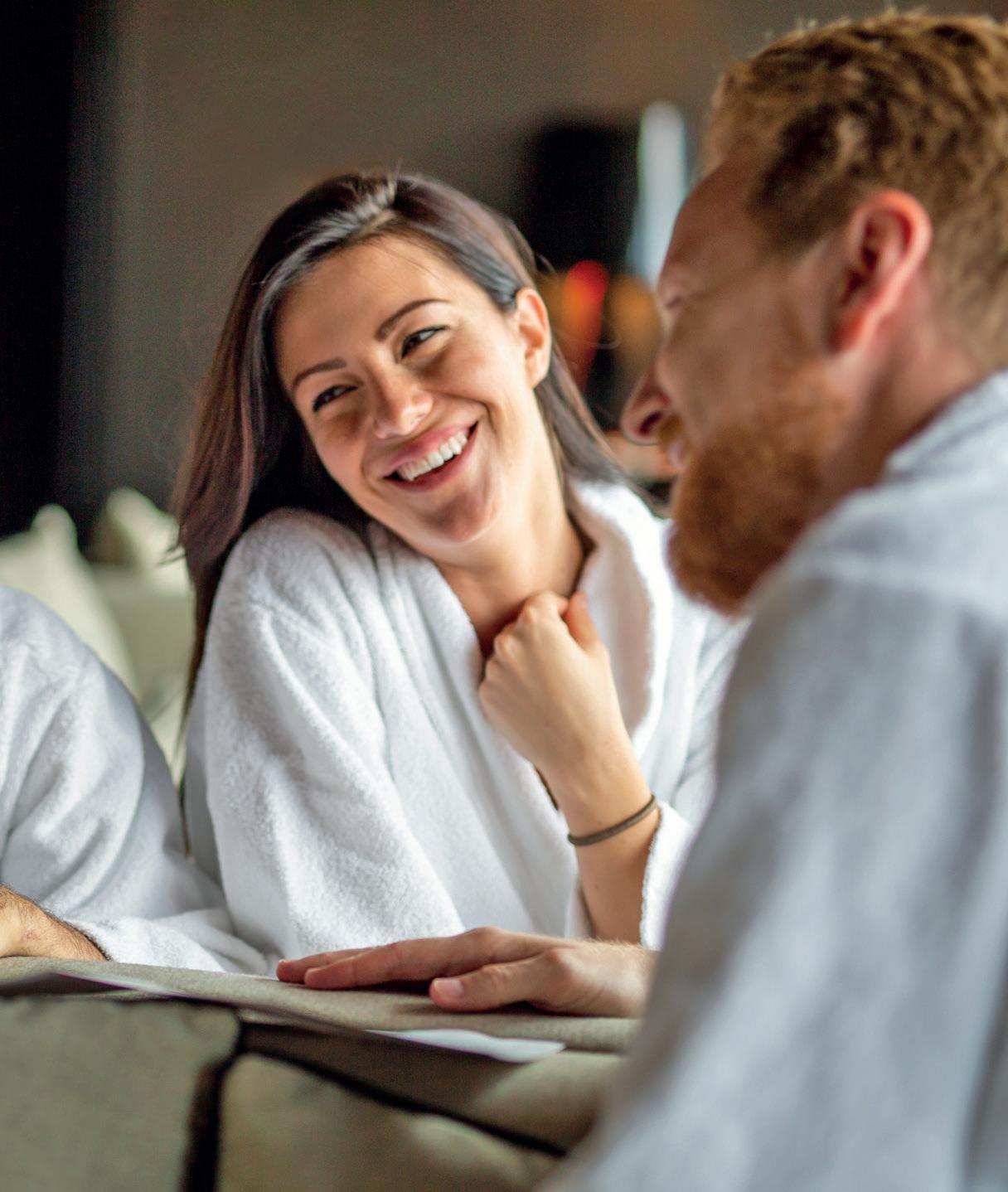
Hotel spas with memberships saw the greatest increase in revenues
In 2024, hotels in the sample averaged US$6,061 (€5,350, £4,523) per available guestroom (PAR) in spa revenue, which includes income from all spa and salon services and also from retail sales.
Spa revenue PAR is greatest at hotels located in resort areas versus urban areas, while luxury hotels earn more than upper-upscale and upscale/upper-midscale properties.
Summary: spa revenue PAR by hotel type
Hotels in resort areas: US$6,539 (€5772, £4,800). Hotels in urban areas: US$4,756 (€4,198, £3,549).
Luxury hotels: US$9,847 (€8,693, £7,349).
Upper-upscale hotels: US$3,197 (€2,822, £2,386)
Upscale/upper-midscale: US$3,48 (€3,078, £2,602)
These trends are the same when measuring revenue on a dollar-per-occupied-room basis.
The financial impact of spas can be measured by analysing spa revenue as a percentage of total hotel revenue. Spa revenue at the hotels in CBRE’s sample averaged 3.4 per cent of total revenue in 2024. Spas were the greatest contributor of revenue at luxury hotels (4.2 per cent) and at resort sites (3.5 per cent).
Total department revenue
Salaries
Note: Hotel-operated spas only. Leased spa operations not included CBRE Hotels research, Trends in the hotel industry – same store sample of properties that self-operated a spa 2023 and 2024
Among the services offered, massages deliver upwards of 60-75 per cent of revenue and number of treatments. However, speciality services – ranging from mental health support to nutrition and hydrotherapy – are used to increase traffic and elevate the positioning of a property. Treatments in beach or poolside cabanas are an excellent way to bring attention to the spa and increase guest capture.
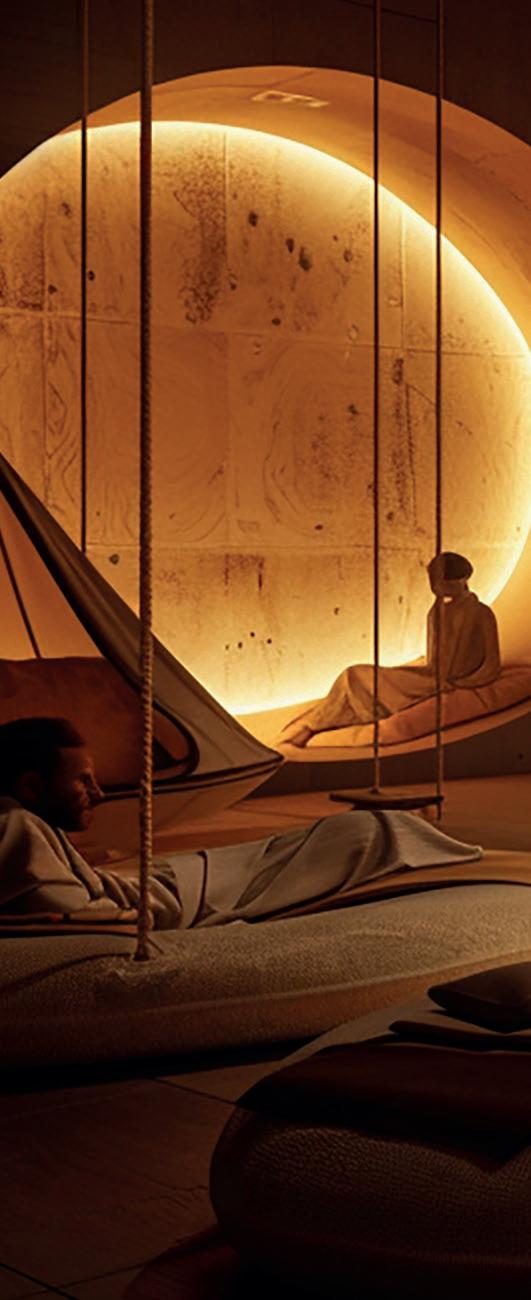
Considering the rising popularity of communal bathhouses, hotel spas with hydrothermal areas have an edge over competitors. Not only do they act as a differentiator, they also lead to increased spa traffic and repeat business. With product sales accounting for 15-30 per cent of spa revenue, adding thoughtful retail features could be another way to yield profits, along with introducing curated


wellness products to guestrooms. Items to boost turndown – such as a soothing eye mask or spray – could work especially well, for example.
Depending on the hotel’s location and spa provisions, many properties are adding local memberships – giving access to facilities and service discounts – or offering day packages to boost income and increase traffic. This has proven key with the greatest increases in spa revenue in 2024 observed at luxury (plus 3.6 per cent) and urban properties (plus 4.1 per cent), which expanded their reach into local markets, as shown in Graph 1. In comparison, hotel spas in remote and rural resort locations, which couldn’t deploy this strategy, only saw revenues rise by 0.8 per cent.
Consistent with the slowdown in the overall performance of US hotels during 2024, the average spa revenue growth rate in CBRE’s sample was 1.4 per cent (see Graph 1). Despite this increase, spa profits declined slightly by 0.5 per cent in line with another overall trend of greater expense vs revenue growth in properties.
In 2024, total spa department expenses in CBRE’s sample increased by 2.1 per cent, primarily due to labour costs, which rose by 3.9 per cent (see Graph 2). To close the gap, spas were able to cut their costs of goods sold by 9.9 per cent and reduce other non-labour expenses by 1.1 per cent.
Within labour costs, a 6.8 per cent rise in spa employee benefits outpaced the 3 per cent increase in salaries and wages. One tactic managers deploy to control workforce expenses is to use contract staff. In 2024, payments made to contract employees averaged 9.6 per cent of total payroll, up
slightly from the 9.3 per cent in 2023. Due to the greater availability of such technicians in built-up areas, this was 17.9 per cent at urban hotels.
Today, CBRE notes that spas are looking to incorporate touchless therapies – such as LED beds, cryotherapy, salt inhalation rooms and biohacking pods – and amenities which they can charge for but which don’t require a therapist. These bring in incremental revenue with minimal expenses.
The enhanced use of contract employees, combined with the ability to accommodate local residents, enabled urban hotels to achieve a 1.2% increase in spa department profits in 2024. Conversely, spa profits in resort area hotels declined by 0.7%.
From CBRE’s experience, if hotel spas are to ensure revenues per square foot and profitability are maximised, it’s imperative that operators have a disciplined approach to treatment room utilisation, breakdown revenue by service and monitor guest satisfaction very closely.
From an asset management perspective, it’s also paramount to ensure the operator and hotel leadership concentrate on selling the spa and spa services and incorporate spa and wellness in their property pitches every day. l
Robert Mandelbaum is director of hotels research for CBRE: robert.mandelbaum@cbre.com
Andrea Grigg is a senior MD and global head of hotel asset management: andrea.grigg@cbre.com More: www.CBRE.com

Jane Kitchen talks to three women leading the democratic wellness movement – one sauna or swimming pool at a time

From New York to Norway to the UK, purposebuilt facilities for community use are popping up as part of a larger movement


In a world where spa and wellness has been typically reserved for the upper echelons of society, three organisations are on a mission to make facilities available to everyone – for the public, in public spaces. From New York to Norway to the UK, purpose-built facilities for community use are popping up as part of a larger movement to widen access to wellness – and three women are blazing the trail.
In New York City, + POOL is an ambitious project paving the way for public access to the city’s rivers. Managing director Kara Meyer wants to help New Yorkers rethink their relationship between the natural and built environment, while also providing safe, swimmable water.
The Oslo Sauna Association is also changing city-dwellers’ relationship with the area’s waterways. On a mission to bring ‘sauna to the people’, it’s created 25 floating saunas (and counting) in the Norwegian capital’s harbour, making it one of the most exciting places for sauna culture in the world today. General manager Ragna Marie Fjeld left her job at the Ministry of Foreign Affairs to help the growing movement and is now getting interest from other cities wanting to follow suit.
Meanwhile, in the UK, Katie Bracher has helped to promote and develop sauna culture in a country without much history of one, making sauna’s physical, mental and social health benefits more accessible through her work with the British Sauna Society.

All three women are ushering in a new era of democratic wellness – one that’s more inclusive, with further-reaching implications for the health and wellbeing of the public. We sat down with them to hear more.

Kara Meyer
Managing director, + POOL
In New York City, + POOL is an initiative to build a floating, Olympic-size pool in the East River. The proposed offering – which gets its name from its plus-shaped design – includes four pools in one: a children’s pool, sports pool, lap pool and lounge pool. Managing director Kara Meyer launched the organisation, developing it with the project’s designers.
The nonprofit has raised US$16 million (€14 million, £11.9 million) in capital funding and is planning its first 2,000sq m pool. The ambition is to provide public access to the city’s natural waters and to develop community programmes, including free swim lessons, environmental education and water stewardship activities.
“The idea was simple,” says Meyer. “What if you could carve out a small piece of the river and make it clean enough for people to regularly swim in? And what if you could change the relationship New Yorkers have to their rivers, just by giving them a chance to swim in them?”
The floating pool is unique because it acts like a giant strainer that can process up to 600,000 gallons a day – cleaning the very water it floats in. It boasts a three-step system consisting of a strainer, membrane filtration process and UV disinfection to remove bacteria and contaminants. Its 2024 test site in Lower Manhattan has garnered media attention

and major support from the public – in large part because the project benefits everyone.
“We hope to reconnect city dwellers to their natural environment by giving them safe public access to city waters – and we believe that connection to nature is the ultimate wellness tool,” says Meyer. “We’re all interconnected – just like the world’s waters. Equitable access to wellness means better health outcomes for all.”
Floating pools in New York City are not new. Many immigrants in the early 19th century frequented establishments on the Hudson and

+ POOL has raised US$16 million and is planning its first 2,000sq m site
What if you could change how New Yorkers see their rivers, by giving them a chance to swim in them?

East Rivers, built because their homes lacked bathing facilities. These eventually closed due to concerns over water quality. Now, the team at + POOL hopes to use modern technology to bring back the floating pool for recreation, joining facilities like the Badeschiff in Berlin or the Josephine Baker pool in Paris, but with the added benefit of using the water in which it floats to feed the pool and helping to clean the city’s waterways. Once built, the plan is for the pool to be free and open to the public. Meyer explains that it will function like a public pool, but be operated by + POOL instead of the Parks Department, much like the High Line in New York City. Operations are currently funded through private contributions, though public funds have been given to capital construction. Meyer hopes to take + POOL’s filtration technology, advanced engineering and design to other cities and says she’s already received interest from around the world.
“New York is a tough place to build,” she says, “but as the saying goes: if we can make it here, we can make it anywhere!”
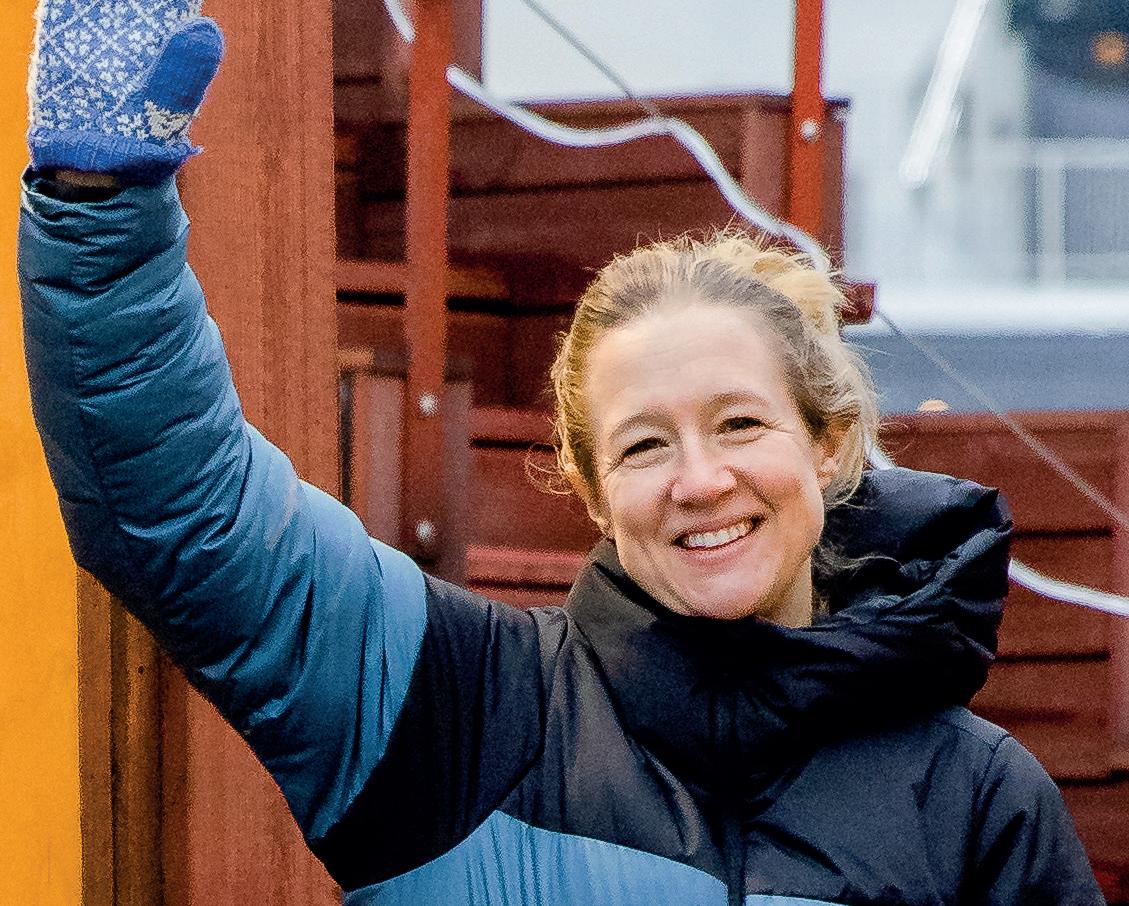
The Oslo Badstuforening (OBF), or Oslo Sauna Association, is on a mission to bring ‘sauna to the people,’ with 25 floating saunas along the Oslo Fjord, which vary from bohemian community-built facilities to large event establishments. Locals pay an annual membership of NOK300 (US$29, €26, £22), or tourists can pay a one-off fee starting at NOK100 (US$10, €9, £7) for 90 minutes.

In the sauna, everyone is equal, status symbols are shed

Locals pay an annual membership of US$29 and tourists pay a one-off fee
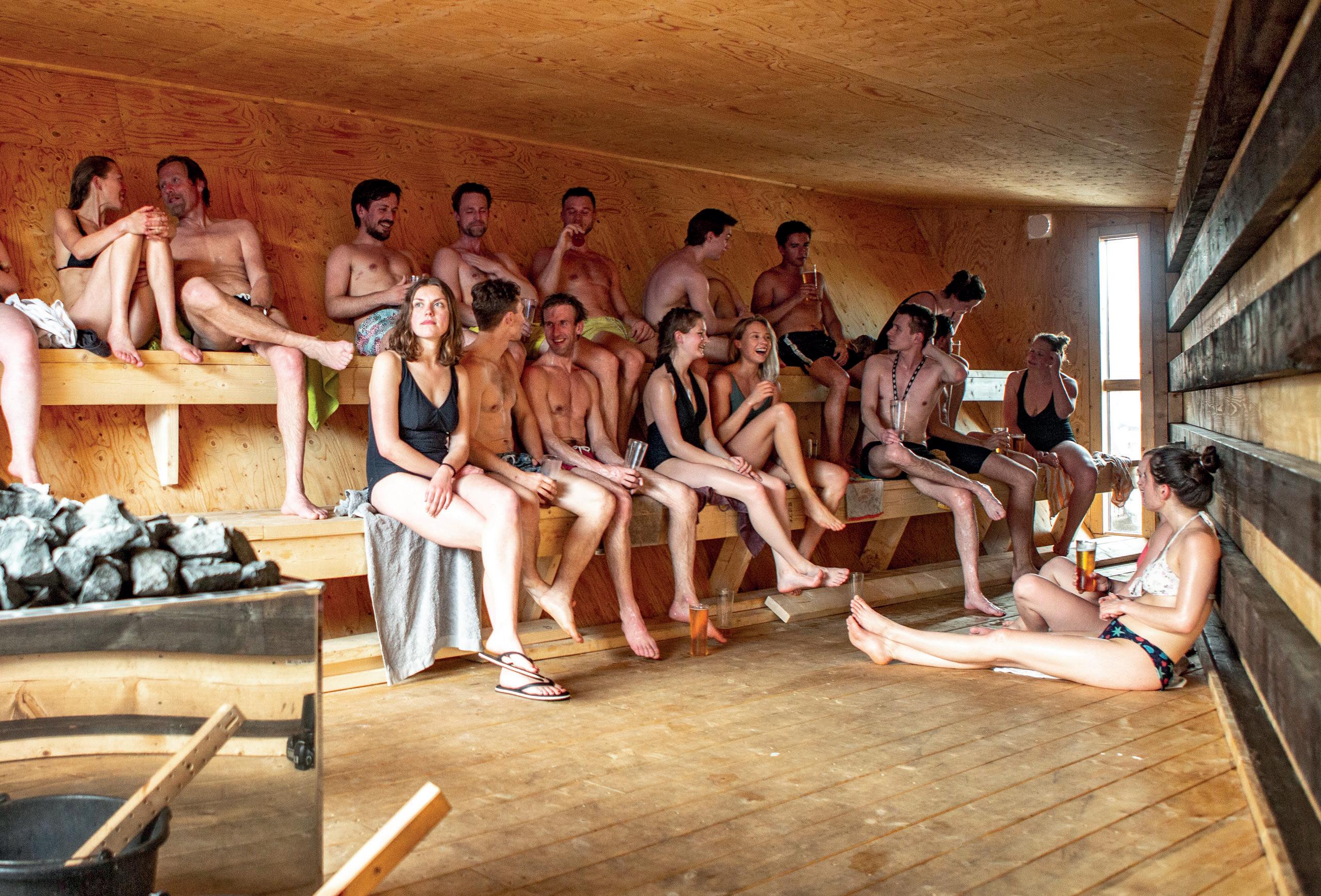
General manager Ragna Marie Fjeld used to work at the Ministry of Foreign Affairs, but when a DIY floating sauna made of driftwood appeared in the harbour, she and other diplomats worked to help make sure it could stay. “It turns out we needed each other,” says Fjeld. “The anarchists were good at building and getting things done and the diplomats were good at writing applications and speaking to the municipality.”
Soon after, in 2016, the OBF was formed. Today, it boasts more than 18,000 members and its facilities attract more than 260,000 visitors a year. “The effect the saunas have on people’s everyday lives motivates me,” says Fjeld. “Wellness should be for everyone – accessible and affordable.” In the sauna, she explains, everyone is equal, status symbols are shed and people from different backgrounds easily share new perspectives with one another. “This takes your wellness experience to another level,” she says.
As a nonprofit owned by its members, OBF’s mission is to bring ‘sauna to the people’, which includes keeping prices affordable. On top of the yearly fee, members pay varying amounts per visit depending on duration and the number of people in a group. Or for NOK575 (US$57, €50, £42) each month, they can take as many saunas as they like. About 20 per cent of its visitors are tourists and Fjeld says while the average age of guests is between 30-45, all ages are represented, with an increasing number of families and a new ‘senior sauna’ programme being introduced.
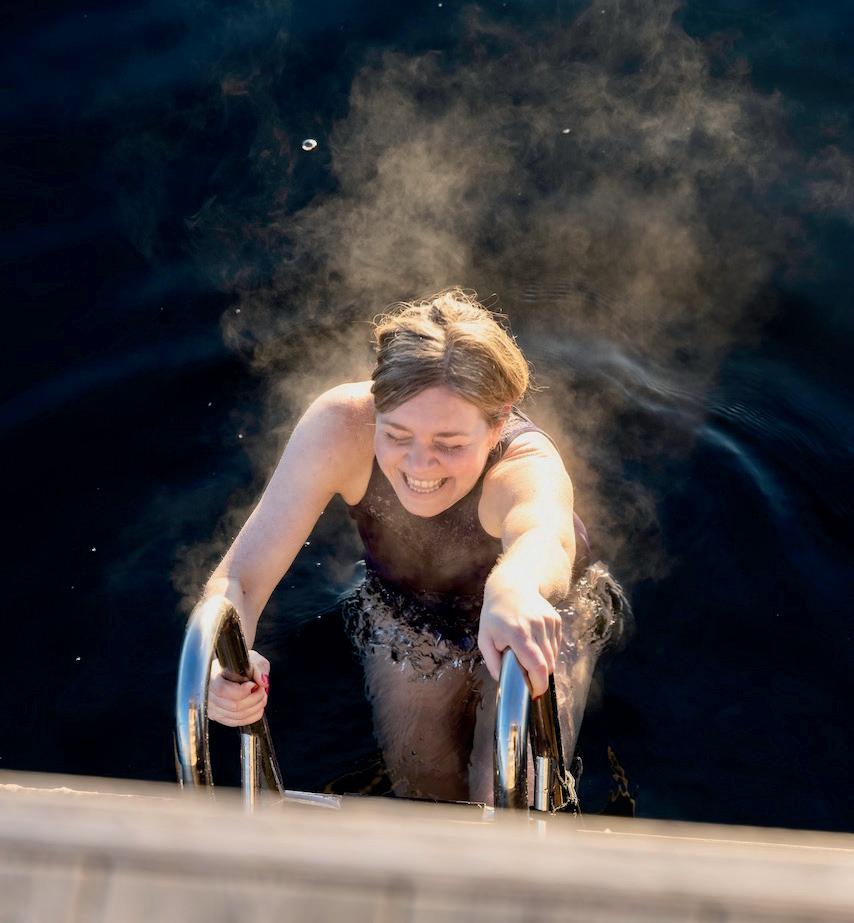
“‘Sauna to the people’ is not only our slogan, it’s our core value,” explains Fjeld. “We should be for people from all social classes, in all parts of the city, for every age and for people with disabilities and so on.” The OBF offers free saunas for refugees and school classes – and increasingly, they’re getting interest from municipalities around the world that want to bring a sauna movement to their own city.
Fjeld says she sees the rustic saunas on the Oslo harbourfront as supporters and friends of luxury spas – not as competitors and that they both can learn from each other. At the end of the day, she says, “there’s room for everyone and more awareness is positive. The sauna movement has enormous momentum at the moment and this is very exciting to be a part of.”

Co-founder & council member, British Sauna Society
During the 2012 London Olympics, a woodfired pop-up sauna was erected in Barking as part of a cultural programme to educate the public about sauna culture around the world. There, Katie Bracher met members of the Finnish Sauna Society who wanted to help Brits set up a similar concept. “From the very beginning, we wanted there to be more saunas everywhere – we wanted everyone to know about saunas and to share the love,” says Bracher, who co-founded the British Sauna Society and now runs Wild Spa Wowo and Sauna Master UK.
The not-for-profit British Sauna Society started as a grass-roots movement to bring ‘more sauna to more people’ by promoting and developing sauna culture and educating people on its physical, mental and social benefits. “We were grounded in a strong sense of equality and inclusivity, focusing on public benefit and the greater good,” Bracher says. As a testament to that, she says price points for community saunas across the UK are an affordable £8-£20 (US$10.8-US$27.1, €9.5-€23.8) for 1-2 hours.
By 2017, Bracher was offered a role as the sauna master at a new pop-up sauna on London’s South Bank. “It was packed the whole time,” she recalls, “everyone loved it.”
Soon after, she built the pop-up Beach Box Sauna on the Brighton shorefront out of a converted horse box. Originally intended as a temporary fixture, it became so popular it expanded to three saunas, a chilled steel tub, cool plunge pool, freshwater showers and changing rooms. Its opening is seen as a key

We were grounded in a strong sense of equality and inclusivity, focusing on public benefit and the greater good
moment and has inspired the explosive growth of sauna culture in the UK over the past eight years. Today, Bracher reports that across Sussex, many of these saunas are fully booked each weekend, hosting 50-100 people per day.
“It’s interesting that once an idea takes hold, it ripples out widely,” says Bracher. “Horseboxes in the UK were having a moment, as it’s easier to get planning permission for temporary structures; many were being converted to coffee trucks and bars.” A sauna on the beach also made sense with England’s year-round cold seawater. Bracher explains: “People are looking for new ways to socialise that feel good and also benefit their health – a trend that was amplified by the pandemic.”
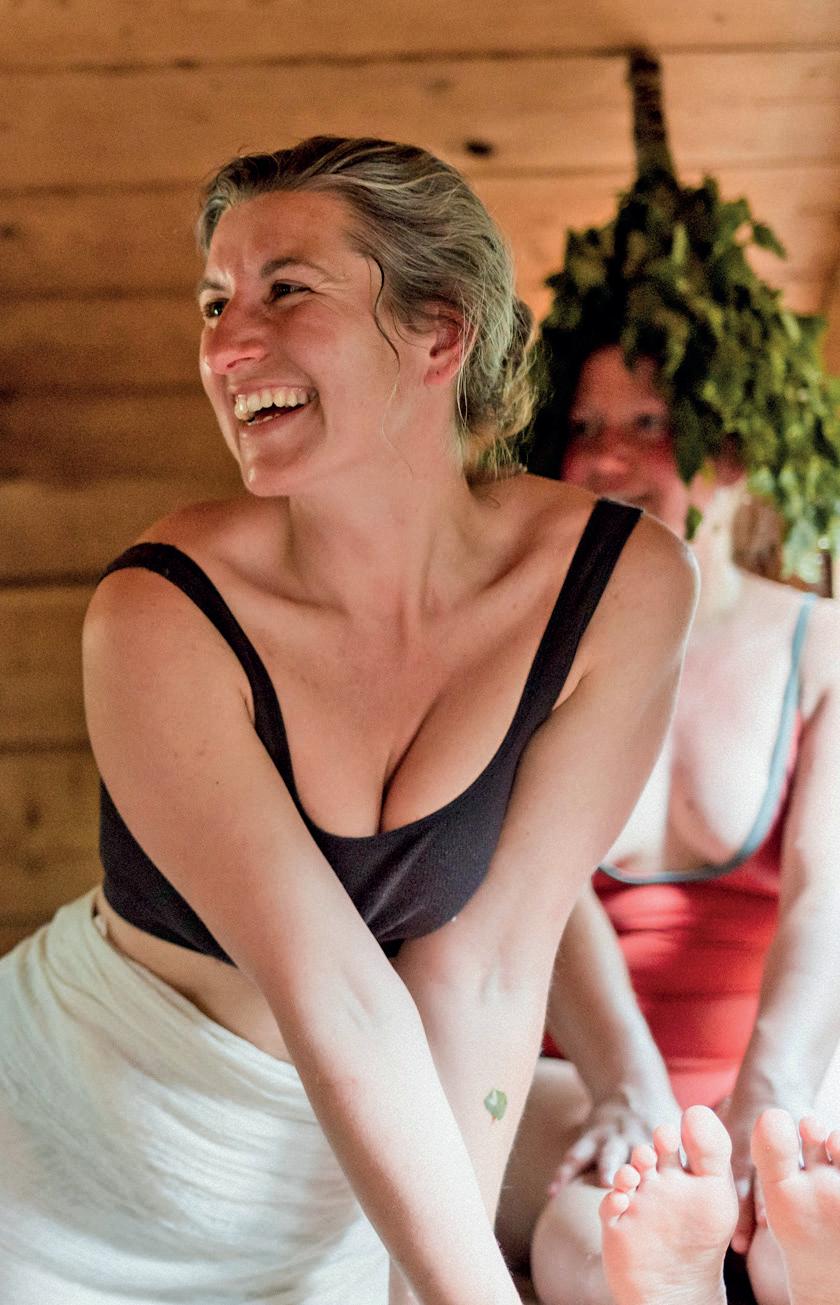

Community saunas across the UK are an affordable £8-£20 for 1-2 hours
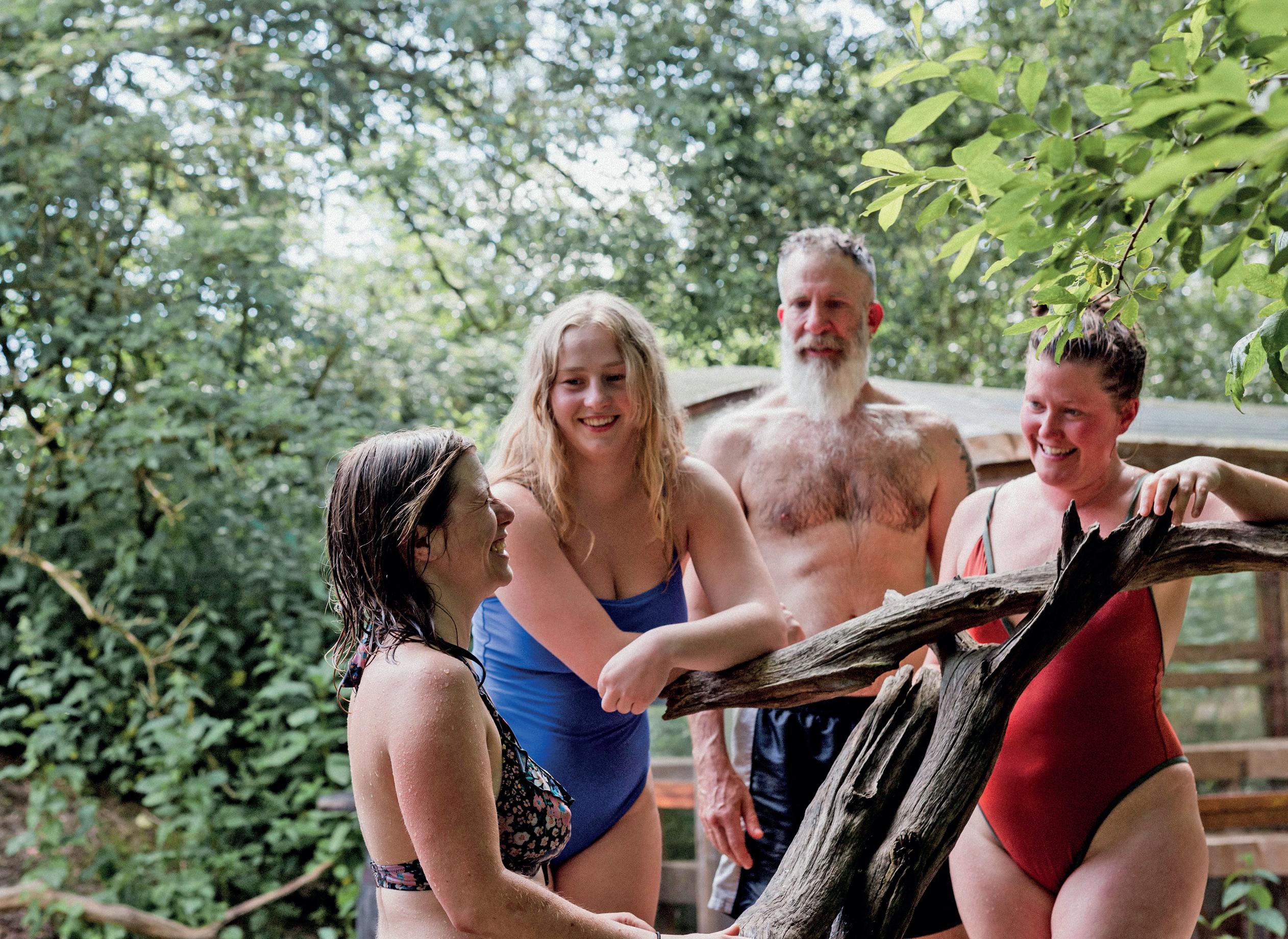
There’s something very beautiful about the opportunity for particular communities to develop cultures of bathing
Over the past seven years, Bracher has hosted experienced sauna master trainers from all over Europe, helping to grow the British sauna movement by training more than 100 sauna masters in the art of leaf whisking and aufguss (see www.spabusiness.com/aufgusswm). She continues to deliver an ever-widening range of training through her work with Sauna Master UK. With her role with the British Sauna Society, she was also part of the team that seeded the not-for-profit Hackney Community Sauna Baths in London in 2021, which has grown from a single location in Hackney to six across London. With a vision to bring local, affordable and authentic sauna to the UK, the baths host everything from aufguss events to storytelling, sound baths, yoga, breathwork, queer poetry, speed dating and even
a sauna festival, The Saunaverse, which includes music, dance, workshops and sauna rituals.
Championing the smaller, community-focused, more rustic sense of the British sauna is something that Bracher is passionate about, especially as big event-style saunas are on the rise. Her latest project is Wild Spa Wowo, a forest glade woodfired sauna sanctuary in Sussex that sits in a wooded area near a family campground. “It was an opportunity to set up a new site based in nature, creating space for innovation and events,” she says. Bracher sees a bright future for Britain’s growing sauna movement. “There’s something very beautiful about the opportunity for particular communities – not just countries – to develop cultures of bathing that suit their needs,” she says. “I think this will continue to evolve globally.” l





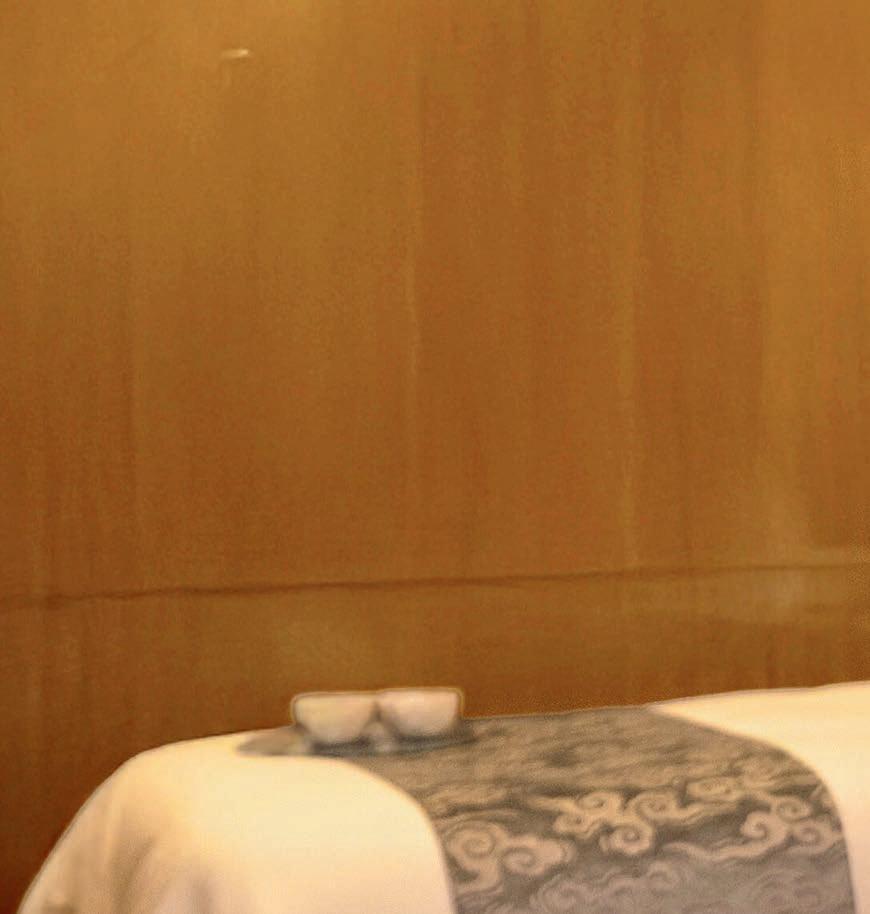
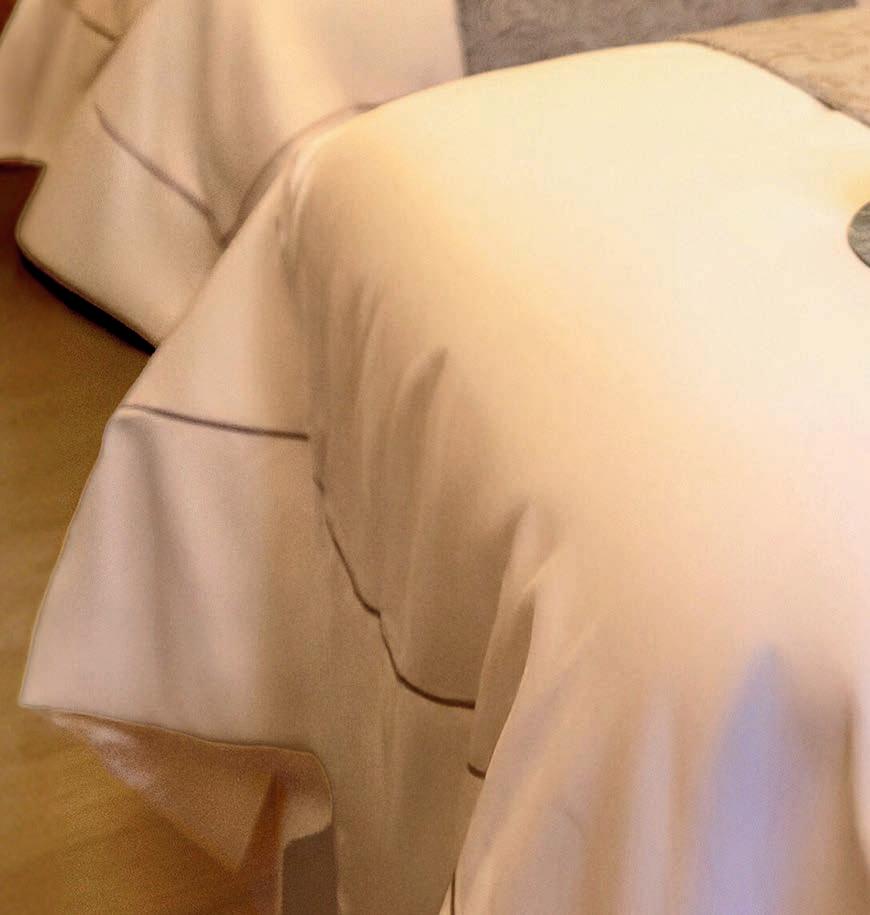
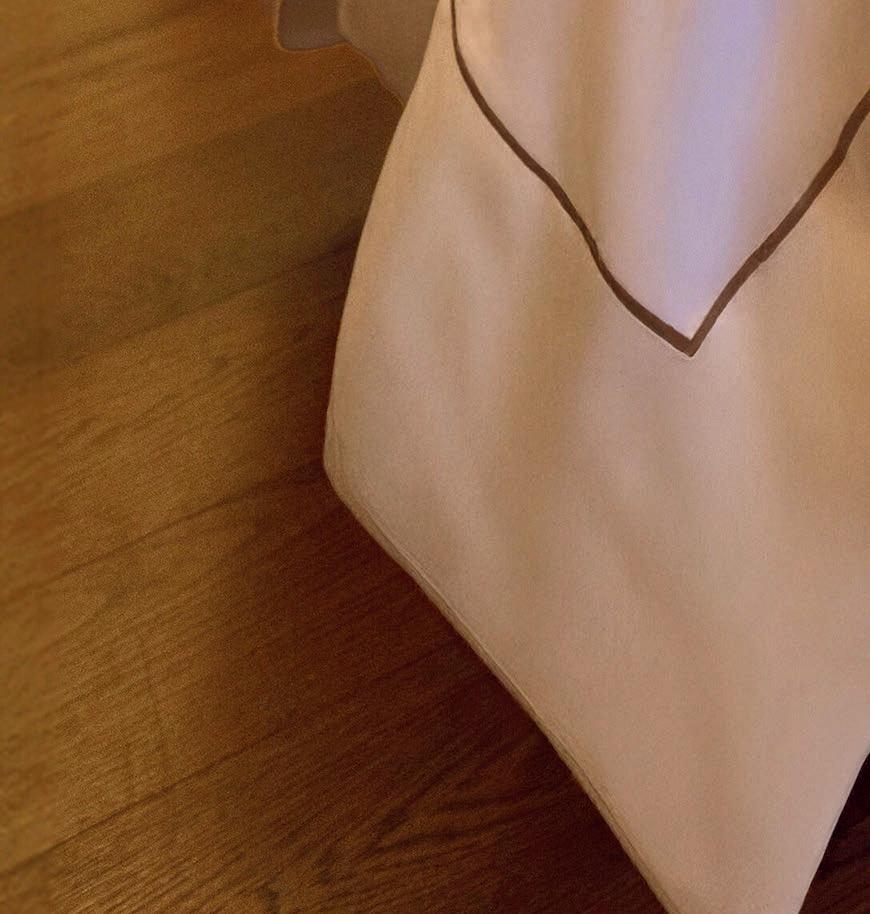


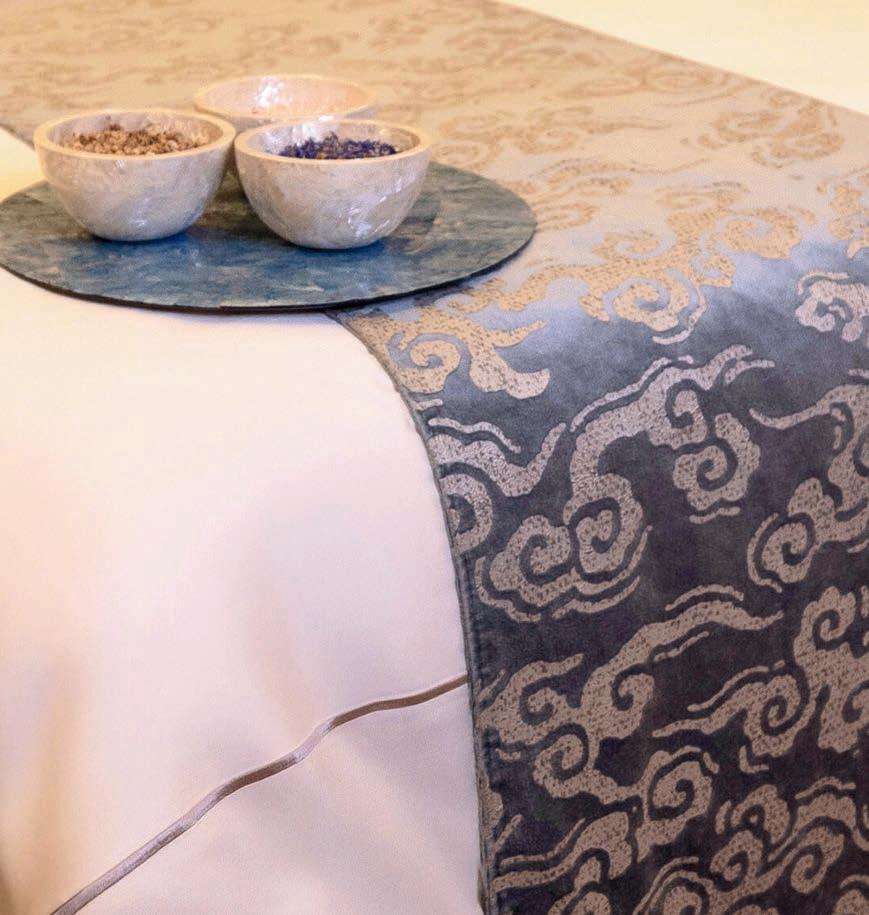




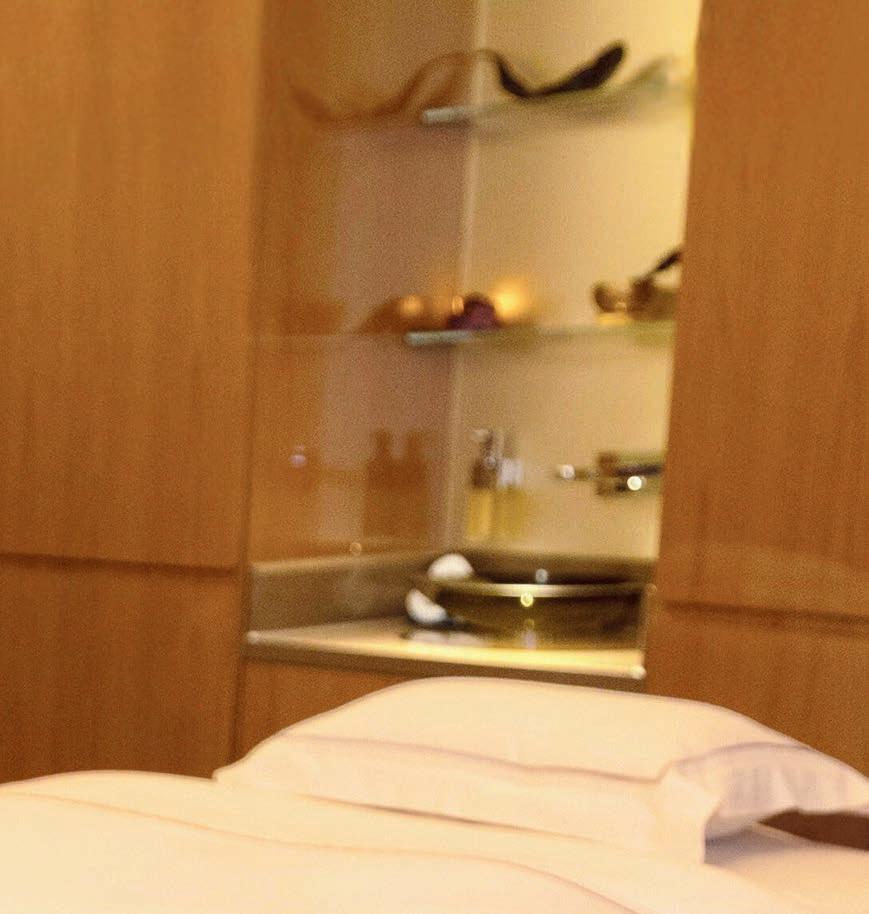










Debate around end-of-life care is becoming more prominent, while medical and social care services are being stretched. With death doulas able to ‘bridge the gap’ between the two, could spas also step up to host services in this space? Julie Cramer reports
With many countries facing ageing populations, the conversations around end-of-life care are inevitably increasing.
Against this backdrop, the role of the death doula (also known as an end-of-life doula) has gradually become more prominent over the last decade. Just as a birth doula is there to assist mothers to welcome new life, the death doula can be a non-medical advisor, assistant and confidante to those facing a terminal illness, to their caregivers, or elderly people approaching the end.
While death doulas have been around for centuries in different forms in global communities, their modern-day equivalents are now highly trained professionals offering valuable services. Their role is to facilitate a holistic approach to dying, addressing the emotional, spiritual, psychological and often the logistical needs of individuals and their loved ones.
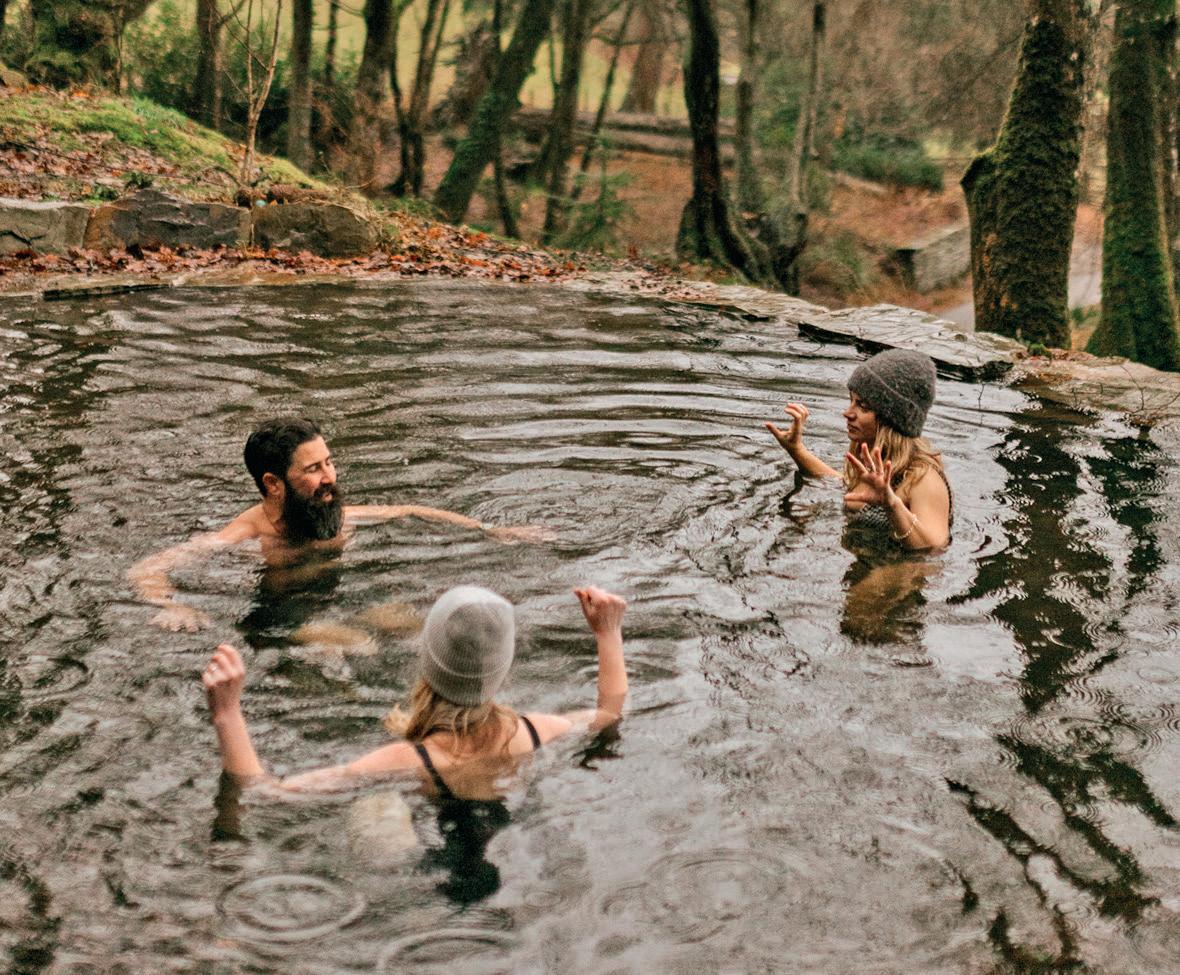
We’re all about holistic support, wellbeing and quality-of-life at the end of life
Dr Emma Clare

So this raises the question, could death doula services be offered at spa and wellness centres, whose raison d’être is to nurture and support the wellbeing of guests?
Dr Emma Clare, head of End of Life Doula UK – an association with 360 members – thinks so. “As end-of-life doulas, we’re all about holistic support, wellbeing and quality-of-life at the end of life, so we can absolutely see how this could align with a wellness setting,” she says.
“One of the things which makes our role different is the flexibility of the support we offer. If someone felt most comfortable accessing doula support via such [spa] facilities, we’d be very open to the idea. It would also provide a place for people to discover end-of-life doula support as an option for them at a time when they’re focused on their own wellbeing and self-care, which would be very fitting.”
Rachael Carter, an end-of-life Soul Doula trainer, wellbeing and spiritual life coach, is already working with wellness facilities such as Charlotte Church’s The Dreaming in the UK. She says: “We turn to spas for restoration, healing and deep relaxation, but true wellbeing includes fully living before we die – and how we prepare for and process death is a big part of that.
“Spas could become spaces where guests not only nourish their bodies but also explore life’s most profound transitions in a compassionate, supportive way.

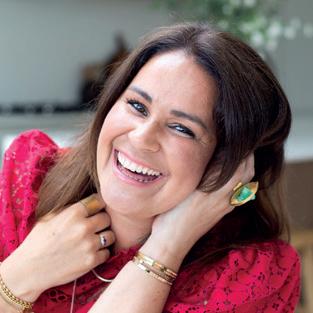
Spas could become spaces to explore life’s most profound transitions in a compassionate, supportive way
Rachael Carter
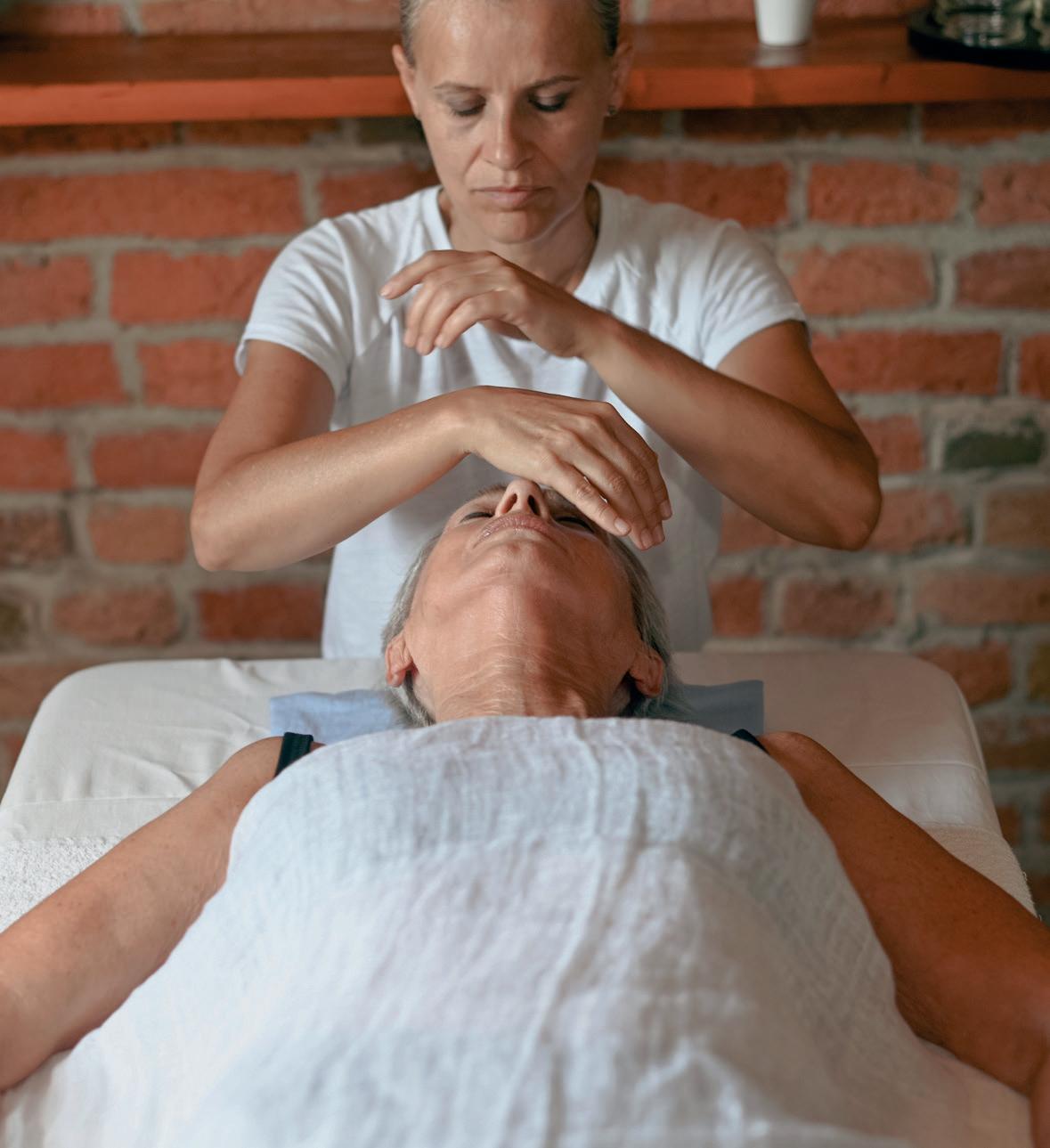
“There’s a growing movement to bring death back into open conversation – shifting it from something hidden to something honoured and embraced. Death doulas are becoming more visible as people seek a more holistic, bespoke person-centred approach to dying.”
According to Carter, spas might embrace services by death and grief experts in a number of ways: n Private or group sessions where guests can reflect on life, legacy and end-of-life wishes n Workshops exploring what truly matters in life n Tailored spa experiences for those at the end of life, offering soothing touch, breathwork or sensory therapies n Retreats to offer people at the end of life or those grieving a space to reflect and be nurtured
Fortunately for spas looking to employ fullytrained and vetted doulas, standards in the sector appear to be both high and comprehensive.
Clare says End of Life Doula UK launched in 2018 as a community to support and continue the learning of professionals already certified by Living Well Dying Well, an organisation offering robust training.
“It can take several years to train as an end-of-life doula,” she explains. “It’s also not a role that you can learn entirely from taught material – we learn by doing and by being with those we support. This means that many of our members are ‘end-of-life doulas in training’ who are undertaking their diploma
As awareness of the death doula role continues to grow, it will become an integral part of end-of-life care Lynn Schauwecker

n End of Life Doula UK: https://eol-doula.uk
n International End-of-Life Doula Association for the US and elsewhere: https://inelda.org/
n Eva & Alma, established by Rachel Carter: www.evaandalma.com
n For Alexandra Wilson’s work: www.journeywithdeath.com
n Menla: www.menla.org
training while assisting people in their communities, with the support of our mentoring system.
“Spas can come to us as we ensure that all of our practising members are appropriately trained, insured, DBS checked and mentored.”
Carter adds that for operators considering offering these services, clear communication – ensuring guests understand programmes are about support, not therapy or medical advice – is key, along with “thoughtful integration, so that doula services blend in seamlessly without overwhelming guests”.
As understanding of death doulas expands – as it appears to be doing – it could increasingly seem like a natural transition for these services to flow into the spa and wellness space.
Alexandra Wilson, from Journey with Death, has spent her career working in local communities in a variety of caring roles and established a social enterprise in 2018, offering death doula training and services. She’s also working on the concept of Earth Hospice. It’s a place of gathering, rest and respite for all, not just the dying and bereaved,” she says. “We believe there should be one in every community.”
Wilson continues: “Many people train with us because they want to volunteer in hospices. It’s a wonderful thing to do, but people dying in a hospice are the least in need of death doulas, if you think about it.
“So I think spa and wellness centres embracing these services is a tremendous idea. The opportunities to
Expertly formulated, this silky SPF 50 formula defends against:
Pigmentation
Premature skin ageing
UVA/UVB & blue light exposure
Pollution
With Hyaluronic Acid, Chinese Butterfly Bush, Beta-Carotene and more, it hydrates and protects leaving skin radiant, smooth and healthy-looking.

96% agreed the product left the skin looking brighter a fter 2 weeks of use*
*2 week user trial, 120 respondents.
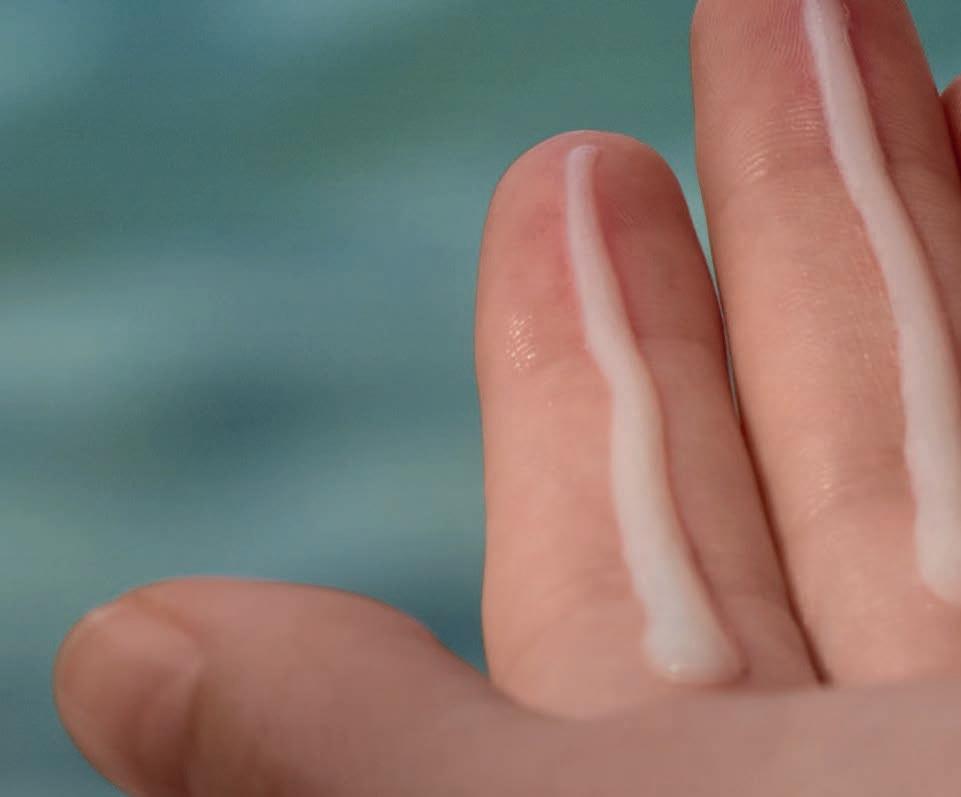
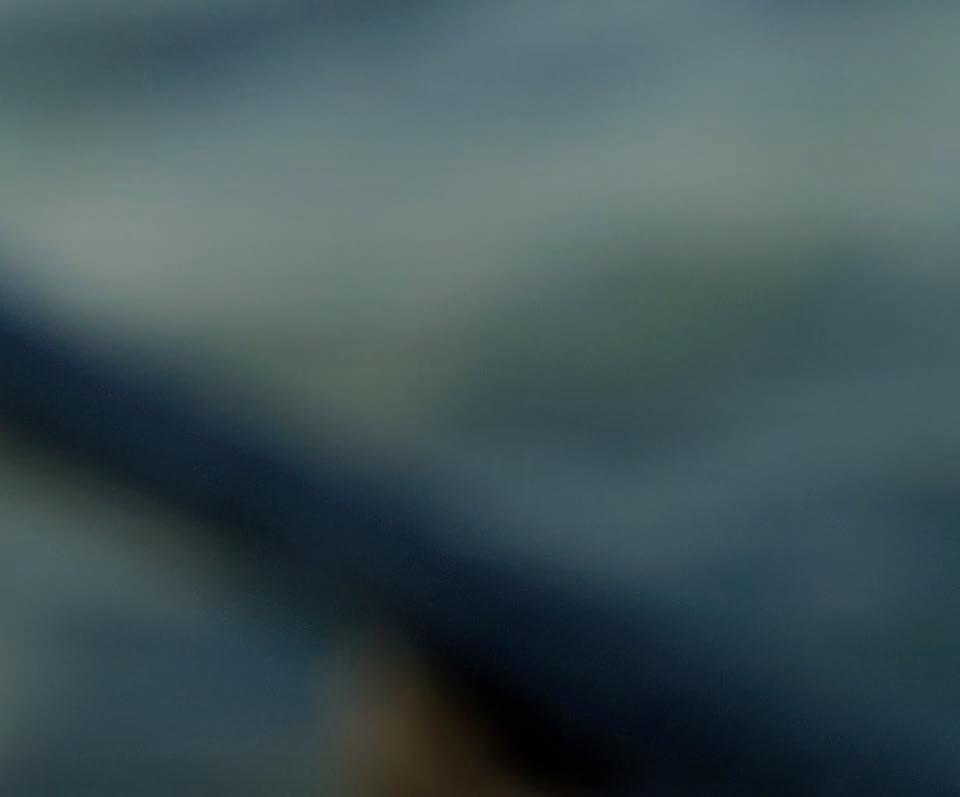

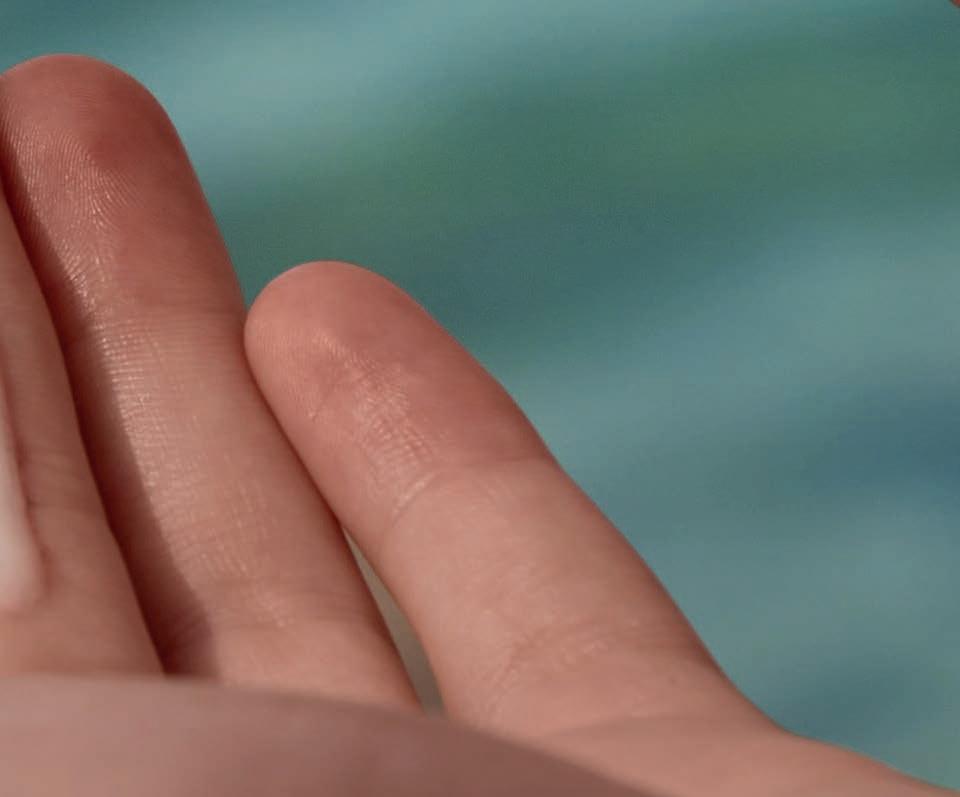
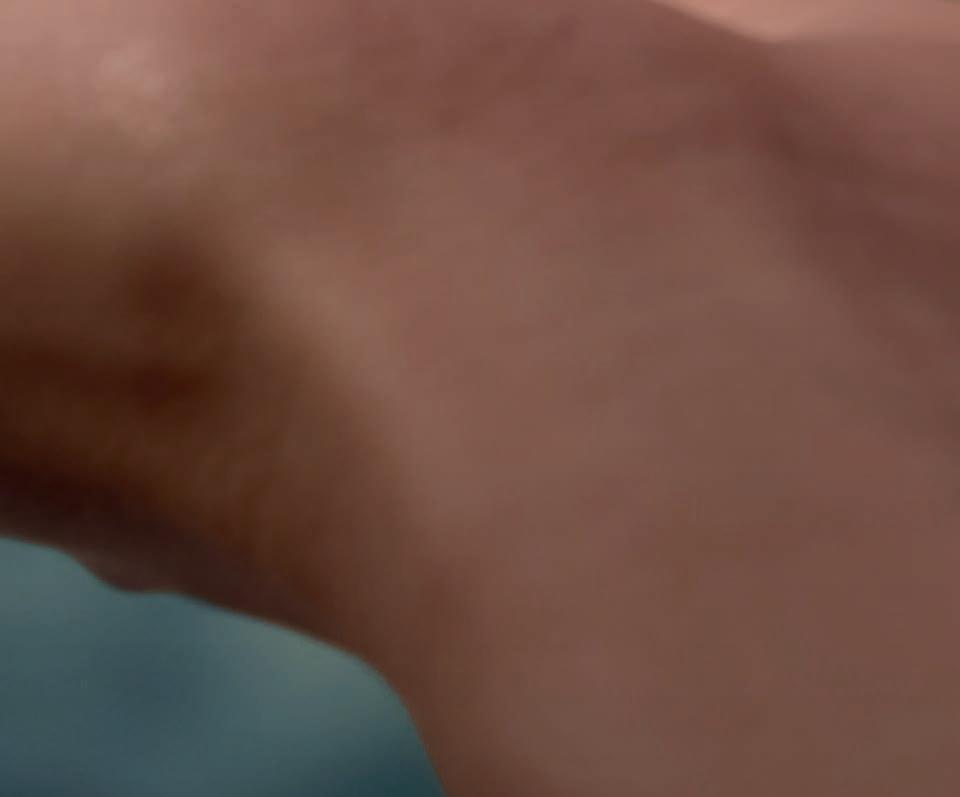
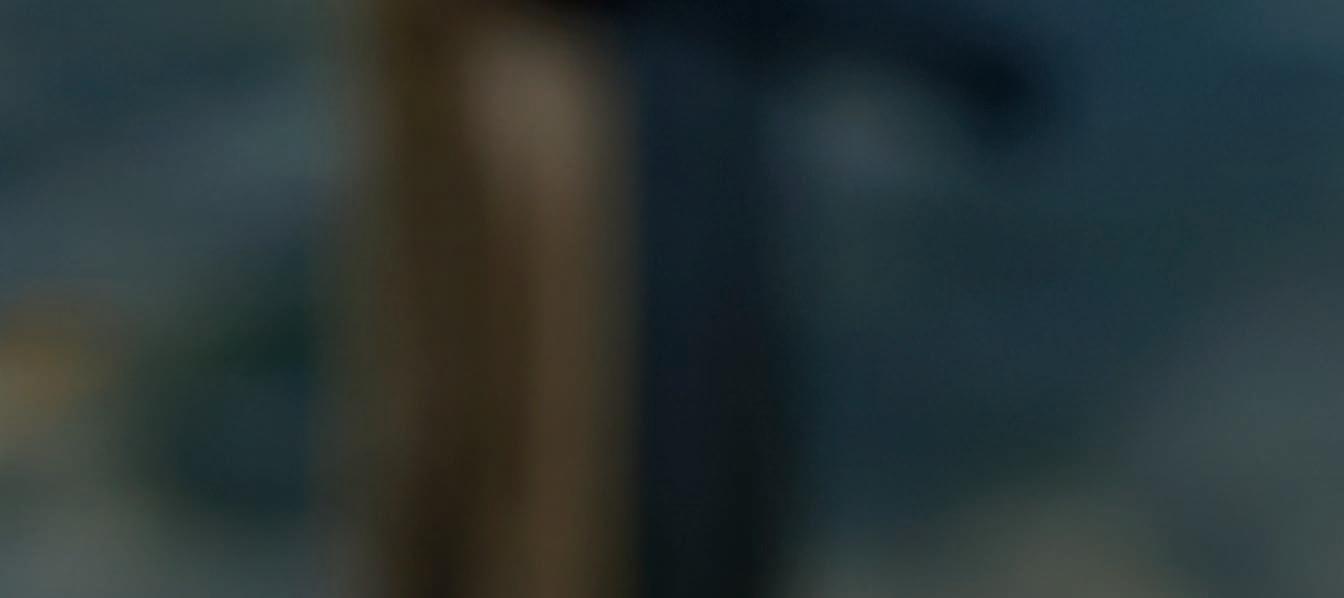


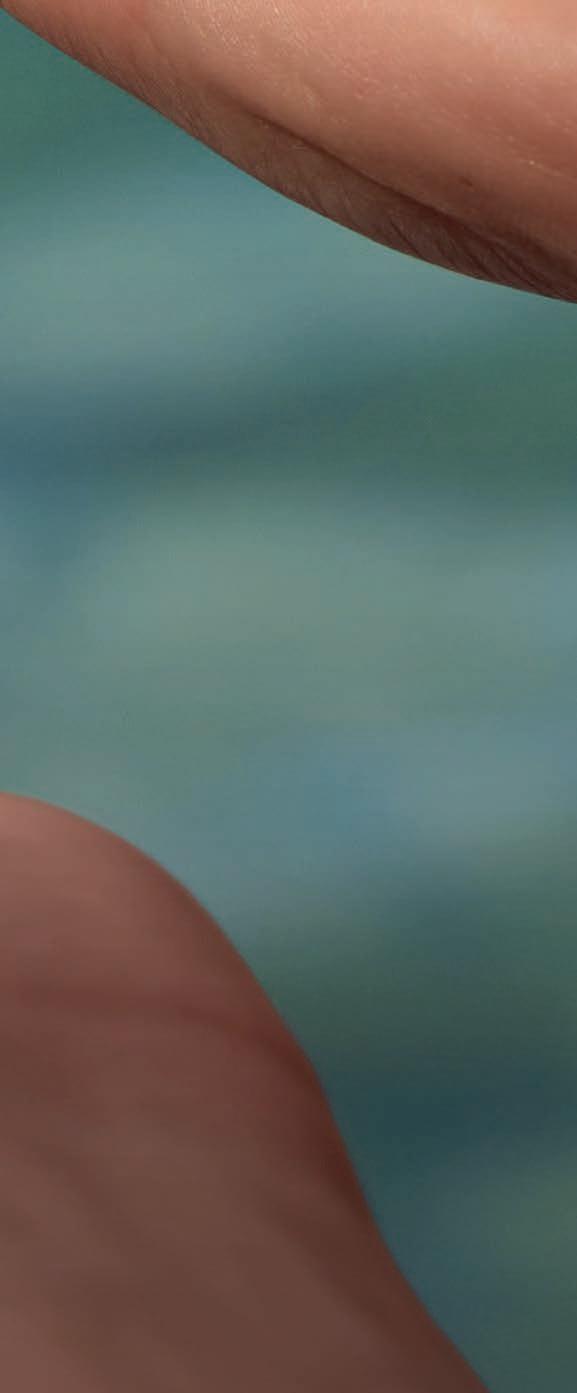

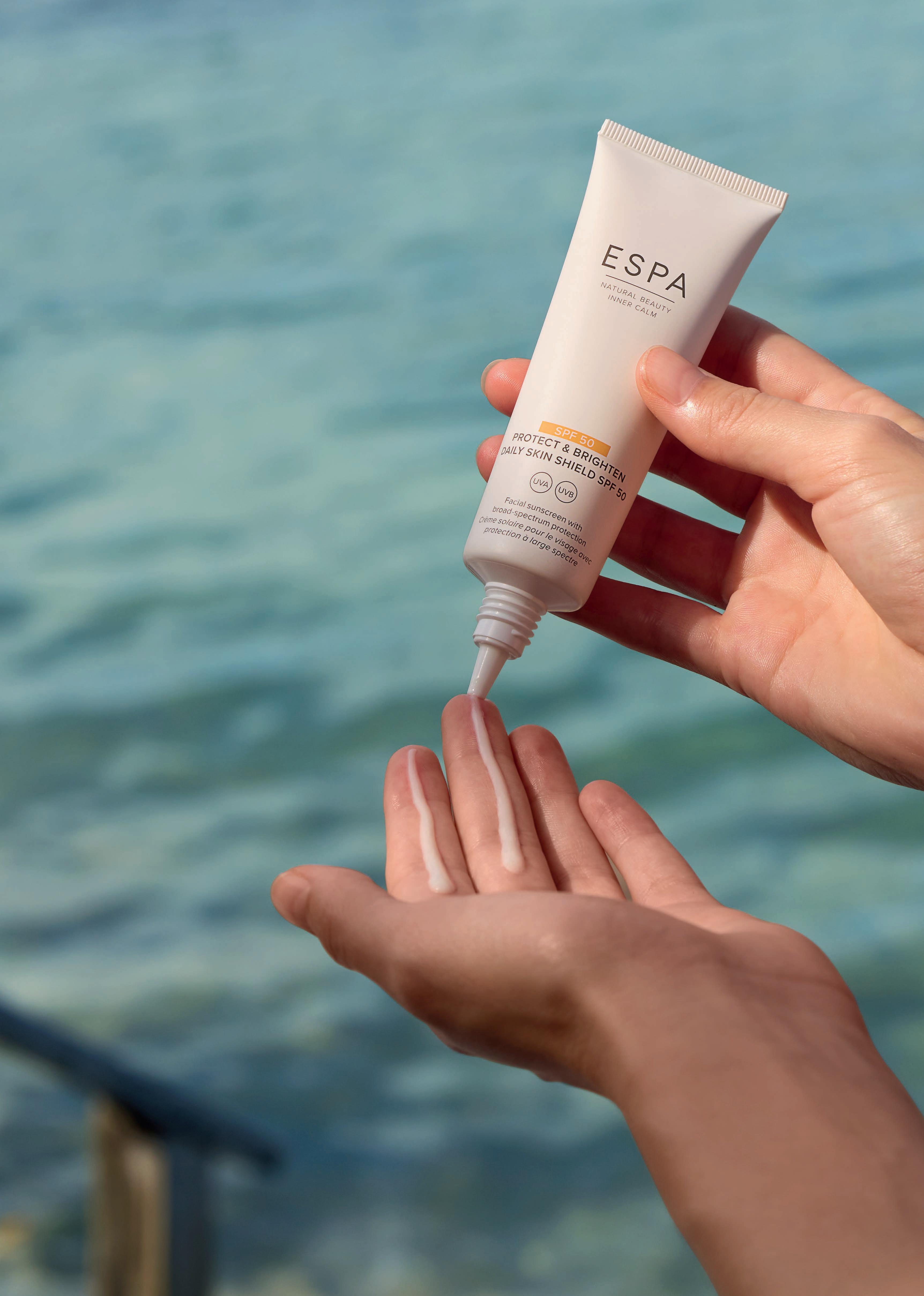
connect self-care, time for the self and processing dying, death and loss are endless. A death doula will hold a directory of local complementary therapists to share with clients – so being able to also recommend a local spa that’s welcoming of people who are facing the end of life would be brilliant.
“I think of spas and wellness centres as safe places to relax and often people who are carrying a lot of stress and grief need gentle permission to allow themselves to cry. I also like the idea that family and friends could buy vouchers for a grief-informed spa day as a way to show they care for that person and their carers.”
Wilson adds that spas offering these services could start to attract a new type of clientele and that it might negate the perception of them as a superficial luxury.
“Death doula work is only going to become more in demand and more needed, for sure.”
Wellness facilities that already fully embrace the topic of death and dying, such as Menla – a spiritual resort founded by Bob Thurman, the father of actress Uma Thurman – in the US, see it becoming more widespread and accepted.
Lynn Schauwecker, MD of Menla, says: “We already offer retreats rooted in the Tibetan Buddhist philosophy of the art of dying. In addition to spiritual
Death doula work is only going to become more in demand and more needed
Alexandra Wilson

teachings and contemplative practices, guests can access our Tibetan-inspired Dewa Spa, which offers medi-spa services and holistic treatments designed to support caregivers, those facing terminal illness and individuals navigating grief and loss.”
The centre also recently ran a death doula training retreat, led by Henry Fersko-Weiss, co-founder of the International End of Life Doula Association. Fersko-Weiss is a long-time presenter of Menla’s online conference, The Art of Dying and Living, which attracts people from a wide variety of personal and professional backgrounds.
Shauwecker concludes: “Death is as significant a transition as birth and death doulas offer invaluable support during this sacred passage. As awareness of their role continues to grow, we believe they will become an integral part of end-of-life care.” l

















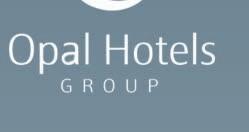
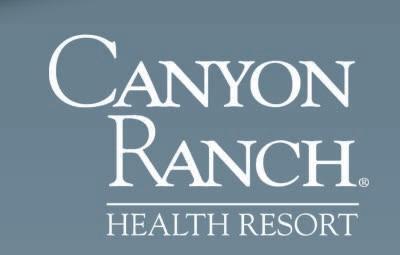




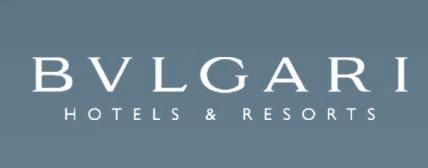












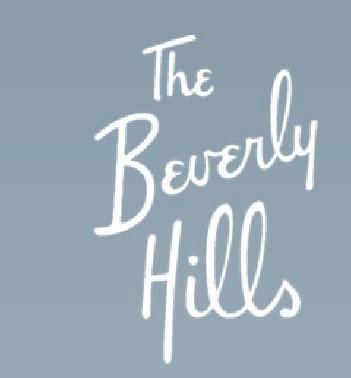
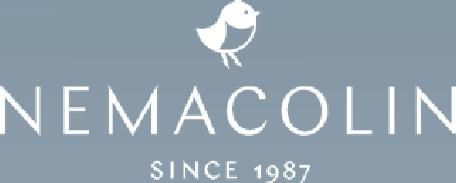




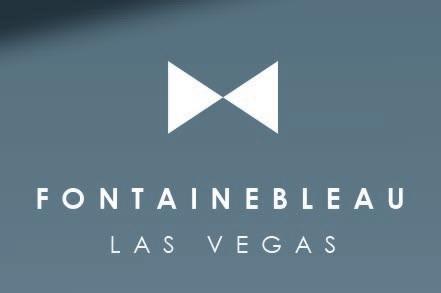


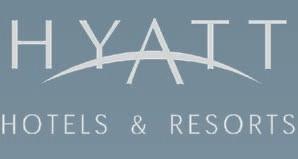




Jessica Wadley VP of Business Development



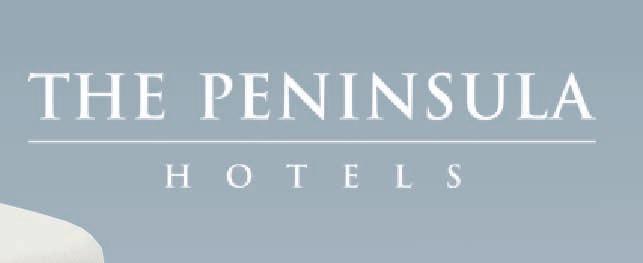
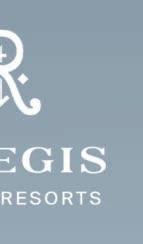


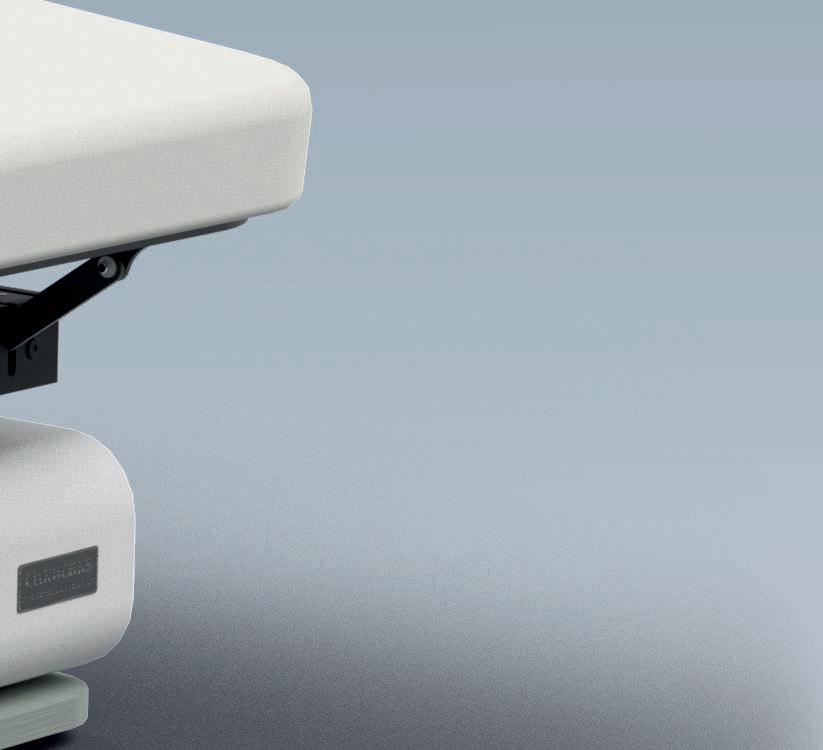










As life expectancy rises, concerns about cognitive decline, including dementia and neurodegenerative diseases, are increasing. In response, leading wellness operators such as Kamalaya, Clinique La Prairie, SHA and Lanserhof are taking the initiative and pioneering brain-optimising diagnostics, treatments and programmes (see p96).
In Australia, the Gwinganna Lifestyle Retreat – which has just been put up for sale (see p27) – has partnered with Neurotherapy Australia to introduce qEEG (quantitative electroencephalogram) Brain Mapping. And the service is proving to be parcticularly popular.
The non-invasive approach provides insights into cognitive performance, mental and emotional health. From there, Neurotherapy Australia’s Cameron Oates, a neurofeedback specialist and life coach, suggests ways to modulate brain activity for any number of outcomes. In spas, advice and treatments could focus on reducing


stress and alleviating anxiety, or boosting cognitive performance, while tackling symptoms of ADHD could be addressed in a clinical setting.
Given that the brain regulates our emotions, memory, thoughts and essential functions like heart rate and digestion, and that dementia is now the leading cause of death globally, such approaches may also play a vital role in promoting healthier, longer lives by addressing cognitive decline before it begins.
Using sensors placed on the scalp, qEEG Brain Mapping analyses electrical activity in the brain in real time during various cognitive tasks, both with eyes closed and open.
Colour-coded maps powered by Myndlift software reveal beta, alpha, theta and delta wave patterns, which are associated with different functions. The maps are used to show overactivity, underactivity and dysregulation in these areas, with data benchmarked against age and gender.
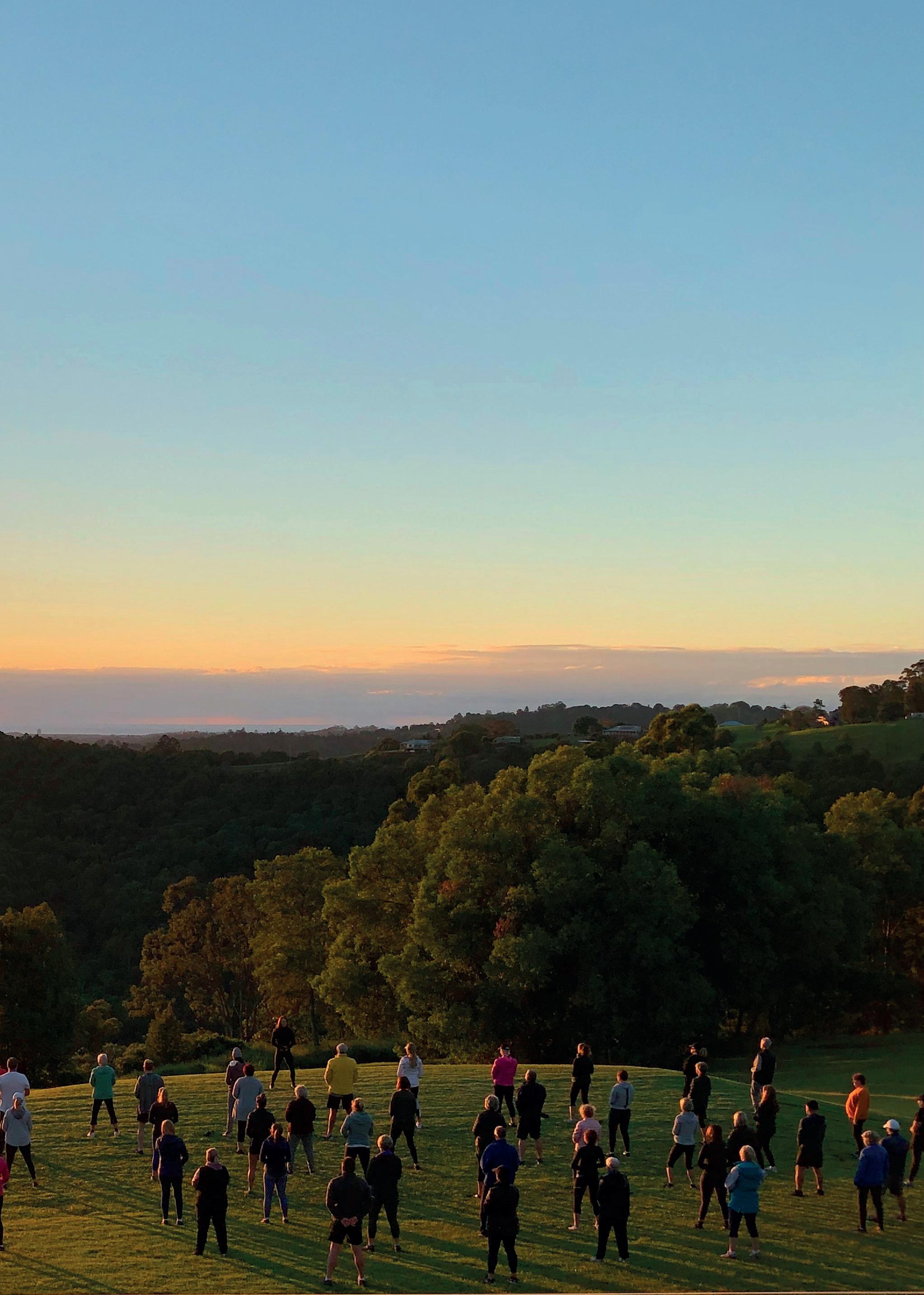
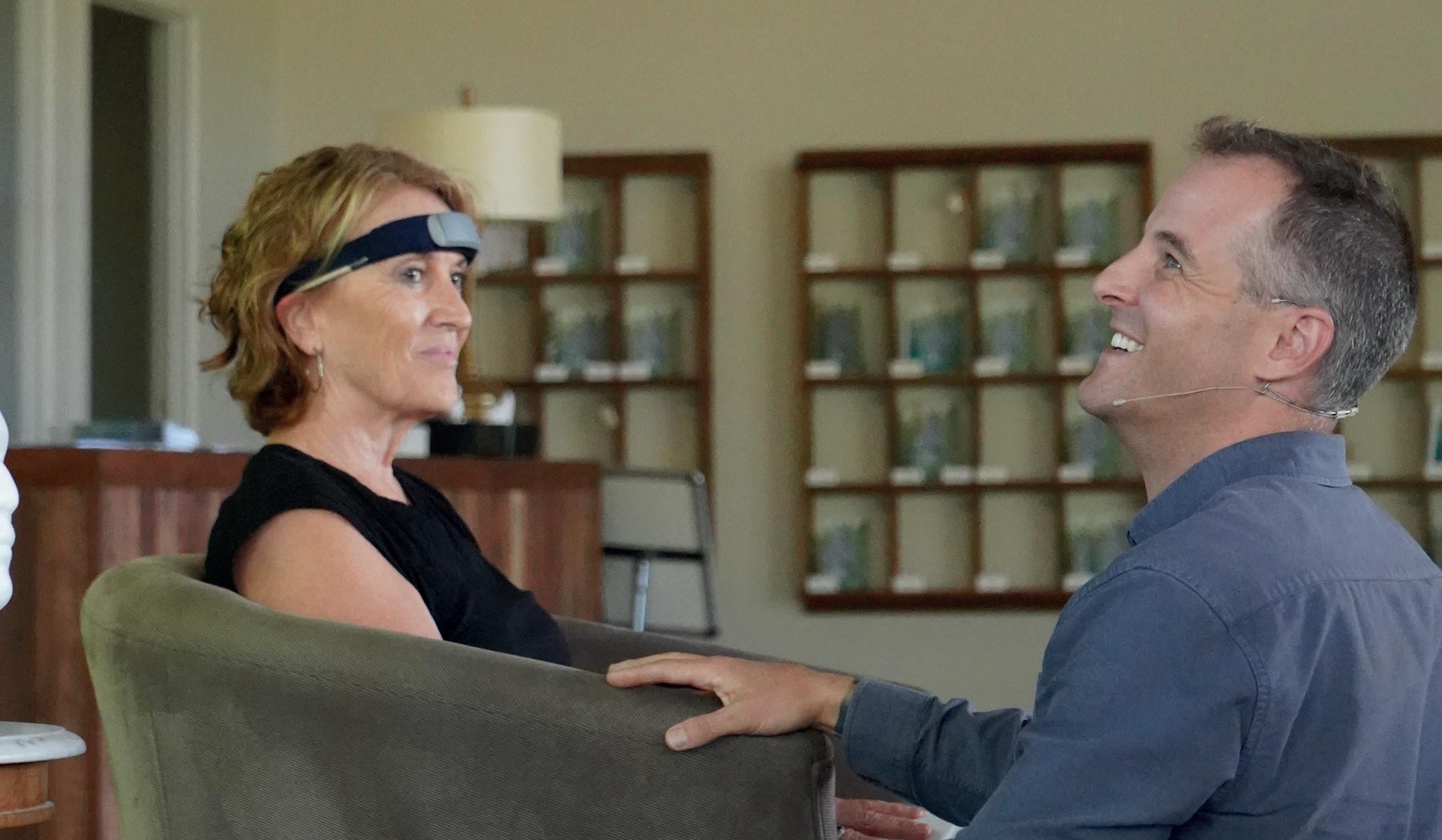
Excessive fast (high beta) wave activity in the frontal lobe may signal heightened stress, while slow (theta) waves could suggest ADHD-like symptoms. Elevated alpha waves in the left frontal cortex may relate to low mood states, while underactivity in the temporal lobe may suggest memory retention challenges common in dementia.
Oates explains that using brain mapping information, practitioners can tailor exercises and activities that help patients rebalance specific areas of their brain. In his own practice, he’s identified a whole gamut of interventions, from breathing techniques and sleep regulation to morning and nighttime routines, water intake and meditation.
“As the wellness industry evolves, we’re committed to consistently enhancing and delivering sciencebased, cutting-edge experiences,” says Melanie James, general manager at Gwinganna. “It’s our collaboration with Cameron [Oates] that’s made the brain mapping offering possible.”
Oates founded Neurotherapy Australia in 2022 with a goal of reducing the impacts of mental illness and stress by improving brain function. He’s led presentations at Gwinganna on his field of expertise for a number of years.
Gwinganna offers qEEG Brain Mapping as a speciality service for AU$320 (US$204, €180, £154).
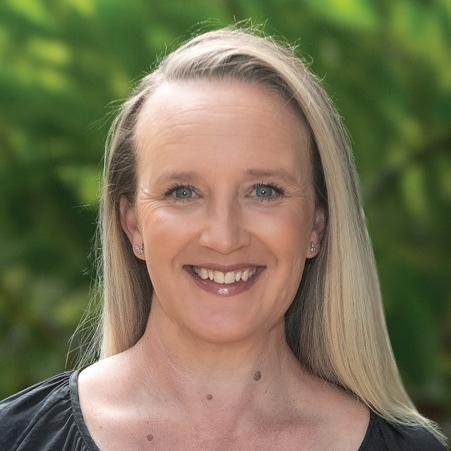
It includes an 80-minute session with Oates to record and interpret brain activity and suggest interventions, along with a follow-up with him two weeks later.
“The appeal of brain mapping is broad, attracting diverse markets across genders and demographics,” says James, adding that Gwinganna only offers it as a standalone treatment at this time.
Since its launch in September 2024, she says both bookings and revenues have increased. Oates conducts up to 18 sessions a month, making it Gwinganna’s most sought-after speciality experience. “This treatment has significantly boosted guest

BRAIN MAPS Sensors on the scalp measure electrical activity in the brain in real time and colourcoded maps by Myndlift show higher (red) or lower (blue) activity than normal
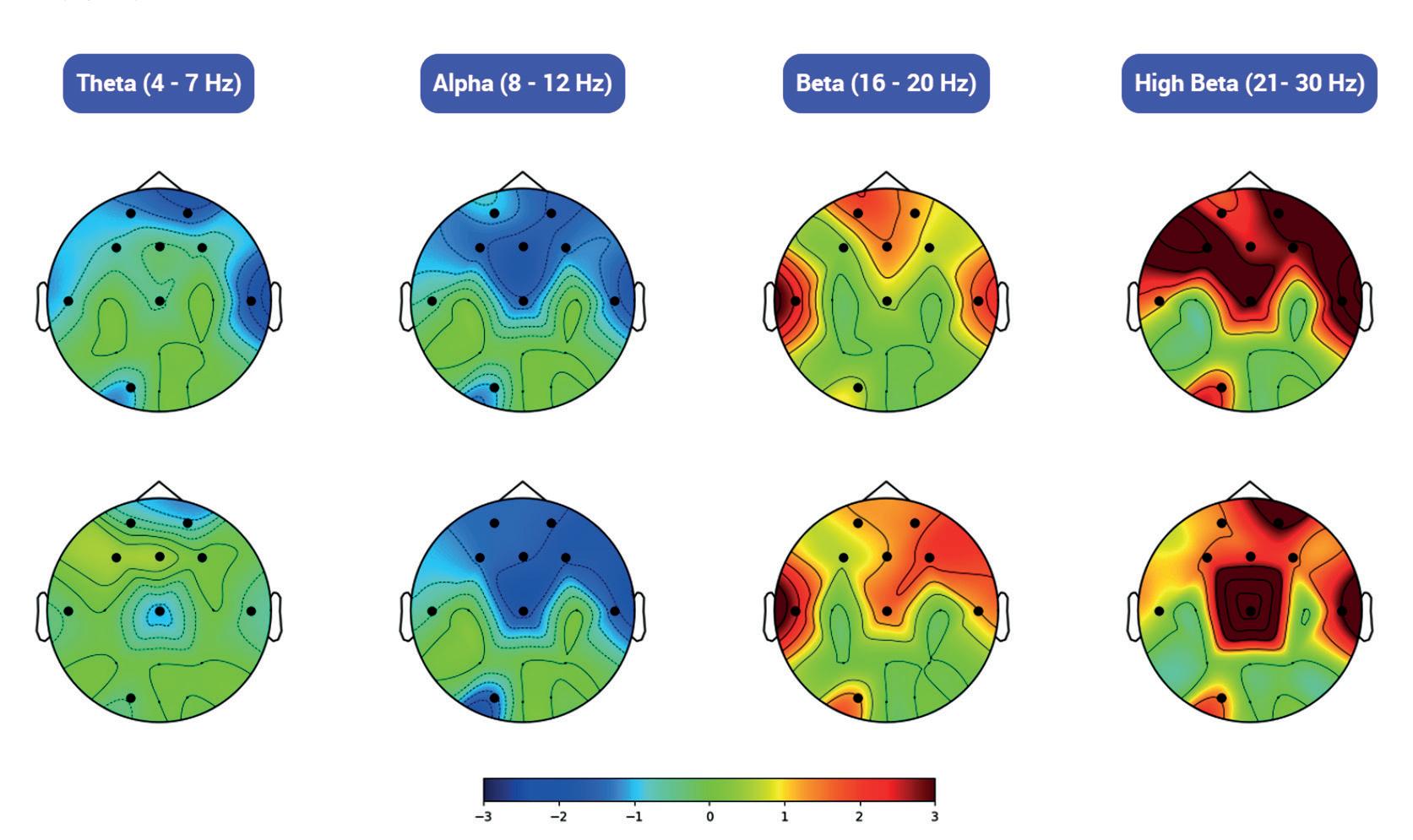
satisfaction and enhanced our industry reputation,” she explains. “Our primary operational challenge lies in effectively meeting the growing demand for it.”
I’ve visited Gwinganna several times, with my most recent experience being the Optimal Wellbeing programme. The five-night package, starting at AU$3,815 (US$2,465, €2,176, £1,845), includes a facial, massage and AU$100 (US$64, €56, £48) towards a wellness therapy, along with seminars, cooking demonstrations, organic meals and accommodation.
Prior to my trip, I was sent a list of extra services (not included in my package) that might be of interest and the unique brain mapping treatment intrigued me. Since my great aunt’s passing from dementia, I have a keen interest in brain longevity.
Interestingly, there was significant focus on brain health in the Optimal Wellbeing programme. In the daily seminars, practitioners shared research on how poor sleep and chronic stress accelerate cognitive decline. Oates’ seminar on day three was particularly engaging. Pulling a guest from the crowd and fitting a headset on them, he started tracking their brainwaves in real time. No script, no prep. We watched their brain activity shift from scattered static to smooth, steady waves.
“I can see straight away that your sleep is potentially dysregulated in both your deep and REM cycles,” was the first thing Oates said to me in my personal session. A disheartening revelation given my strict sleep routine. He also observed high beta activity in my frontal lobe, likely due to excessive thinking and screen

Wellness operators around the world are introducing brain health services.
In March, Kamalaya in Thailand launched The Cognitive House, a purpose-built centre dedicated to brain diagnostics and optimisation protocols. Treatments start at THB2,100 (US$62, €57, £48) for brain stimulation therapy.
Last year, Switzerland’s Clinique La Prairie unveiled a Brain Enhancement Program targeting cognitive health and rejuvenation.
Priced from CHF28,400 (US$34,667, €30,478, £26,151), the seven-day package embraces medical diagnostics such as MRI and CT scans with calcium scoring, alongside cognitive assessments and psychology sessions. Its personalised ‘neuro-nutrition’ combines anti-inflammatory menus, longevity herbal infusions and nootropics.
The Enhance Your Cognitive Well-Being programme at Lanserhof Tegernsee in Germany is available in seven, 10, 14 and 21-day formats with packages starting at €11,908 (US$13,493, £10,094). It focuses on the brain-gut axis and offers extensive testing beyond conventional neurological assessments, including early detection of dementia. Treatments emphasise functional
use, yet at the same time, noted that all areas of my brain were low in energy. An interesting duality, indicating I need downtime to recharge.
Fortunately, there were no signs of cognitive decline. My qEEG revealed excellent stress and emotional regulation. This resonated with my 20 years of mind-equalising practices.
In my compelling prescription phase, Oates suggested three practices to improve brain rest: sunrise sun gazing for circadian rhythm support, regular mental breaks and his 4 to Restore breathing technique to build on heart and brain coherence. He also suggested cold plunges would be a benefit, as all areas of my brain could use a bit of invigorating.
“With continued practice, this builds resilience in the autonomic nervous system,” he says, “enhancing focus, improved cognitive function, better sleep quality, better decision making and enhanced performance in a variety of activities.”
He also cautioned against drinking alcohol in the evening, as it disrupts brain rest during sleep.
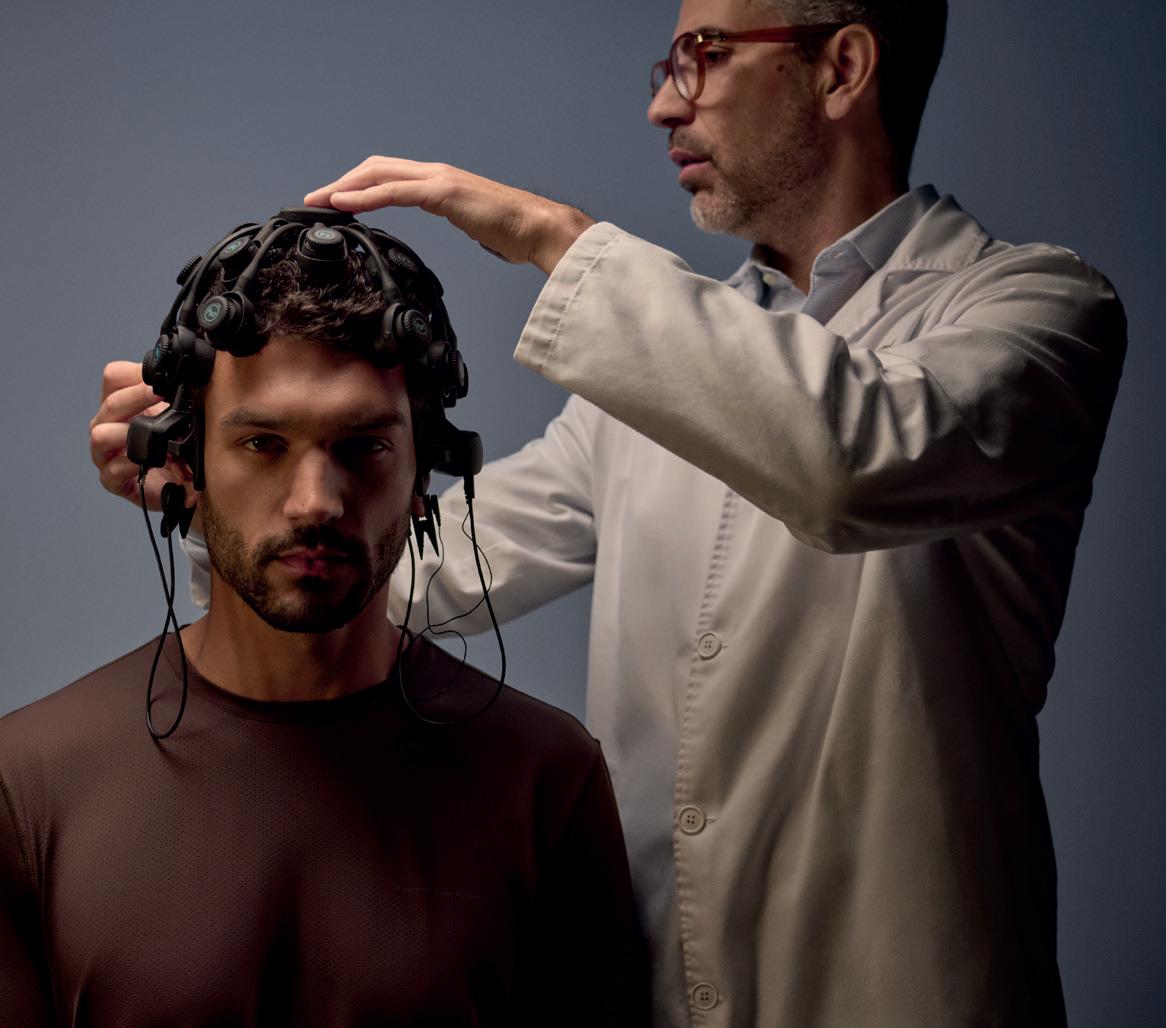
medicine principles, sleep optimisation, stress reduction and detoxification.
A Cognitive Boost pack can be added to programmes at SHA Wellness in Spain and Mexico for €1,350 (US$1,560, £1,152). Designed to enhance focus and memory, it includes a neurocognitive assessment at the start and end, two neuro technical sessions, a neuro training app and tailored vitamin supplements.
An unexpected highlight was the detailed follow-up call two weeks later. The two-part structure enables Oates to analyse the brain map more thoroughly and further personalise advice. Most of the extra insights were positive and I appreciate that his lifestyle suggestions are free, cumulative and can be practised anywhere, anytime.
Since my brain mapping experience, I now incorporate regular mental breaks throughout the day, which I enjoy and have upgraded my fitness routine. While I haven’t mastered sunrise for sun gazing, I step outside each morning to connect with nature before using screens. The 4 to Restore technique helps me destress and I wake up with more energy – so something has shifted.
Mostly, I’m more attuned to how screens affect my sleep and how little downtime I allow myself to simply unwind. It’s motivated me to prioritise social interactions focused on outdoor activities, such as hiking, to create a healthier balance.
For a AU$320 investment, it’s been a very good investment and contributed enormously to my health journey. l
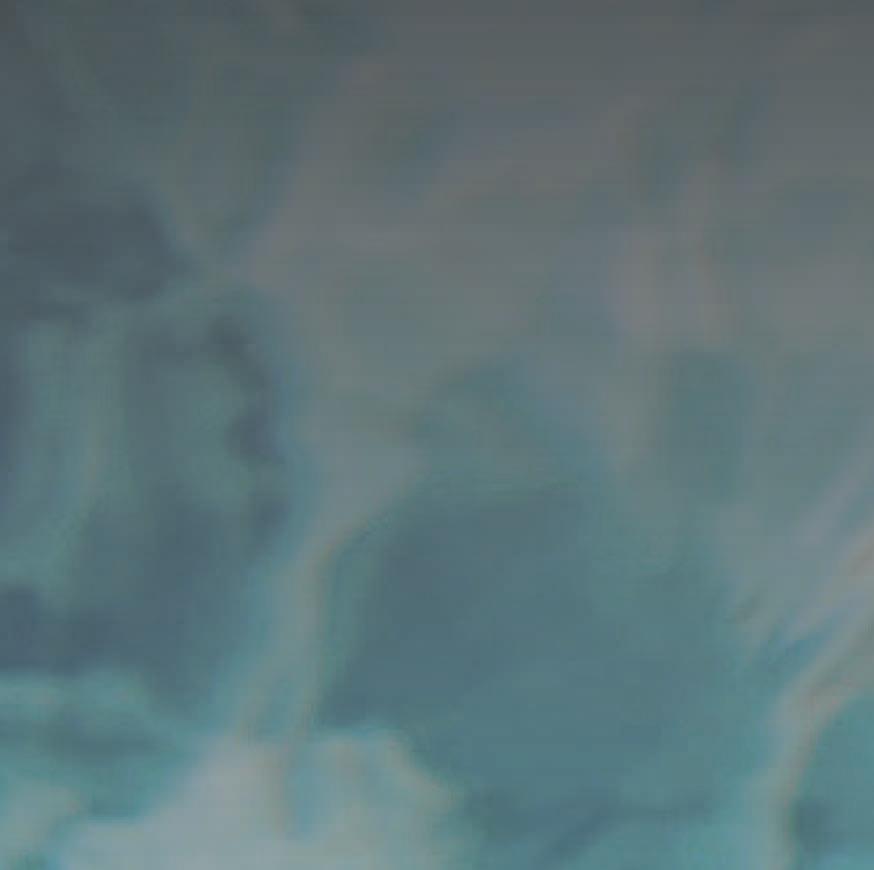






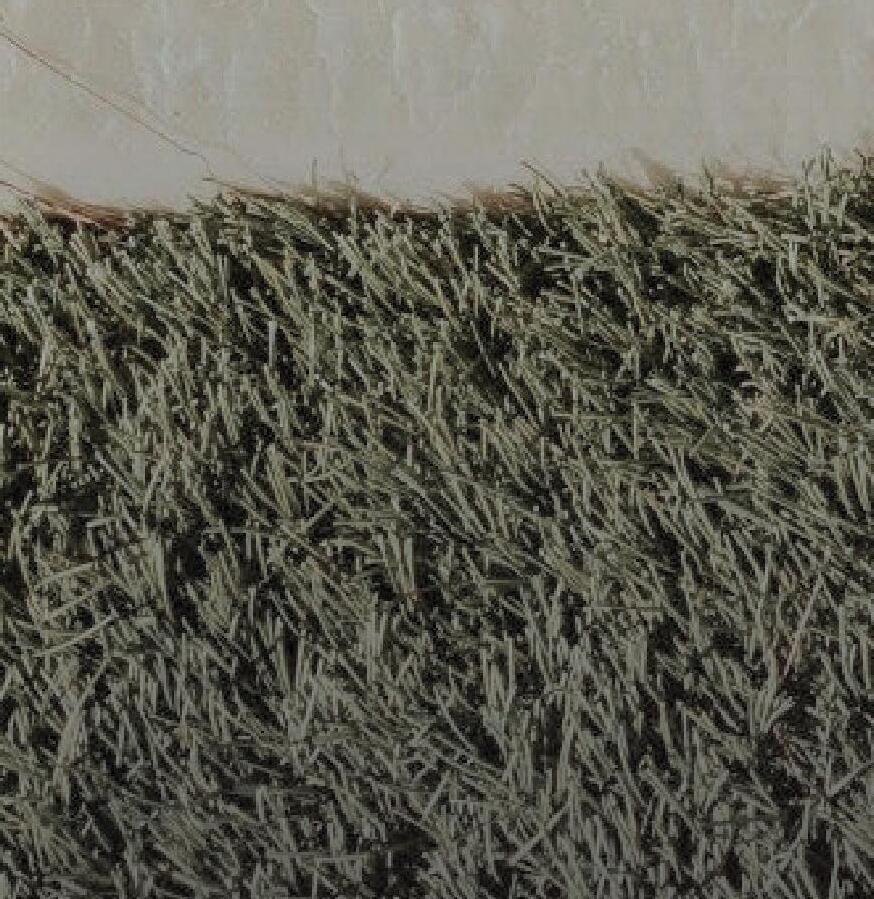
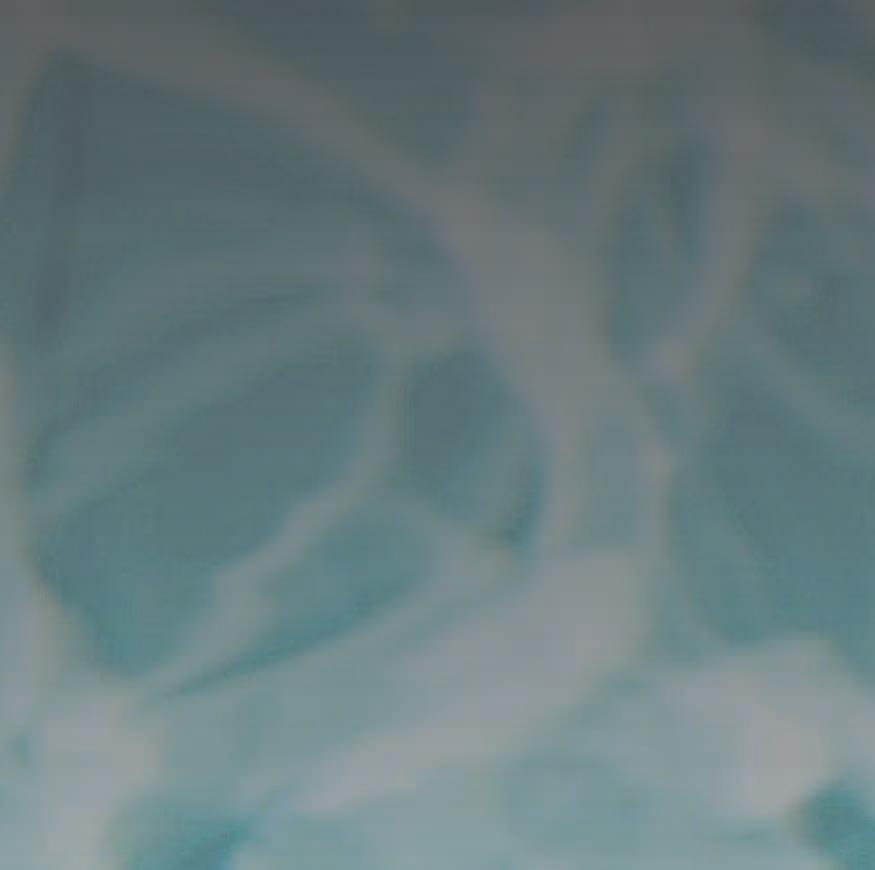
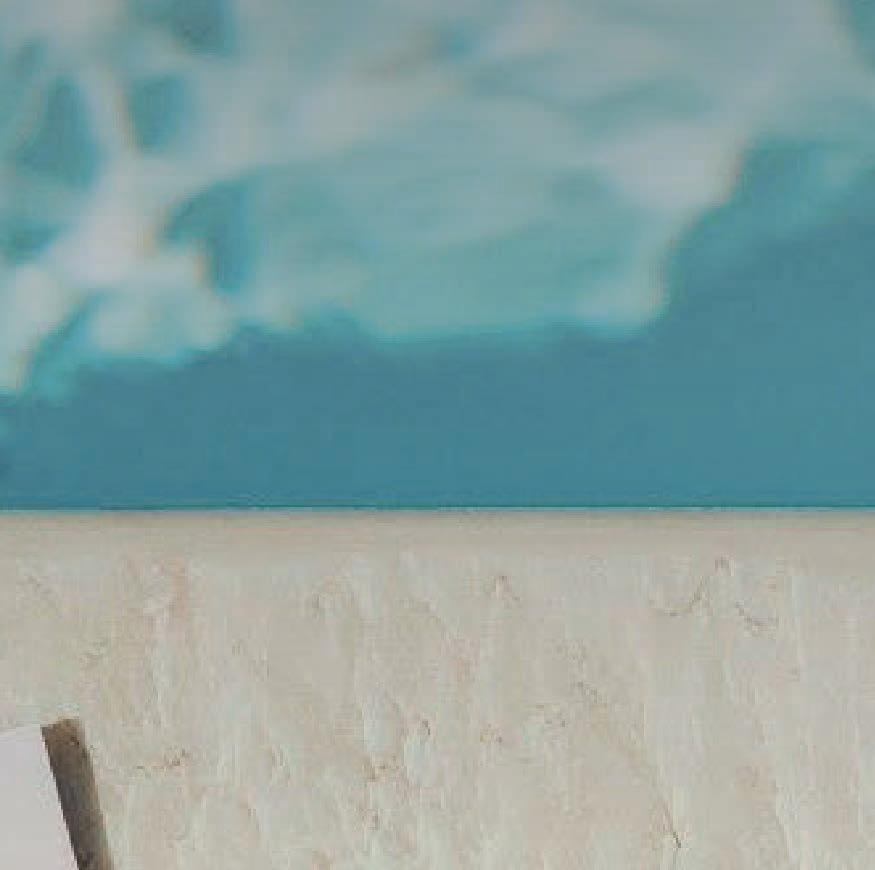


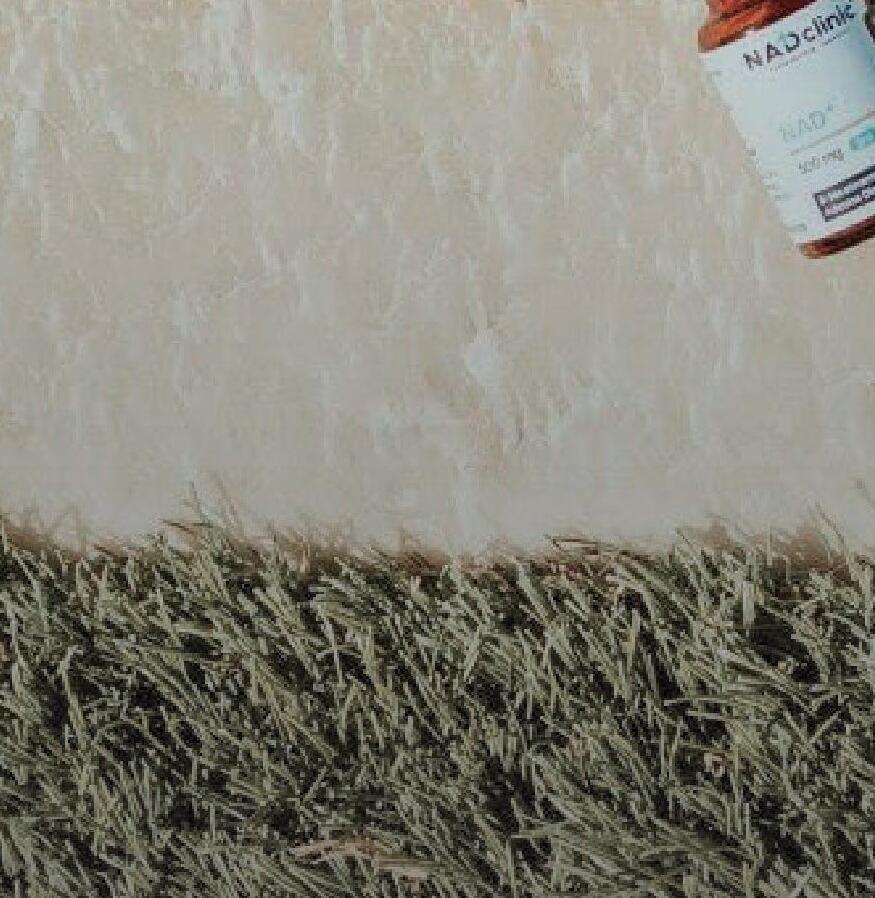




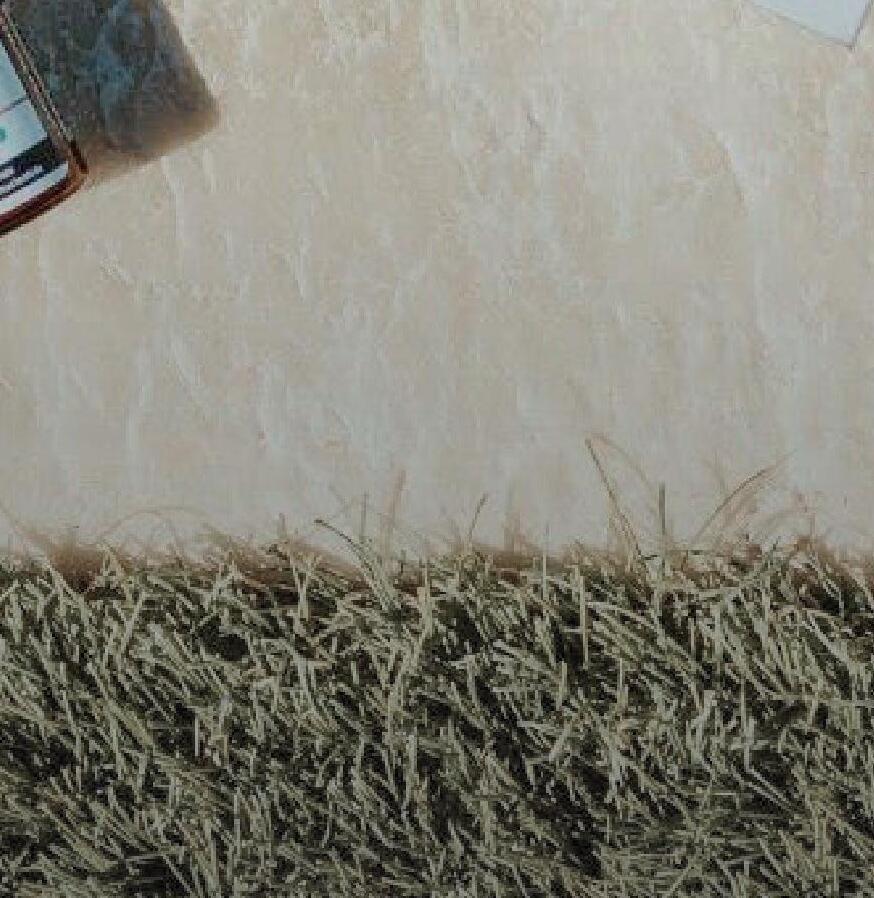



Cassandra Cavanah tries out the AI-powered automated massage technology everyone’s talking about and finds out if it’s popular in a luxury spa setting
The Ritz-Carlton Bacara, Santa Barbara in the US, is one of the first luxury spas in the world to offer fully automated robot massages. It’s doing this in collaboration with Aescape, which recently secured US$83 million (€72.8 million, £62.4 million) in funding and is quickly rolling out demo units across the country.
It’s an exciting move for the property, which prides itself on innovation. But what is the experience like? Is the service suited to an upscale spa setting? And how are therapists reacting to it?
I don’t fill out any specific waivers or special paperwork for my 30-minute Aescape session. However, staff happily educate me about it beforehand. Having all tried it out, they’re genuinely enthusiastic about the new feature and provide authentic insights.
I slip into a compression-style outfit (think thin ski base layer) – it’s a snug fit that doesn’t shift around or distract me – before setting eyes on the sleek, yet unintimidating setup for the first time.
From the moment I lie down, the high-tech experience kicks in. Infrared sensors scan my body, capturing over a million data points for a custom-fit massage in seconds. And honestly? The robotic arms/hands (Aerpoints) work exactly as advertised. They don’t feel cold or clinical (they’re warmed to a consistent 35˚C) and move smoothly over my back, adjusting seamlessly to my body with no awkward missteps.
Aescape claims to offer seven distinct massage techniques – knuckle, thumb, cupped hand, blade (side) of hand, palm, forearm and elbow moments – but it mostly felt like knuckles and blades, with


There’s something freeing about not having another person in the room, says Cavanah
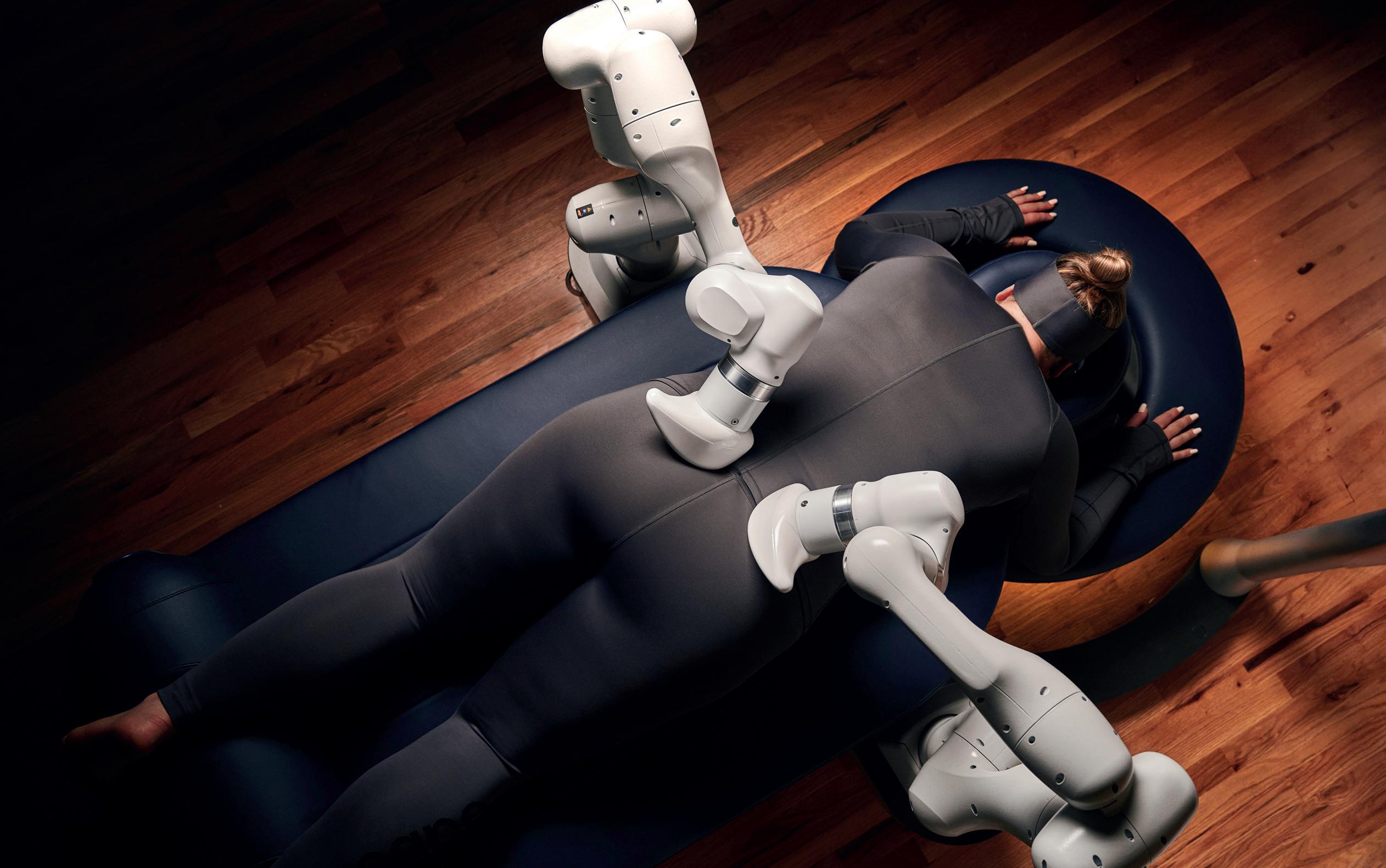

resting palms providing slight pressure. Another drawback? Services are limited to the back, legs and glutes as the Aerpoints just aren’t dexterous enough to mimic the magic of human fingers required for neck, arm, foot and head massages.
A touch screen positioned below the face cradle allows me to see the massage progress and control it in real time. I can increase pressure, pause, or stop entirely if needed. I crank up the intensity when the Aerpoints get to my glutes and wow – this is a highlight.
The session itself is incredibly relaxing and I nearly doze off, helped by being able to choose the music – options beyond the usual spa sounds include chill beats, piano and classic rock and are a nice touch. One unanticipated upside? The absence of another person in the room. Don’t get me wrong, I love a great hands-on massage, but there’s something freeing about not having to make polite conversation and letting the machine just do its thing.
I crank up the intensity on my glutes and wow – this is a highlight
A 30-minute Aescape session at The Ritz-Carlton Bacara costs US$115 (€100, £85). That’s quite a jump from the US$60 (€52, £45) price tag for the same service at my local Pause studio in LA (which, let’s be honest, is a steal). Considering a 60-minute traditional massage at Bacara starts at US$300 (€261, £223), however, it’s still a lower-cost alternative for high-end spa-goers. And the best part? An Aescape session includes full-day access to the spa and its facilities. That alone makes the price right.
Bacara doesn’t actively market the robotic massage as a core spa treatment. The property is part of a strategic demo rollout and currently offers it as a ‘taster’ to its fitness members or to guests who might prefer touchless therapies.
The unit sits in a spacious, curtained-off alcove on the fitness floor. It’s a well-designed
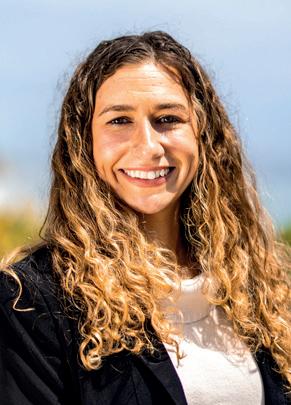
ALEXIS HALEY, spa director, The Ritz-Carlton Bacara, Santa Barbara
Aescape aligns with our commitment to wellness innovation. It offers precision, personalisation and accessibility and caters to evolving guest needs.
HOW IS IT POSITIONED TO
It’s ideal for fitness-driven guests, those short on time, or anyone seeking relief between traditional massages. Many are using it as a pre- or post-workout recovery tool.
HOW
Since launching a couple of months ago, we’ve completed over 100 sessions, averaging two per day. We’re closely monitoring operational dynamics and booking trends to optimise availability and engagement.
HOW
We’ve used social media, influencer collaborations and traditional media coverage (including a segment on local TV). On-property, we’re targeting fitness members and guest groups to drive bookings.
Fitness members love that the treatments are short, convenient and available on demand. Therapists see Aescape as a complement, not a replacement for their hands-on offering. Overall, feedback has been overwhelmingly positive.

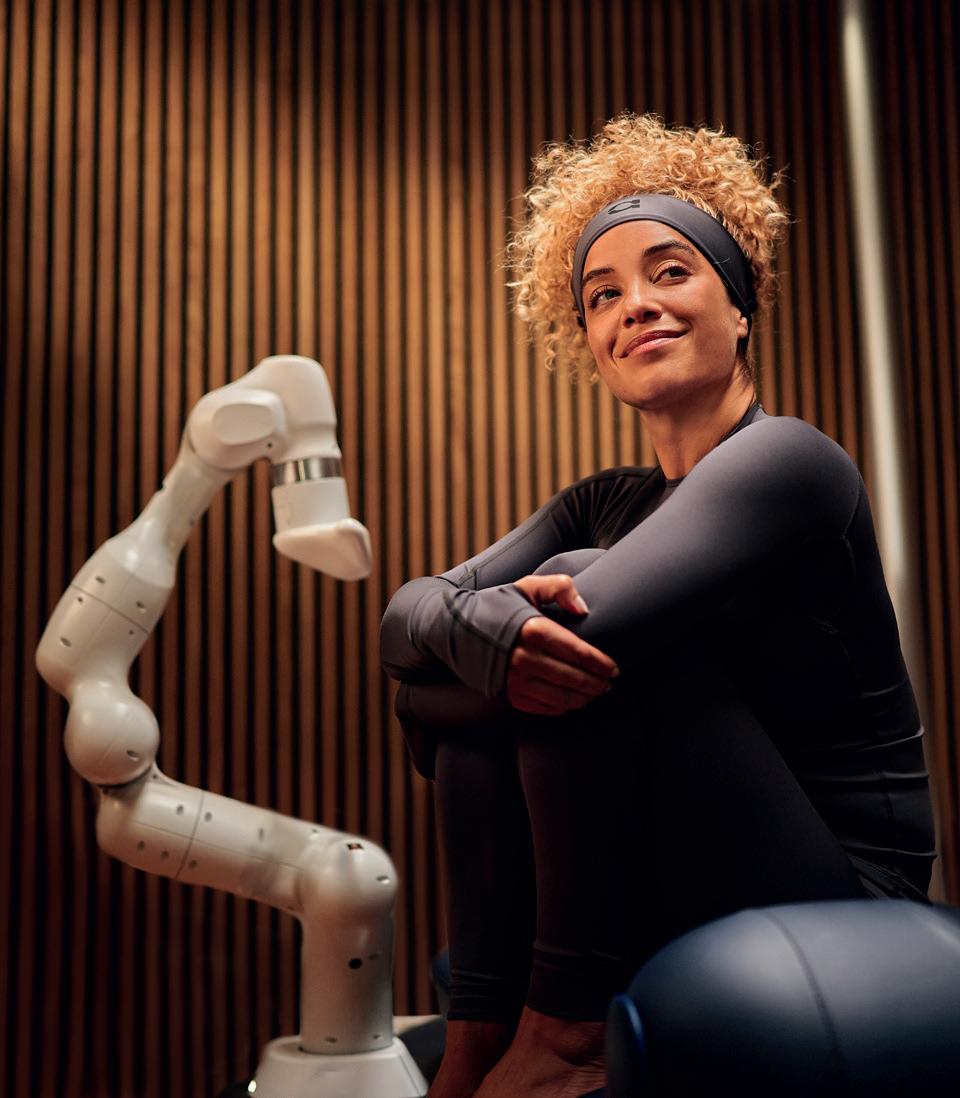
Staff see Aescape as a complement, not a replacement, says Haley
The spa introduced Aescape to cater to evolving guest needs
We’re
space which feels private, yet connected to the spa and given that it’s a fully-clothed experience, I never felt exposed or awkward.
One notable difference from traditional spa therapies is that Aescape customers can’t make an appointment at reception. Instead, they have to book (and pay for) services via Aescape’s website or app. This makes it feel distinctly different and could impact integration, especially as staff have less direct control over scheduling.
At this stage, Bacara doesn’t seem to be using Aescape to reduce demand on human therapists or as a signature differentiator – it’s more of a recovery addition for fitness members.
Aescape is an innovative alternative to traditional massage and could be a game-changer for gyms and wellness centres looking to differentiate themselves. It’s not a replacement for human touch, but it’s a great option, especially for those who love deep tissue work and appreciate having complete control over their massage. l n Last issue, Spa Business took a deep dive into different types AI massage robots coming to market. Visit www.spabusiness.com/aimassage to read more
Book4Time is now part of Agilysys, uniting the top teams of spa innovators to deliver even more powerful solutions to elevate revenue, guest service and team satisfaction. And now, Book4Time users can access broader Agilysys innovations for their spas – such as Membership Management and Digital Marketing – plus go beyond, with integrations & solutions for Booking, Golf, Activities, Dining, Property Management, Point-of-Sale, Inventory & Procurement and more. Nobody does spa or hospitality technology better.
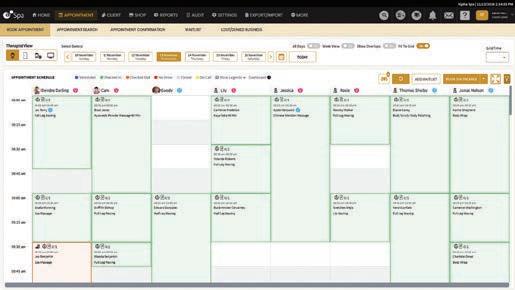



Set rules for minimum allowable schedule gaps by therapist and service type so only optimal choices are presented to your team or to guests booking online.
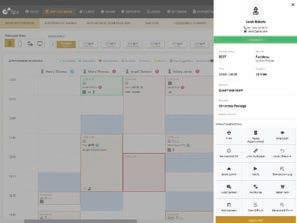
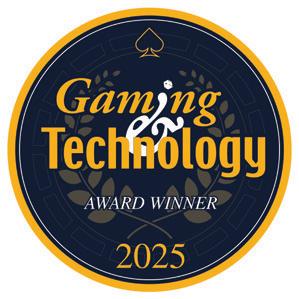
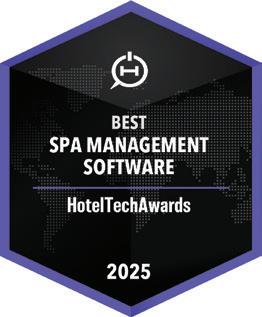

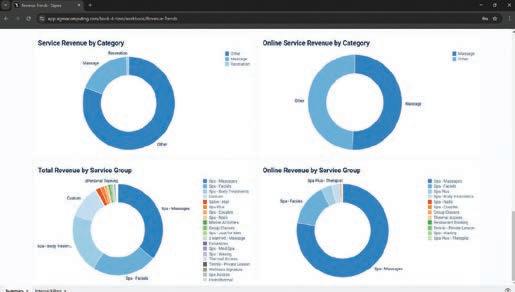


AI uses your rules to match prices with real-time capacity and demand Align specials and packages with property capacity and guest mix.

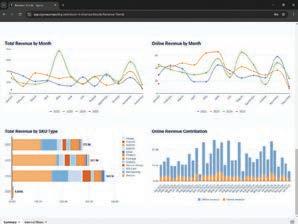

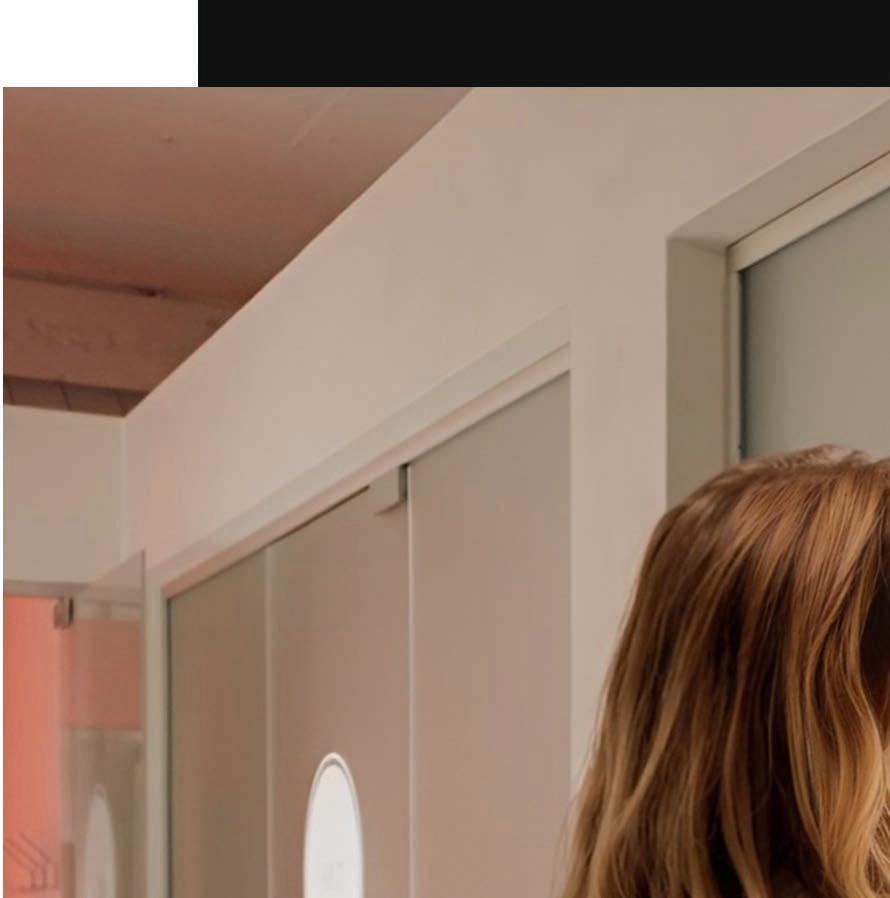
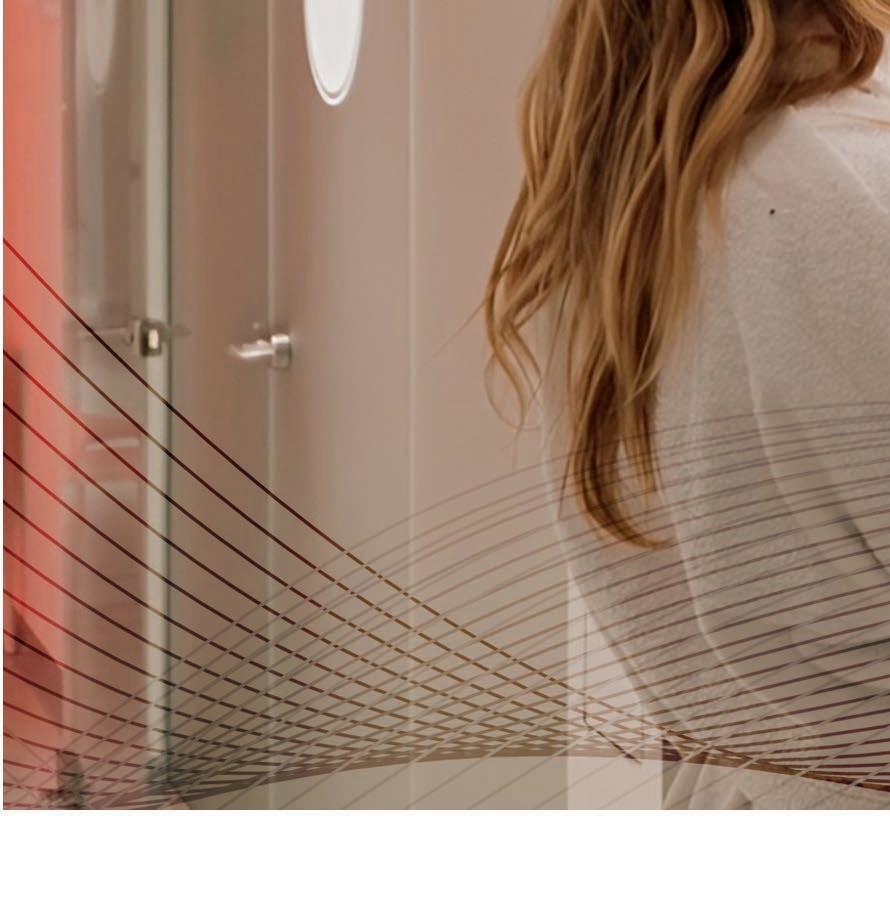
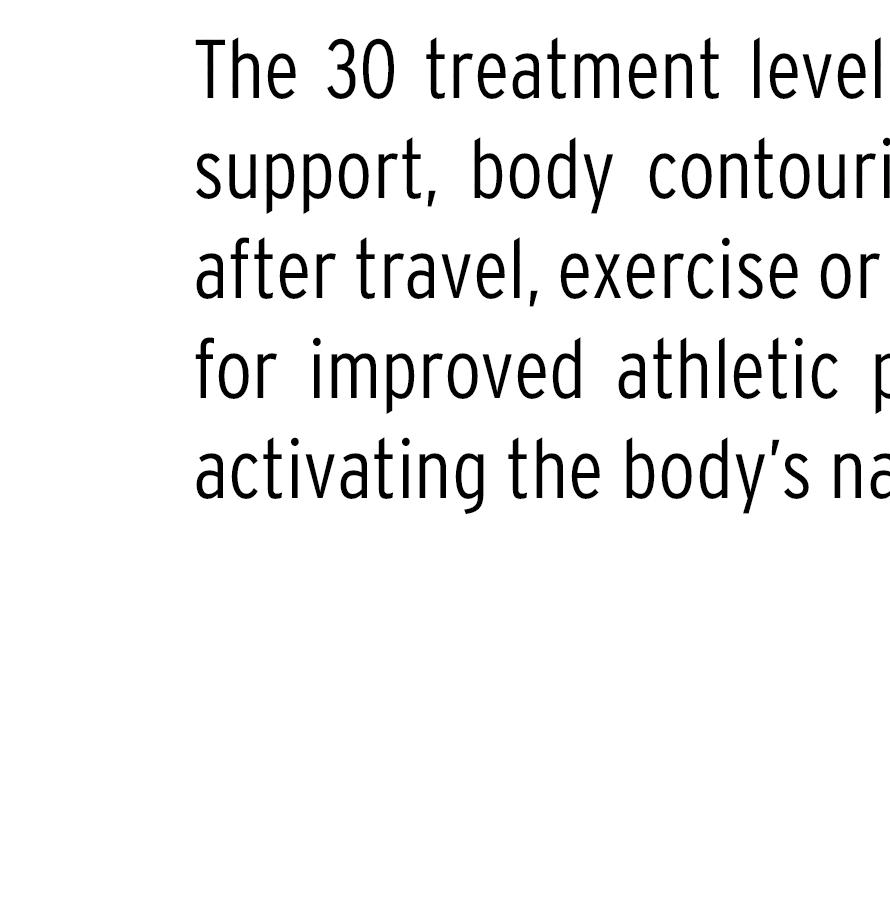
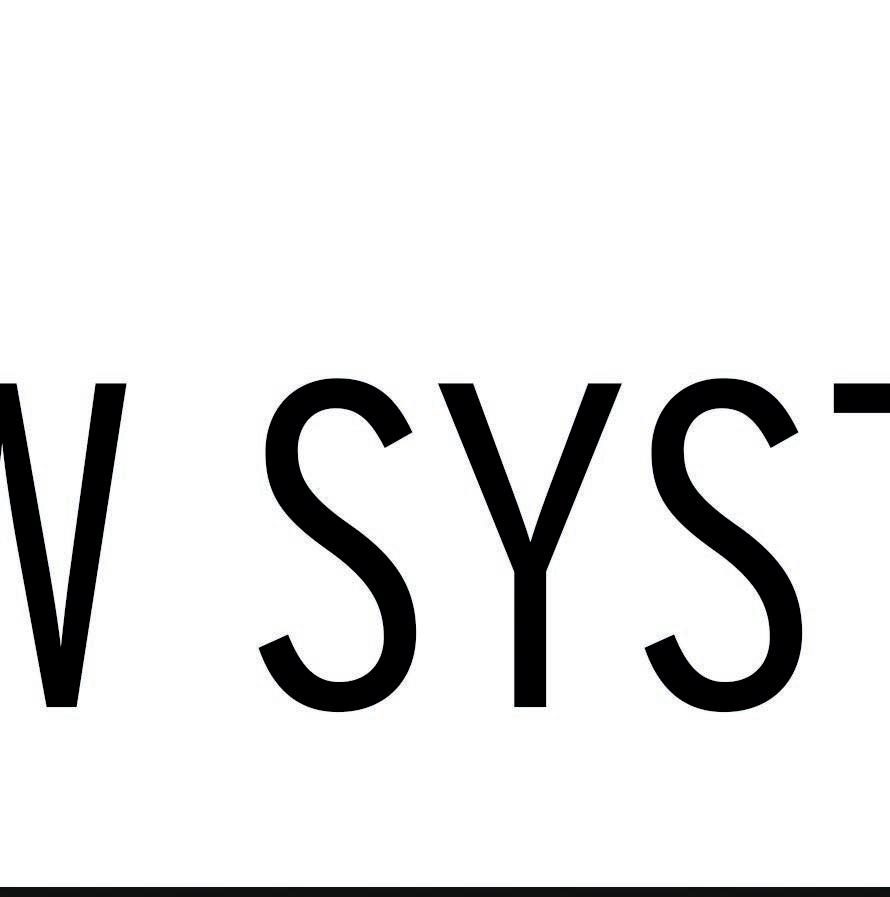

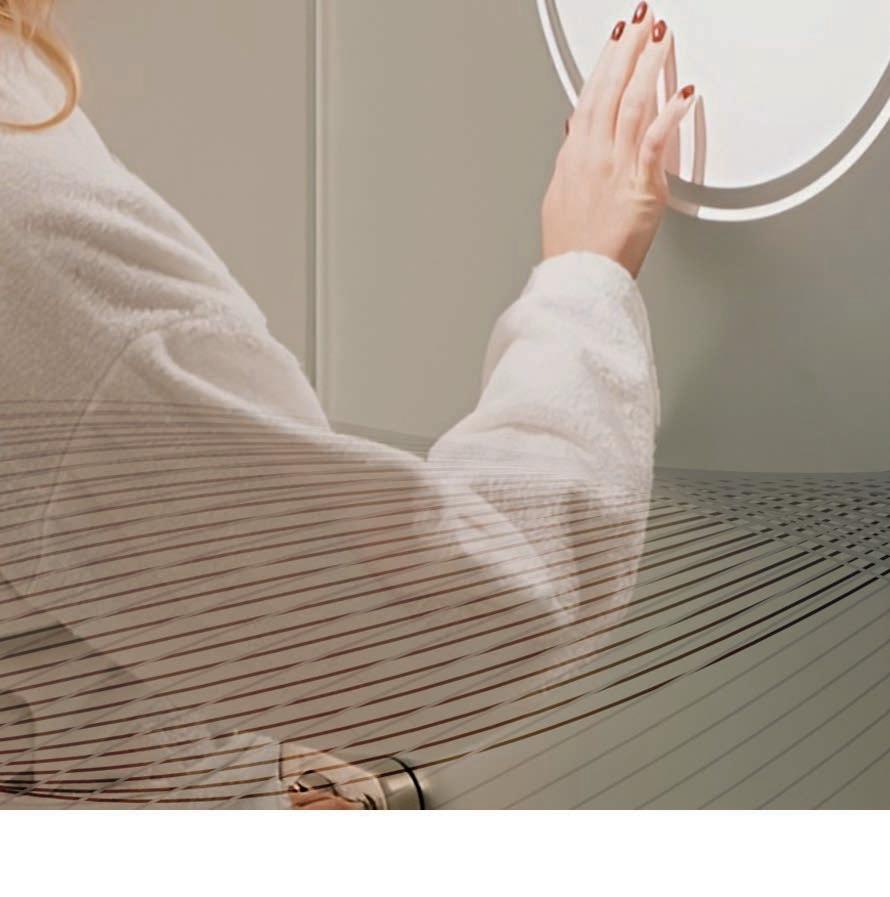



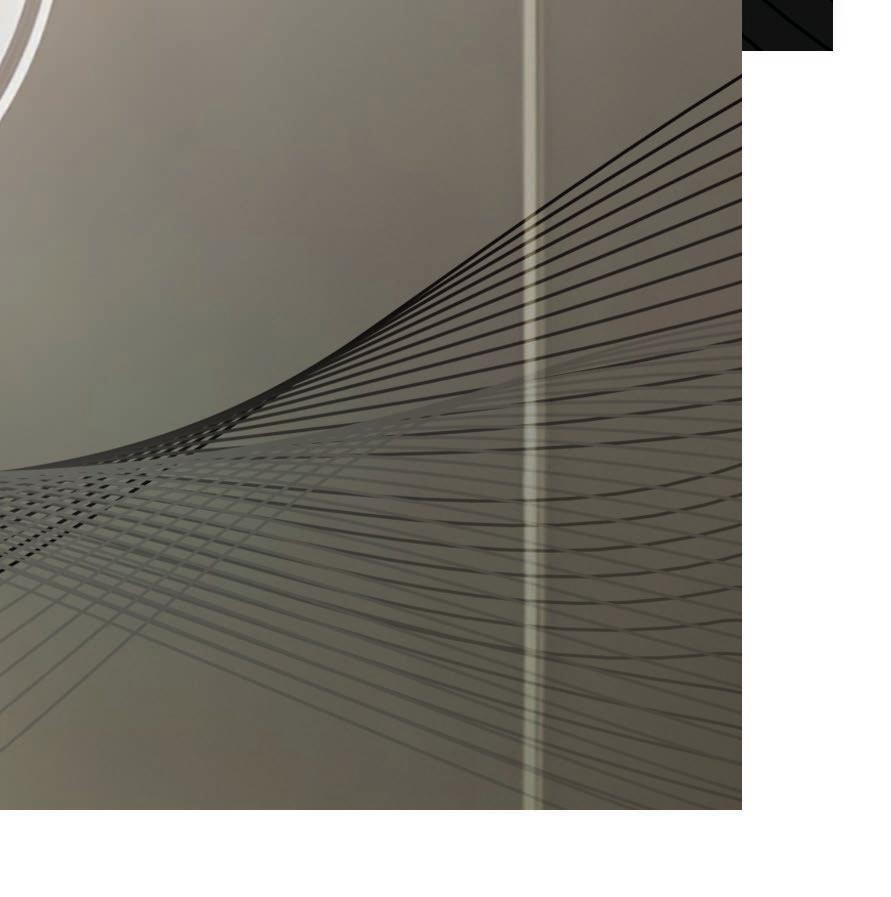





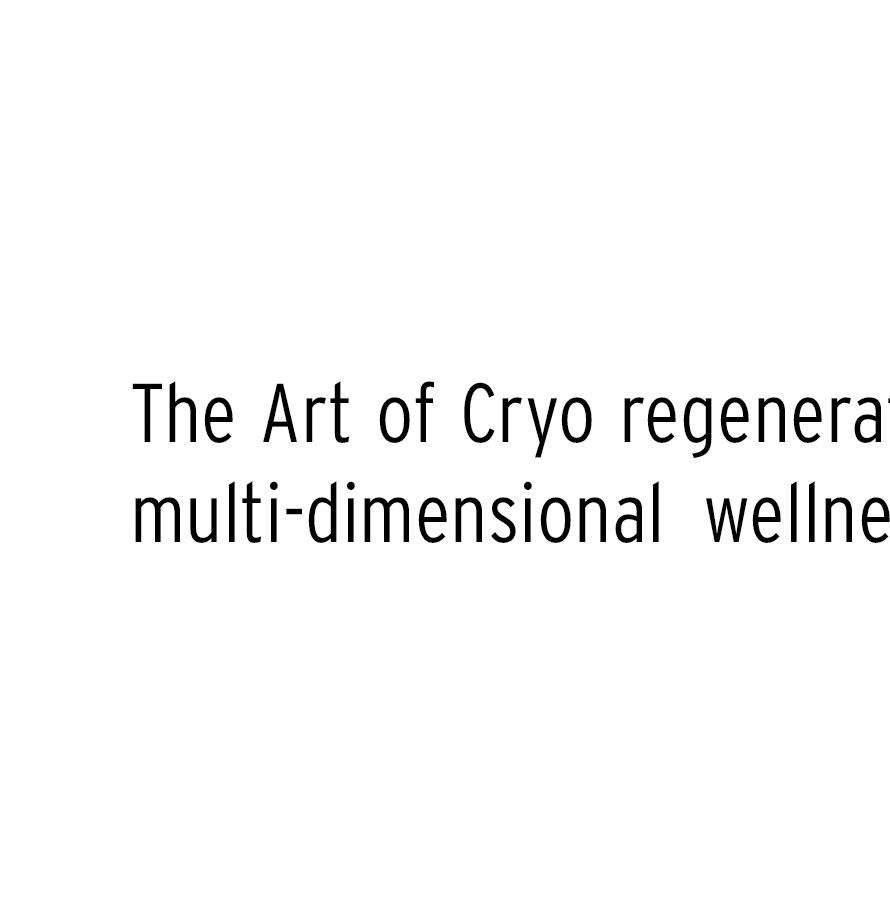
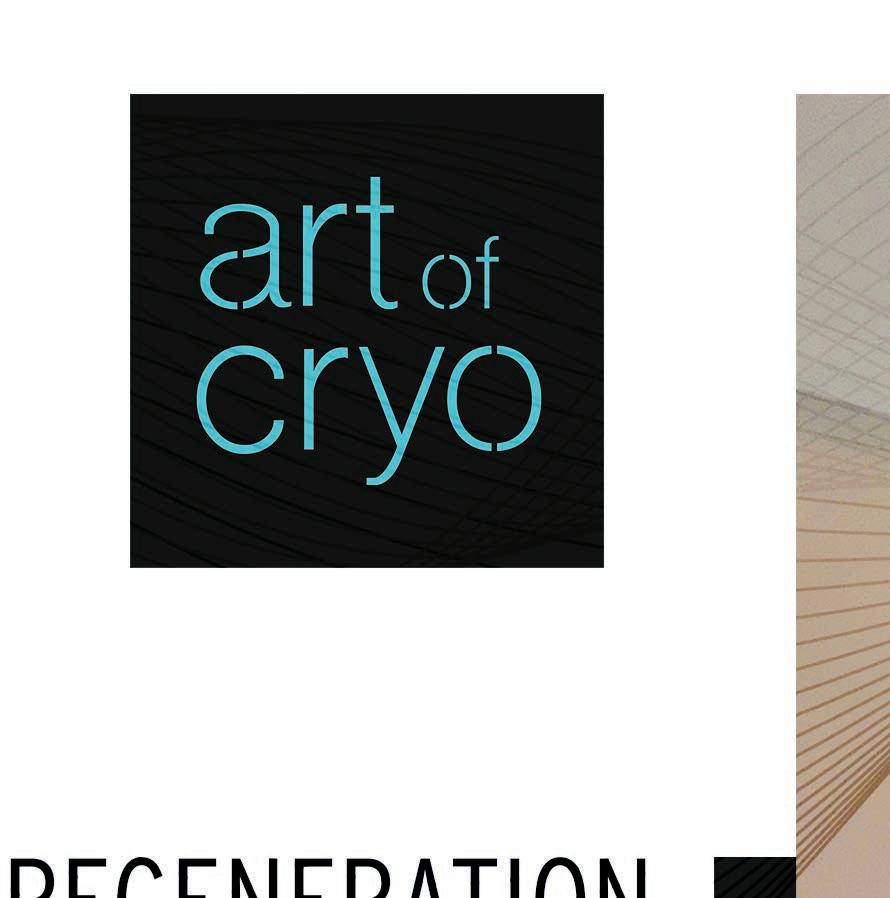

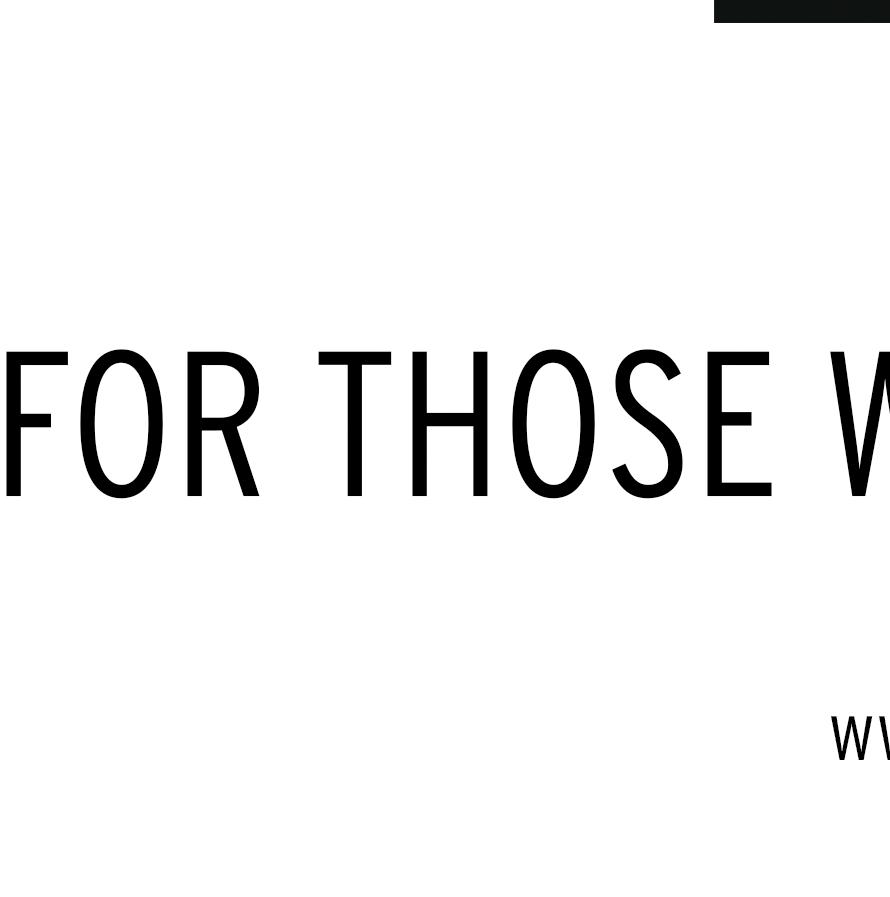
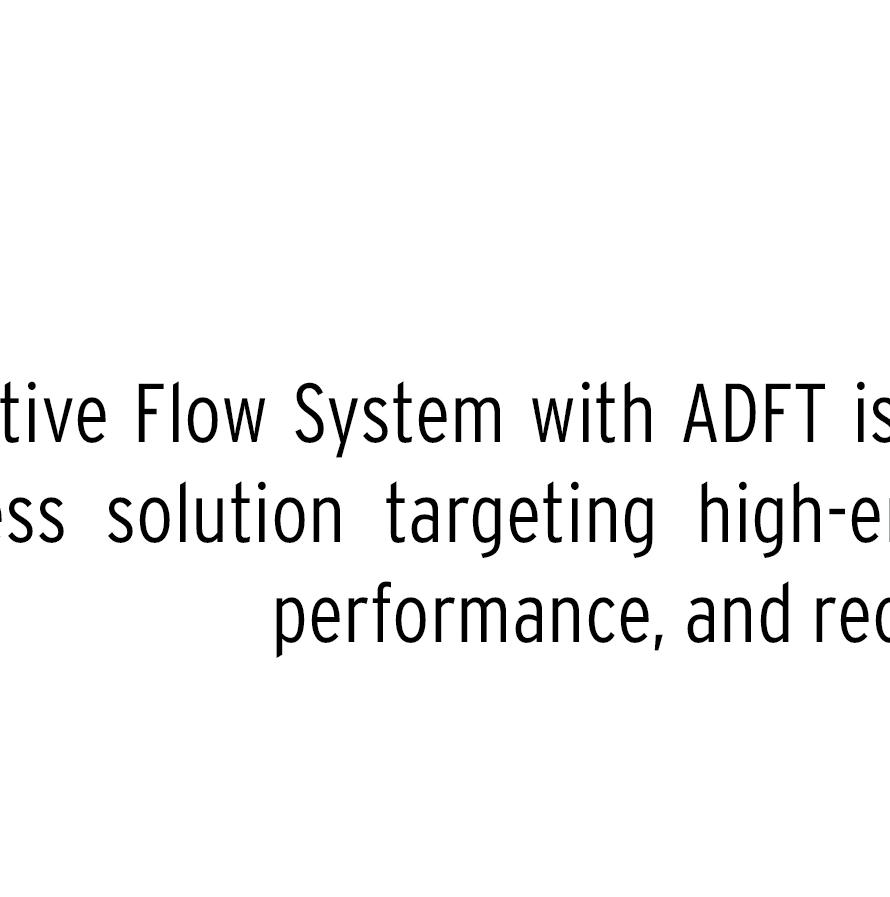

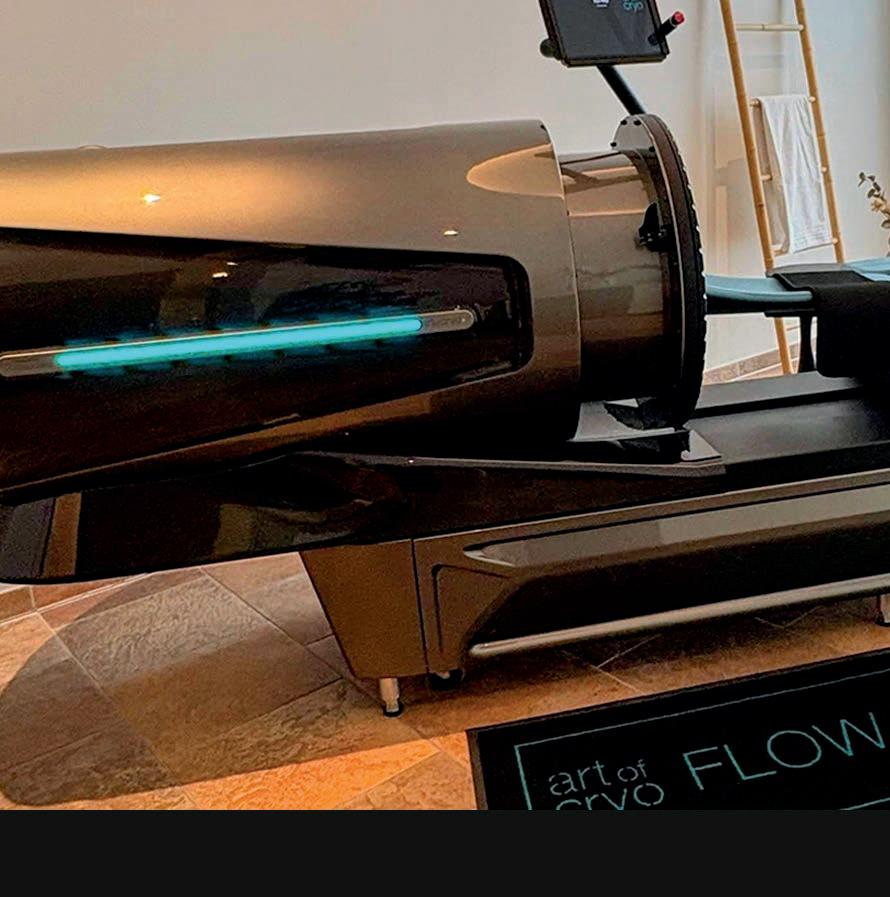






Forward-thinking operators are reimagining meetings – turning them into energising, health-conscious experiences that boost engagement and business impact, says Jeremy McCarthy
Nothing replaces face-to-face meetings. We know this because during COVID-19, we had three years to experiment with different ways of conducting business. We had Skype and Zoom calls, Teams meetings and digital webinars and teleconferences and virtual trade shows. For a while, we were all quite impressed with the technology and the efficiency of remote work. But as soon as the world opened up again, despite the health risks of group gatherings, people went back to face-to-face meetings.
That’s because business, at the end of the day, is all about relationships. And nothing builds stronger relationships than spending quality time together, being mindfully present and getting to know and trust one another in a way that is just not easy to do over a digital screen.
The issue is that travelling around the world for business is inherently unhealthy. Jetlag disrupts our sleep, we spend too much time being sedentary, sitting in planes, taxis and board rooms, and we’re often surrounded by unhealthy food and drink. This all impacts the effectiveness
of in-person meetings, creating long moments of low focus and energy, offset only by short spikes of energy fuelled by sugar and caffeine. Hilton in the Asia Pacific and Hyatt have recently announced wellness-focused MICE offerings (see www. spabusiness.com/hyattwcab). Meanwhile, Mandarin Oriental has just refreshed its Mindful Meetings programme, which it first introduced in 2018. We think any business aiming to run more dynamic, healthier meetings should focus on five elements:
Food served should be low in sugar and high in protein and nutrients. Increasingly, business travellers are seeking these options already, because they know it helps them perform better
Offer wellness experts to lead stretch and movement breaks. Getting the body moving and the heart pumping makes a big difference to participants’ engagement levels (and overall health)
Too often, people are subjected to ‘death by PowerPoint’ with a glut of information they don’t have time to process. Presenters should give people time to reflect on information and take meaningful notes
The best meetings aren’t the ones with a completely packed agenda. They’re the ones where people have time for side conversations to get to know others on a personal level
Meetings should be enjoyable. Psychologists suggest that when people are in a positive emotional state, they process information better, are more future-oriented and open to new ideas. So bring in entertaining speakers, musical interludes, or stress-relieving spa therapies
I’ve seen first hand how a more mindful approach to corporate gatherings improves engagement, effectiveness and enjoyment. I’ve also seen how it’s become a differentiator for Mandarin Oriental. It’s not just a commodity based on the size of our ballroom and the number of breakout spaces, it’s a philosophy of hosting exceptional meetings that allow participants to depart feeling better than when they arrived. Make your next meeting more mindful and see if you notice the difference. ●
McCarthy has worked in the wellness sector for over 30 years. He’s been the group director of leisure, spa and wellness for Mandarin Oriental since 2014. Contact him with your views on Twitter @jeremymcc

and
and high in nutrients
differentiator
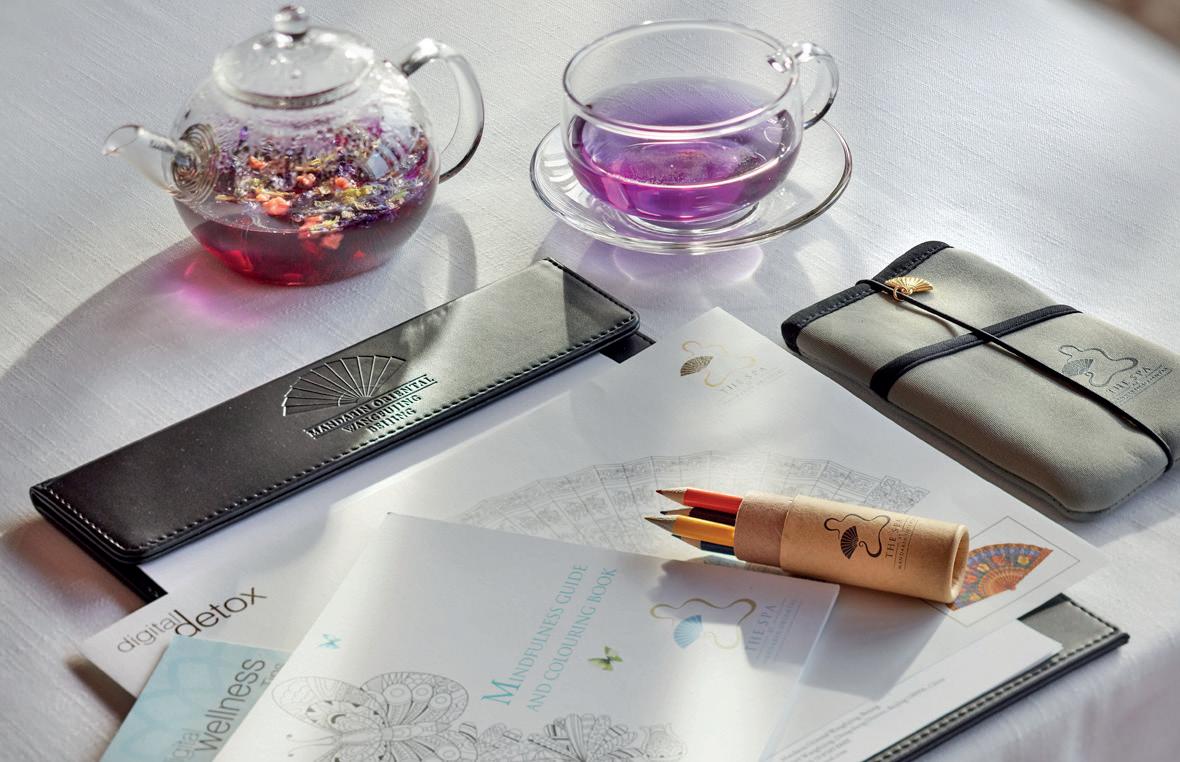
Adding in mindful colouring or movement makes sessions more engaging

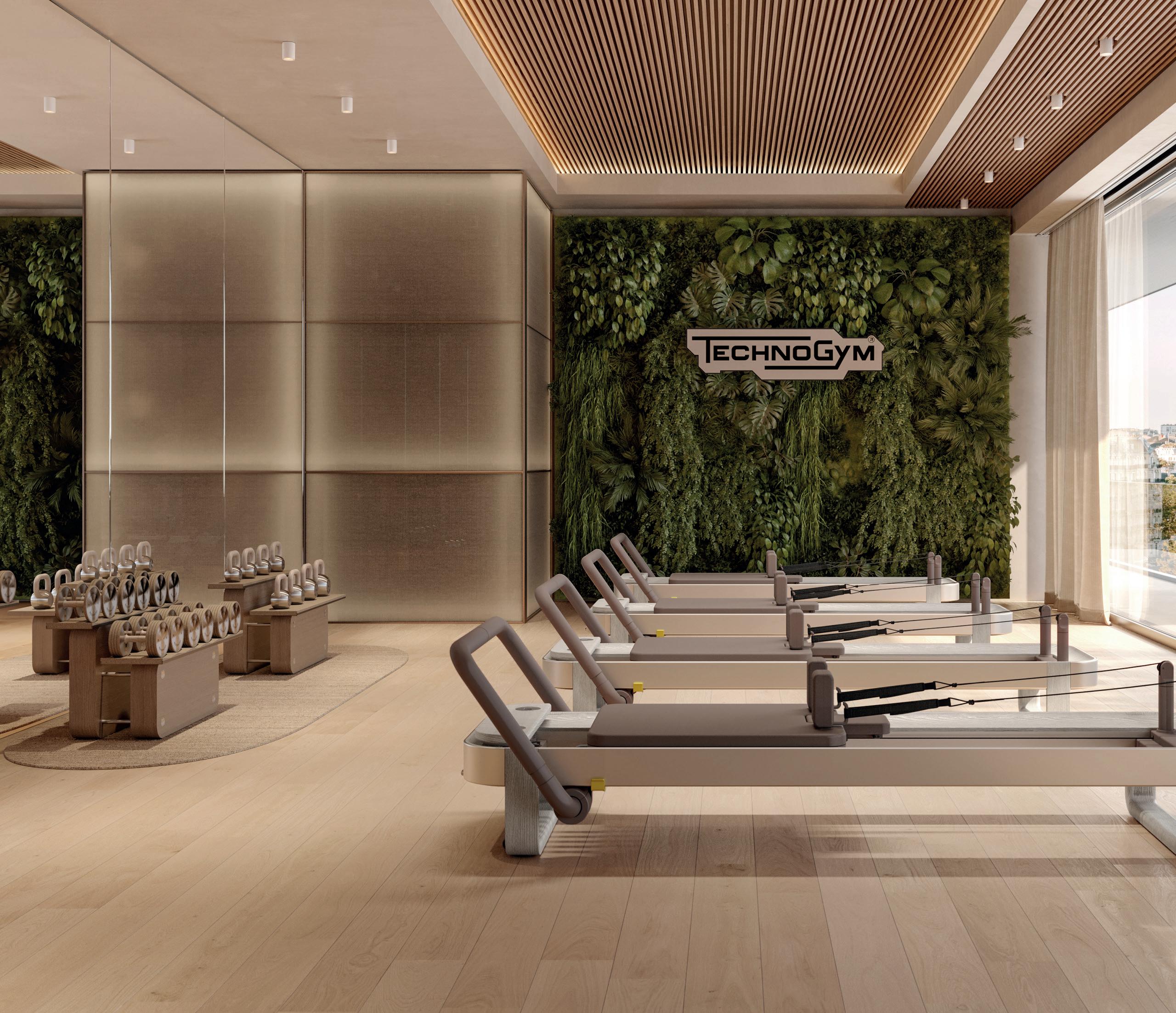
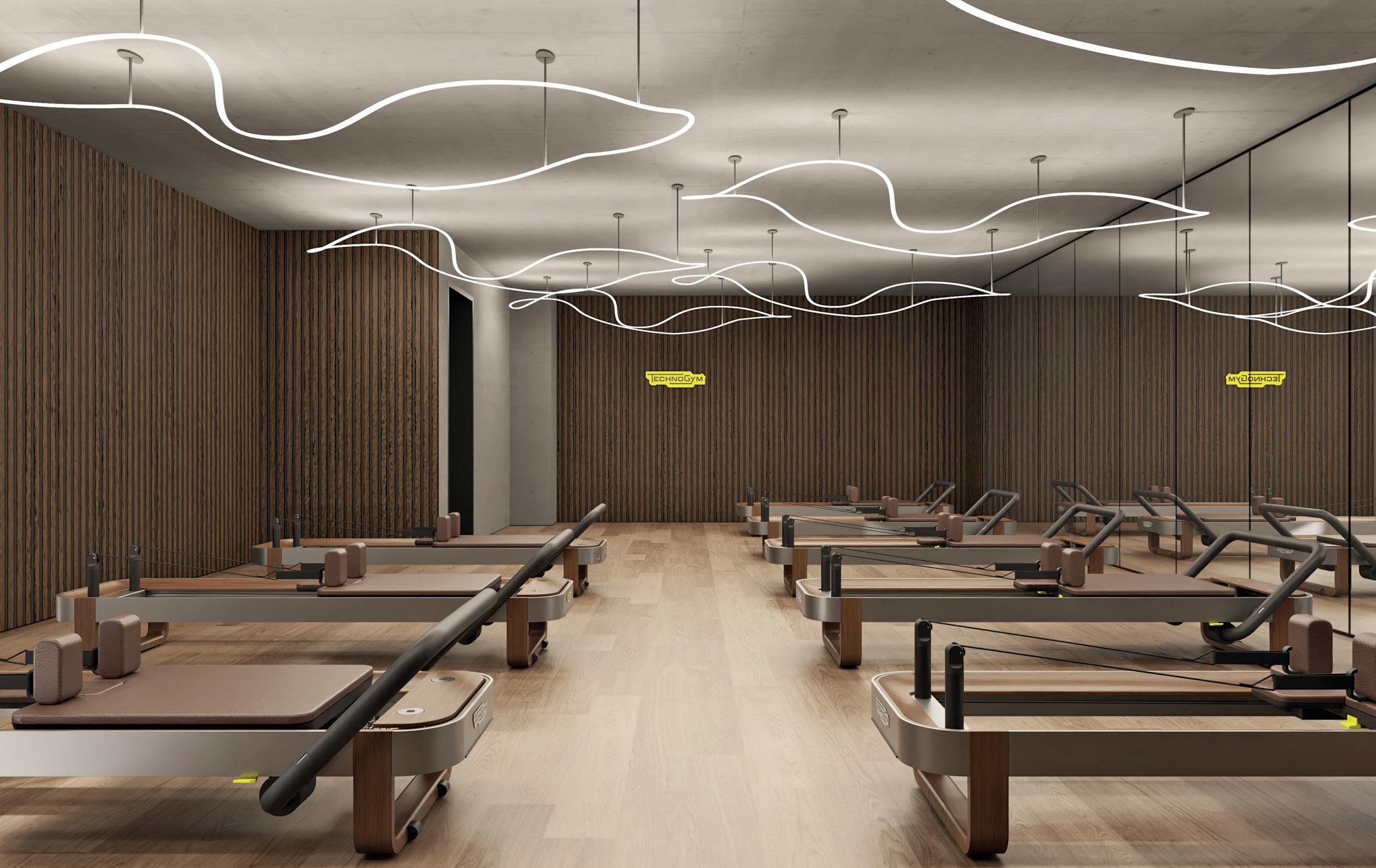

For more insight, or to get in touch with the companies featured, visit www.spa-kit.net and type in their keyword
Spa and wellness industry suppliers tell us about their latest product, treatment and equipment launches
Technogym is launching Reform for the spa, hotel, health club and home markets, with the beds shipping later this year.
The new reformer has been designed for use by people at all levels of experience, following collaboration with leading pilates instructors. Components, such as a headrest, shoulder pads, foot bar and springs, are designed to allow quick and easy adjustment thereby limiting interruptions to the flow of a workout.

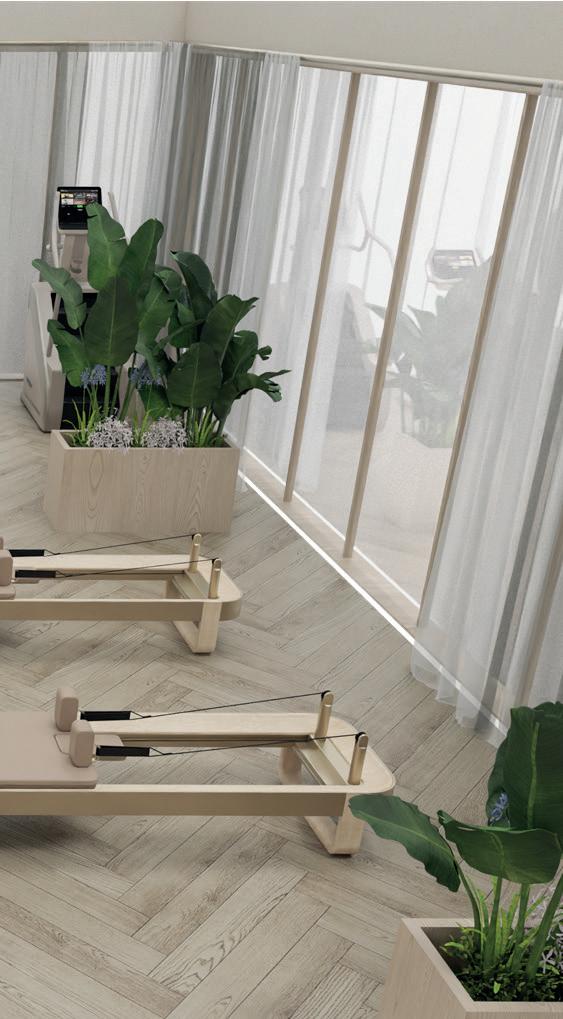
Reform allows quick and easy adjustments to improve workout
It’s available in three colours –sandstone, grey and black – and made from eco-friendly materials such as wood, aluminium and vegan leather.
Technogym CEO, Nerio Alessandri, says. “The elegant, finely-detailed design and unique style elevate the aesthetics of any environment … while the ergonomic design maximises comfort and functionality.”
On-demand pilates videos on the Technogym App have been curated to accompany the launch.
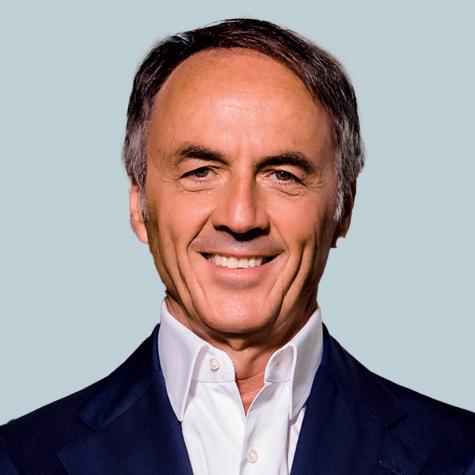
The elegant, finelydetailed design and unique style elevate the aesthetics of any environment
Nerio Alessandri
http://lei.sr/Y3Y5x
spa-kit.net keyword: Technogym
Lemi’s Matteo Brusaferri reveals vibro-acoustic Harmony Lounge
Harmony Lounge, the latest innovation by spa equipment supplier Lemi, features vibro-acoustic music technology for an immersive wellness experience.
Acoustic technology transmits vibrations through several zones in the lounger’s mattress, during specially-designed melodies that are controlled via its VibroMusic app.
The app has five colourcoded options for different multisensory experiences. Each one is designed to stimulate a different part of the body and offers options to reduce stress, improve sleep, enhance emotional wellbeing, alleviate

pain, improve circulation or stimulate the lymphatic system.
“It’s not simply a piece of furniture, it’s a new dimension of professional relaxation,” says GM Matteo Brusaferri. Two models are available. The standard recliner features an electronic tilting function and the premium model offers this movement, plus an integrated heating system and vibro-acoustic technology.
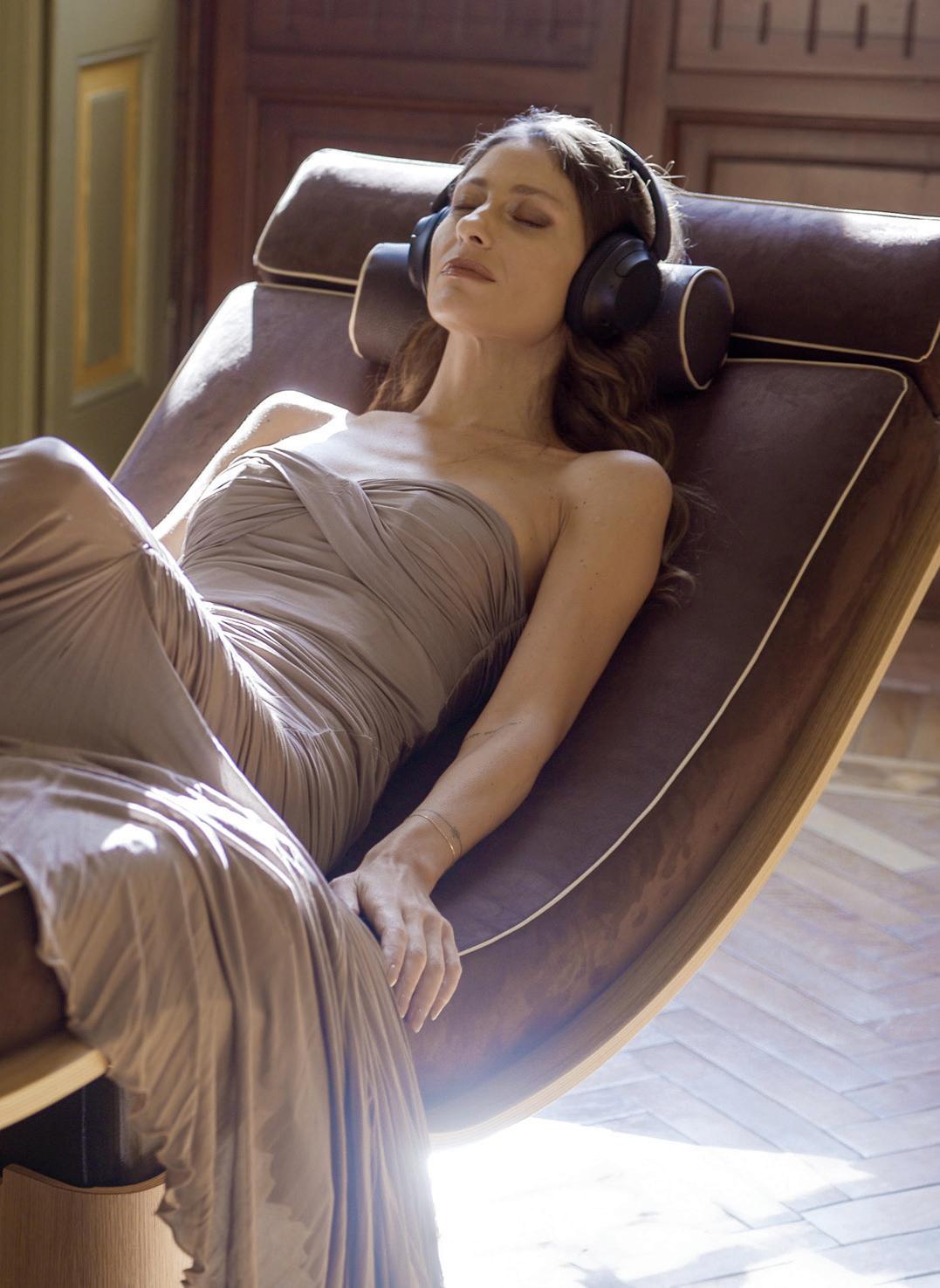
spa-kit.net keyword: Lemi
http://lei.sr/7C5e2

It’s a new dimension of professional relaxation Matteo Brusaferri
Chronic forward head posture and neck tension – often due to excessive screen use – contributes to muscular imbalances, headaches and overall stress. In addition, nearly half of all adults regularly report neck pain.
That’s why German firm Wooden Toolz has collaborated with medical professionals and physiotherapists to create Neck King: a neck stretcher with a 26˚ angle to help decompress the cervical spine, improve circulation and aid relaxation.
Made from a choice of sustainablysourced wood, such as maple or abachi, in a minimalist design, Neck King is specifically intended for use in saunas. However, founder Mirko Malec says it’s also an “excellent tool for meditation”, that it could be used before treatments to enhance efficacy or bridge the gaps between services, or could simply be placed in cool-down areas or relaxation spaces for guests to discover.
“True luxury lies in nature’s simplicity,” Malec says. “Neck King invites guests to reconnect with posture, presence and sustainable living.”
spa-kit.net keywords: Wooden Toolz
http://lei.sr/y4b1E
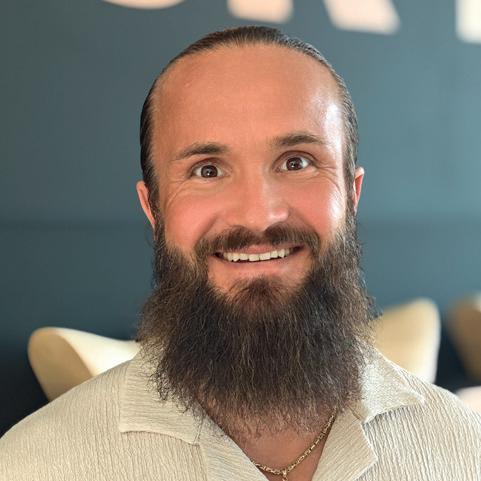
It
helps to decompress the cervical spine and improve circulation
Mirko Malec

Bridgestone, the global tyre manufacturer, has created artificial rubber muscle with a view to getting into the wellness and robotics sector.
Professionals at this year’s Milan Design Week heard how it’s spent 40 years developing a flexible and movable device and has now established an in-house start-up, Bridgestone Softrobotics Ventures (BSV), to roll it out.
The core product is Morph, a series of soft, artificial muscles powered by air which envelop people and use haptic technology to replicate natural movements. The breathing of an elephant, the wings of a bird flying or the ebb and flow of the tides are converted
into data via video extraction and then installed in the muscles and played back.
BSV has collaborated with Zen monk Toryo Ito and creator group Konel to introduce four pop-up ‘zenbot salons’, known as Morph Inns, across Tokyo where people can use the technology to “reconnect with themselves in a profound and authentic way”. The experience is amplified by a combination of visual, auditory and olfactory effects.
“Our Morph Inns combine robotic technology, Zen-inspired principles and spatial design to create a space for relaxation and mindfulness,” says Masahiro Yamaguchi, founding member and principal of BSV.
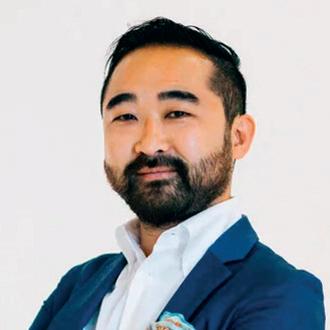
Morph enables people to reconnect with themselves in a profound and authentic way
Masahiro Yamaguchi
spa-kit.net keyword: Bridgestone
http://lei.sr/p1N9p
Brian Le Gette reveals Ammortal Chamber’s stacked tech bed
“Looking for the absolute stateof-the-art in rejuvenation?” asks Brian Le Gette, CEO & co-founder of Ammortal Chamber. “Our stacked technologies deliver hours of restorative modalities in just one 30-minute session that leaves most individuals feeling in a state of calm but with ‘caffeinated-like’ energy.”
The Ammortal Chamber, snapped up by wellness operators such as Amrit, combines multi-wave pulsed electromagnetic and pulsed electric field technology; full body red and near -infrared photobiomodulation light; vibro-acoustics; molecular hydrogen (through a nasal cannula); oxygen and ozone therapy; and voice-guided breathwork and meditation in just one sitting to create “an unparalleled transformative experience”.

Le Gette says the bed’s geometry is based on NASA’s zero-gravity positioning research for comfort, while users can customise energy/outcome sequences and guided voice options.

Monika Heiligmann debuts specialist lipcare collection
“The lips are one of the most expressive and vulnerable areas of the face, yet are often overlooked in skincare,” declares Monika Heiligmann, the founder of a company which focuses on “couture-inspired” products and treatments specifically for the lips.
The brand’s products are designed to boost natural lip colour, refine contours and provide a visible volumising effect without using microplastics. Active yet natural ingredients are intended to combat dehydration and repair the weakened skin barrier, especially after injections – one of its newest launches is a post-injection recovery balm, which has been created to soothe the lips after aesthetic
http://lei.sr/7t0V3
spa-kit.net keywords: Ammortal Chamber
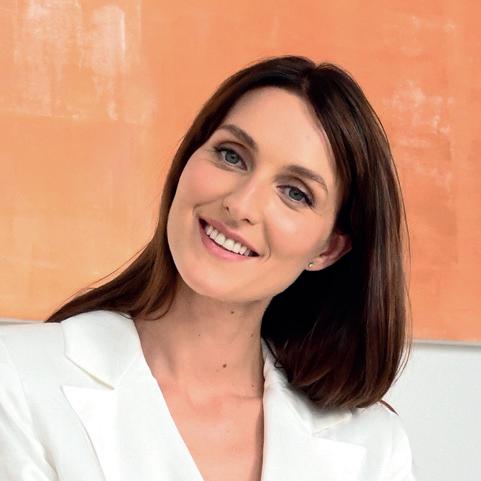
The lips are so often overlooked in skincare
Monika Heiligmann
procedures, reducing redness and discomfort. Another has been described as a “noninvasive lip filler alternative” to smooth fine lines and hydrate the lip skin for a plump look.
In addition to securing partnerships with Four Seasons properties in the US, the brand is collaborating with spas in Monaco and France.
It delivers hours of restorative modalities in just 30 minutes
Brian Le Gette
spa-kit.net keyword: Monika
http://lei.sr/9j6h2




















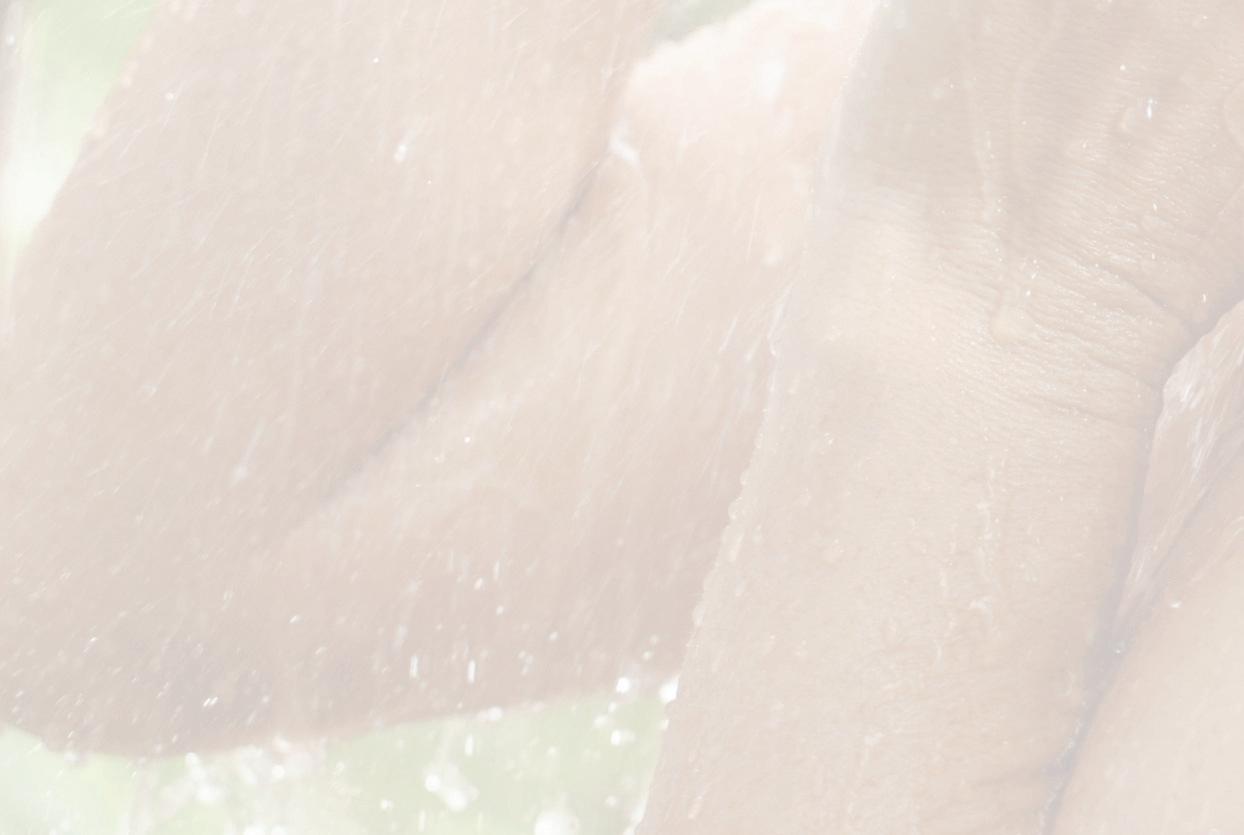
Fragrances
Fragrances for steam baths,
Fragrances for steam baths, saunas, whirlpool, hot tubs and experience showers
Fragrances for steam baths, saunas, whirlpool, hot tubs and experience showers
Fragrances for steam baths, saunas, whirlpool, hot tubs and experience
Fragrances for steam baths, saunas, whirlpool, hot tubs and experience showers
Sauna, spa and wellness technology: Technology for experience showers, saunas, hammam, steam baths and rhassoul, dosage systems, inhalation systems, light technology
Sauna, spa and wellness technology: Technology for experience showers, saunas, hammam, steam baths and rhassoul, dosage systems, inhalation systems, light technology
Fragrances for steam baths, saunas, whirlpool, hot tubs and experience showers

Sauna, spa and wellness technology: Technology for experience showers, saunas, hammam, steam baths and rhassoul, dosage systems, inhalation systems, light technology
Sauna, spa and wellness technology: logy for experience showers, saunas, hammam, steam baths and rhassoul, dosage systems, inhalation systems, light technology
Sauna, spa and wellness technology: Technology for experience showers, saunas, hammam, steam baths and rhassoul, dosage systems, inhalation systems, light technology
Sauna, spa and wellness technology: Technology for experience showers, saunas, hammam, steam baths and rhassoul, dosage systems, inhalation systems, light technology
Sauna, and wellness technology: Technology for showers, saunas, hammam, steam baths and rhassoul, dosage systems, inhalation systems, light technology
Sauna, spa and wellness technology: Technology for experience showers, saunas, hammam, steam baths and rhassoul, dosage systems, inhalation systems, light technology
Cleaner / conditioner for sauna, spa and wellness facilities. Disinfectant and cleaner for whirlpools and Jacuzzis
Sauna, spa and wellness technology: Technology for experience showers, saunas, hammam, steam baths and rhassoul, dosage systems, inhalation systems, light technology
Sauna, spa and wellness technology: Technology for experience showers, saunas, hammam, steam baths and rhassoul, dosage systems, inhalation systems, light technology
Cleaner / conditioner for sauna, spa and wellness facilities. Disinfectant and cleaner for whirlpools and Jacuzzis
Kemitron , is manufacturer of high-quality products for the spa-, sauna-, and wellness market (technology, fragrances, cleaners, cosmetic). The company’s focus is on best quality and workmanship. All items are “made in Germany”.
Kemitron , is manufacturer of high-quality products for the spa-, sauna-, and wellness market (technology, fragrances, cleaners, cosmetic). The company’s focus is on best
workmanship. All items are “made in Germany”.
/ conditioner for sauna, and facilities. and cleaner whirlpools Jacuzzis
Cleaner / for sauna, spa wellness facilities. Disinfectant and cleaner for whirlpools and Jacuzzis Fragrances
Cleaner / conditioner for sauna, spa and wellness facilities. Disinfectant and cleaner for whirlpools and Jacuzzis
Cleaner / conditioner for sauna, spa and wellness facilities. Disinfectant and cleaner for whirlpools and Jacuzzis
Cleaner / conditioner for sauna, spa and wellness facilities. Disinfectant and cleaner for whirlpools and Jacuzzis
Cleaner / conditioner for sauna, spa and wellness facilities. Disinfectant and cleaner for whirlpools and Jacuzzis
Fragrances for steam baths, saunas, whirlpool, hot tubs and info@kemitron.com • Telefon: (0)
E-Mail: info@kemitron.com
Fragrances for steam baths, saunas, whirlpool, hot tubs and experience showers E-Mail: info@kemitron.com • Telefon:
Kemitron , is manufacturer of high-quality products the spa-, sauna-, wellness market (technology, cleaners, cosmetic). The company’s focus is on best quality and workmanship. All items are “made
Kemitron , is manufacturer of high-quality products for the spa-, sauna-, and wellness market (technology, fragrances, cleaners, cosmetic). The company’s focus is on best quality and workmanship. All items are “made in Germany”.
Kemitron , is manufacturer of high-quality products for the spa-, sauna-, and wellness market (technology, fragrances, cleaners, cosmetic). The company’s focus is on best quality and workmanship. All items are “made in Germany”.
Kemitron , is high-quality for the sauna-, and wellness market (technology, fragrances, cleaners, The company’s focus is on best workmanship. All “made in Germany”.
Kemitron , is manufacturer of high-quality products for the spa-, sauna-, and wellness market (technology, fragrances, cleaners, cosmetic). The company’s focus is on best quality and workmanship. All items are “made in Germany”.
Cleaner / conditioner for sauna, spa and wellness facilities. Disinfectant and cleaner for whirlpools and Jacuzzis
Kemitron , is manufacturer of high-quality products for the spa-, sauna-, and wellness market (technology, fragrances, cleaners, cosmetic). The company’s focus is on best quality and workmanship. All items are “made in Germany”.
Cleaner / conditioner for sauna, spa and wellness facilities. Disinfectant and cleaner for whirlpools and Jacuzzis
Kemitron , is manufacturer of high-quality products for the spa-, sauna-, and wellness market (technology, fragrances, cleaners, cosmetic). The company’s focus is on best quality and workmanship. All items are “made in Germany”.
Kemitron , is manufacturer of high-quality products for the spa-, sauna-, and wellness market (technology, fragrances, cleaners, cosmetic). The company’s focus is on best quality and workmanship. All items are “made in Germany”.
Kemitron’s products are sold on the international spa and wellness market and can be purchased via our webshop on our homepage. www.kemitron.com
Kemitron’s products are sold on the international spa and wellness market and can be purchased via our webshop on our homepage. www.kemitron.com
Kemitron’s products are sold on the international spa and wellness market and can be purchased via our webshop on our homepage. www.kemitron.com
Kemitron’s products are sold on the international spa and wellness market and can be purchased via our on our homepage. www.kemitron.com
Kemitron’s products are sold on the international spa and wellness market and can be purchased via our webshop on our homepage. www.kemitron.com
Kemitron’s products are sold on the international spa and wellness market and can be purchased via our webshop on our homepage. www.kemitron.com
Kemitron’s products are the international spa and wellness market and can be via our webshop on our homepage. www.kemitron.com
Kemitron’s products are sold on the international spa and wellness market and can be purchased via our webshop on our homepage. www.kemitron.com
Kemitron’s products are sold on the international spa and wellness market and can be purchased via our webshop on our homepage. www.kemitron.com
Kemitron’s products are sold on the international spa and wellness market and can be purchased via our webshop on our homepage. www.kemitron.com
info@kemitron.com • Telefon: + 49 (0) 70 / 9 50 • www.kemitron.com
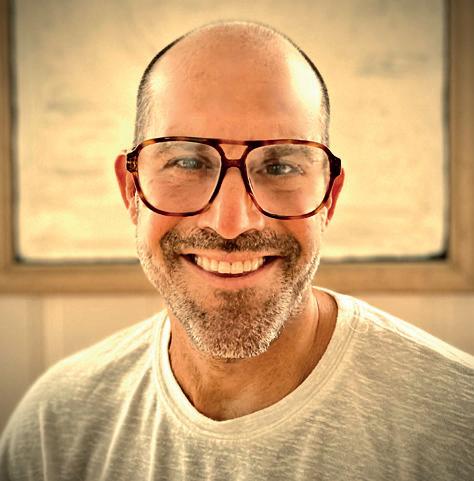
Rituil is dedicated to helping individuals reconnect with their true nature
James Gallagher
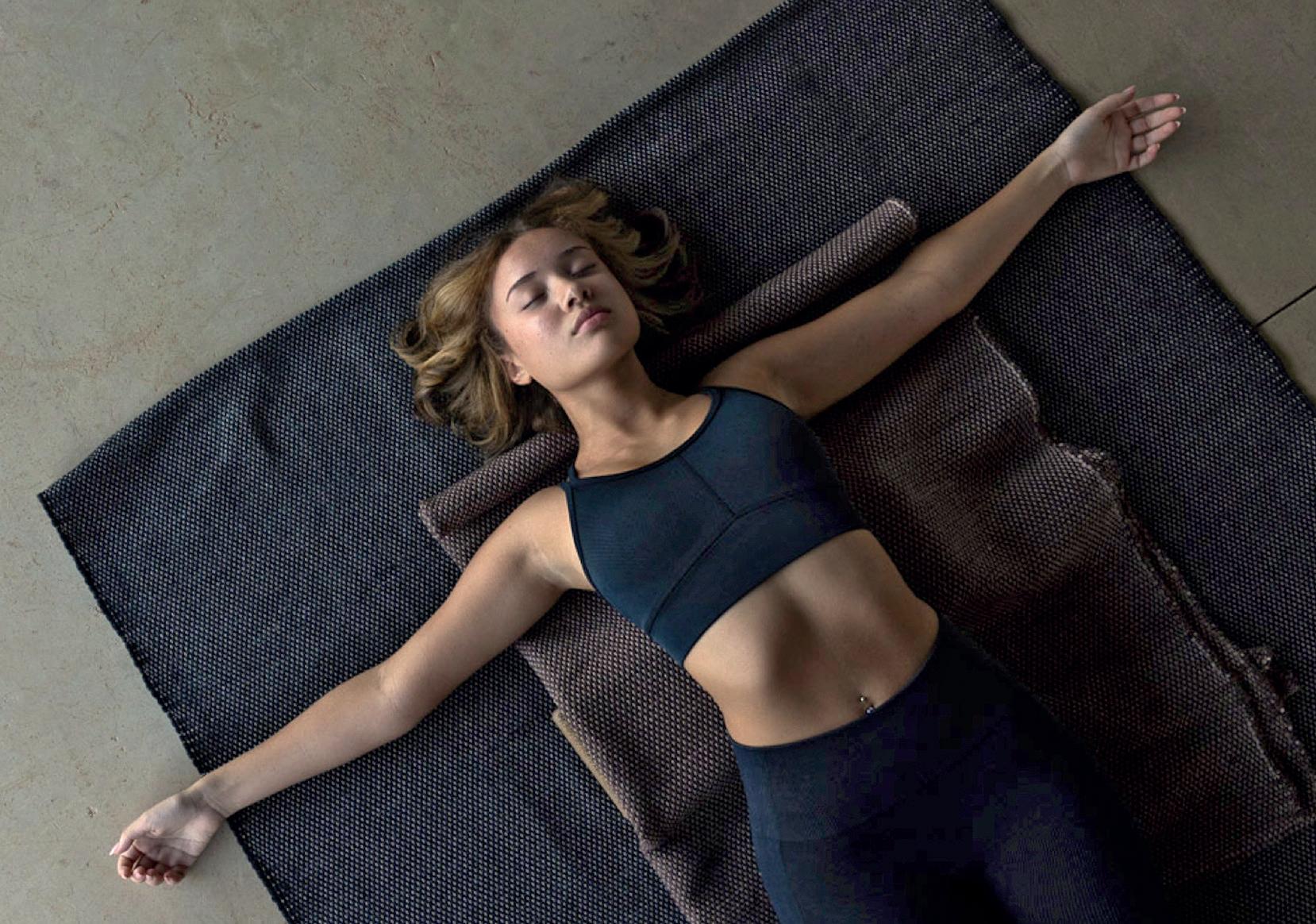
Rituil, a manufacturer of sustainable textiles, has entered the luxury spa market with a range of fired cork lifestyle products.
In collaboration with Portuguese artisans, Rituil has manufactured a yoga mat, yoga blocks and a meditation seat with the naturally
antimicrobial and odour-resistant material. The cork is biodegradable and Rituil says is also hand-harvested sustainably. Its hygienic properties, resistance to water and durability also make it suitable for daily use.
Rituil makes a number of other products crafted from recycled cotton.
Co-founder James Gallagher says: “More than just a collection of natural products, Rituil is a movement dedicated to helping individuals reconnect with their true nature.”
Menopause serum is cooling and hydrating, says Elemental Herbology’s Carolyne Beck
Elemental Herbology has launched Pause and Renew Facial Serum for those experiencing hormonal changes during perimenopause and menopause.
“This launch embodies our belief that beauty and wellness should evolve with every stage of life,” says brand director Carolyne Beck.
The formulation combines a blend of botanicals and heat-reducing technology which is intended to cool and hydrate the skin while working on fine lines and wrinkles.
The serum uses alpine rose to stimulate collagen production,

Carolyne Beck
increase elasticity and reduce inflammation and redness.
In addition, hyaluronic acid is combined with an ingredient derived from menthol, called frescolat ML, acting as a cooling agent.
spa-kit.net keyword: Elemental
http://lei.sr/R8r3m
http://lei.sr/V9B8R
spa-kit.net keyword: Rituil

Pause and Renew is for those facing hormonal changes
Beautylizer brings vibrocompression and LED therapy to longevity-focused spas, says
Elena Kormilina
In today’s wellness landscape, guests expect more than surface-level beauty. Spas are shifting from indulgent escapes to holistic longevity and Beautylizer is leading this transformation.
This next-generation device combines rhythmic vibro-compression with therapeutic LED light, supporting long-term wellness, not just aesthetic improvements. It’s the ideal fit for spas specialising in longevity, detox, or anti-ageing retreats.
Beautylizer’s dual-modality design sets it apart. Mechanical vibro-compression stimulates circulation and lymphatic health, while red LED light penetrates deep into the skin to boost collagen production, reduce inflammation and encourage skin recovery. This biophotonic activity amplifies the body’s natural regenerative processes, supporting overall vitality.
Treatments are comfortable, noninvasive, and easily integrated into daily routines. Guests often report better sleep, lighter legs and renewed vitality after just one session.
Beautylizer is a versatile, highreturn investment, its compact footprint, intuitive interface and


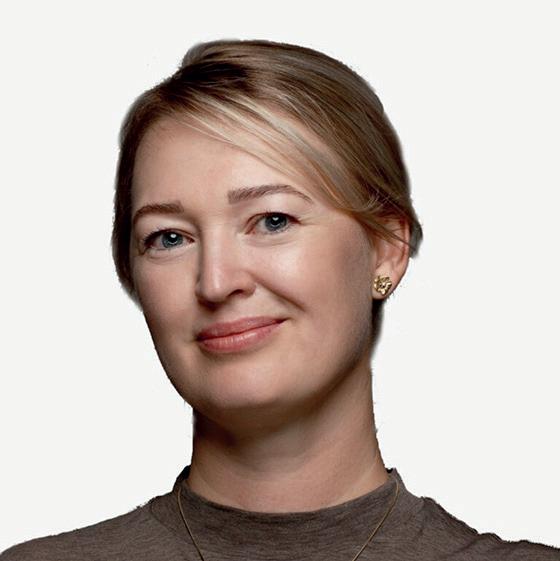
Beautylizer brings modern therapy into spa spaces with elegance, efficiency and impact
Elena Kormilina, head of projects
minimal training requirements make adoption easy and with protocols for body, face and combined treatments, it fits seamlessly into spa menus. Its unique combination of vibro-compression and LED therapy also supports the body’s own healing power, making it a cornerstone for holistic wellness.
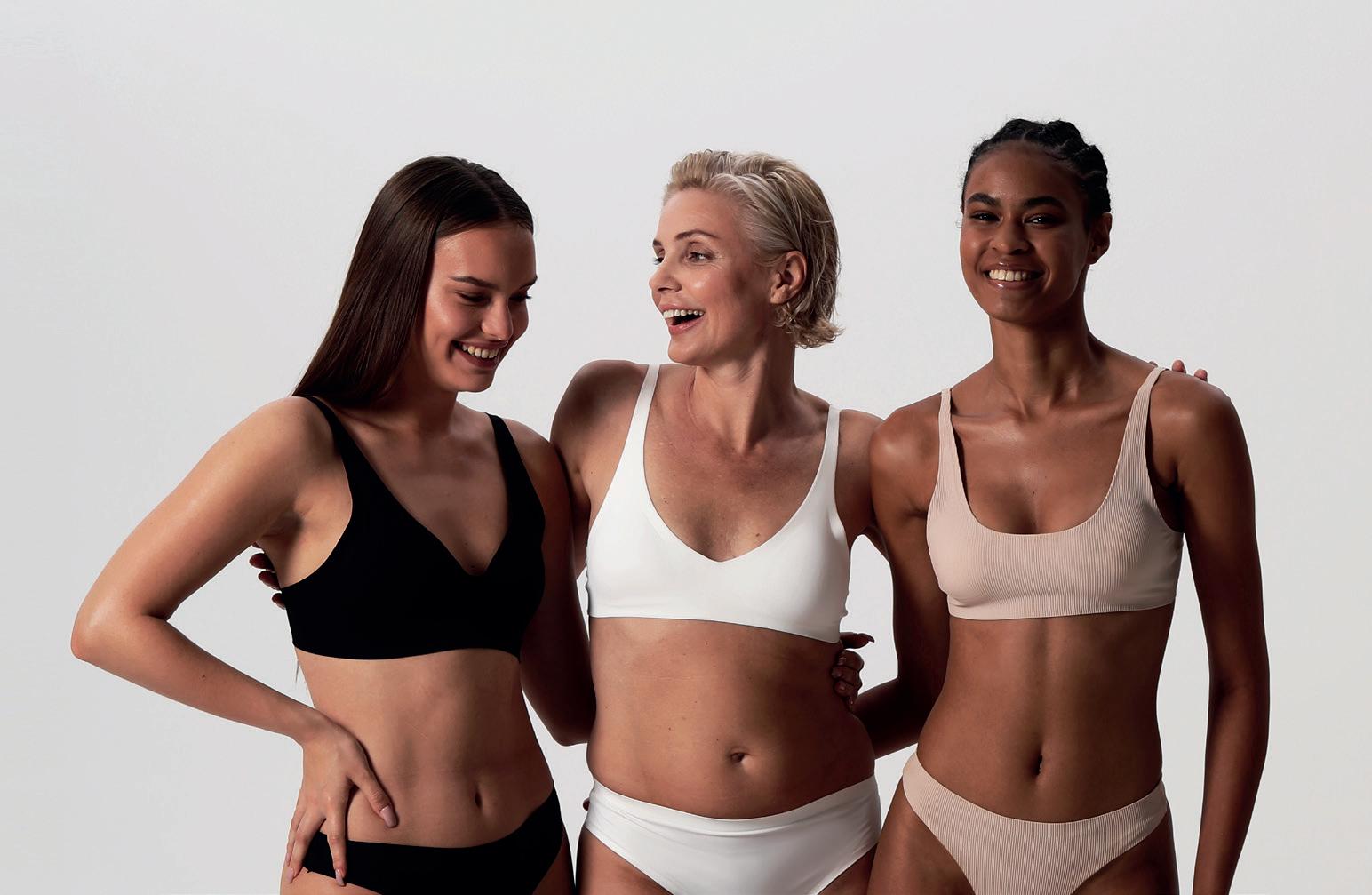
Treatments address the guest’s entire state of being. Whether seeking to feel lighter, clearer, younger, or recharged, they can experience a range of benefits, including:
● Longevity and detox
Restored energy flow, enhanced lymphatic draining and better circulatory balance.
● Jetlag and sleep support
Reduced fatigue, normalised sleep.
● Stress relief and recovery
Calming of the nervous system and support for recovery from tension.
● Facial Rejuvenation
Reduced puffiness, lifted contours and brighter complexion.
● Performance Recovery
Muscle relief and faster recovery for active guests.
Partner with Beautylizer to lead the next wave of wellness innovation, because your guests deserve to feel as good as they look and step into the future of spa wellness, where beauty begins with balance and innovation. More: www.beautylizer.com
spa-kit.net keyword: Beautylizer
Julian La Fontaine launches Ionto-Comed robot massage system
An intelligent robotic massage system (iRiS), has been created by cosmetic device specialists Ionto-Comed.
The computer’s 3D vision and artificial intelligence software offers real-time body analysis for tailored treatments and like other pieces of equipment coming to market, it can operate 24/7.
One of its biggest USPs is its size – the unit has been designed to be compact and mobile so that it can easily integrate into existing treatment rooms.
Julian La Fontaine, CEO of Ionto-Comed, adds, “iRiS is

iRiS seamlessly blends AI-driven precision with practical versatility
Julian La Fontaine
unique because it seamlessly blends AI-driven precision with practical versatility –supporting therapists.”

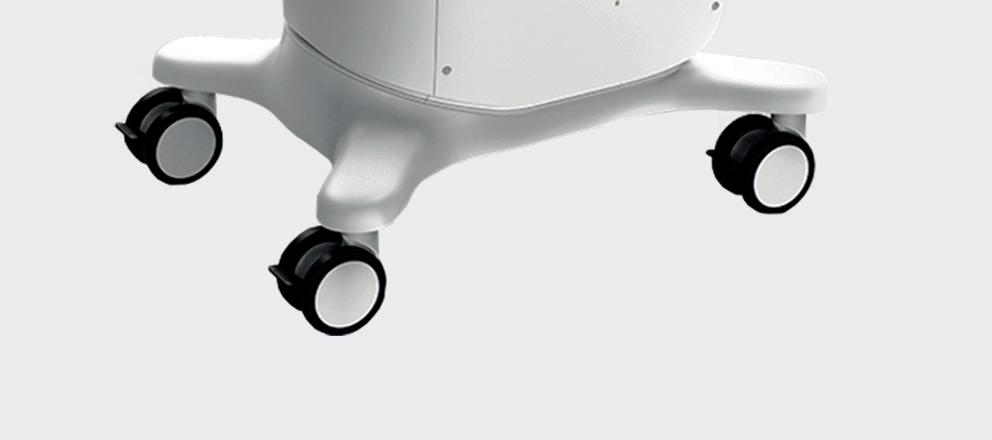
Maison d’Asa’s Walid El Mernissi reveals energy-cleansing tool
http://lei.sr/G5v5K
spa-kit.net keyword: Ionto
African spa brand Maison d’Asa, which supplies operators such as Jumeirah, Four Seasons and Oberoi, has unveiled a massage tool made from selenite, a luminous stone named after the Greek goddess of the moon known for its purifying properties.
Crafted by young artisans in Morocco’s Atlas Mountains, the tool can be used to enhance the flow of energy in lymphatic drainage and body massages and add a revitalising touch to facials.
Maison d’Asa has created a signature 2-hour ritual, the Secret of Stones, which amalgamates the vibrational power of the mineral with its existing holistic skincare products that contain firming and regenerative actives such as prickly pear extract and acacia gum.
CEO, Walid El Mernissi, says: “Selenite adds a natural energetic layer to our rituals, in harmony with our heritage.”



Secret of Stones amalgamates the vibrational power of minerals with holistic skincare
spa-kit.net keywords:
http://lei.sr/C0C6w
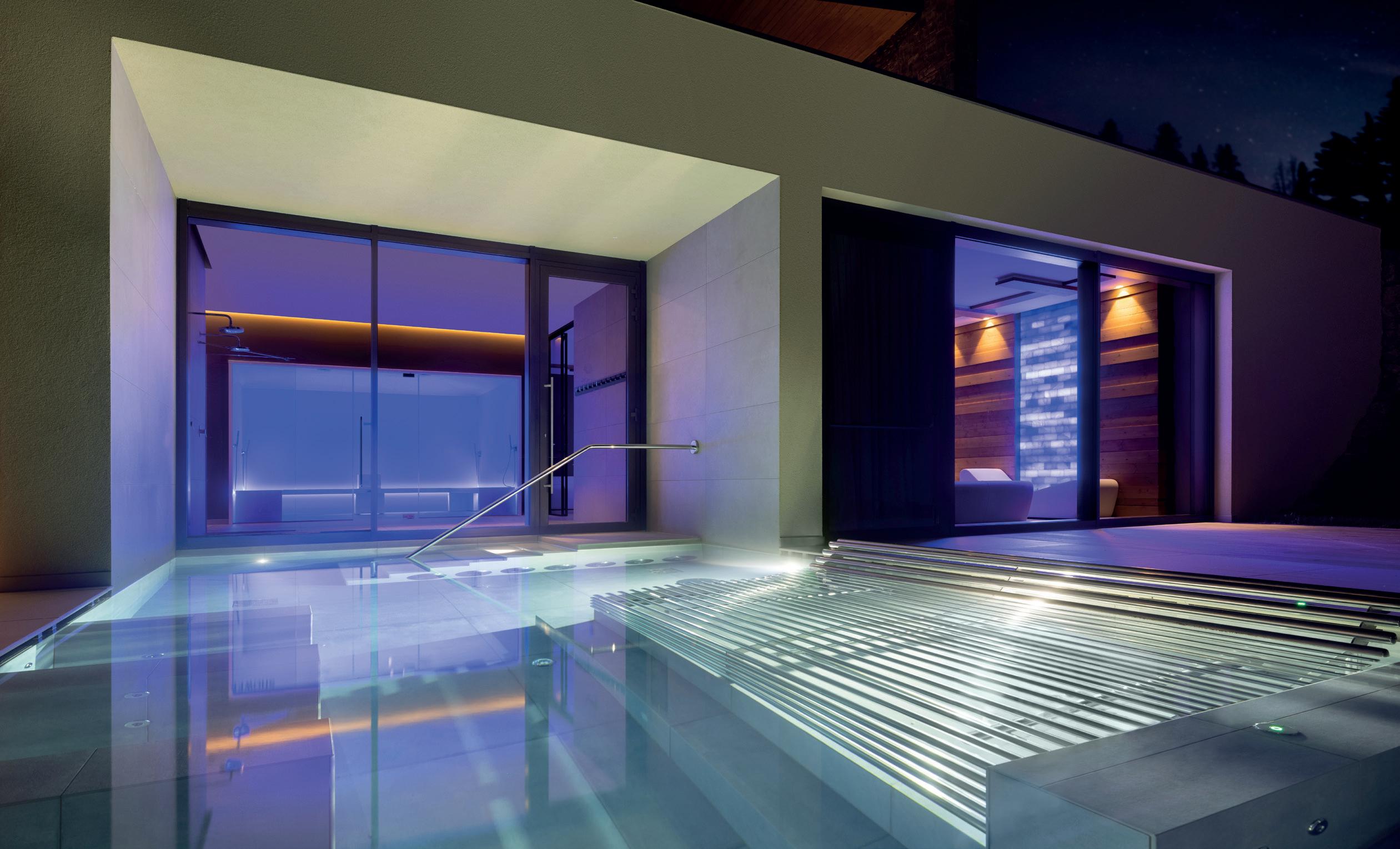
Myrtha Wellness is crafting breathtaking escapes for the world’s elite, says Stefano Cattaneo
Myrtha Wellness partners with spa consultants, hoteliers and architects to design and build wellness areas that balance aesthetic appeal, guest experience and long-term operational performance.
The company provides flexible, sustainable solutions for hotels and resorts seeking to plunge guests into a symphony of the senses, all powered by exclusive Myrtha technology.
Recent projects can be found in a variety of locations – from island retreats to urban hospitality hubs.
In Saudi Arabia, Myrtha has delivered wellness environments for high-end developments such as RitzCarlton Reserve Nujuma, Six Senses Southern Dunes Red Sea, St. Regis Red Sea and Rosewood Amaala.
Work at Grand Hyatt Red Sea, Shura Golf Club, and Rosewood Shura Island further demonstrates Myrtha’s adaptability when it comes to regional design and operational requirements.
In North America, highlights include Mandarin Oriental in Beverly Hills and Virgin Hotel Broadway in New
York City. In the Pacific, Myrtha helped realise the Wai Ariki Hot Springs and Spa in New Zealand, a project that blends cultural storytelling with thermal wellness.
In Europe, the company’s systems are integrated into projects such as the Accor Gallery Reine Margot Paris, Marriott Edition Lake Como, Therme de Montel (Milan), Belmond Hotel Portofino and Nhow Hotel Milan.
For upcoming projects, Myrtha is collaborating with stakeholders on developments such as Six Senses Comporta in Portugal, Six Senses Porto Heli in Greece and a range of Italian locations, including Carovigno, Capri, Venice, Florence, Taormina and Poltu Quatu.
Internationally, new collaborations include Jumeirah Geneva and Paris, Accor’s Morgan Original and 25Hours in Trojena in Saudi Arabia and Four Seasons OCR in the Bahamas.
Director, Stefano Cattaneo, says: “Myrtha Wellness is far more than a supplier; it’s a pioneer and visionary creator of extraordinary experiences.

Myrtha Wellness is far more than a supplier; it’s a pioneer and visionary creator of extraordinary experiences Stefano Cattaneo, director
“We relentlessly push the boundaries of design and luxury, delivering wellness destinations that not only captivate and inspire, but also truly redefine the meaning of escape – all driven by our globally celebrated, unparalleled technology”. More: www.myrthawellness.com l
spa-kit.net keyword: Myrtha Wellness
We explore some of the newest and most intriguing spa and wellness treatments, retreats and partnerships from around the world
Banyan Tree Samui in Koh Samui, Thailand has launched a spa package to ride the wave of popularity generated by the island being the setting for the HBO TV series, The White Lotus
The satirical series of a fictional resort and its guests was filmed at Four Seasons Samui.
A spokesperson told Spa Business bookings at Banyan Tree Samui are close to 100 per cent occupancy and that The White Lotus-related enquiries are “constant”.
Banyan Tree’s Sense of Lotus package includes programmes of meditation, fitness, healthy cuisine and yoga in rainforest hideaways that are reminiscent of those in the TV show – minus the drama. The locally-infused welcome beverage guests receive on arrival are also similar to those delivered to the series’ characters.
There’s also a themed 120-minute scrub and massage, as well as new speedboat tours taking guests to various islands and places used in filming.
For other exciting plans at Banyan Group, read our interview with Paul Hawco, global director of integrated wellbeing at www.spabusiness.com/hawco
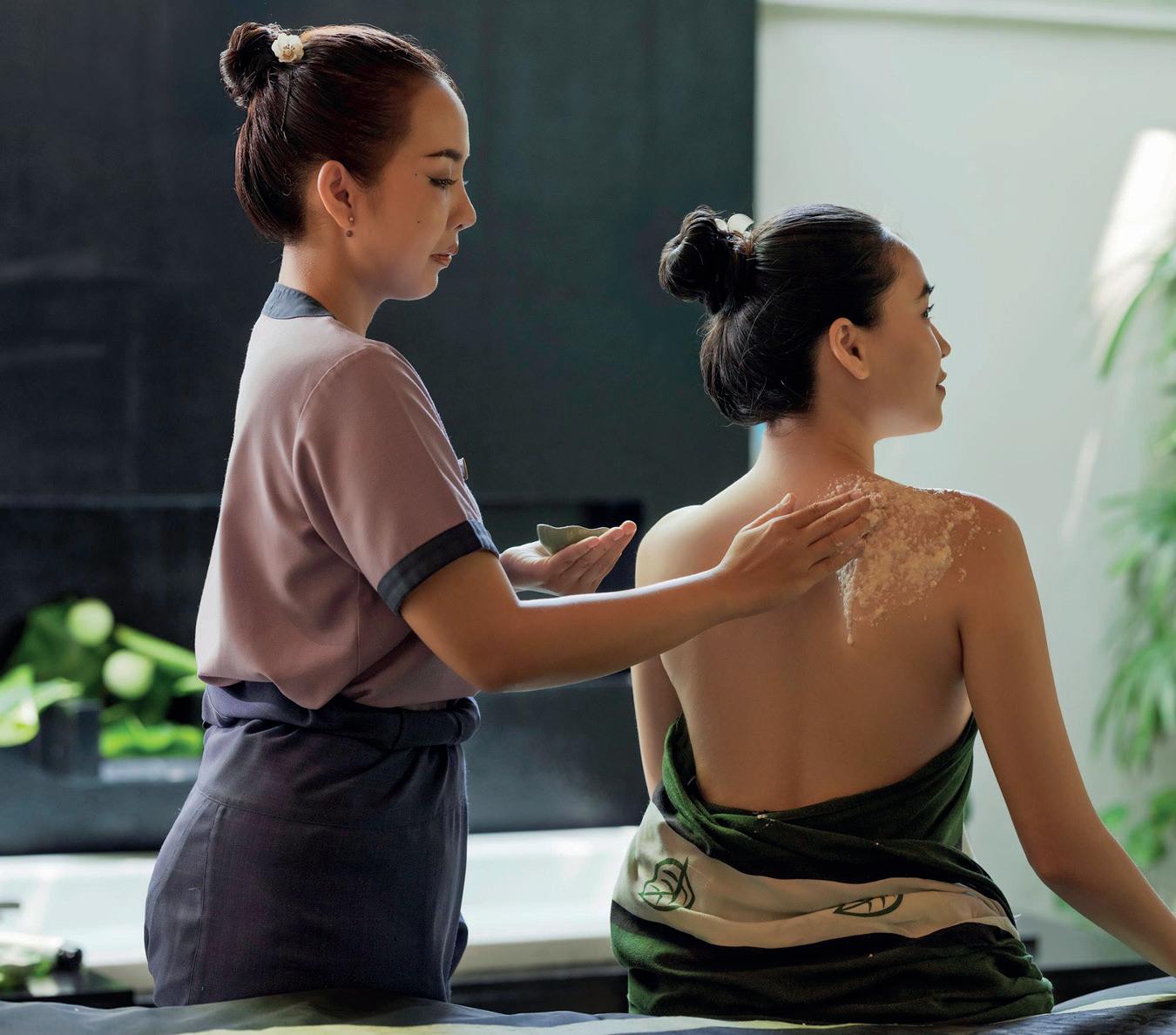

Our Habitas Namibia, Africa
Seven days

Starts at US$4,800 (€4,268, £3,592)
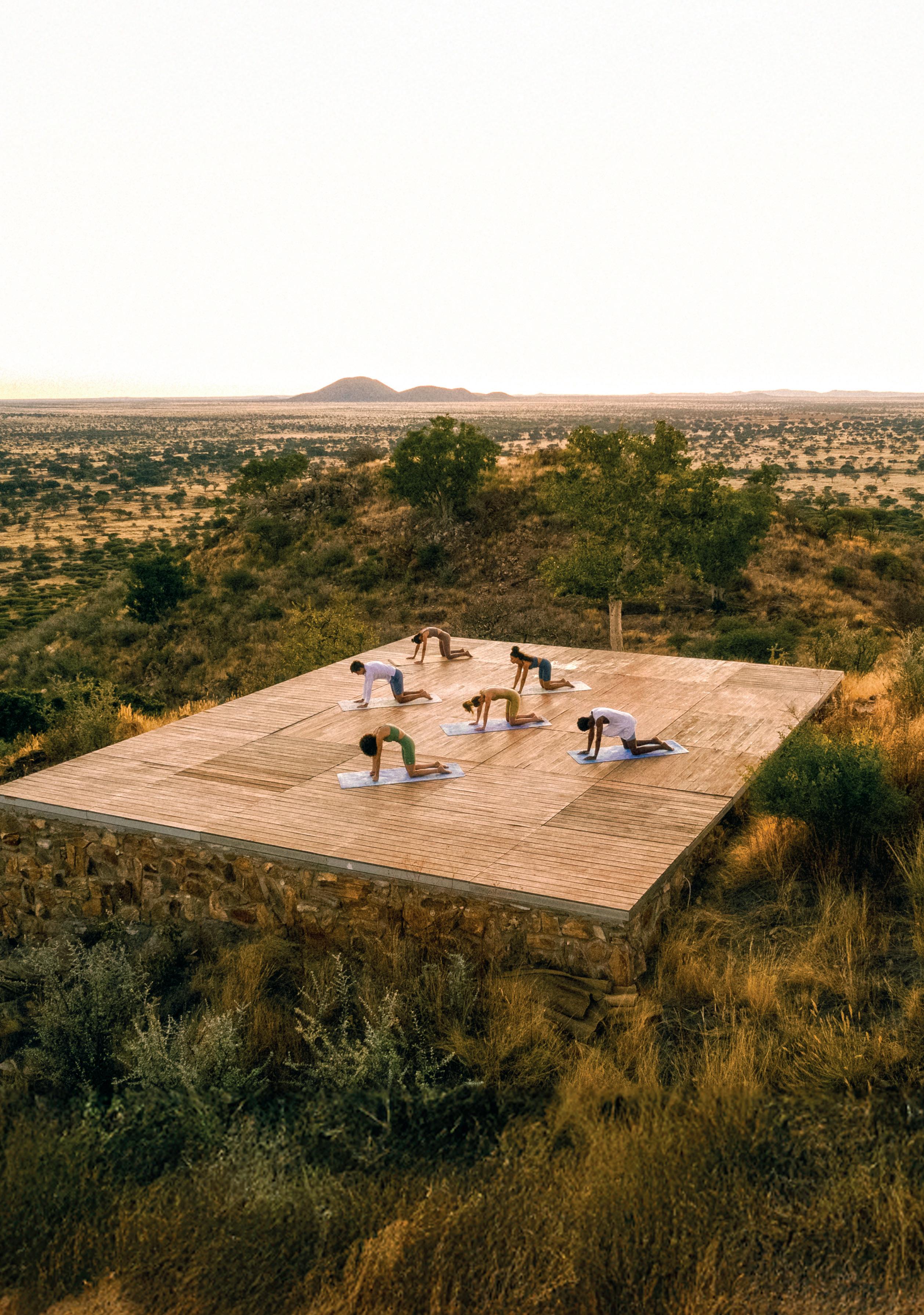
Eco hospitality group Our Habitas has done a deal with breathwork academy BreathQ to offer a seven-day retreat in October and more dates in 2026 at Our Habitas Namibia – a safari lodge in the Kalahari Desert.
Only 22 guests are invited to stay at 11 of the property’s tented suites to experience Breathe Wild: a breathwork safari for body, mind and soul.
The aim of the retreat is to teach ancient breathing practices to help heal and strengthen the mind-body connection. The schedule will also include sound healing, meditation and nature immersion in Namibia’s wilderness, sunrise yoga, dancing under the stars and safari game drives.
Palace Merano, Italy
Four days

Starts at US$4,800 (€4,268, £3,592)
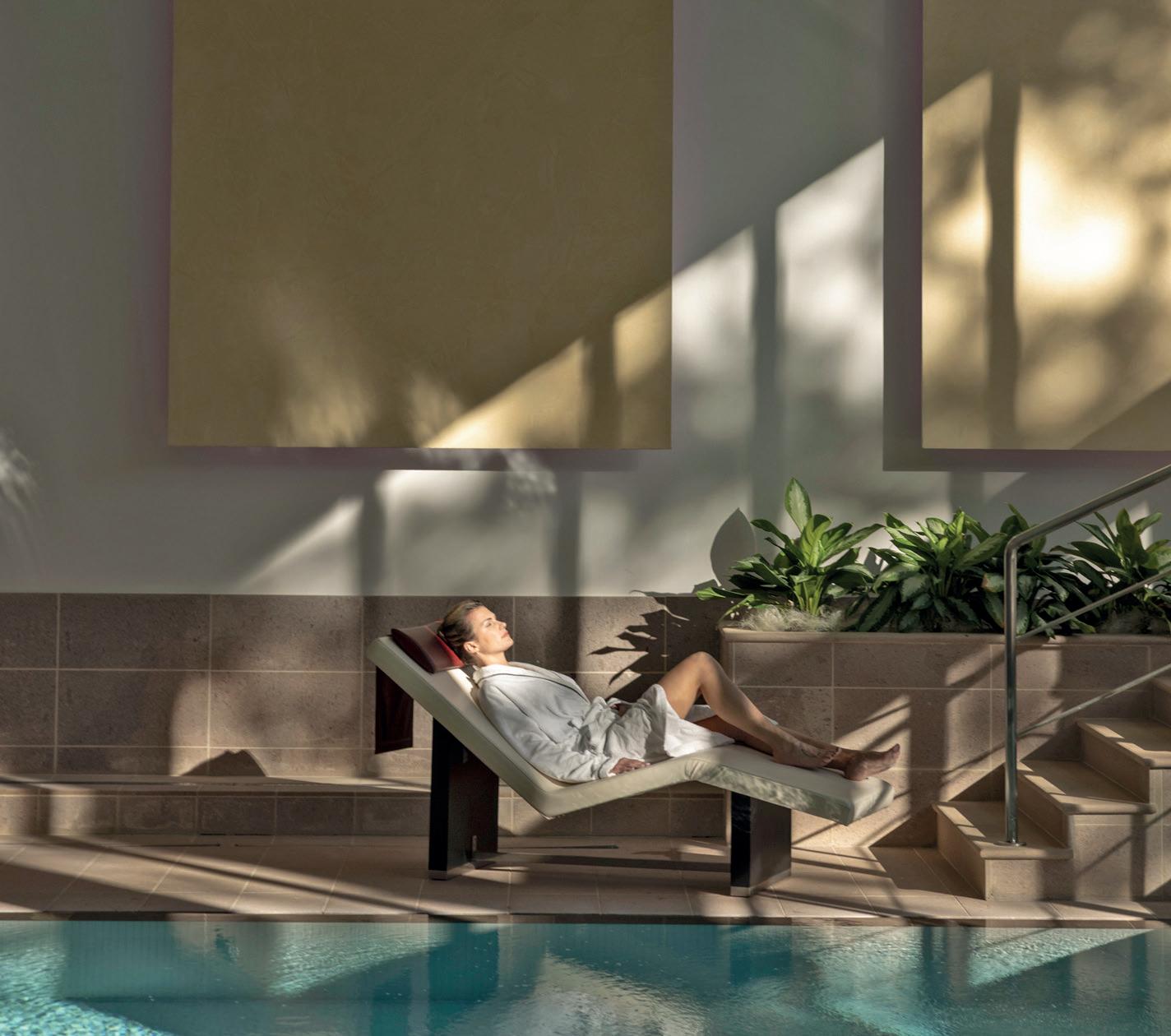
Zidane is a regular guest

French football legend, Zinédine Zidane has been revealed as the new ambassador for Palace Merano, the Italian medi-spa known for its preventative Revital Method which blends functional, allopathic and energy medicine with traditional Chinese medicine (TCM).
Through this partnership, he’ll serve as the face of Palace Merano while also advising on new programmes.
Zidane has been a regular guest at the property for 30 years, visiting twice a year to underpin his training regime.
During visits, he follows a wellness routine centred around
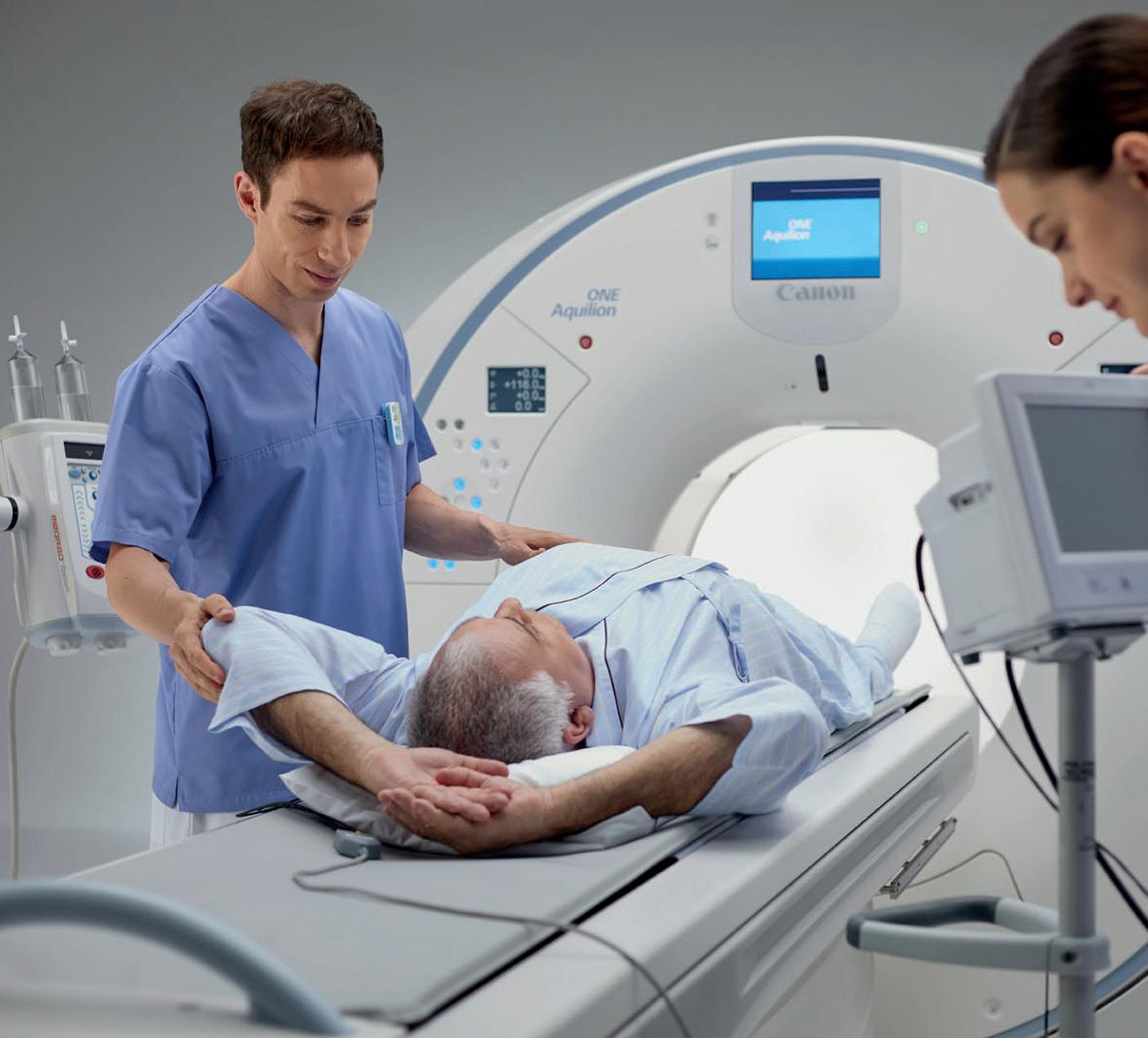
London, UK
£3,000 (US$3,978, €3,570)

Echelon has previously off ered assessments for Mandarin Oriental
the Revital Detox Programme, with early mornings devoted to medical check-ups and consultations with naturopaths and nutritionists, followed by hydro-mud therapy and massage. He says: “It’s a place that completely recharges me, where I can truly disconnect and refuel.”
Echelon Health, a medical clinic in London, has introduced a dementia assessment as part of its mission to detect disease at its earliest stage.
Having previously collaborated with Mandarin Oriental Hyde Park, Echelon could be open to other partnerships for forwardthinking spas to offer tests for dementia and other neurodegenerative conditions.
Pre-symptomatic identification of cognitive decline is being achieved by Echelon through blood tests for risk factors – such as diabetes, cholesterol, thyroid and vitamin deficiencies – plus an MRI scan and other brain imaging systems. It also uses the Addenbrooke’s Cognitive Examination, a highly accurate test in detecting early-stage dementia and offers access to disease-slowing treatments.
The dementia assessment is available on its own or alongside the clinic’s platinum assessment for a 360-degree examination of physical and cognitive health.
To learn more about how spas are integrating brain health programmes see p92.
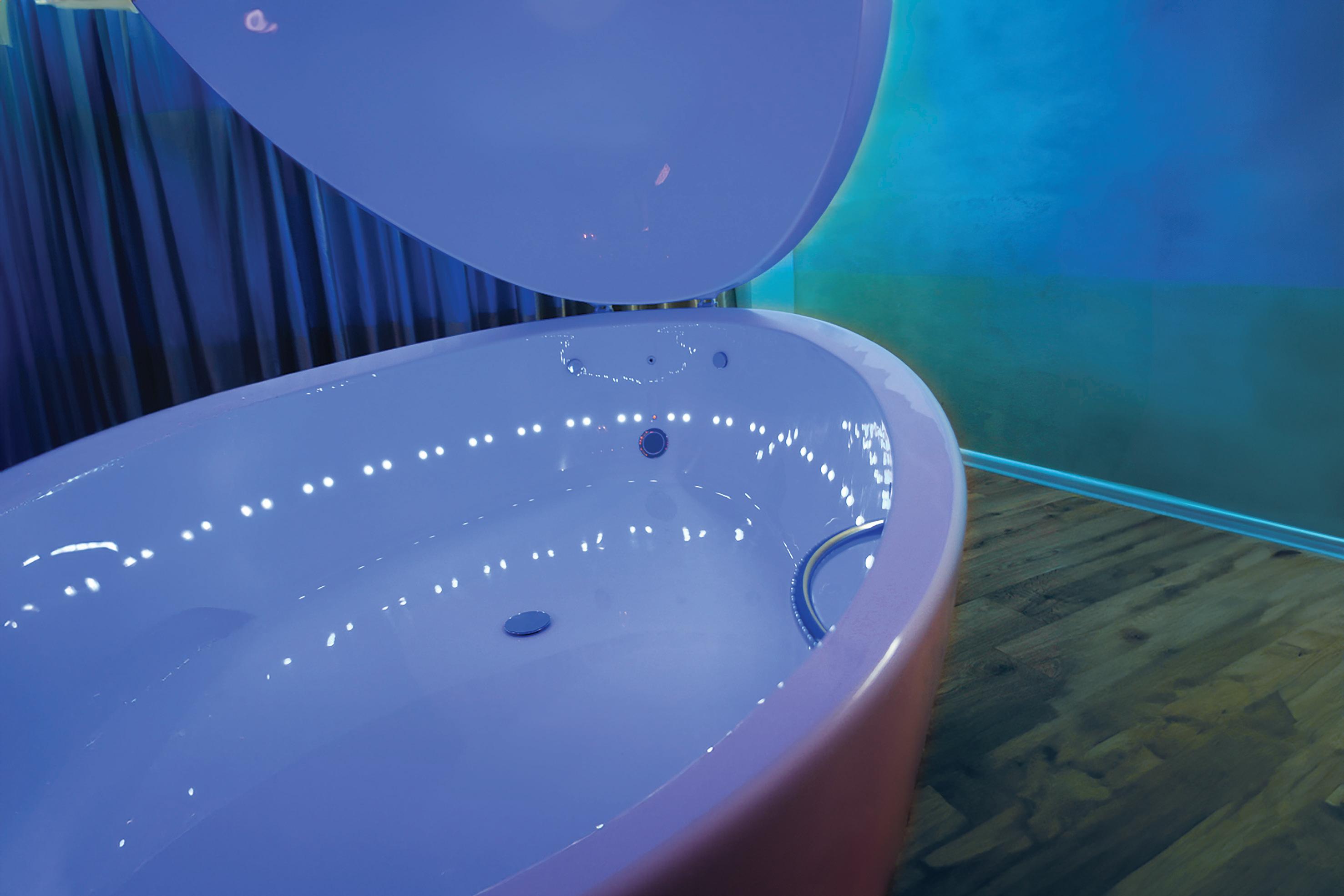
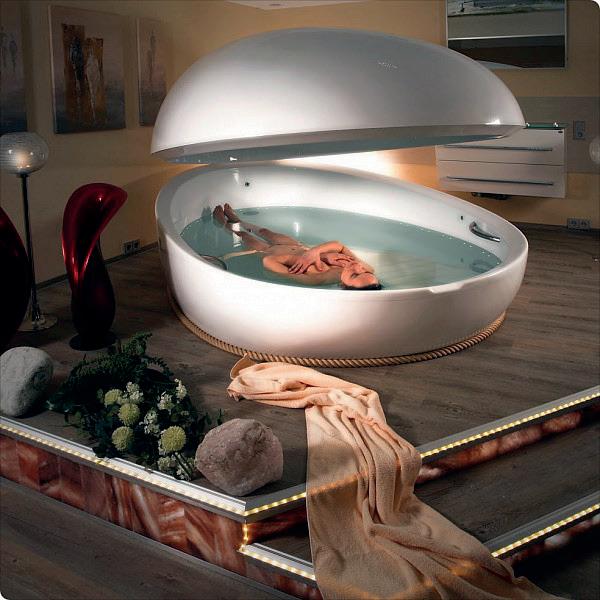
EXCLUDE THE OUTSIDE WORLD AND FLOAT WEIGHTLESSLY IN BODY-TEMPERATURE, MAGNESIUM-ENRICHED SALT WATER
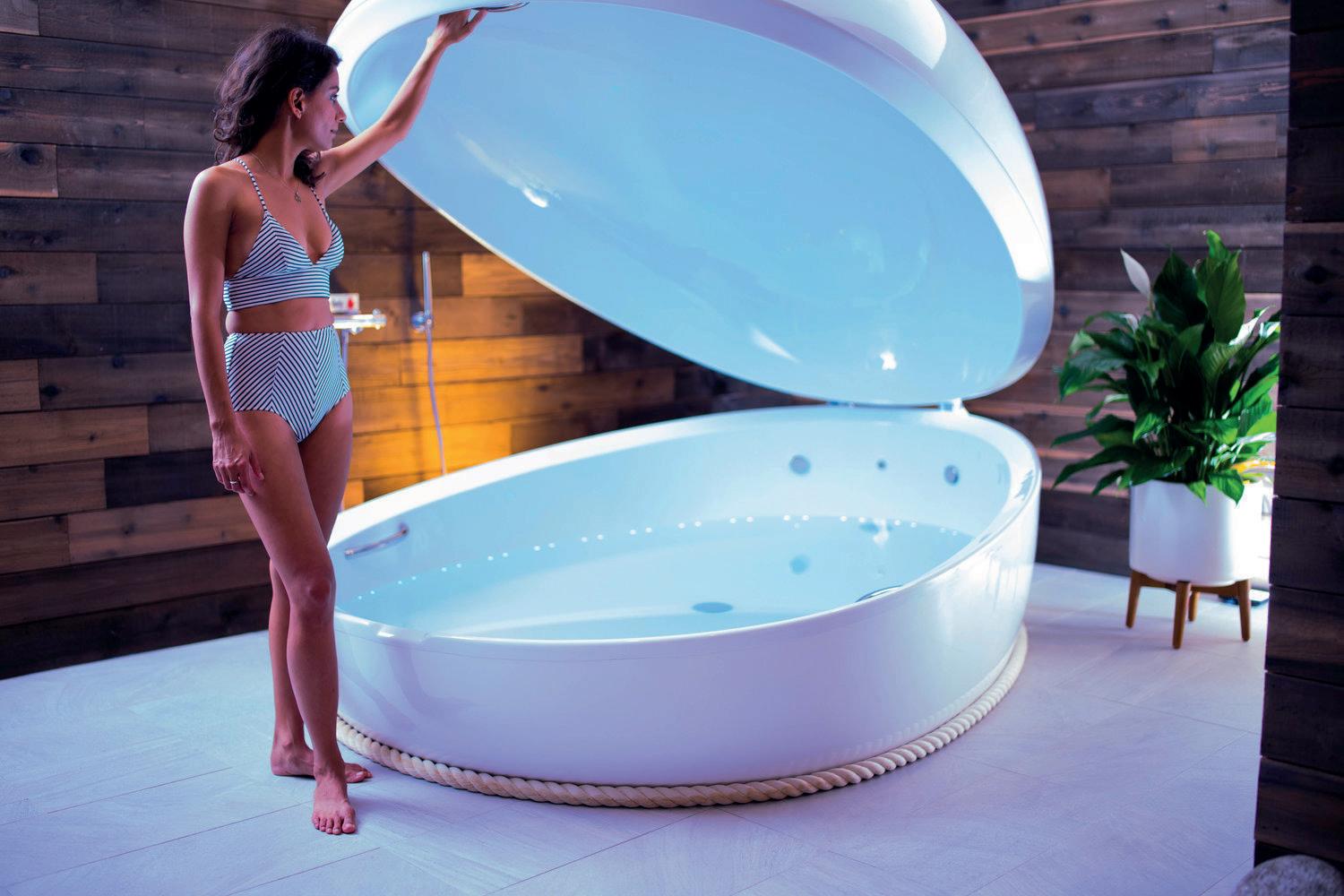
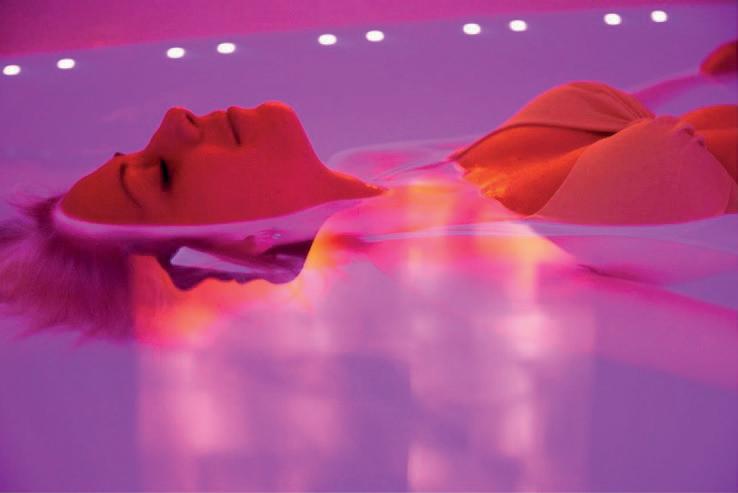
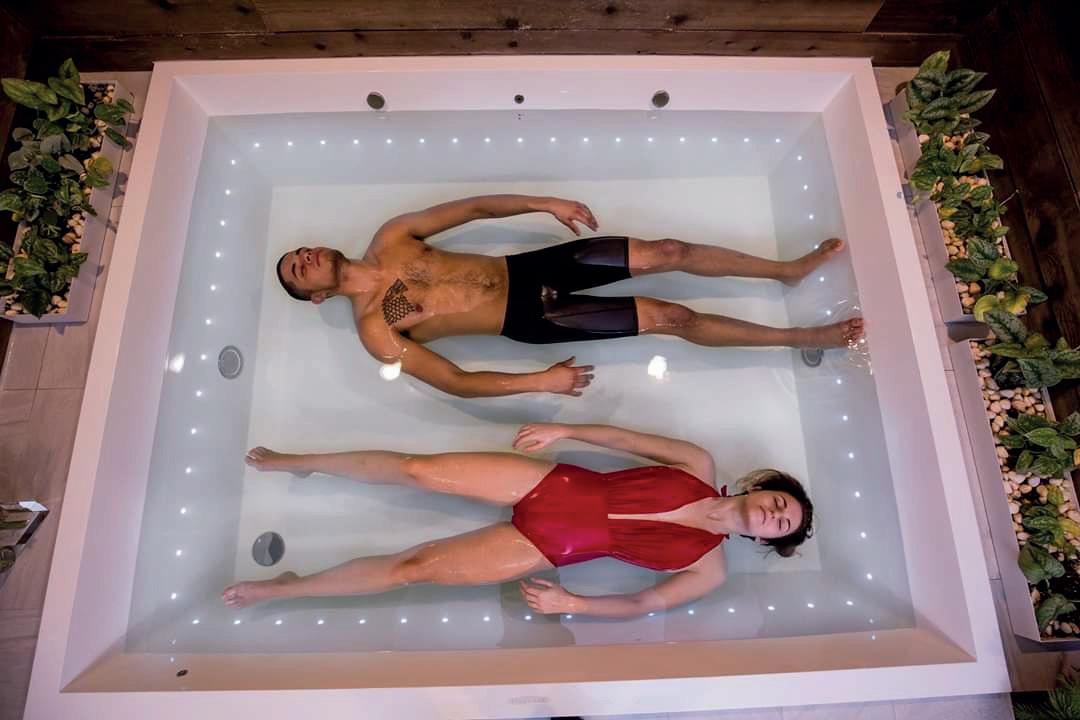
MAXIMUM HYGIENE LEVELS 4+1 FILTRATION STEPS 100% SELF-DRAINING POOL WITH WATER RESERVOIR SOUND, LIGHT AND AROMATHERAPY
Luxury fragrance brand Jo Malone London has debuted its first spa treatment at an underground bathhouse in the UK capital.
Aire Ancient Baths London, which opened in 2021, boasts a series of pools differing in temperature, an aromatherapy steamroom and a salt bath.
Jo Malone partnered exclusively with the site to launch its Restorative Ritual. The 150-minute experience includes a 15-minute scrub and 60-minute massage showcasing its new Care Collection products.
Access to the baths, chocolate treats and sparkling wine complete the package.
Aire Ancient Baths is inspired by Greek, Roman and Ottoman bathing traditions and has eight urban locations in Spain, Denmark, the US and London. Read our review of the London outpost at www.spabusiness.com/aabuk

Aire Ancient Baths, London, UK
150 minutes
£290 (US$386, €342)
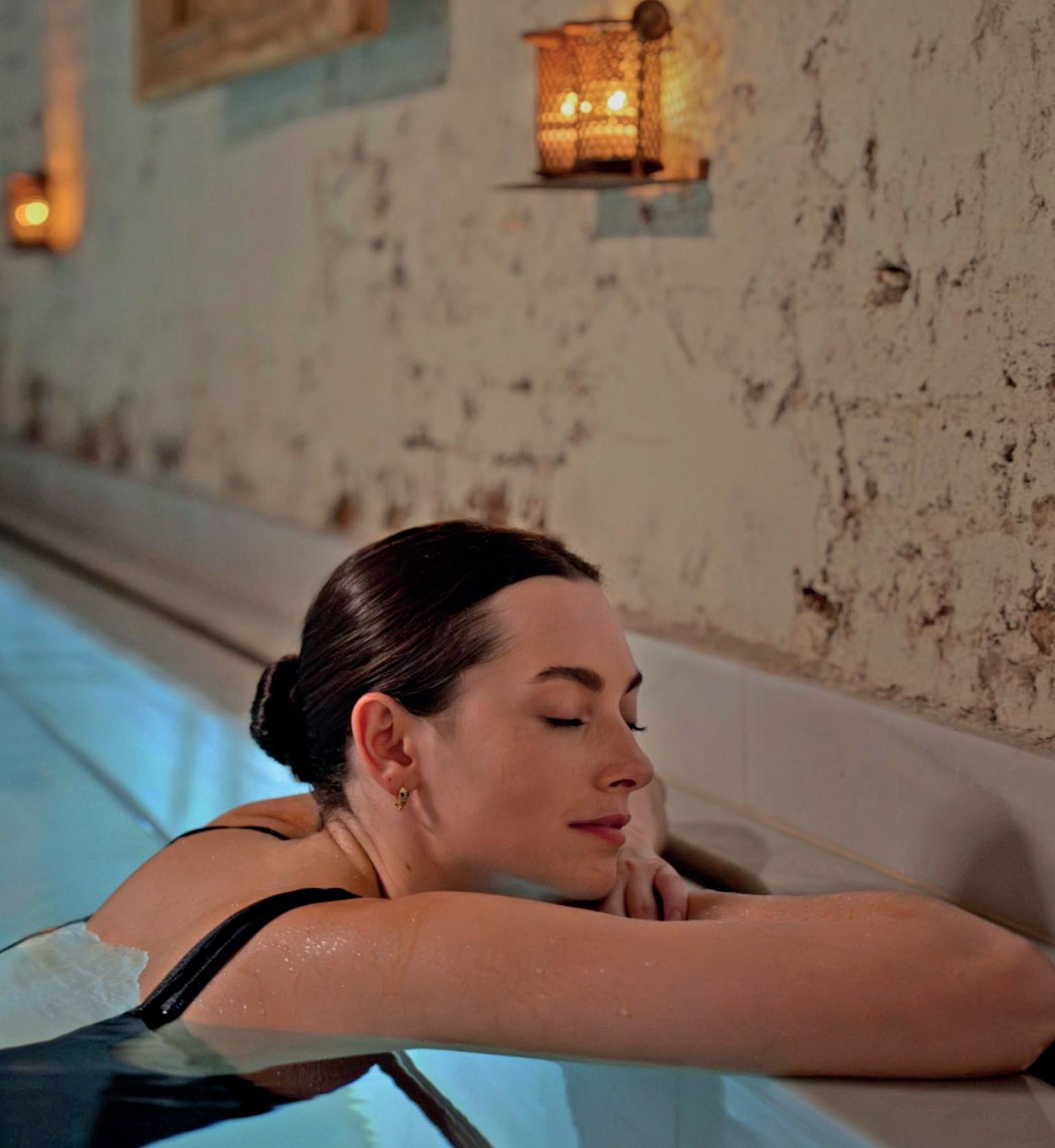

Seven nights
€7,500 (US$8,457, £6,365)
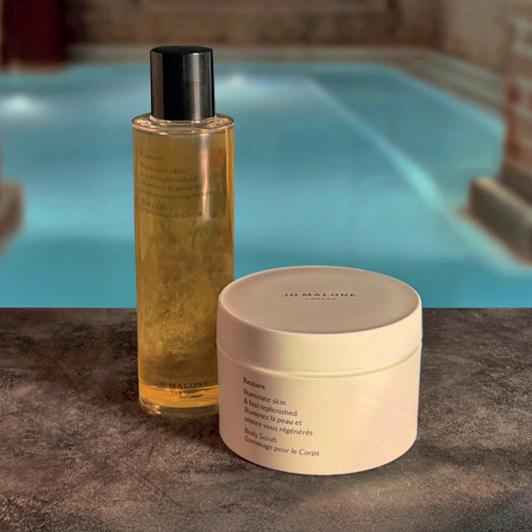
Preventative health operator, SHA Wellness, is collaborating with Whoop to enhance its Leaders Performance Programmes, designed to help high-achieving guests reach their full mental and physical potential.
CEOs, elite athletes and entrepreneurs enrolled in the SHA Leaders Performance Programmes at both SHA Spain and SHA Mexico will now have access to real-time biofeedback.
Data collected by Whoop’s wearables include measurements for HRV, sleep quality, strain and recovery. This information will be combined with SHA’s advanced diagnostics, precision nutrition, cellular therapies and biohacking protocols to deliver personalised longevity strategies for guests.
Whoop has a similar partnership with Sensei Lanai, the resort launched by tech billionaire Larry Ellison in Hawaii.
Meanwhile, SHA also recently revealed its Tailored-Made programme powered by a smart algorithm developed with OpenAI technology “enabling an unprecedented level of hyperpersonalisation in health and longevity”. ●
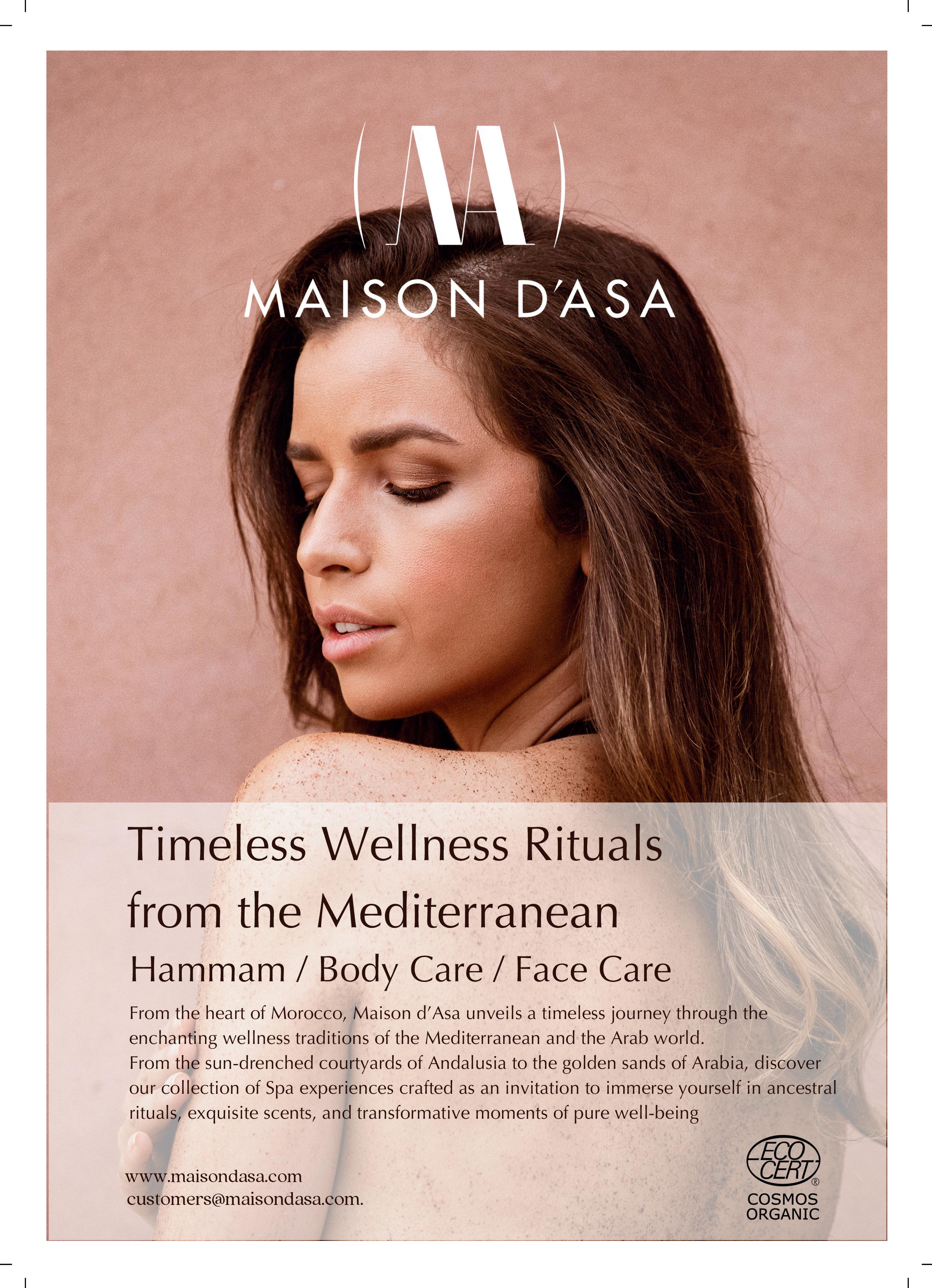
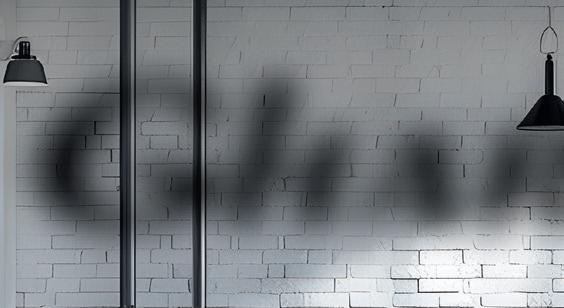













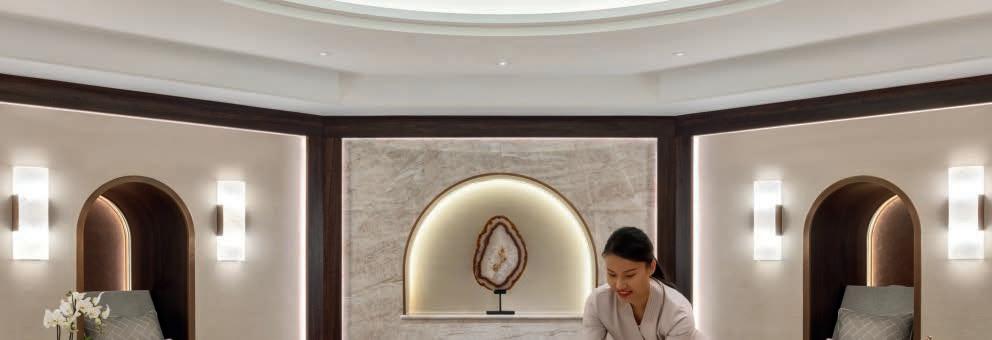
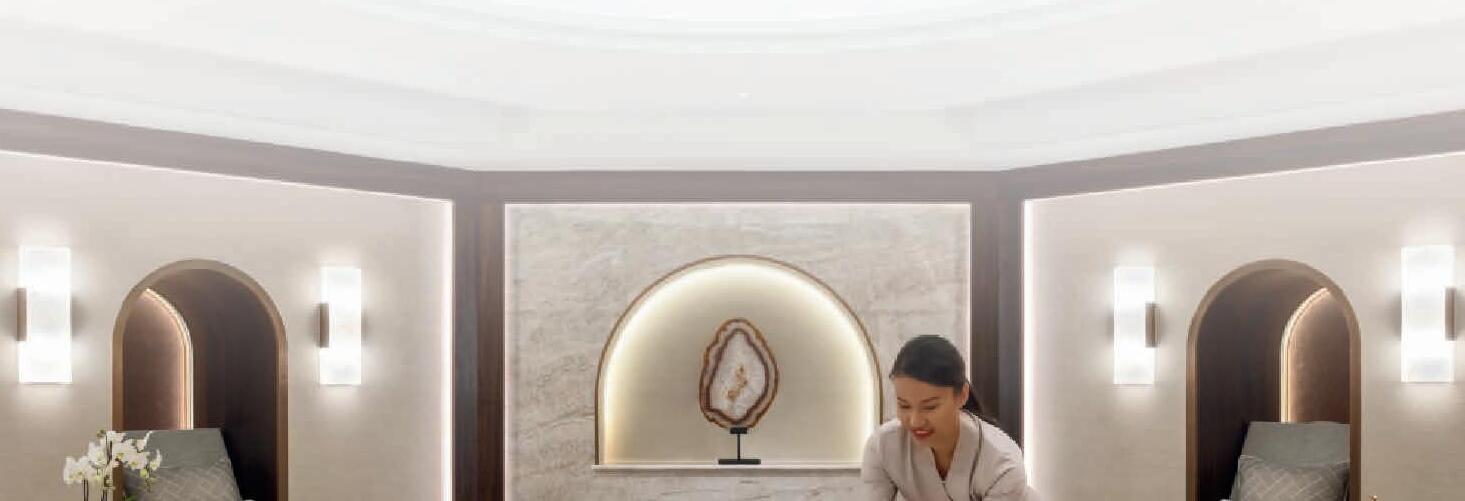



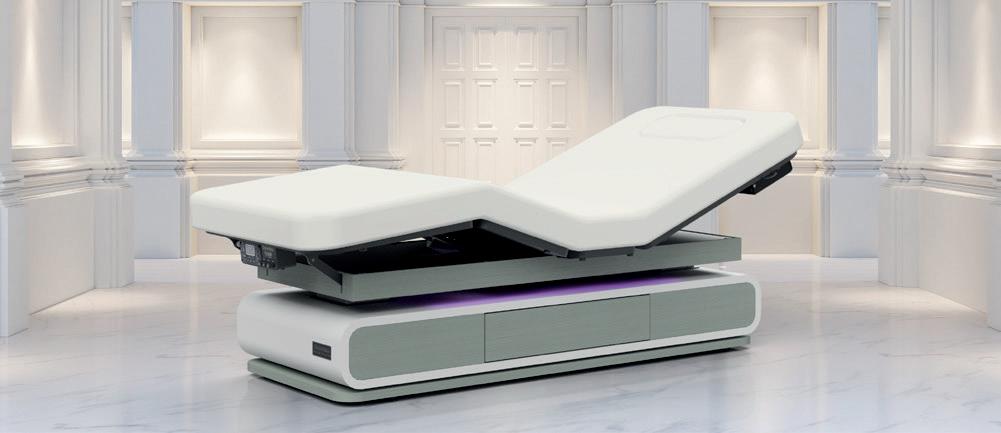

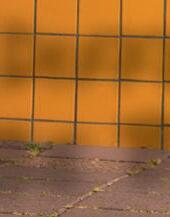
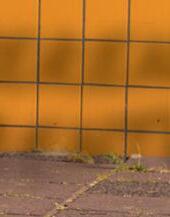


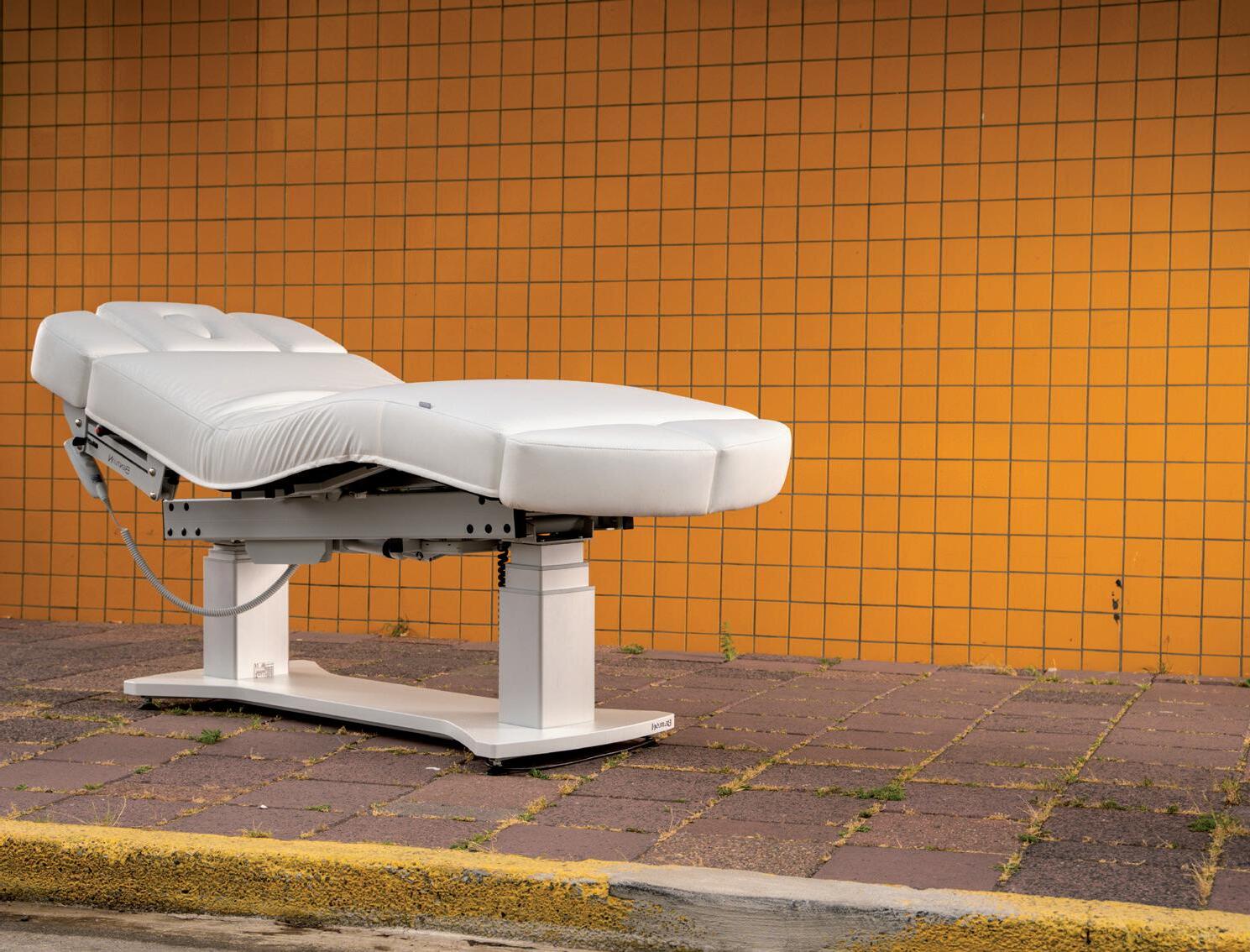

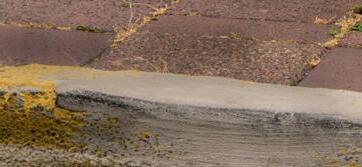




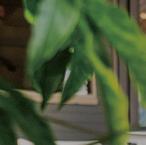

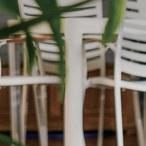

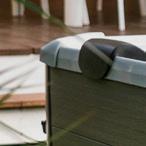
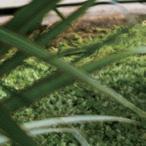

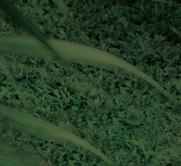



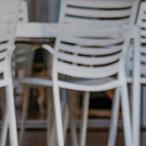
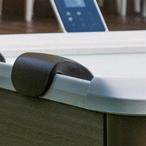
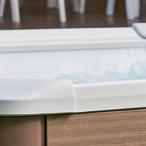









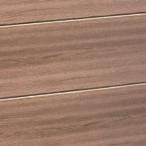



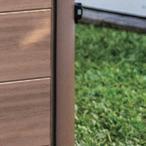



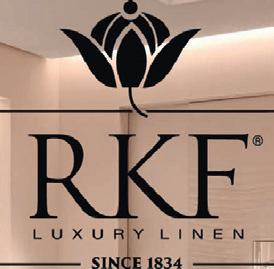








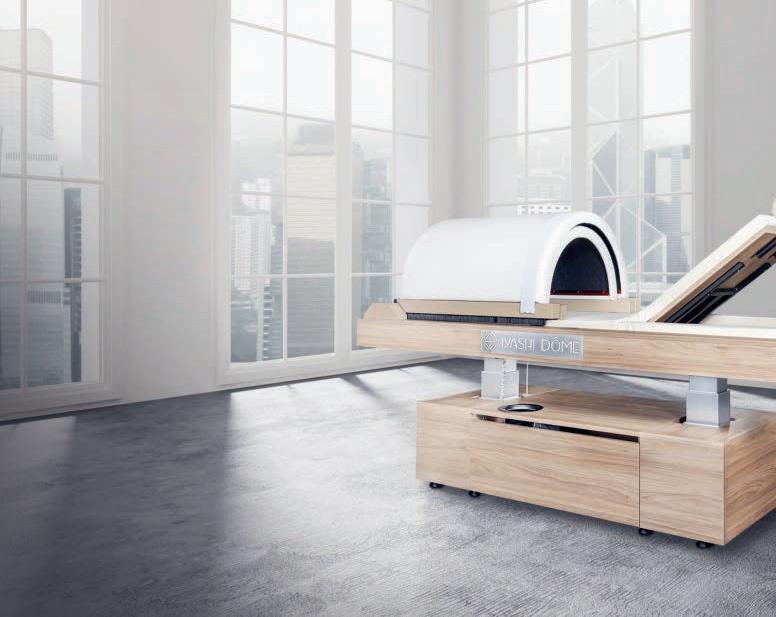








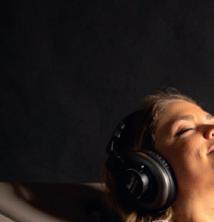
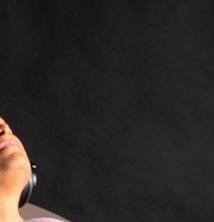








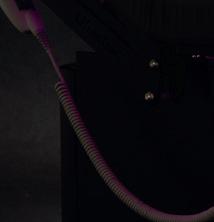
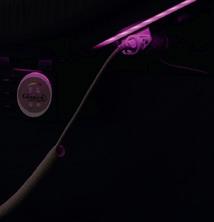
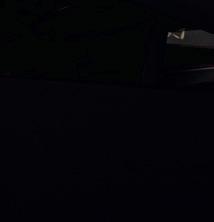












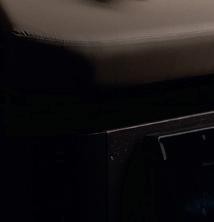
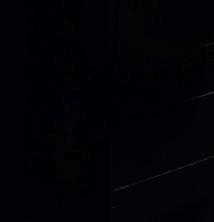







Swedish scientists warn that even a few nights of insufficient sleep can strain the heart. Kath Hudson reports
Not getting enough shut-eye affects biomarkers associated with cardiovascular disease (CVD), according to a new study by researchers at Uppsala University in Sweden.
Many existing larger studies on the link between sleep deprivation and the risk of CVD focus on older individuals who already have an increased risk. This one, published in the Biomarker Research journal*, focused on men with an average age of 23. According to the researchers, nearly half of Swedes regularly experience disturbed sleep and chronic lack of sleep is a growing public health concern.
Sixteen young men with an average BMI of 23 and healthy sleep habits spent time in a sleep laboratory where their meals and activity levels were controlled in two sessions.
In one session, the participants got a normal amount of sleep (8.5 hours) for three consecutive nights, while during the other session, they only had 4.25 hours of shut-eye. Blood samples were collected during both sessions in the morning and evenings and following highintensity 30-minute workouts. The samples were used to measure the levels of around 90 different proteins in the blood, looking at inflammation and increased risk of serious conditions such as heart failure and coronary artery disease.
It’s important to emphasise the significance of sleep for CV health even in early life
The levels of proteins in the blood already linked to CVD increased after only three nights of sleep deprivation, despite participants previously being healthy.
“This means it’s important to emphasise the significance of sleep for CV health even in early life,” says study lead Jonathan Cedernaes, a physician and assistant professor at Uppsala University.
The researchers did note that after physical exercise, proteins linked to the positive effects of exercise increased whether the participant was sleep-deprived or not. They concluded that while exercise can offset some of the negative effects that poor sleep can cause, it cannot replace the overall health benefits of sleep.
Ongoing research will develop guidelines on how sleep, exercise and other lifestyle factors can be combined to prevent CVD. l
*Brandao, LEM et al. The Overlooked Trio: Sleep Duration, Sampling Time and Physical Exercise Alter Levels of Olink-Assessed Blood Biomarkers of Cardiovascular Risk. Biomarker Research. 2025
Representing the next generation of hosted buyer events, designed to bring together like-minded leaders in the global spa, beauty, and wellness industry through scheduled meetings, interactive education sessions, and purpose-driven networking experiences.
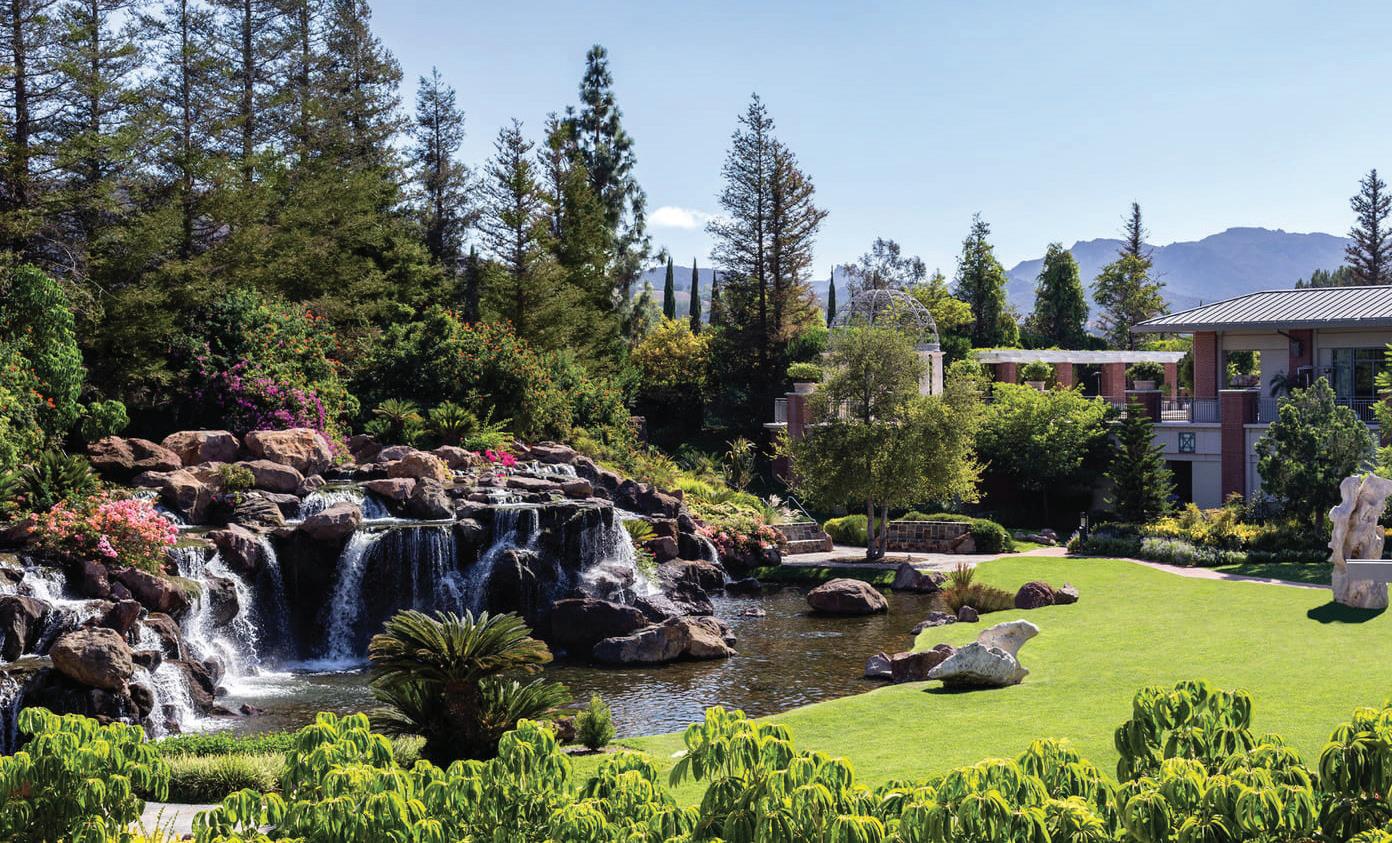


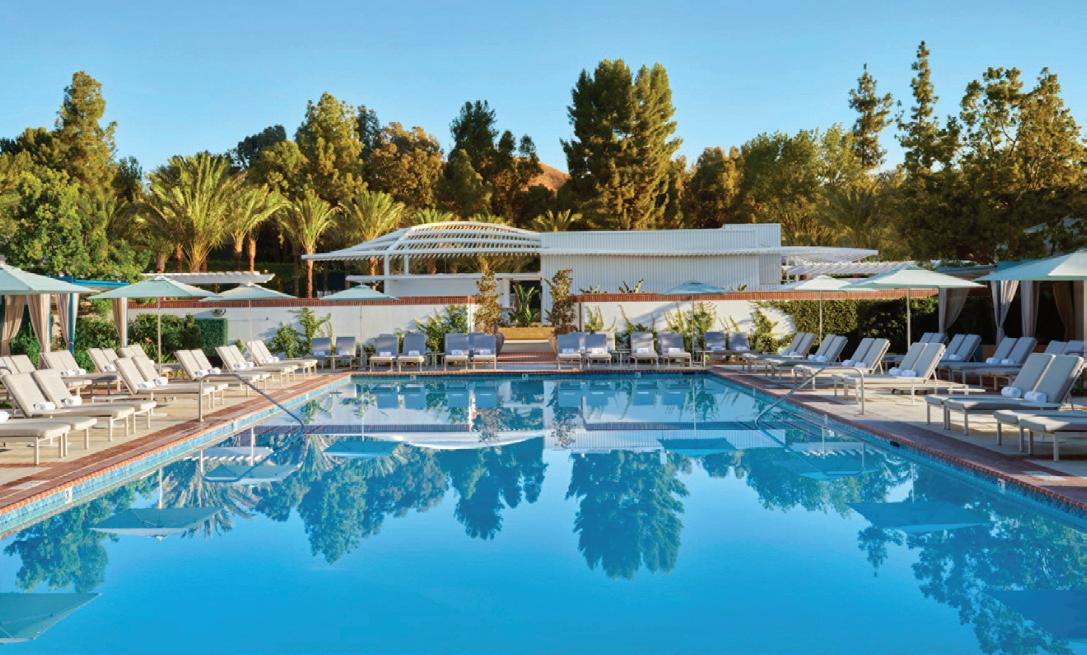
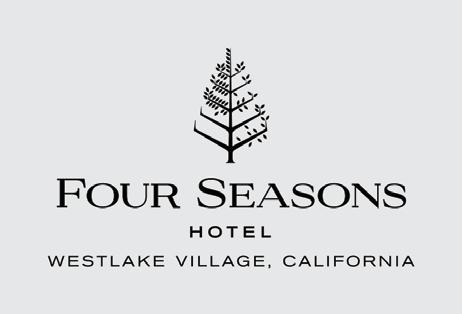
Nestled in the foothills of the Santa Monica Mountains, the Five-Star Four Seasons Hotel Westlake Village, California, provides a refined and tranquil setting for meaningful business connections and immersive wellness experiences.
Contact Our Team Today!
info@weworkwellevents.com www.weworkwellevents.com






































